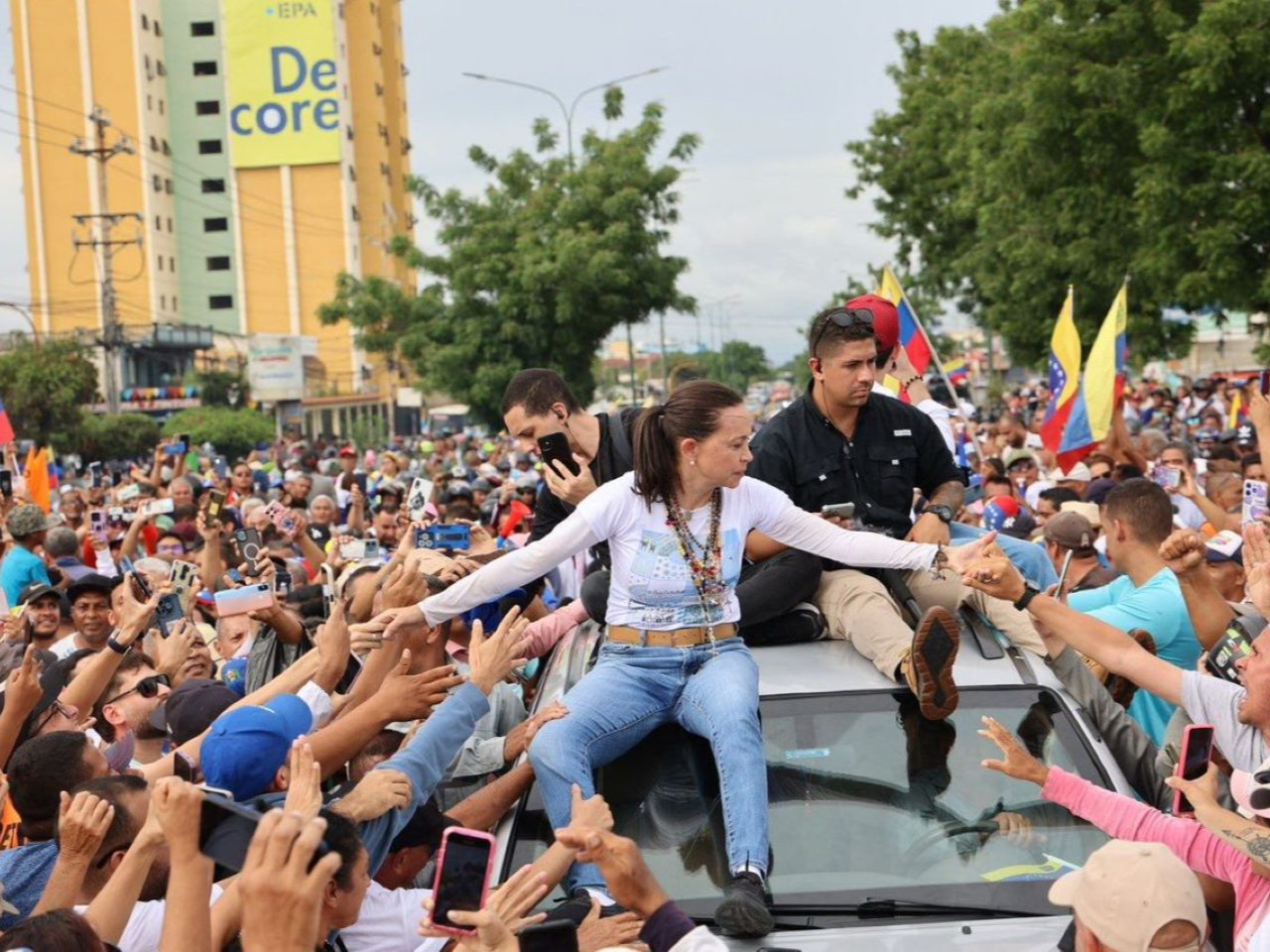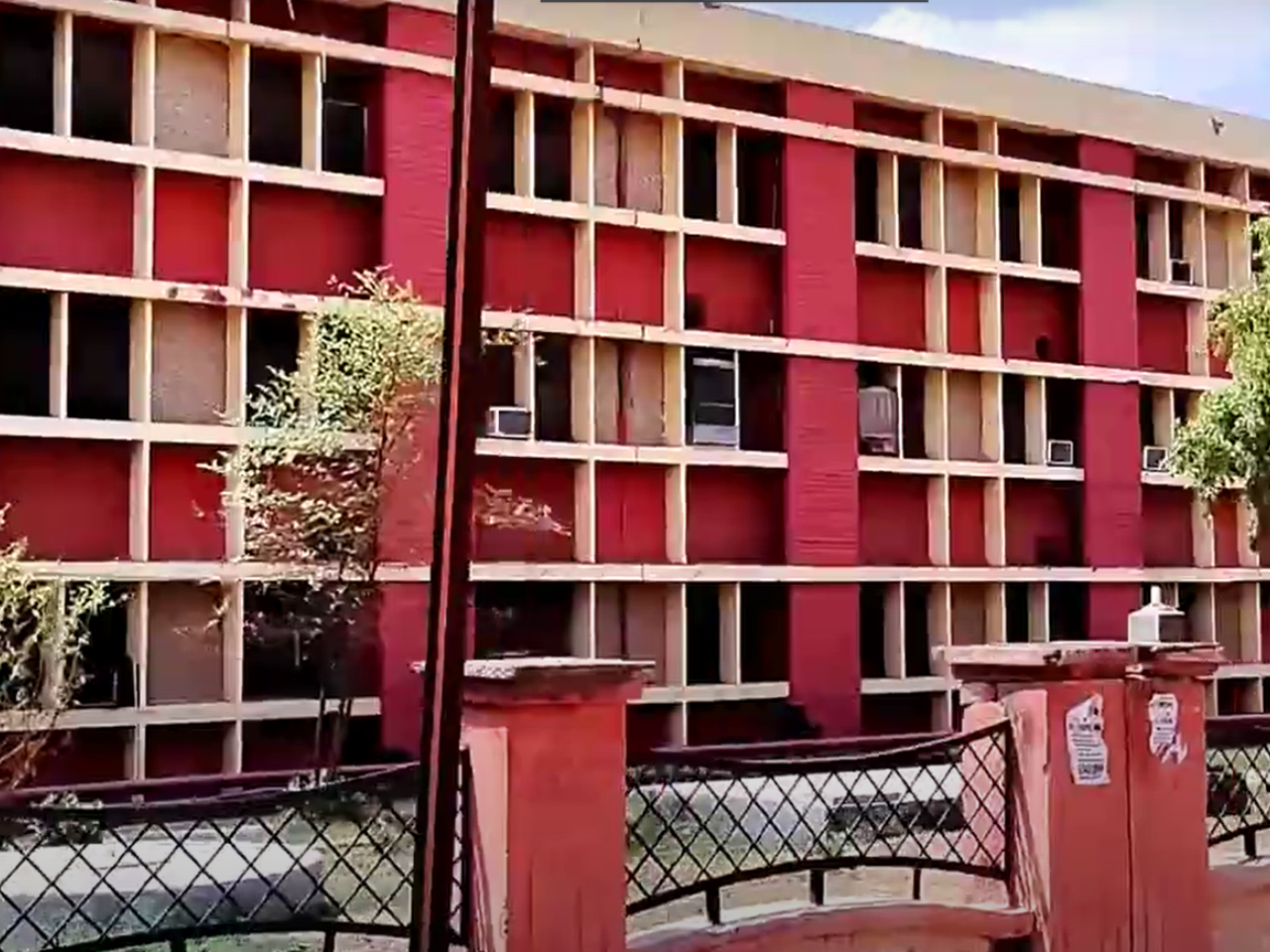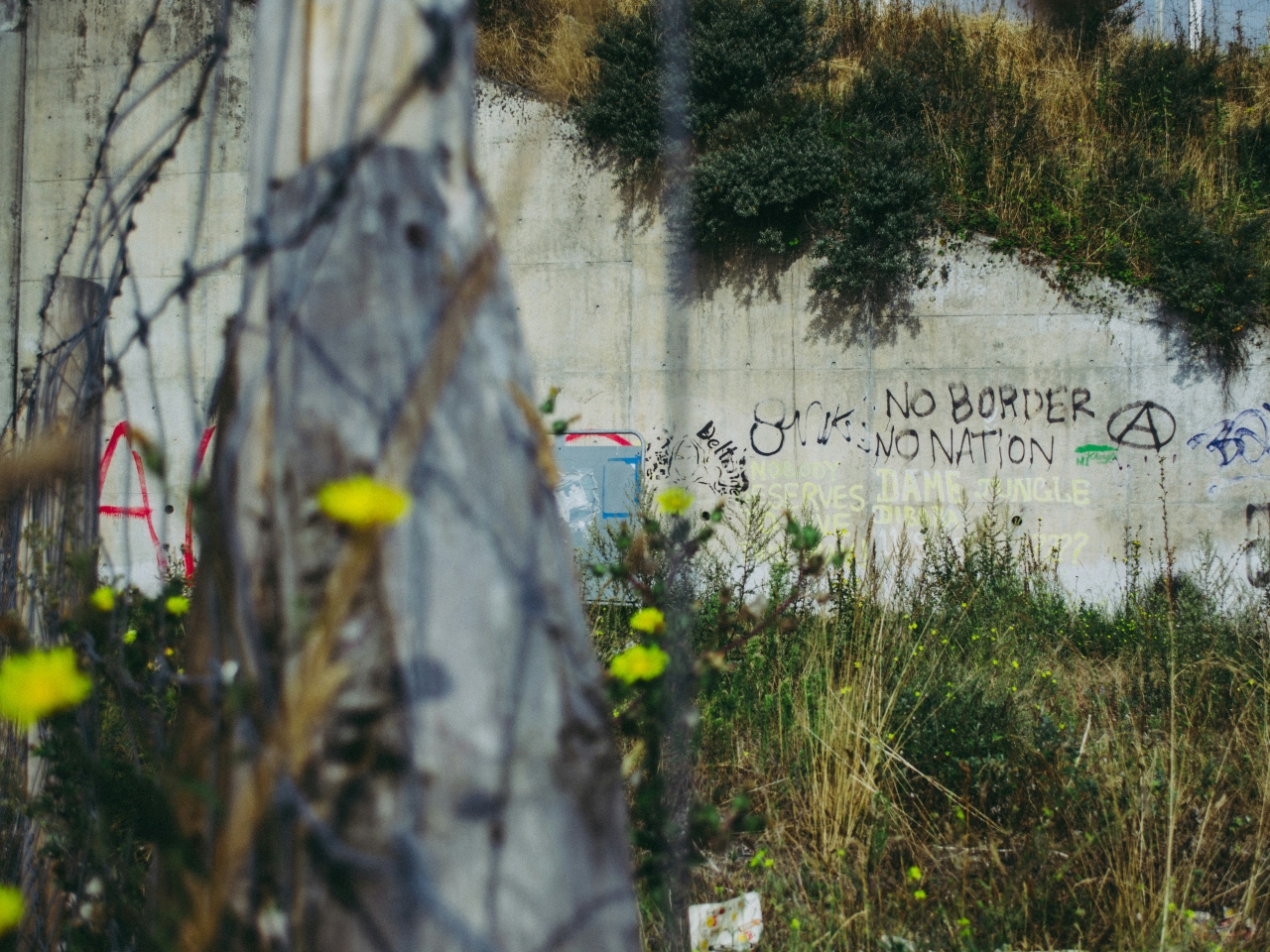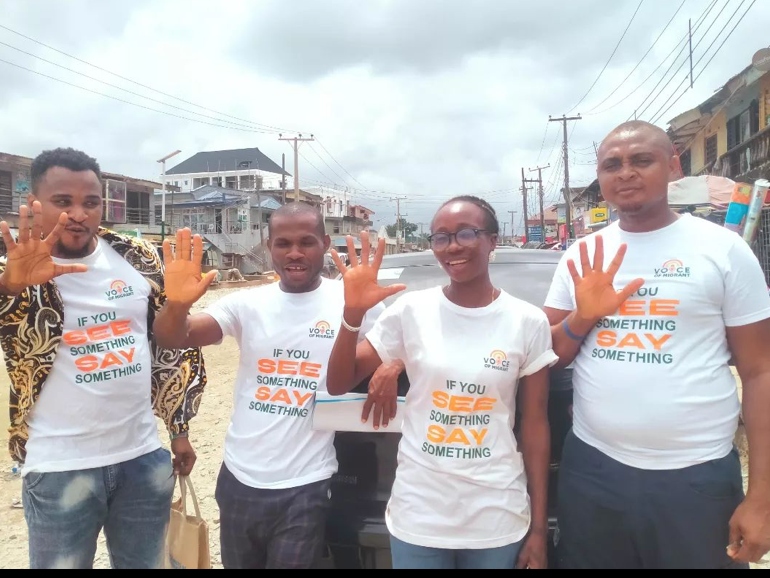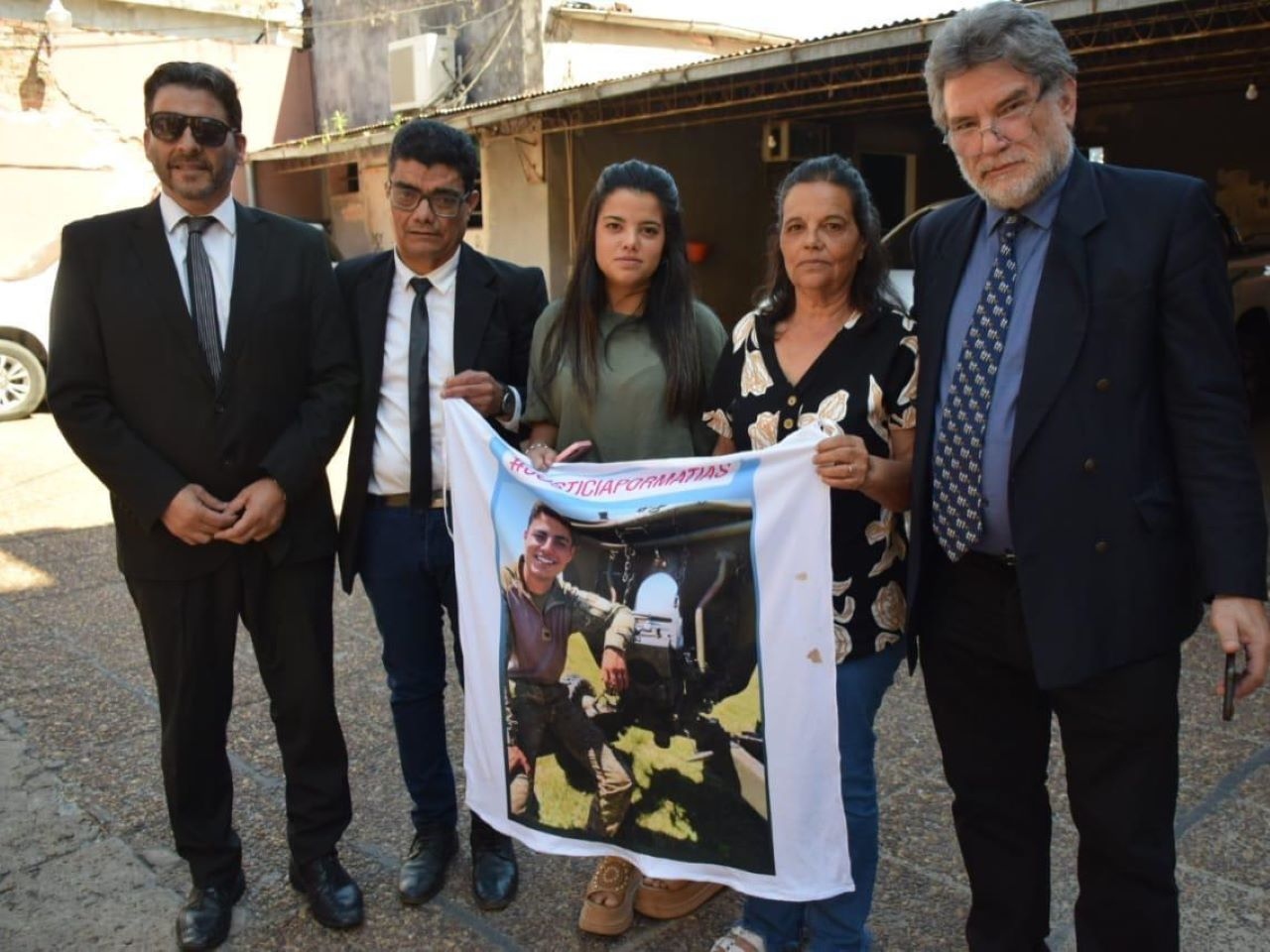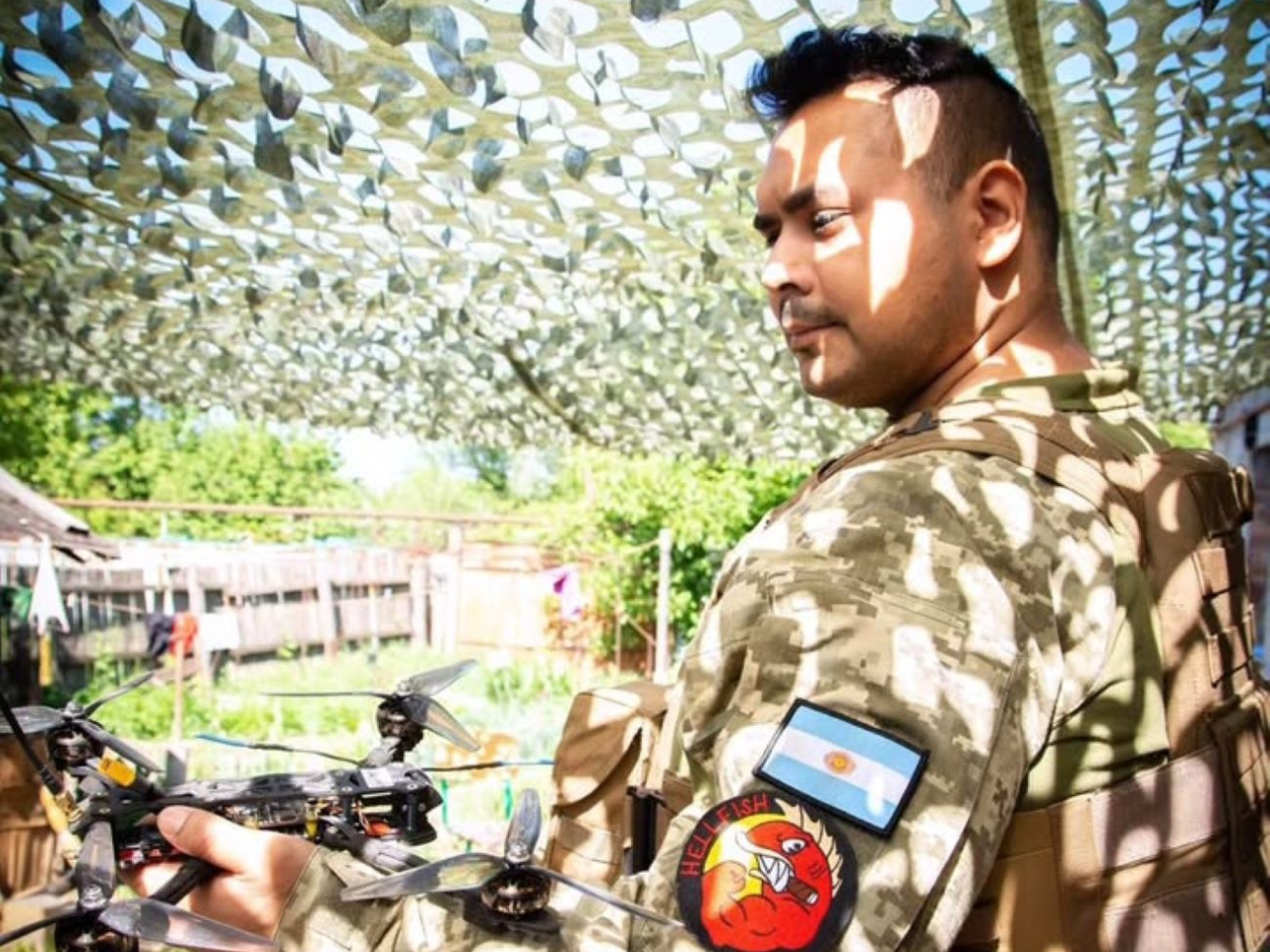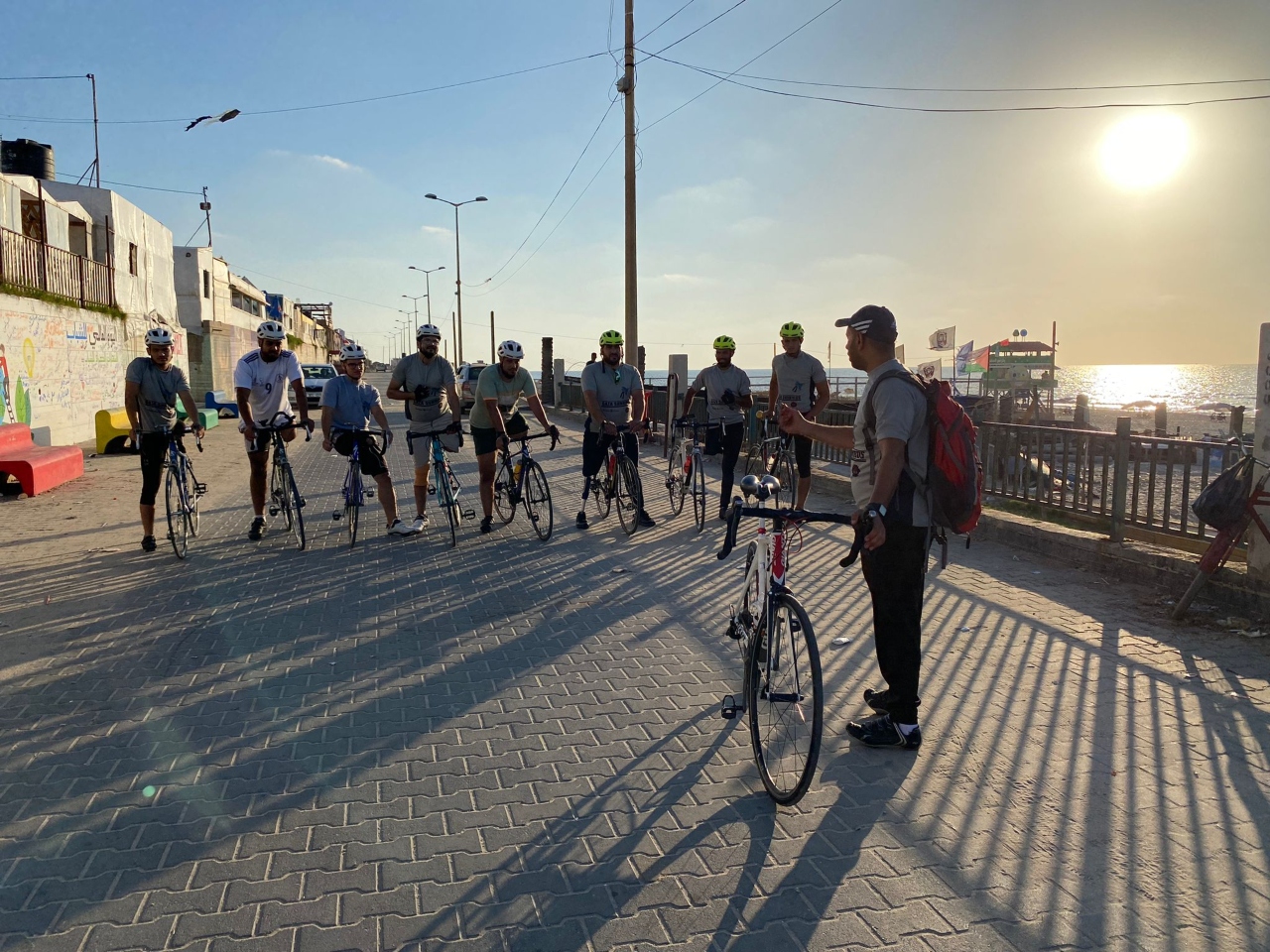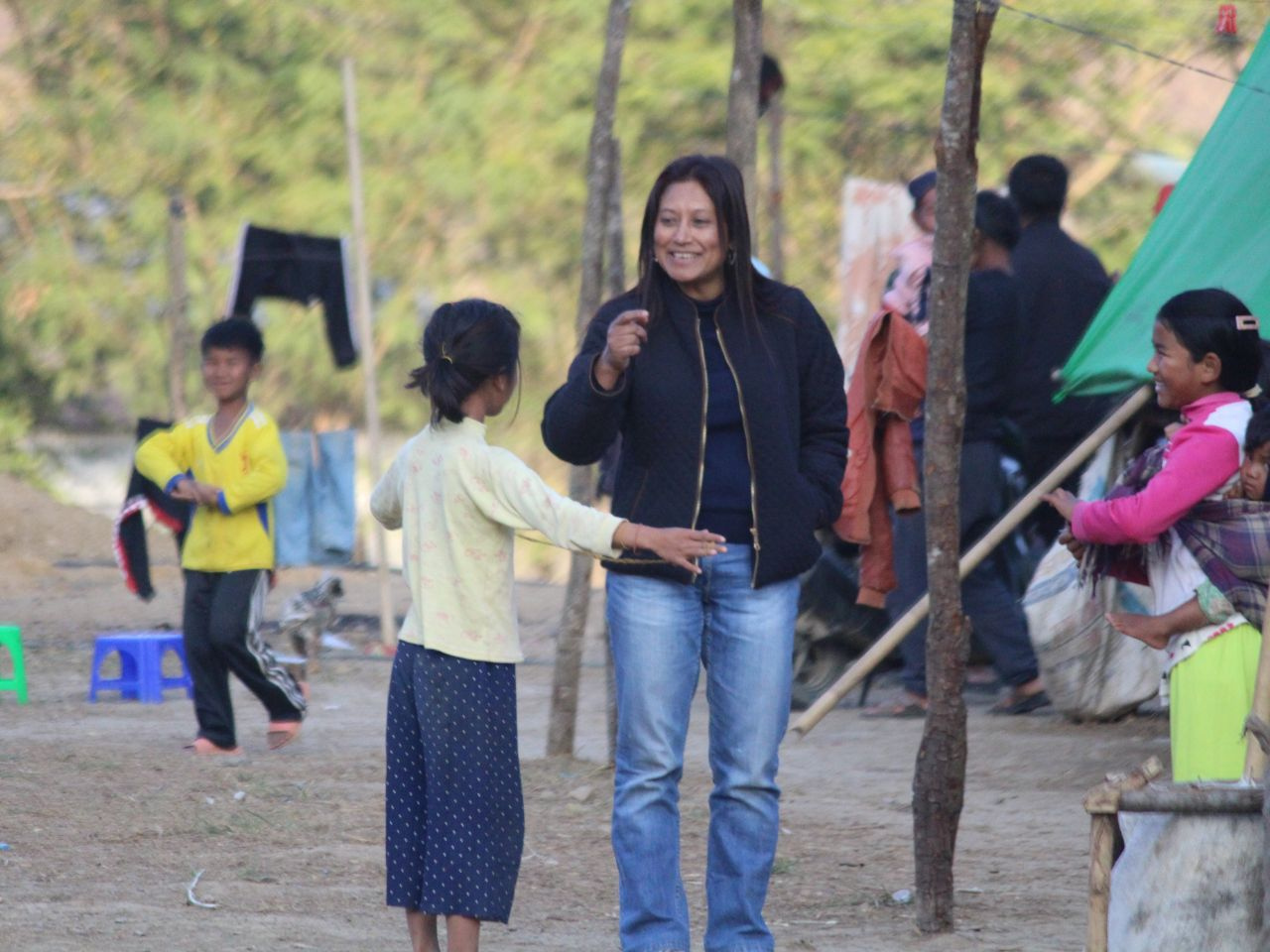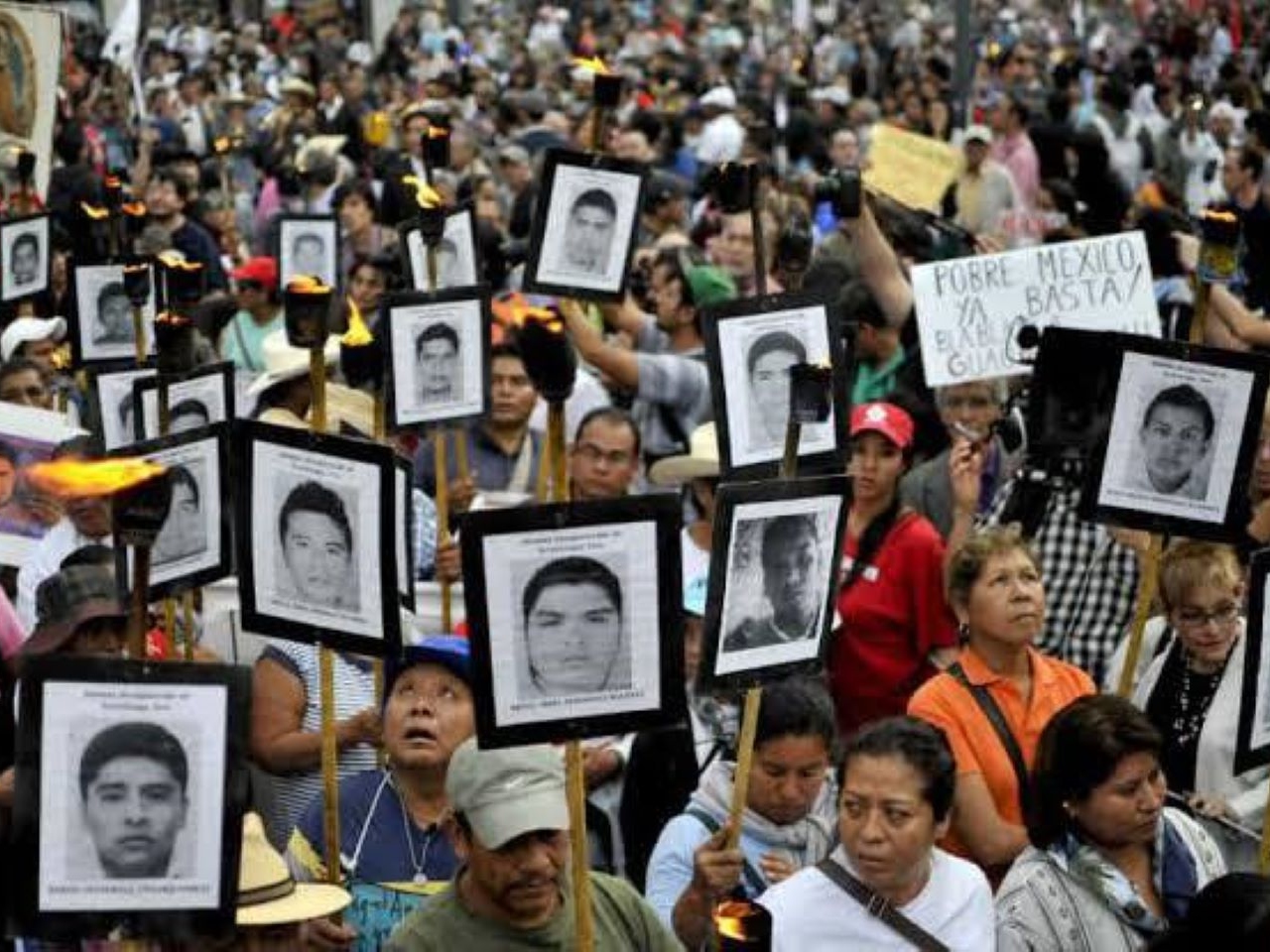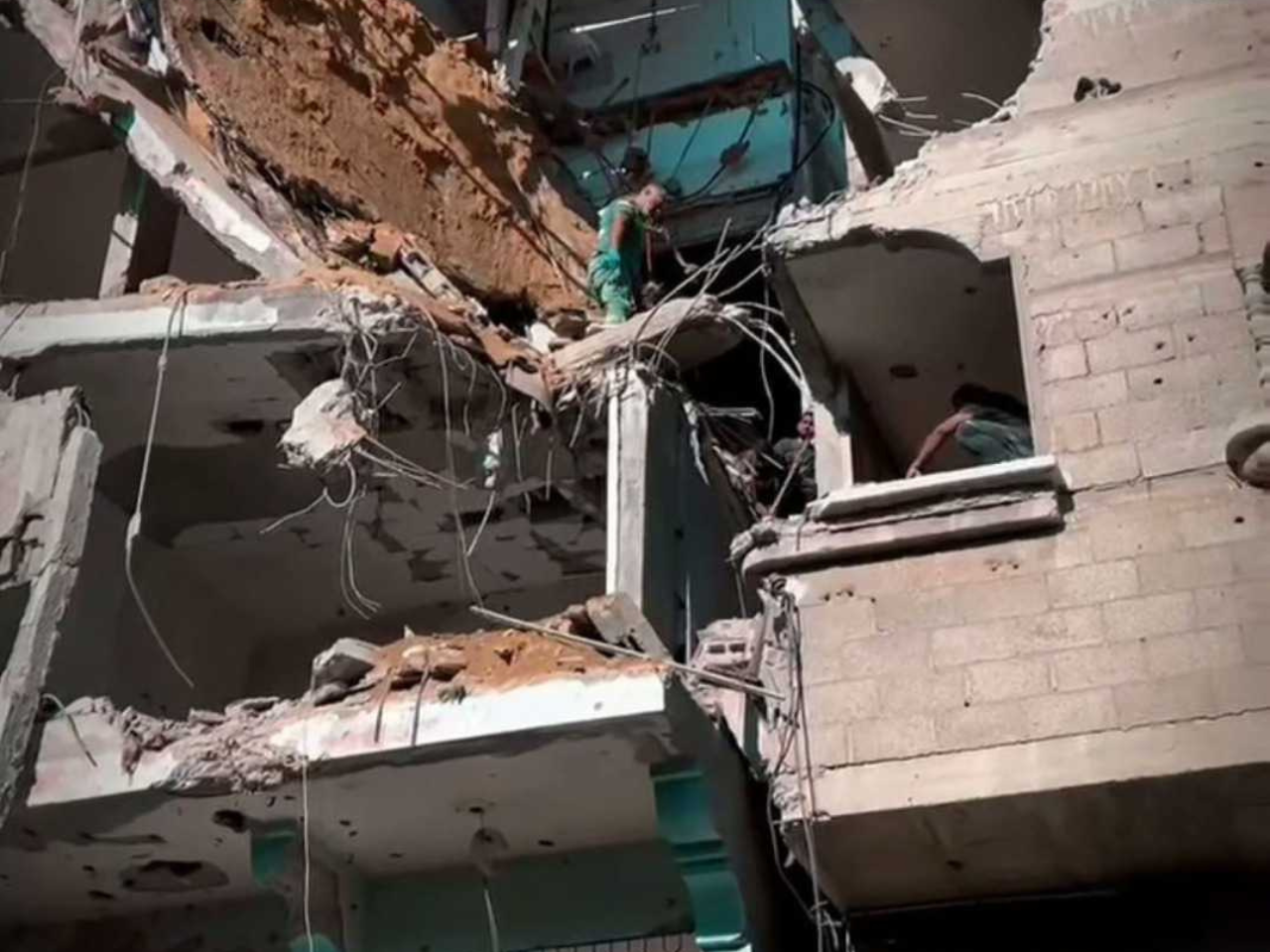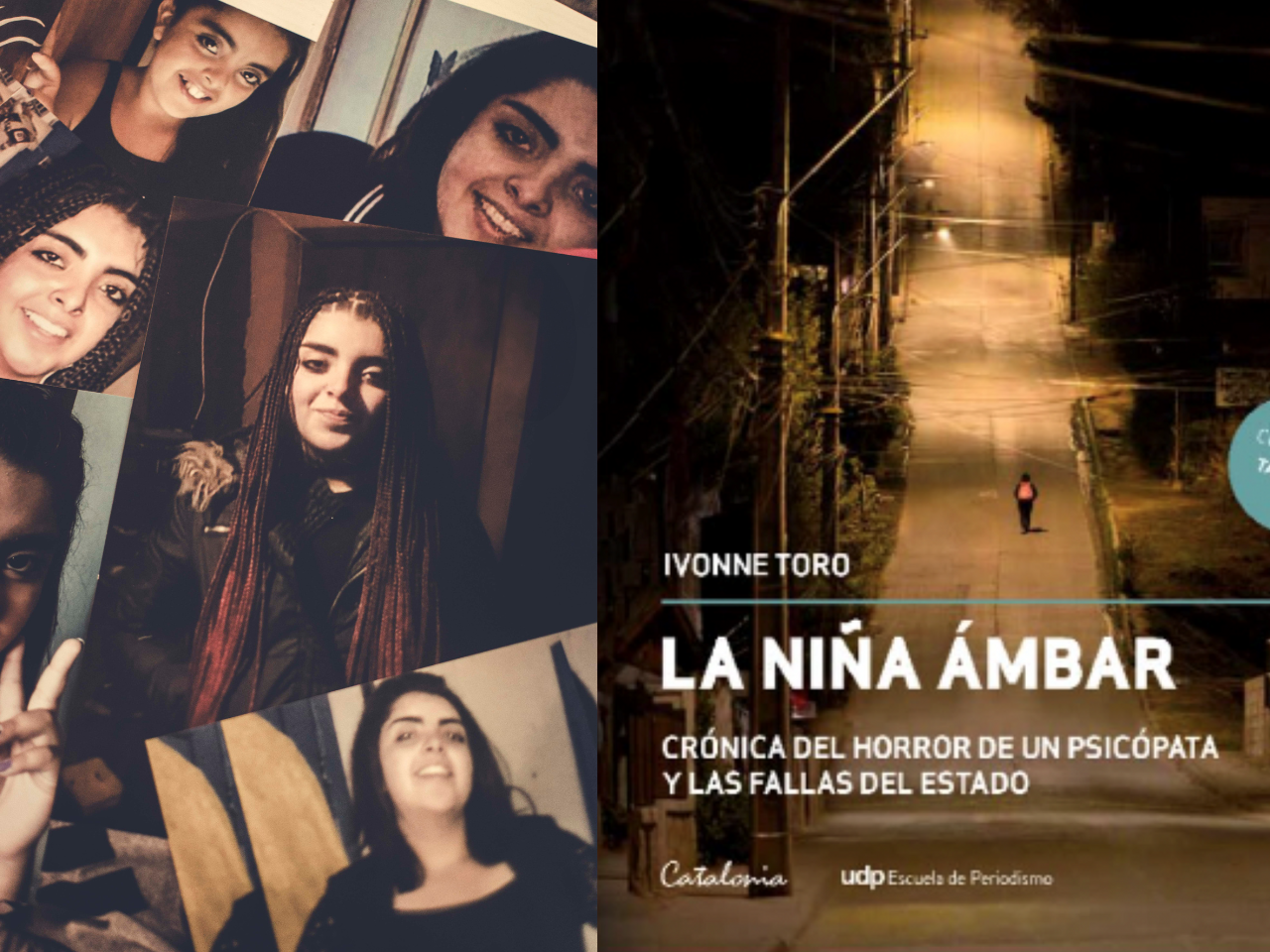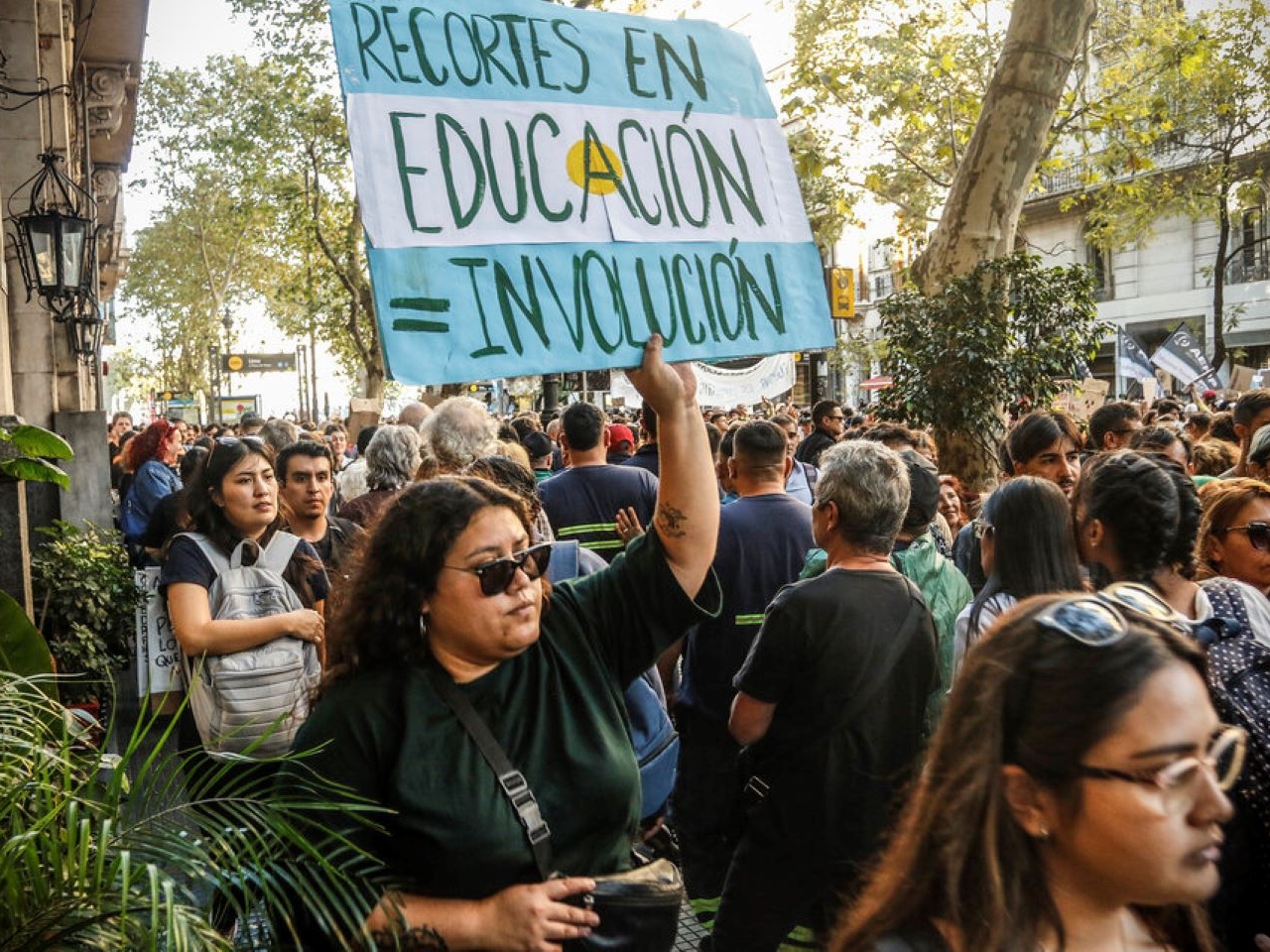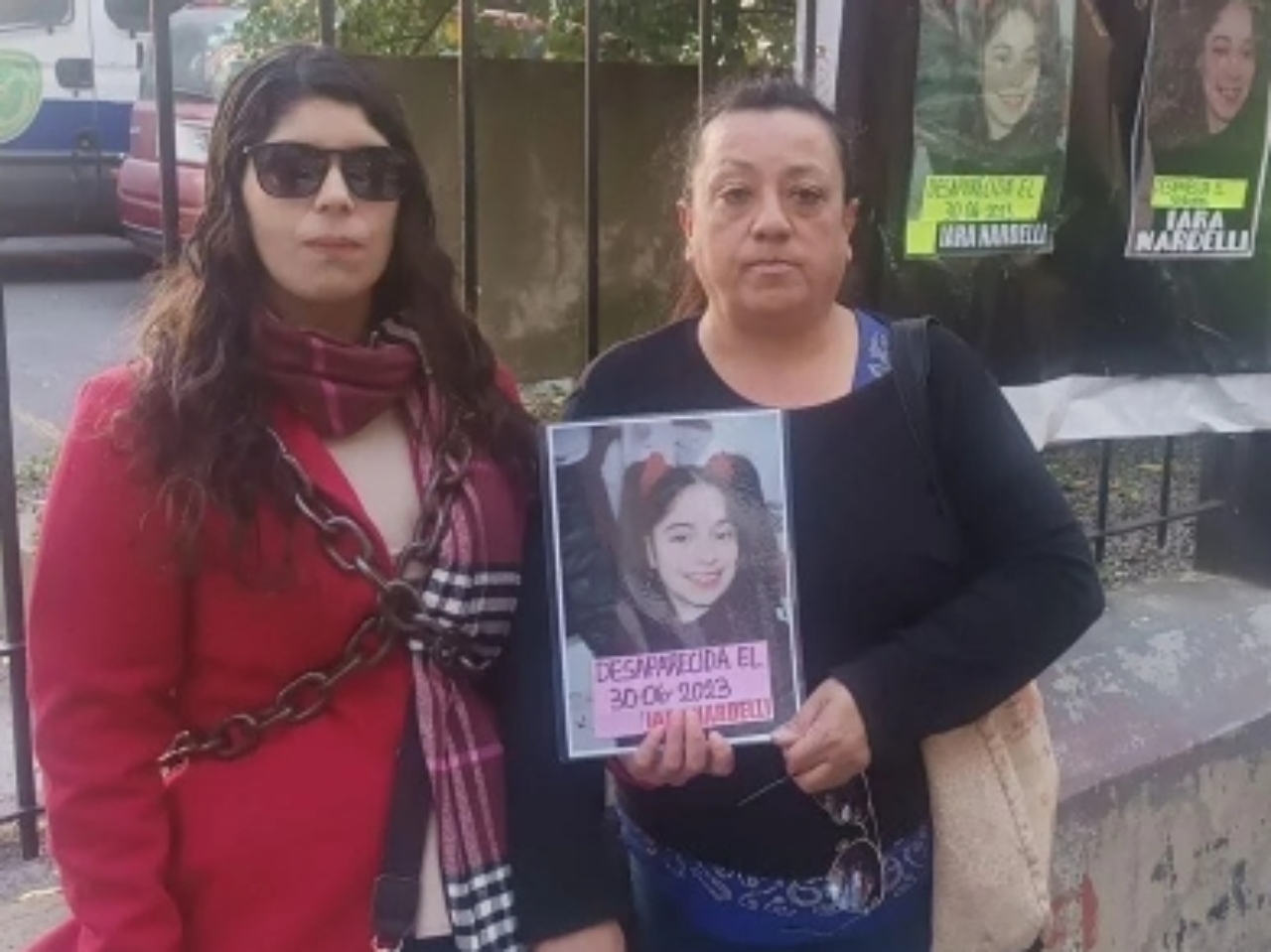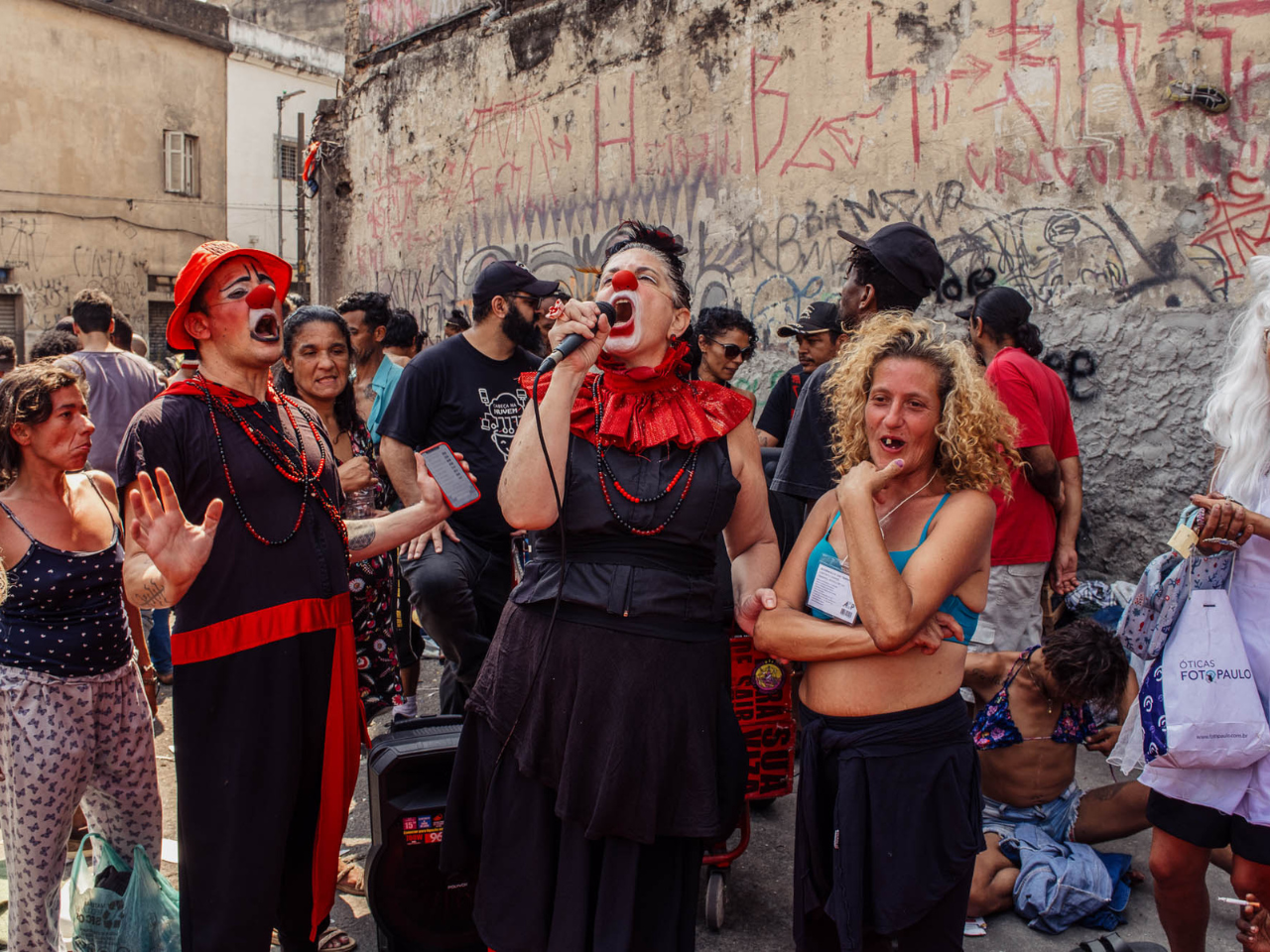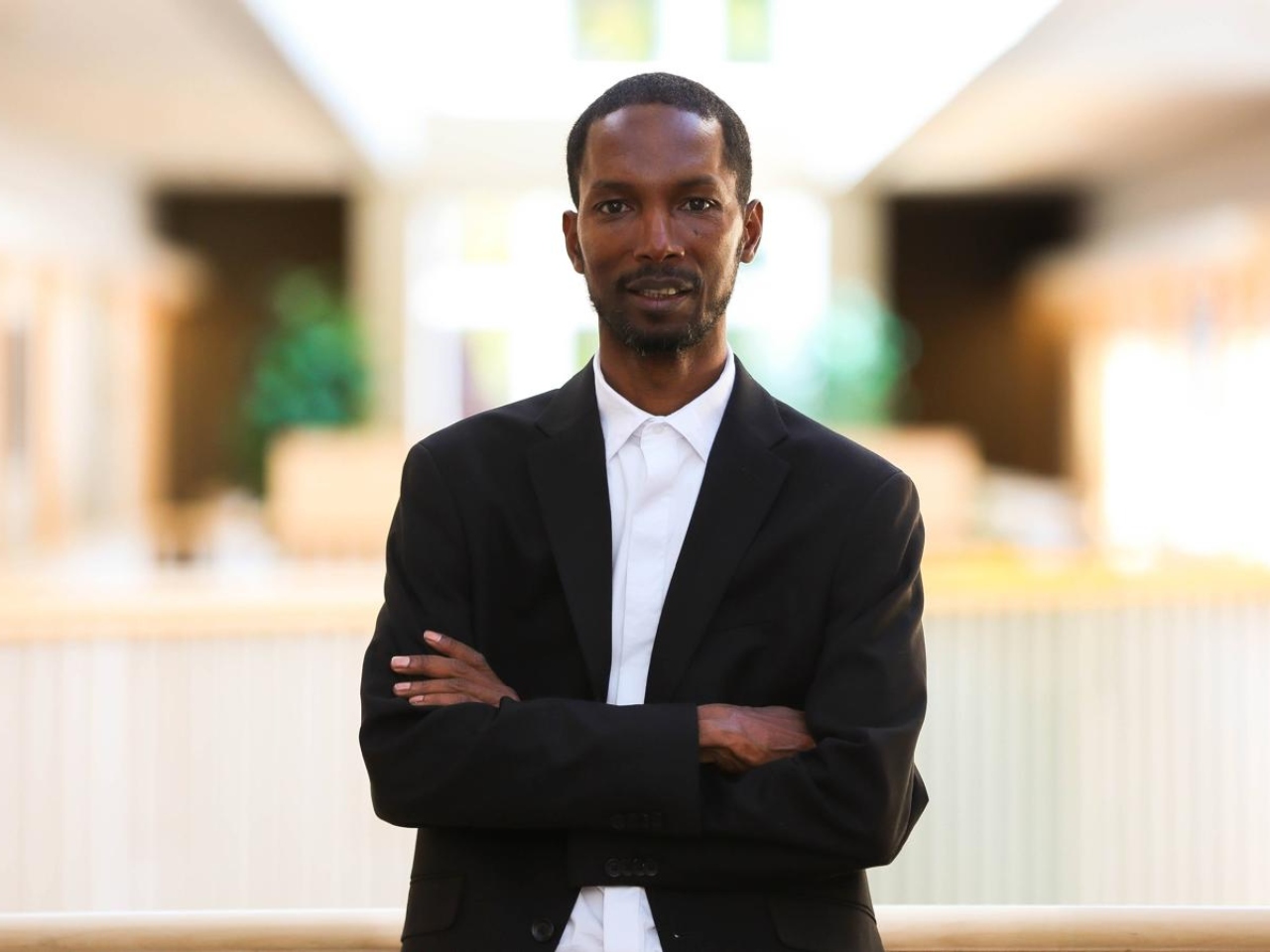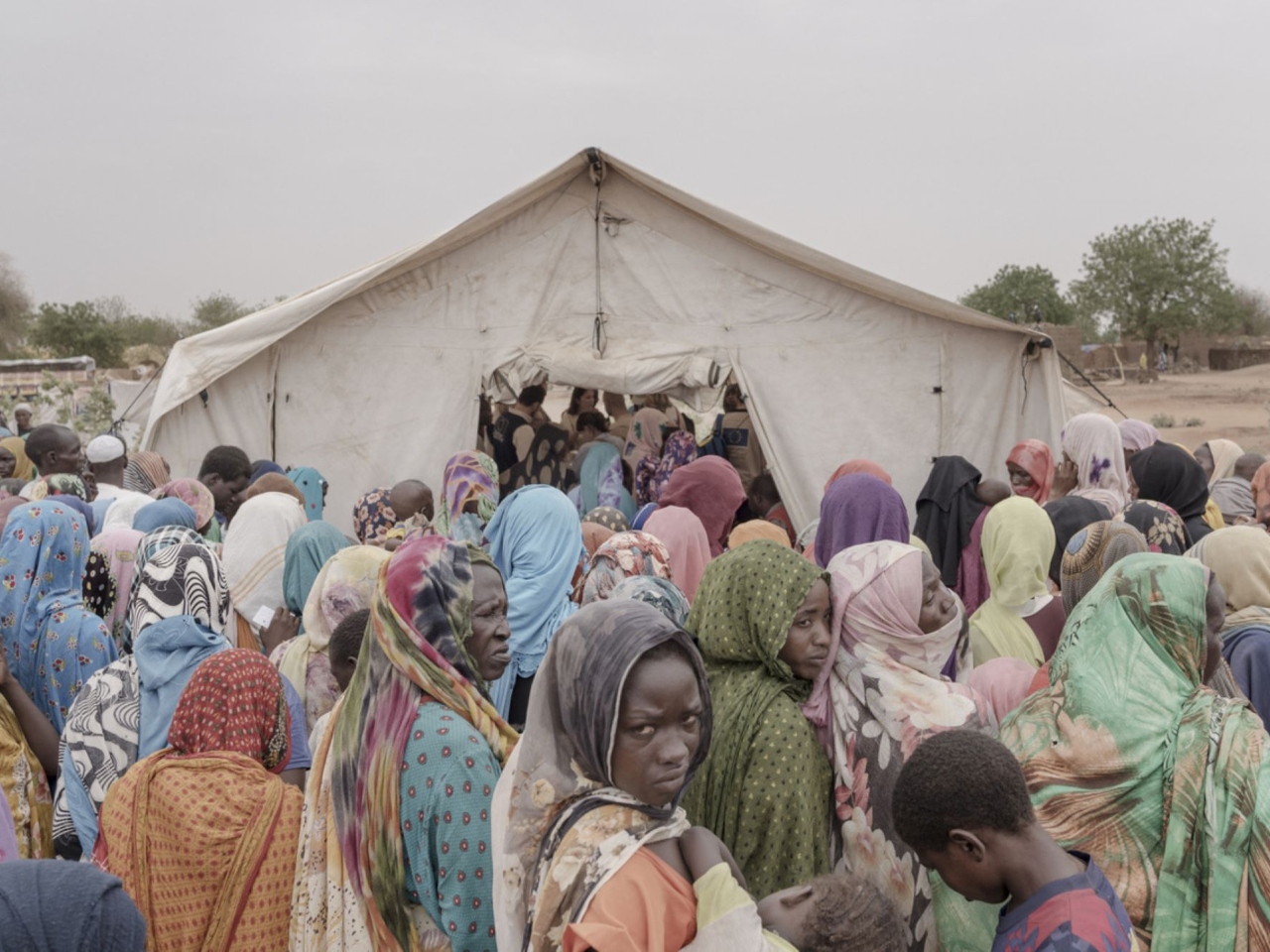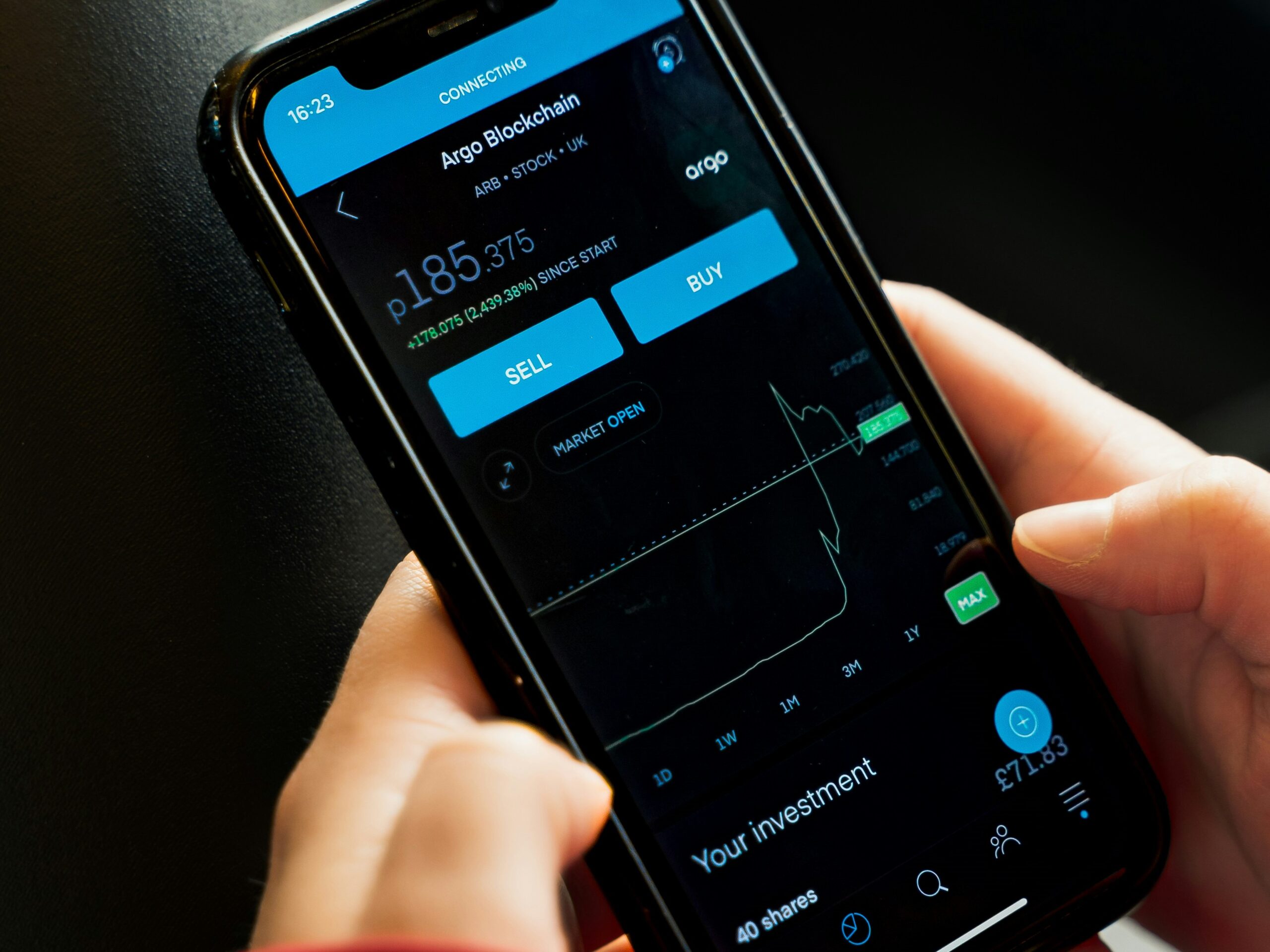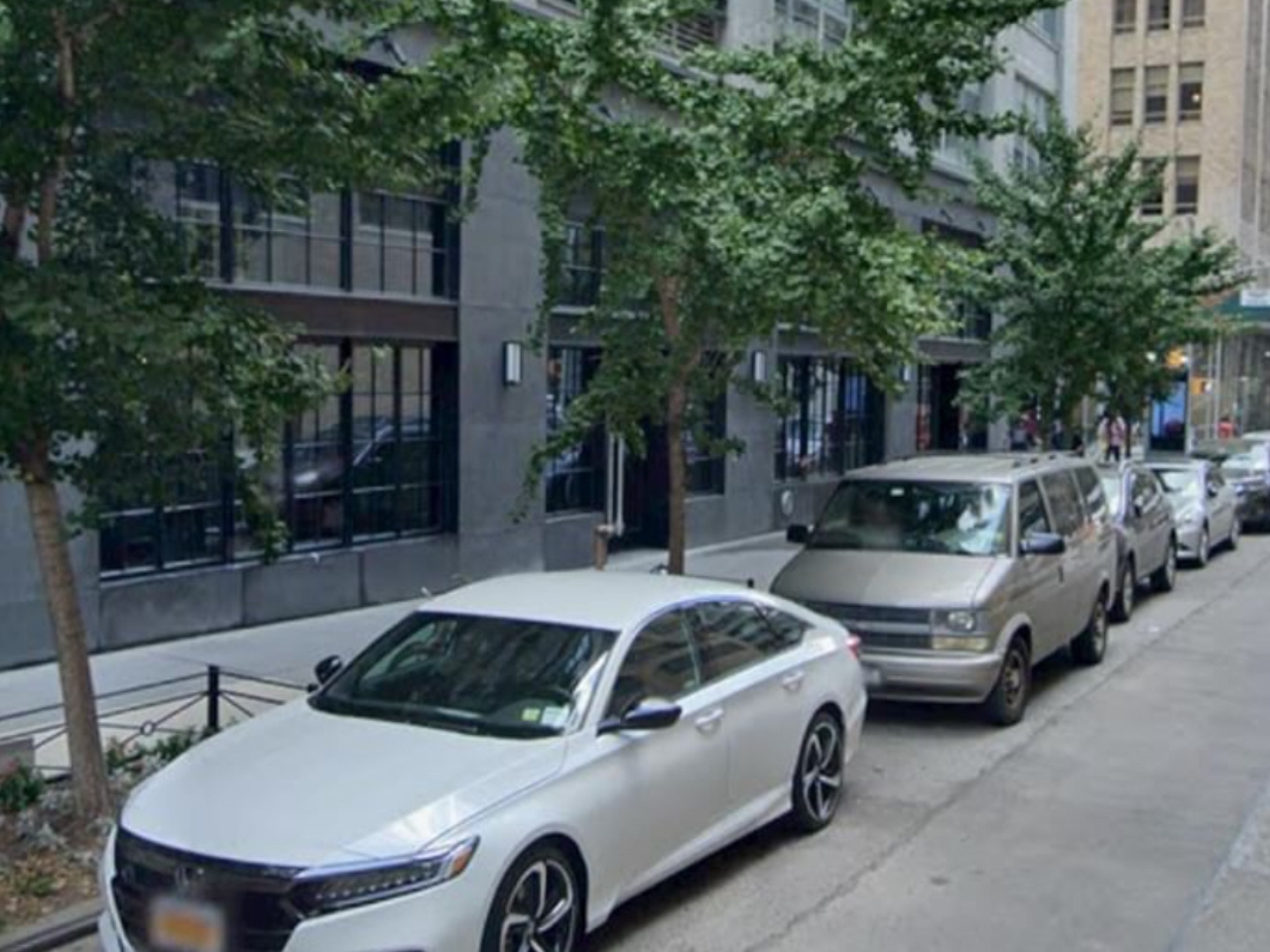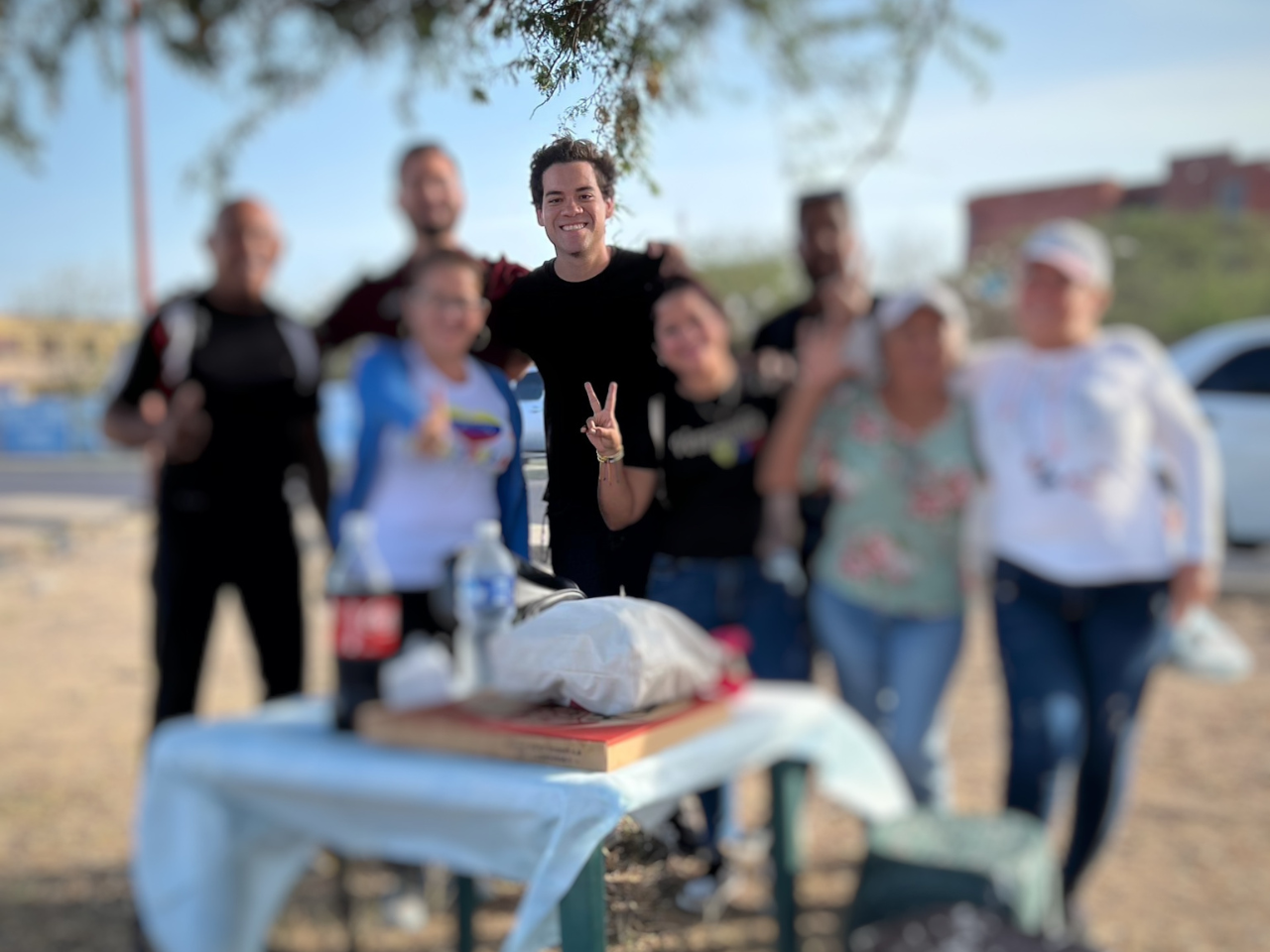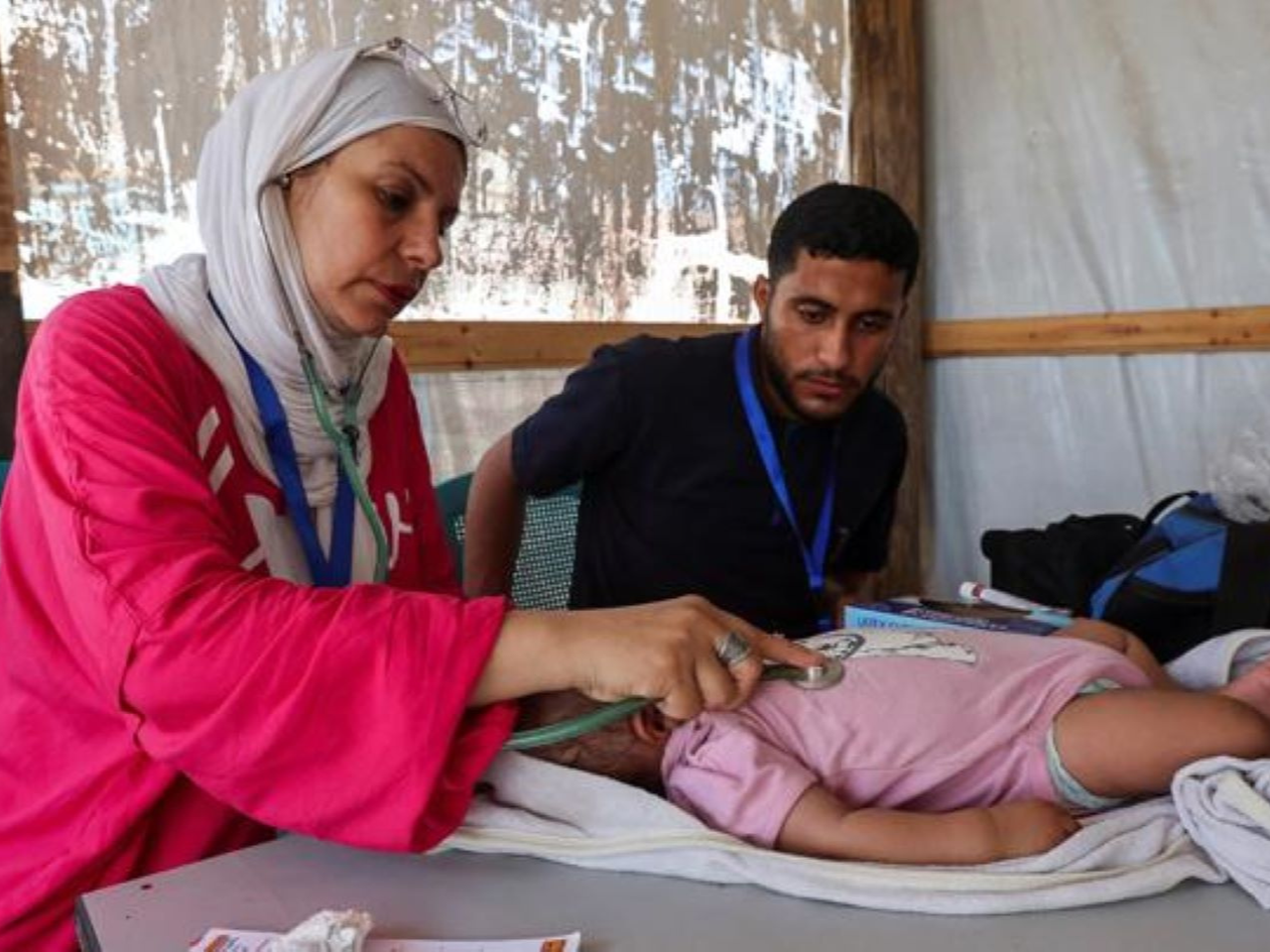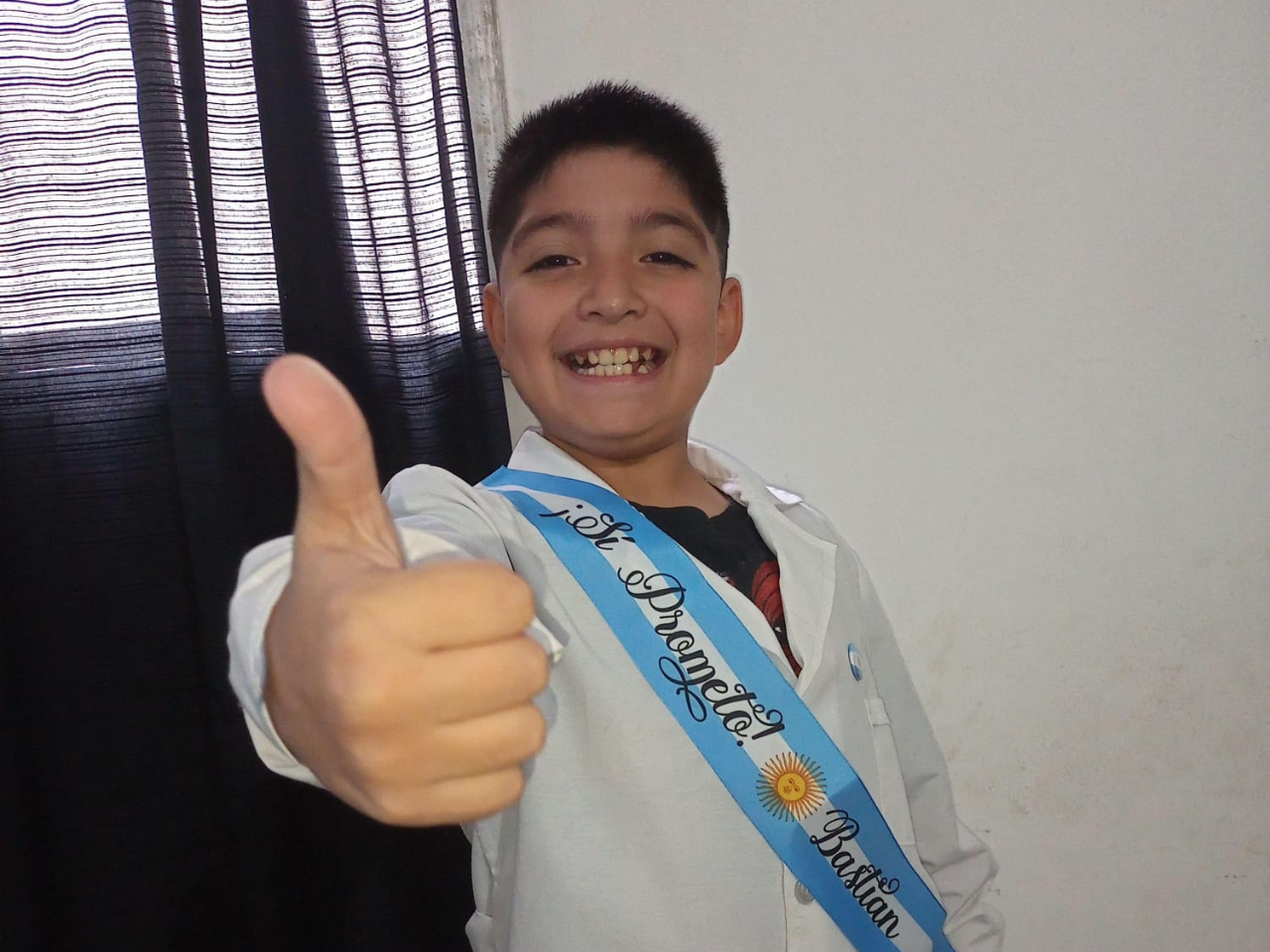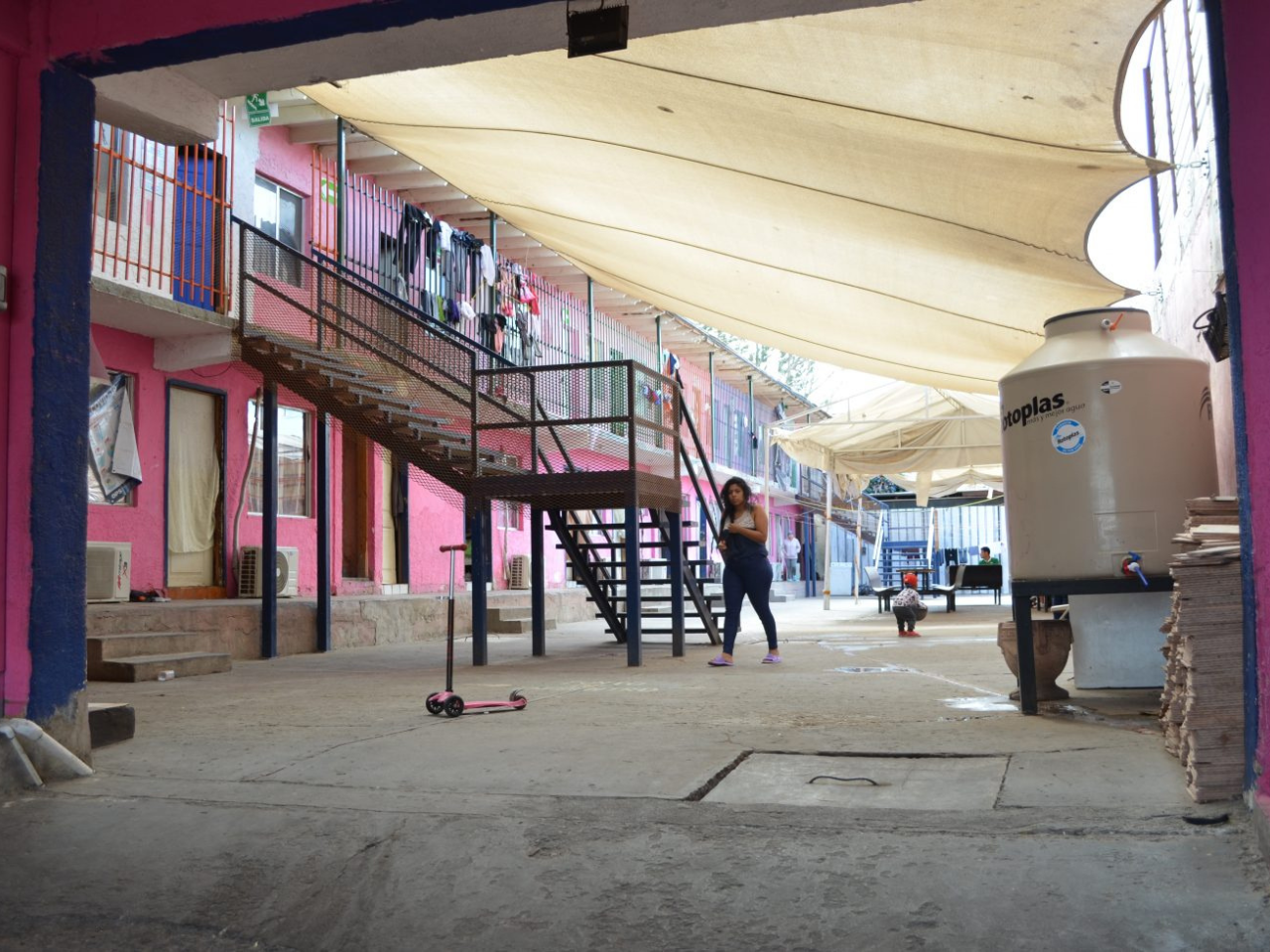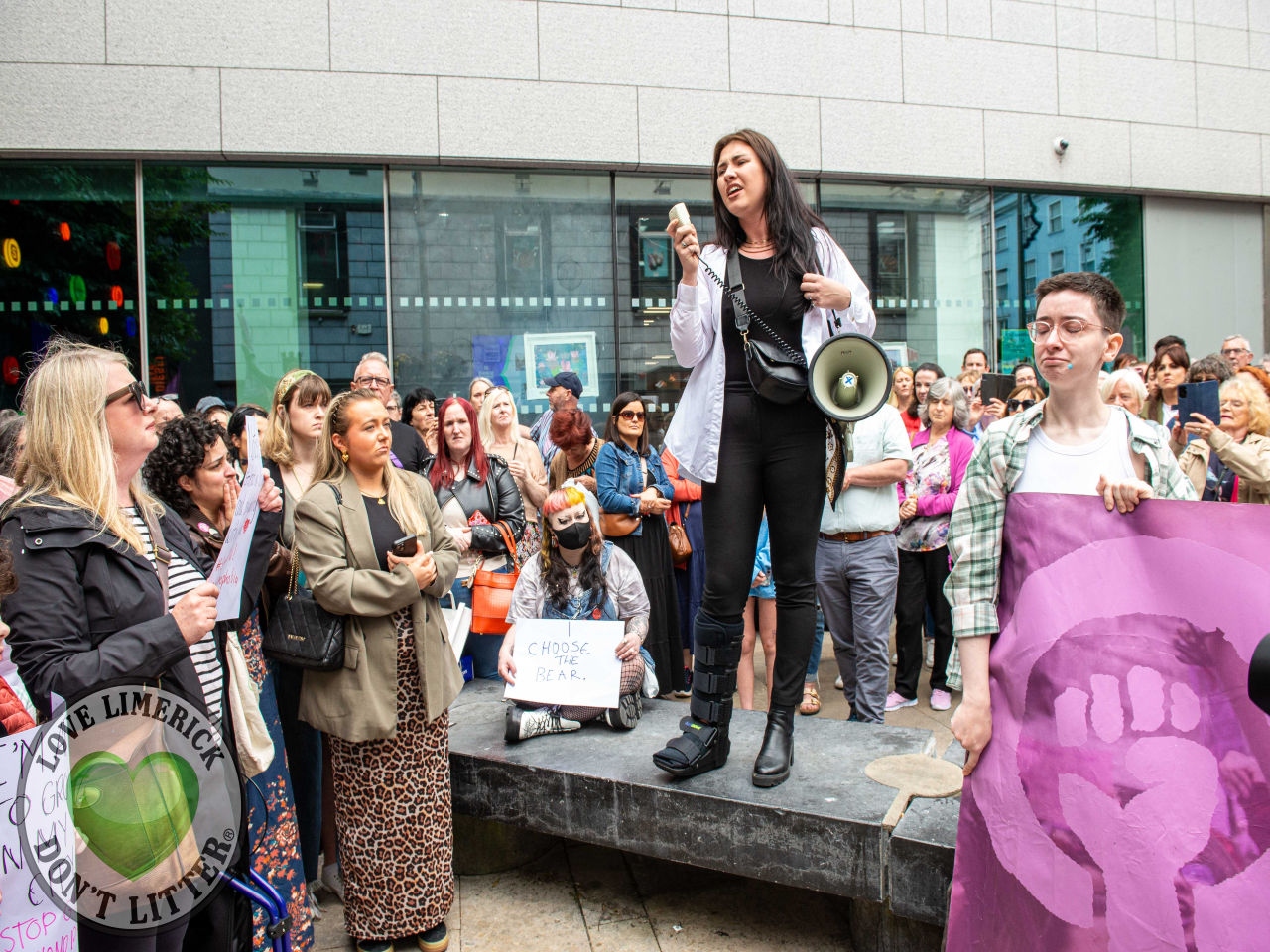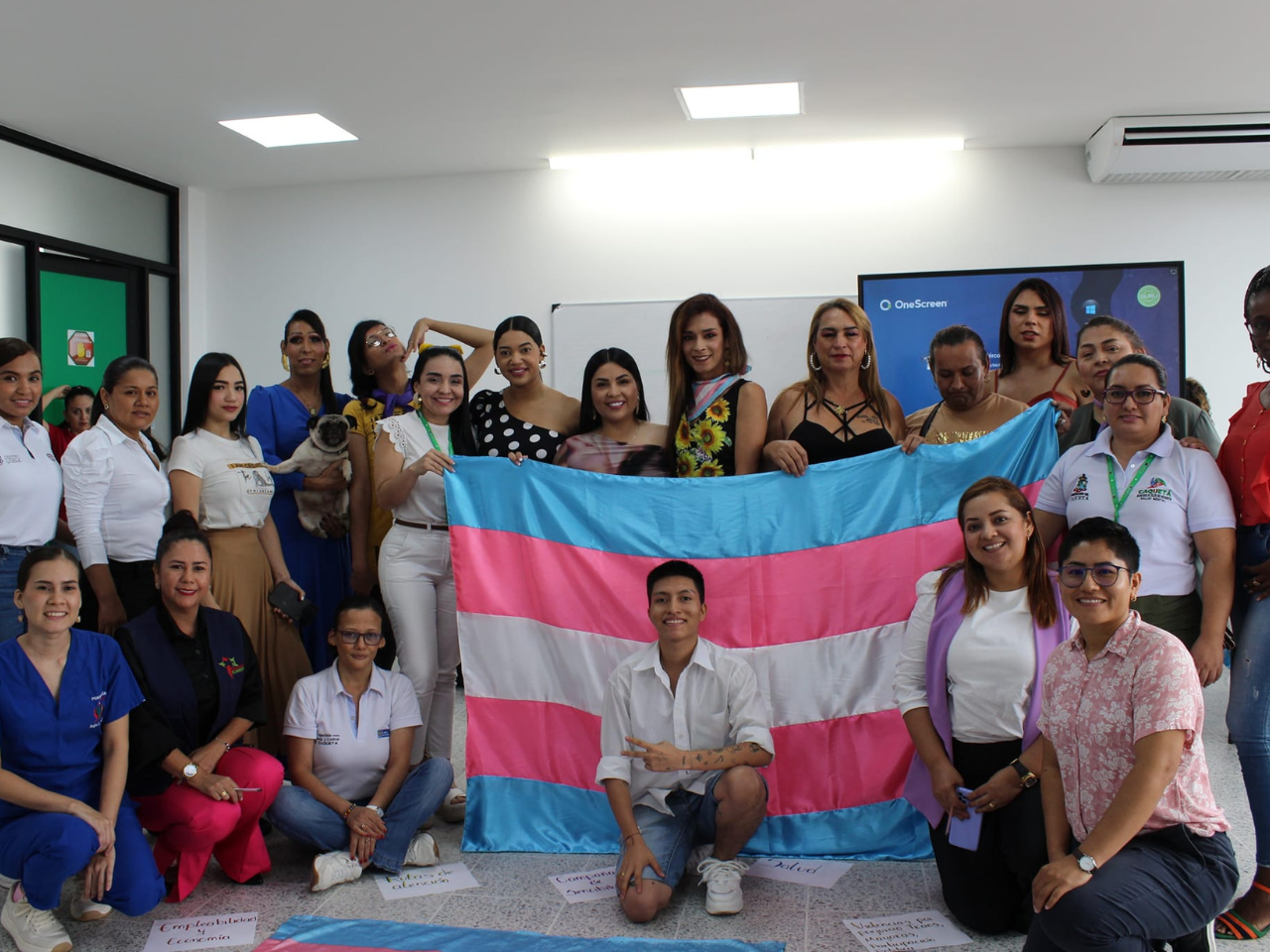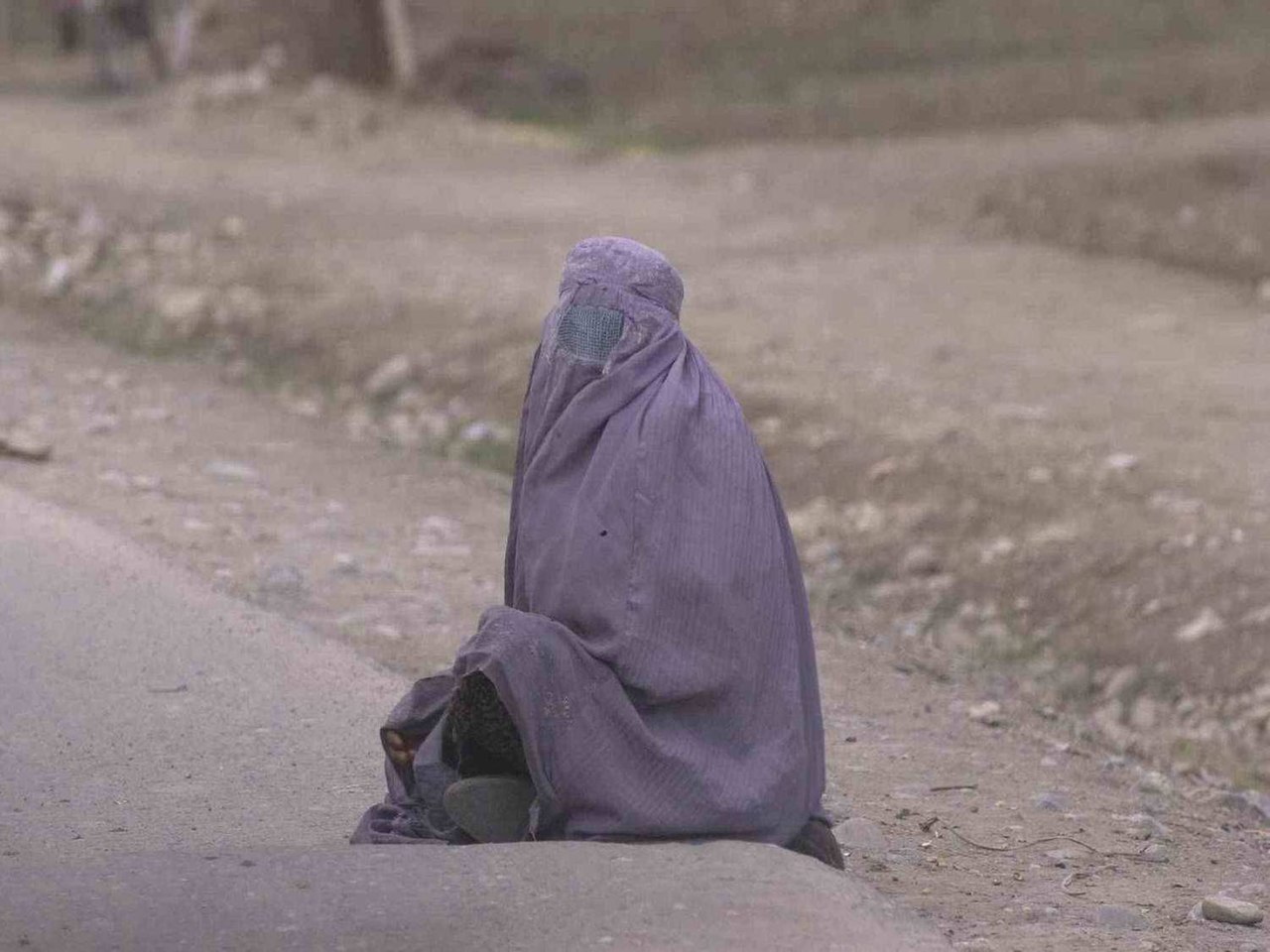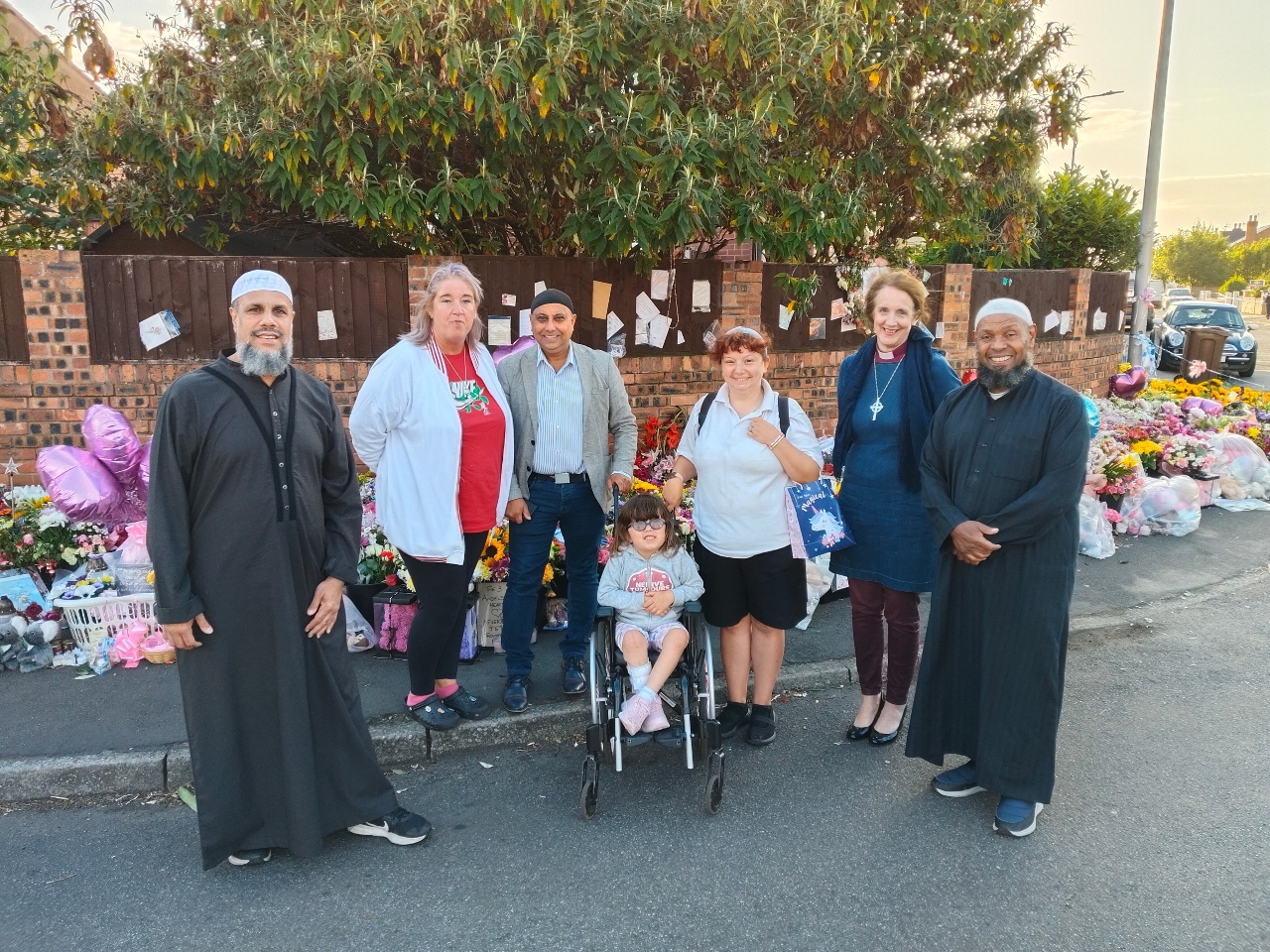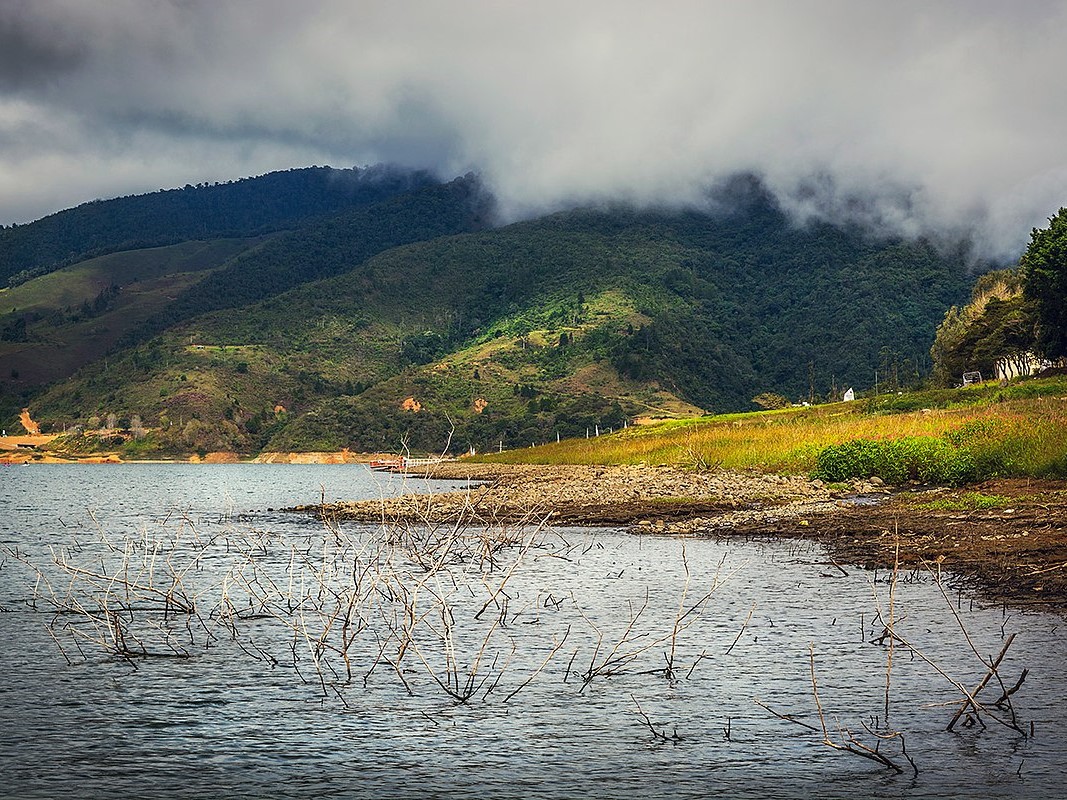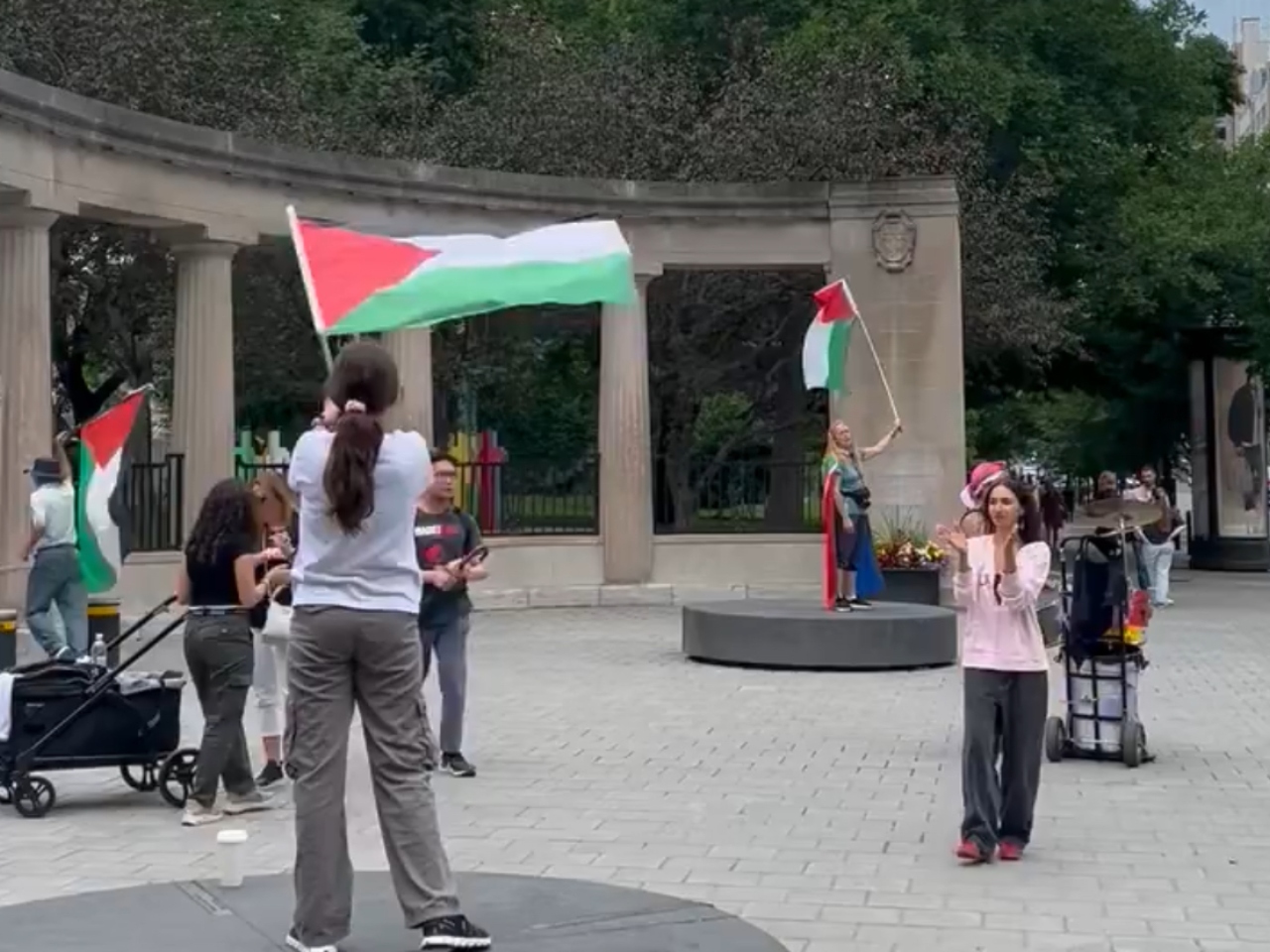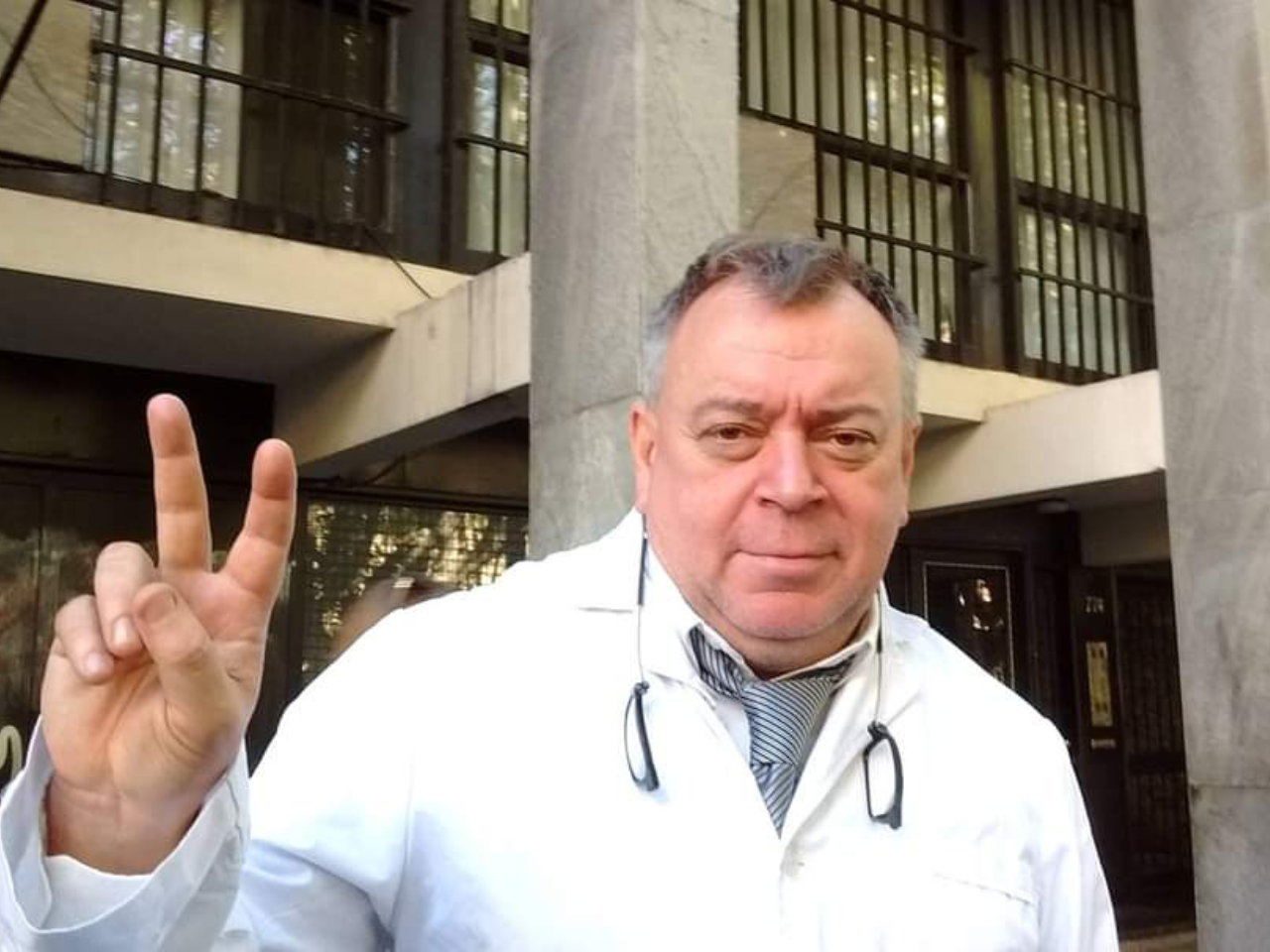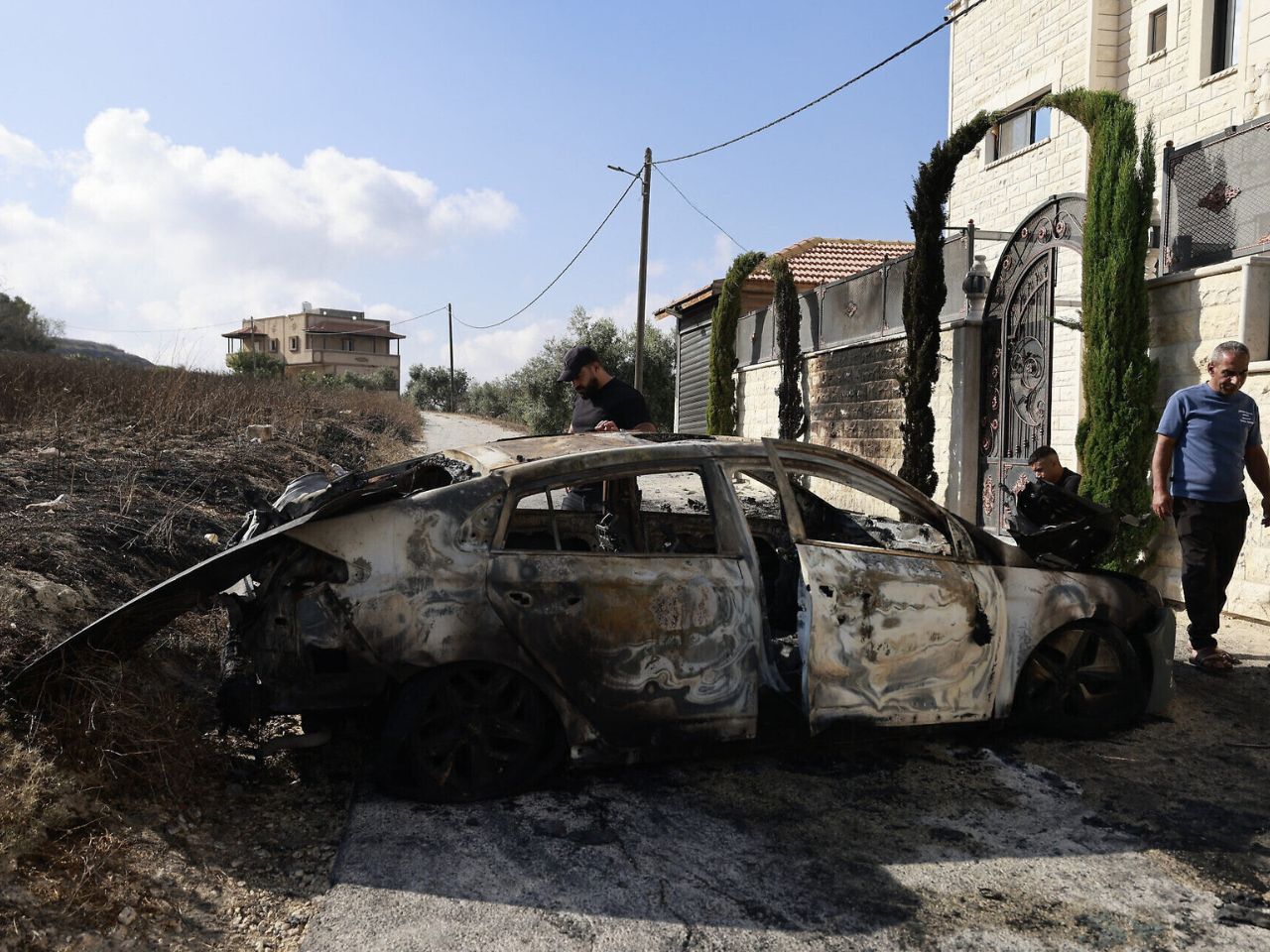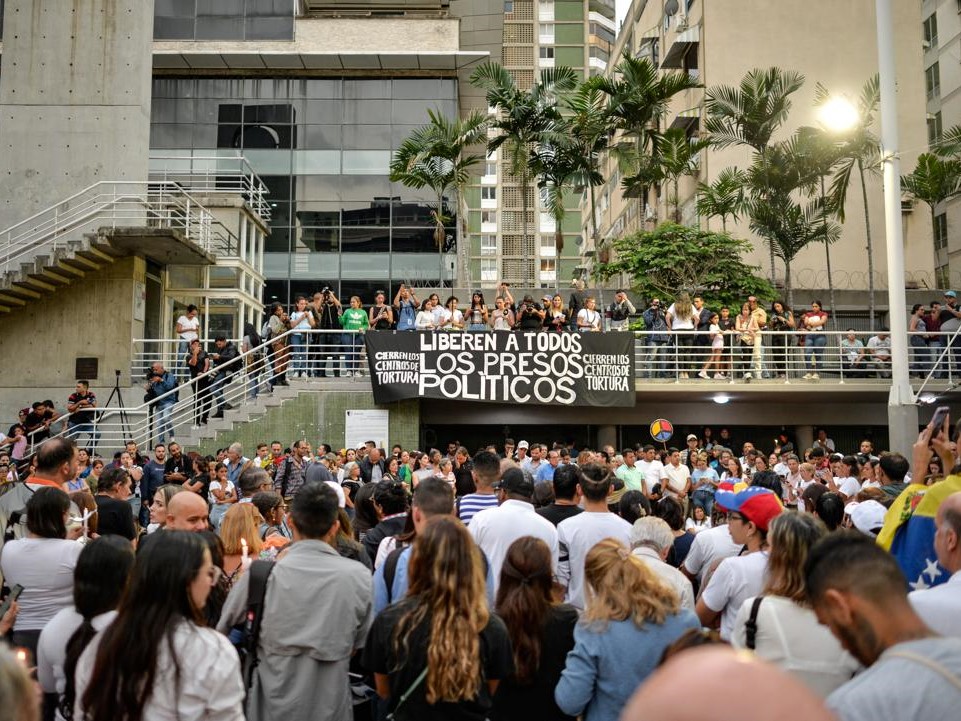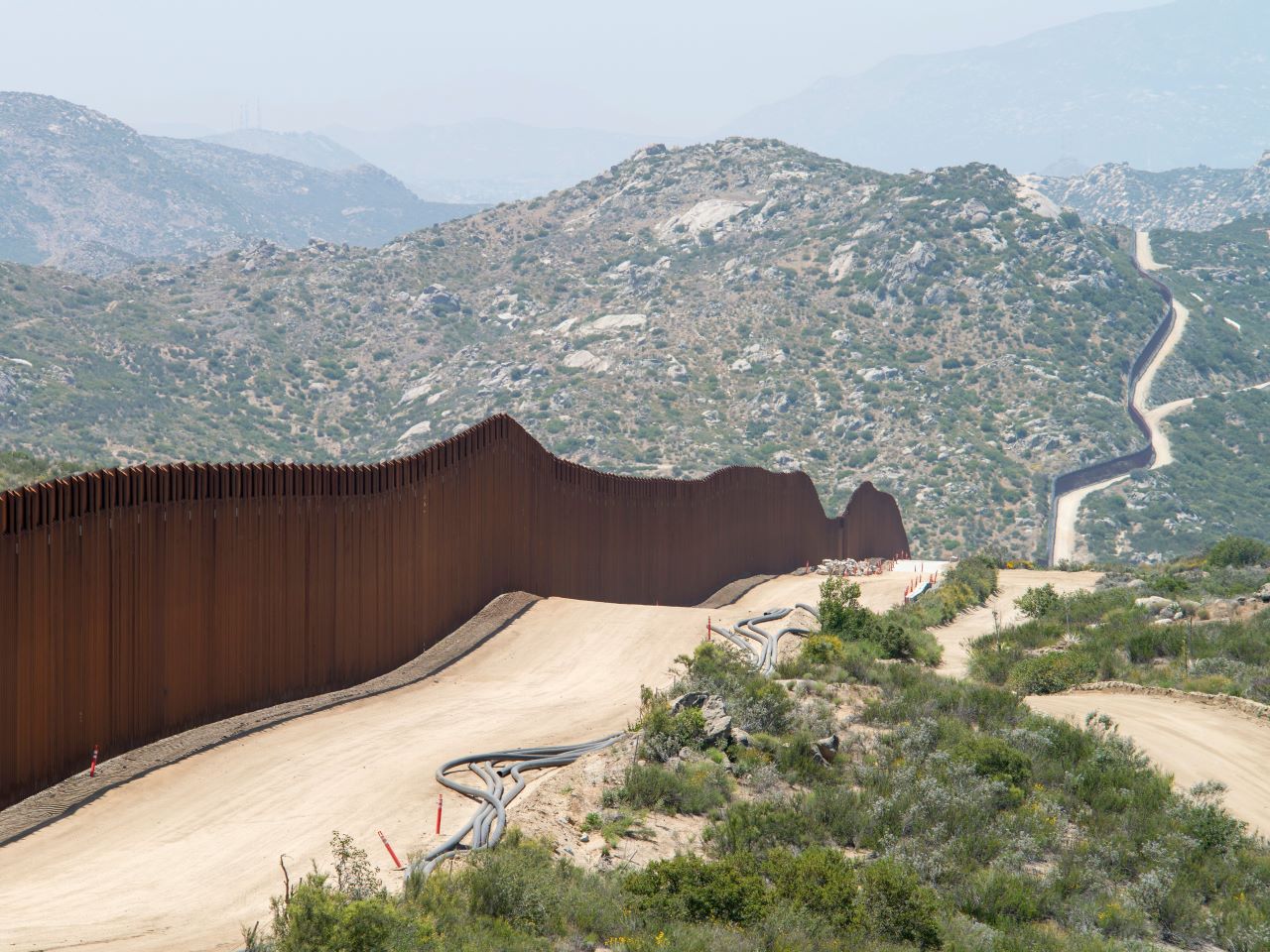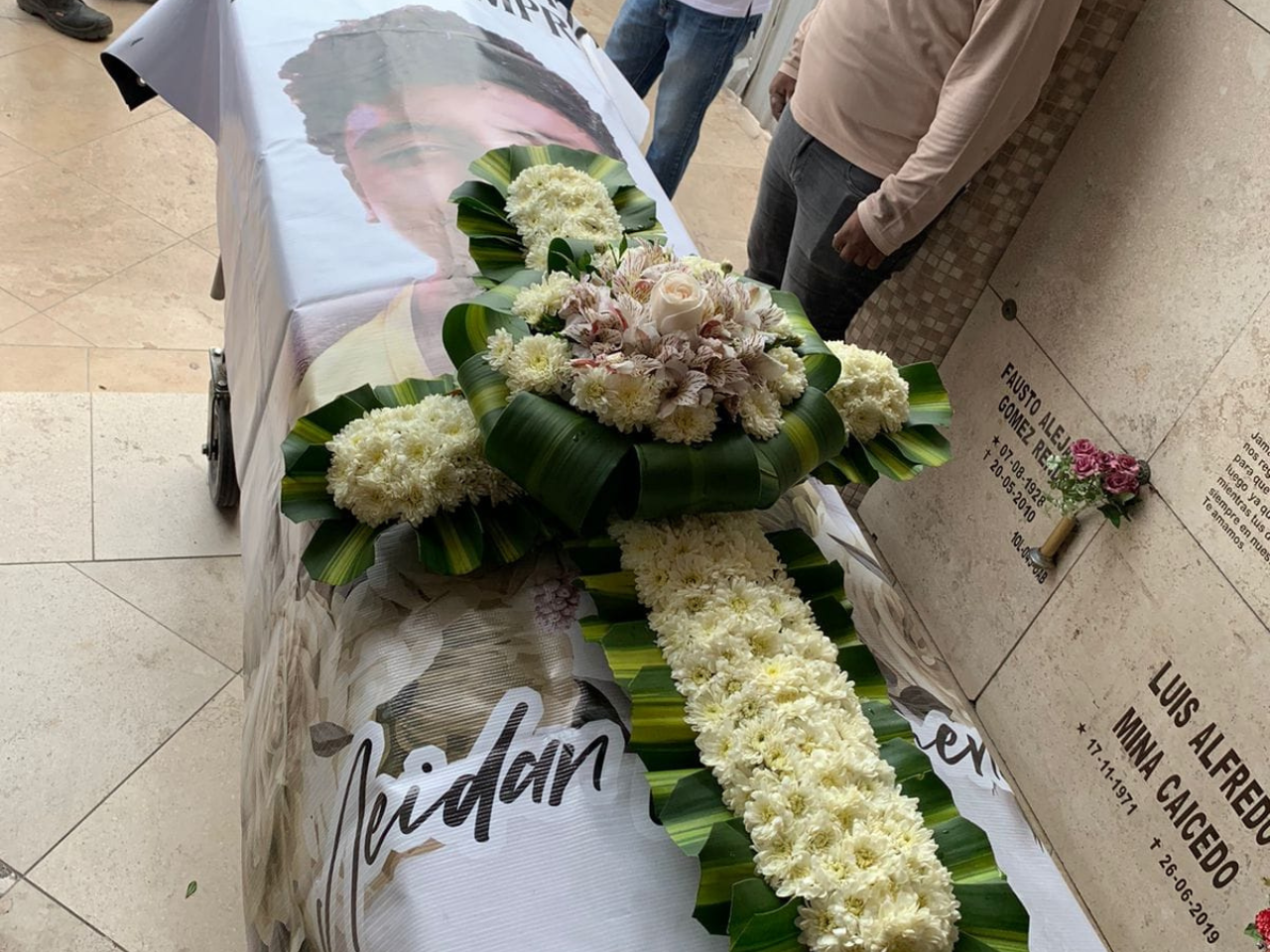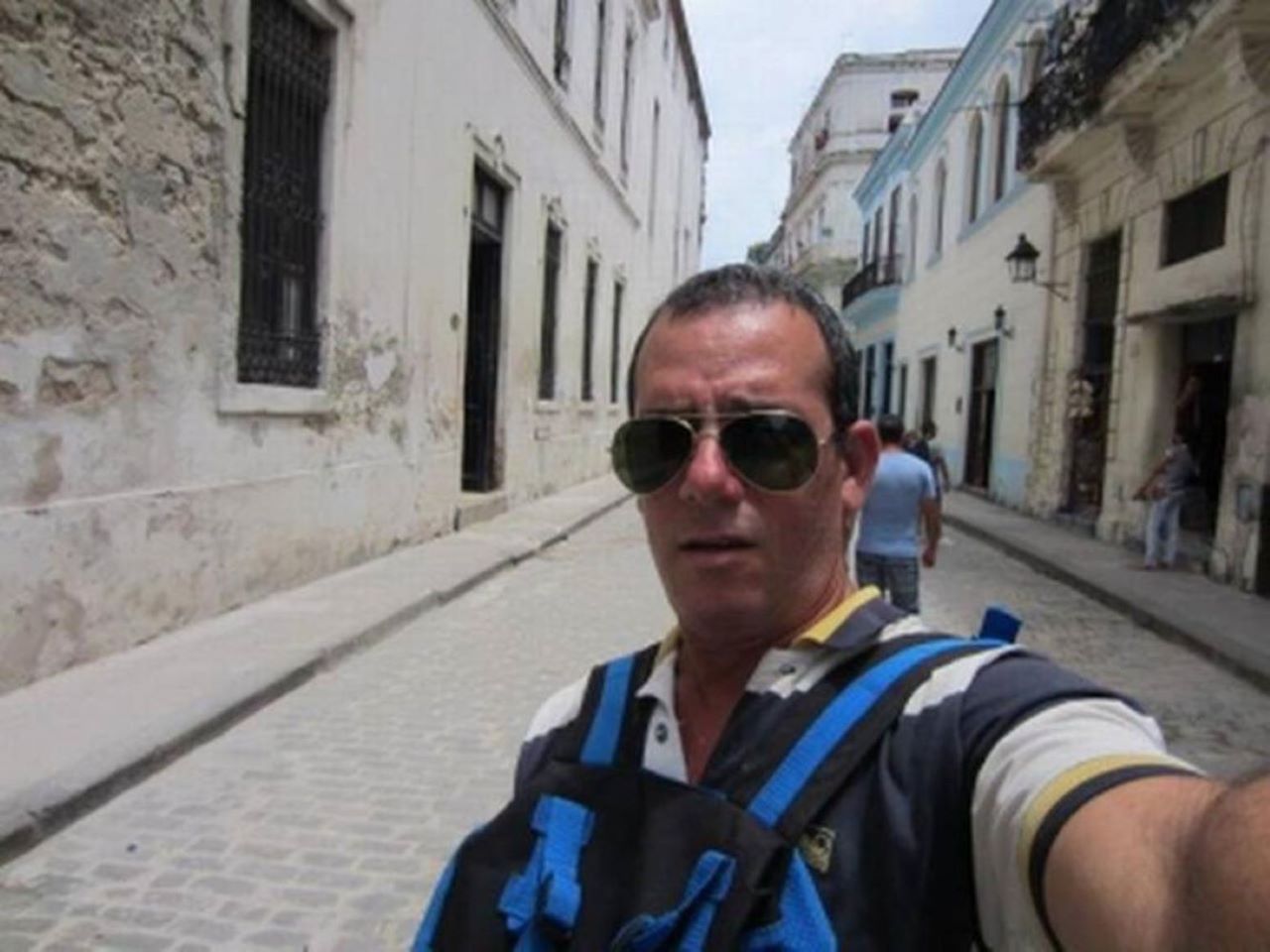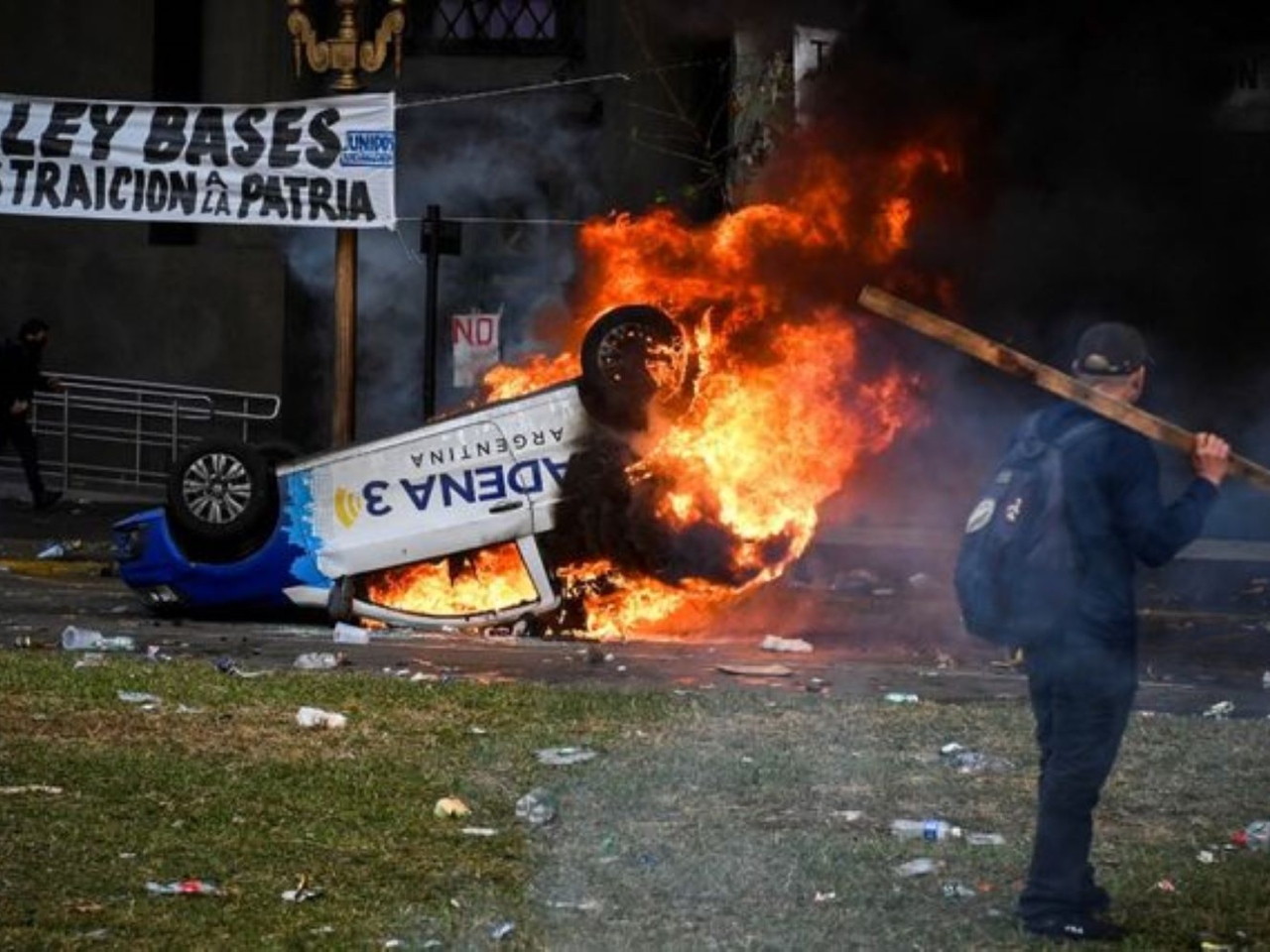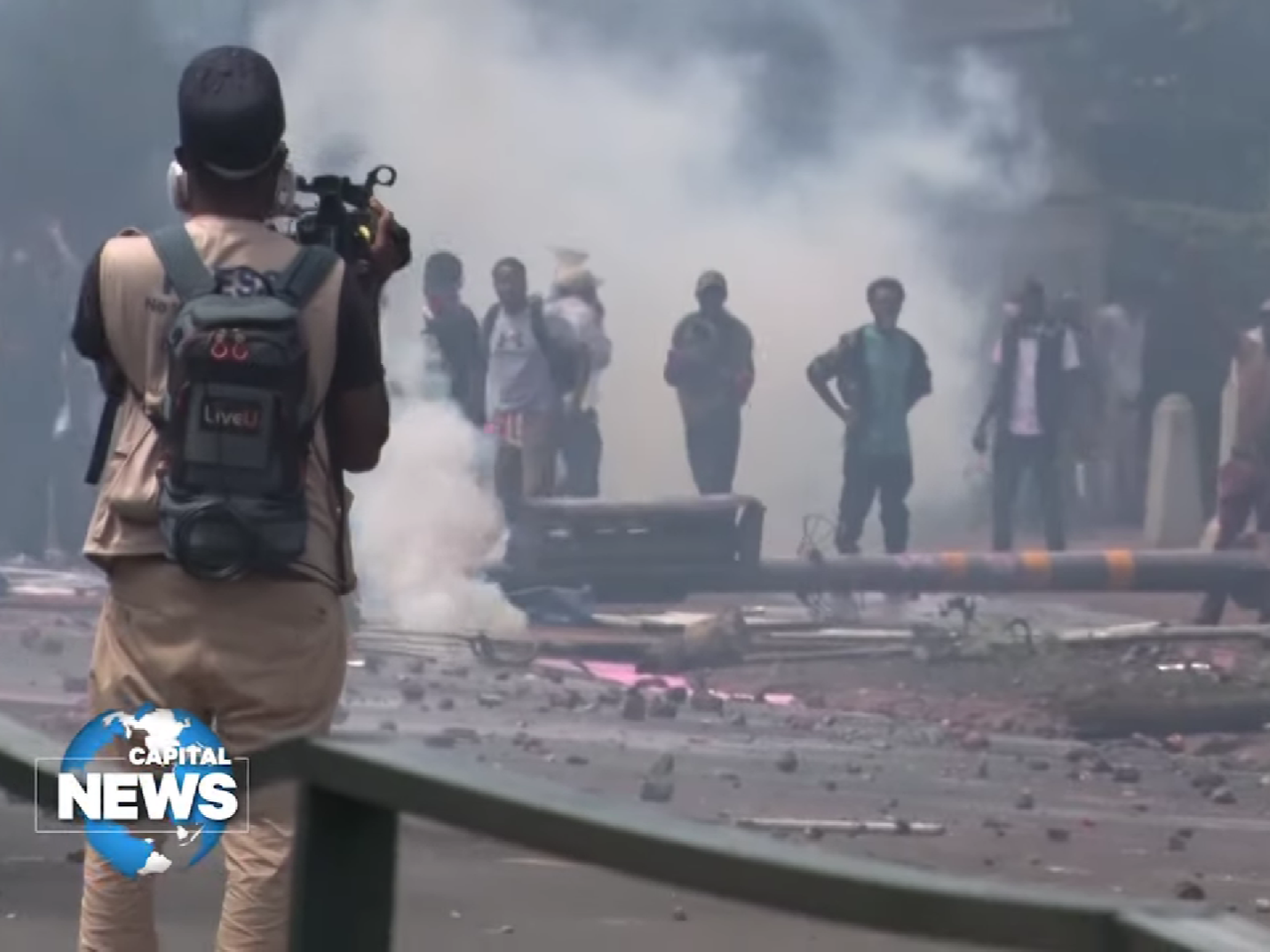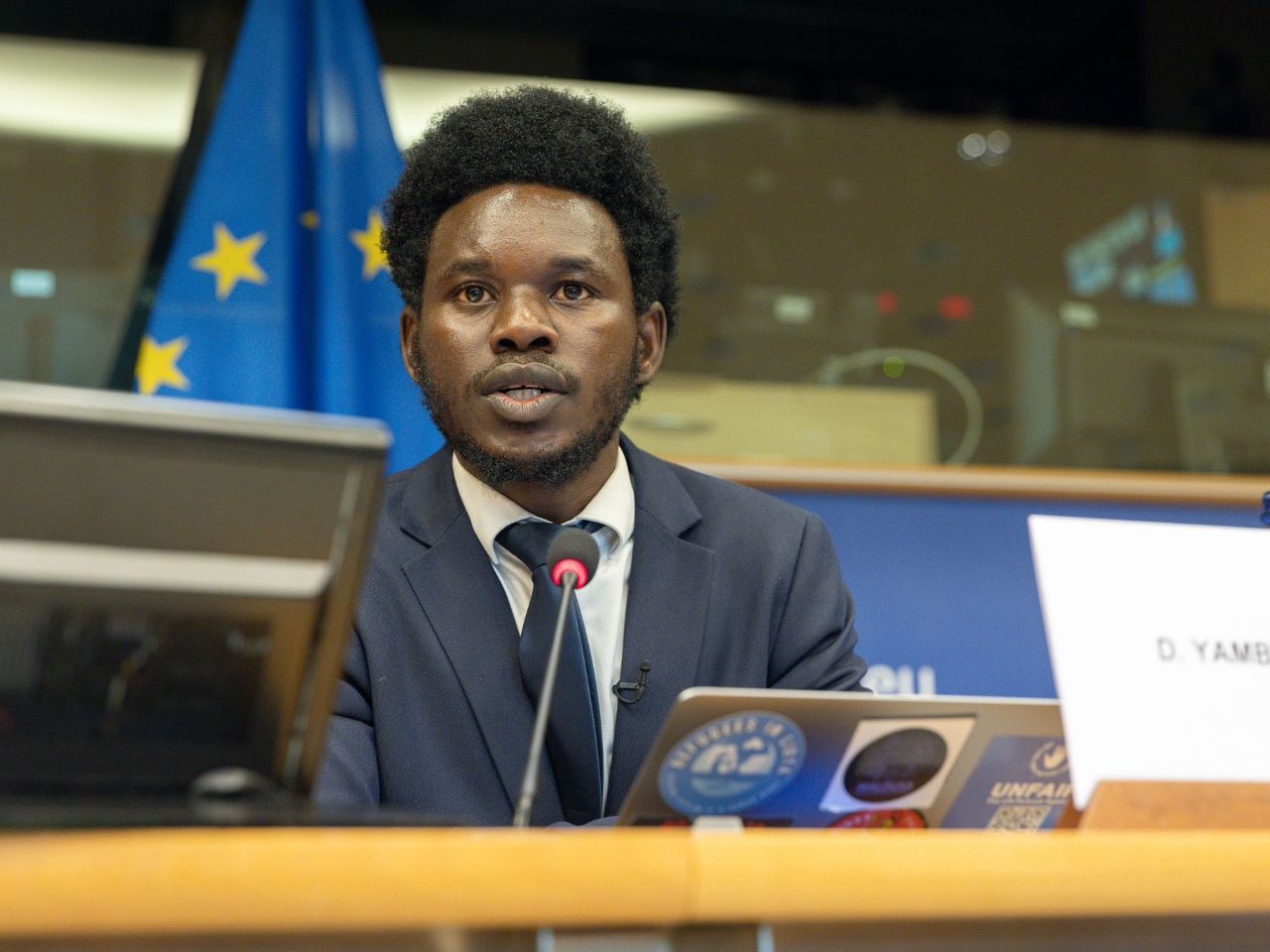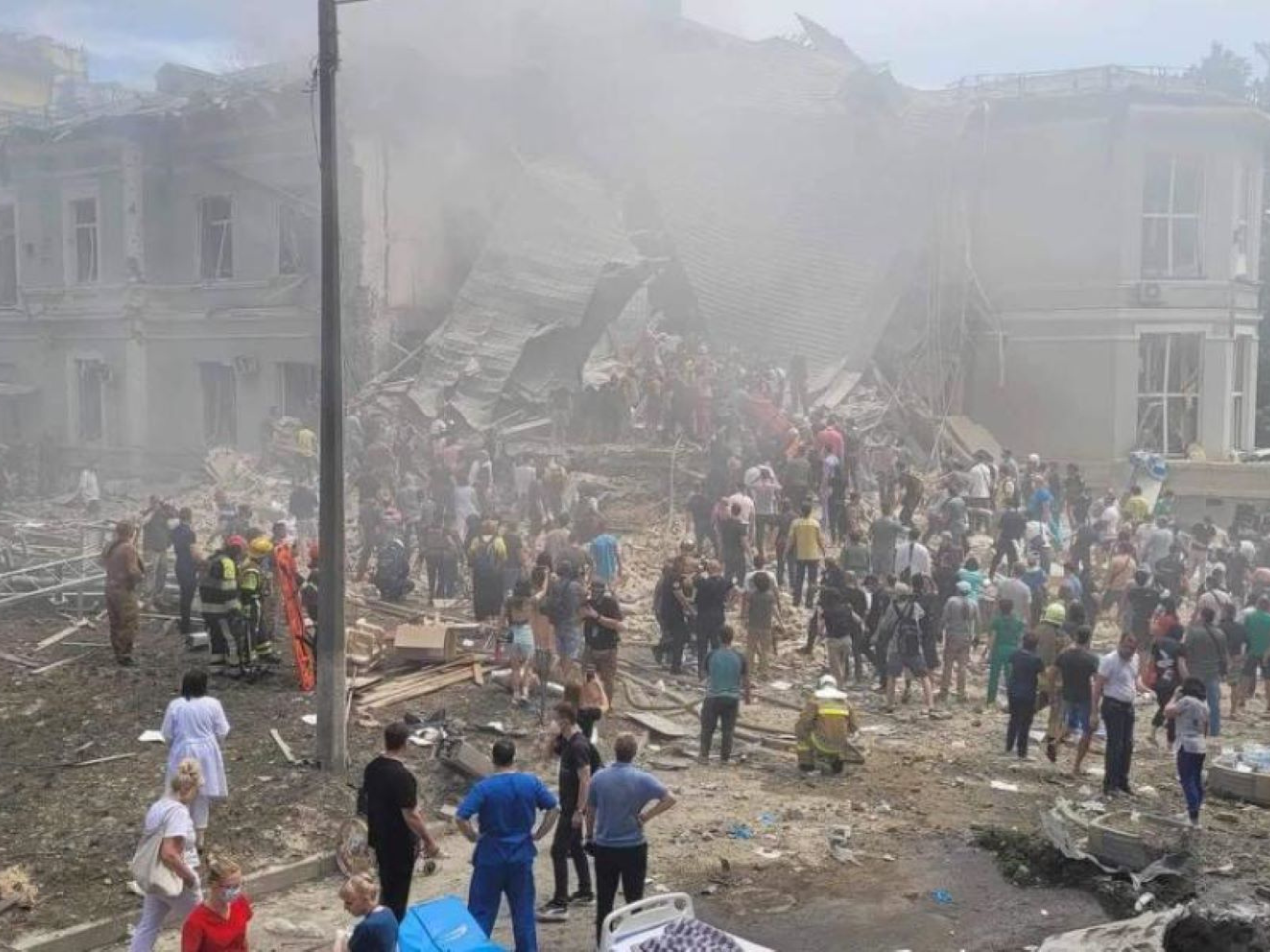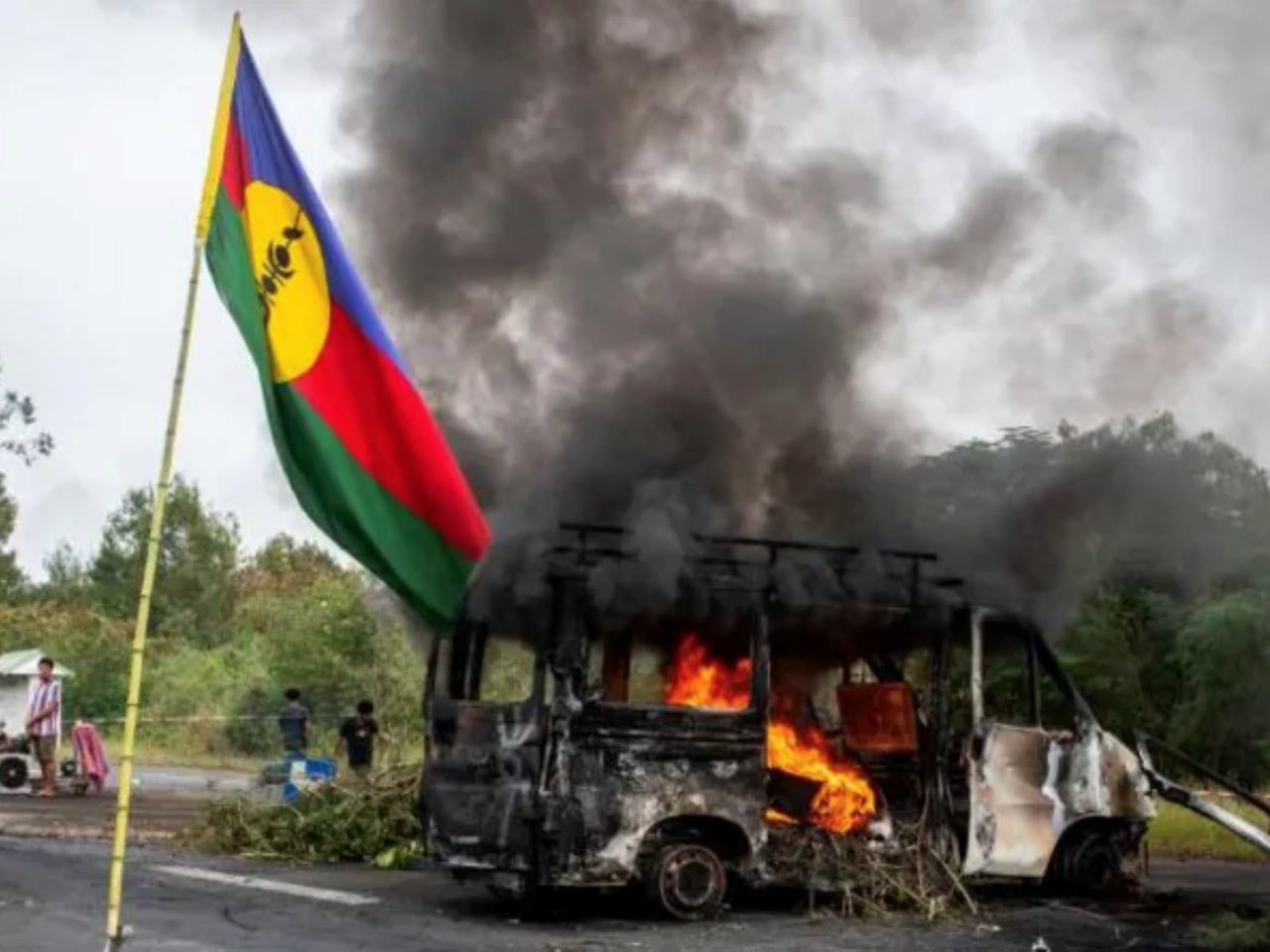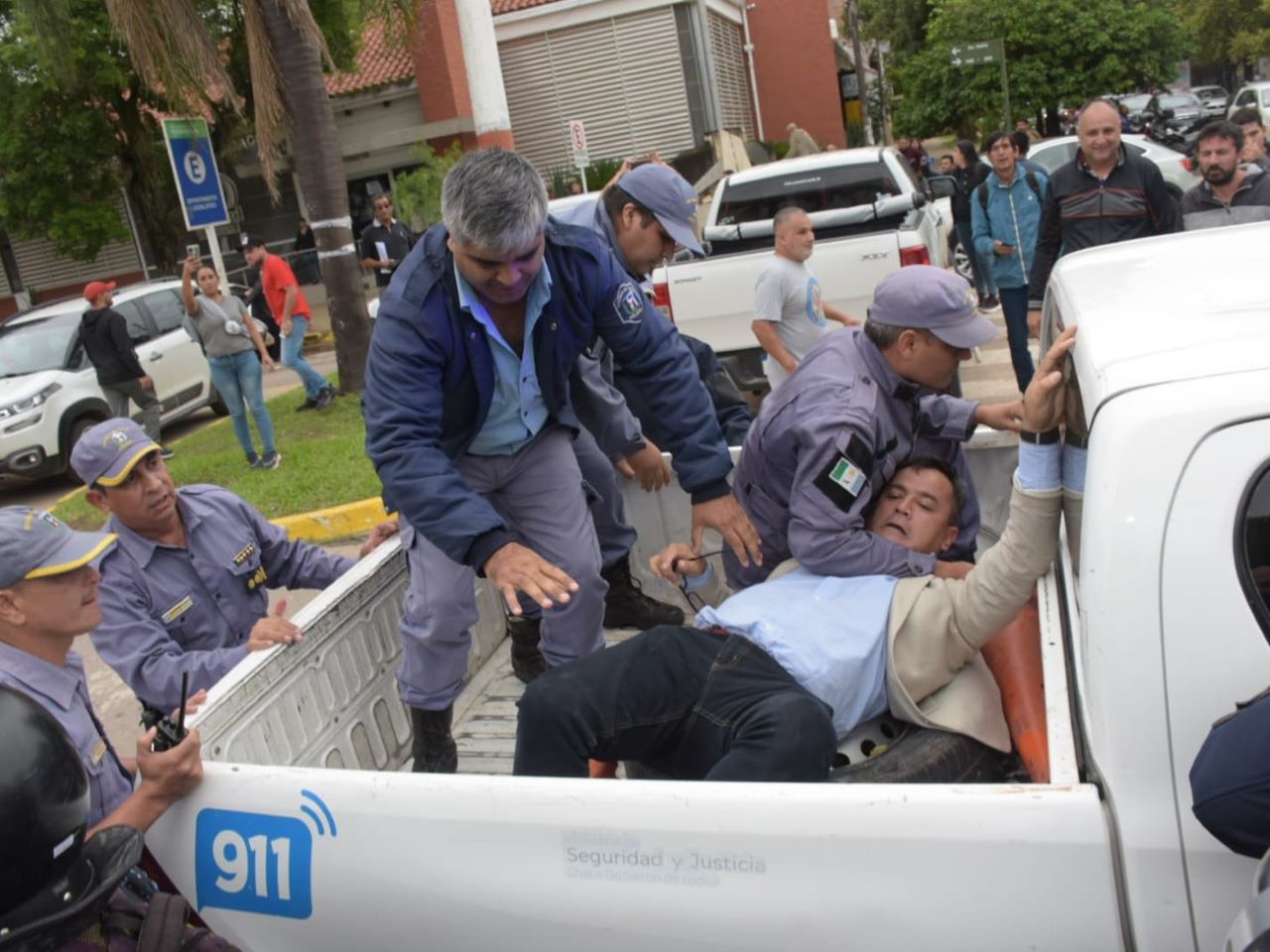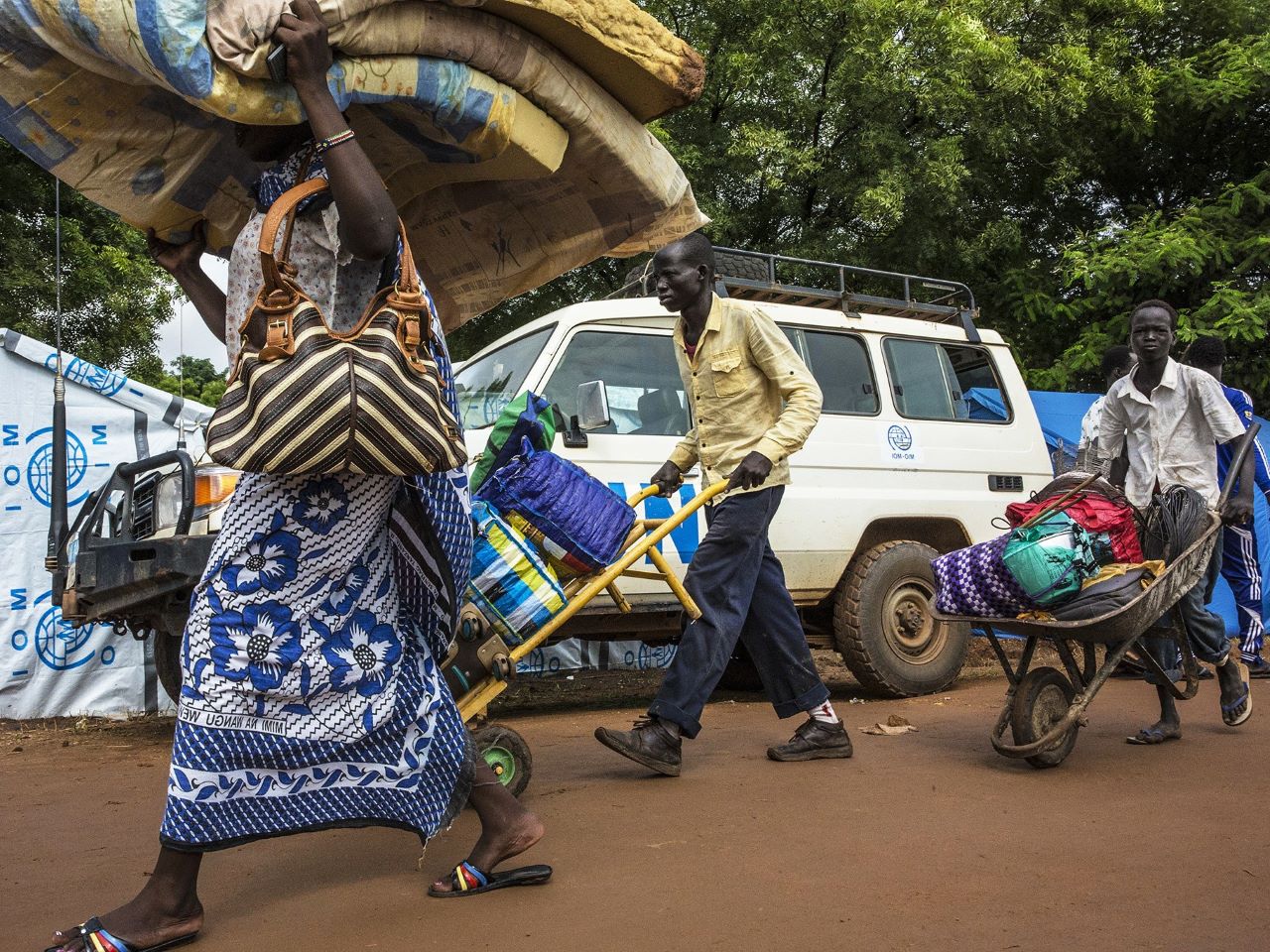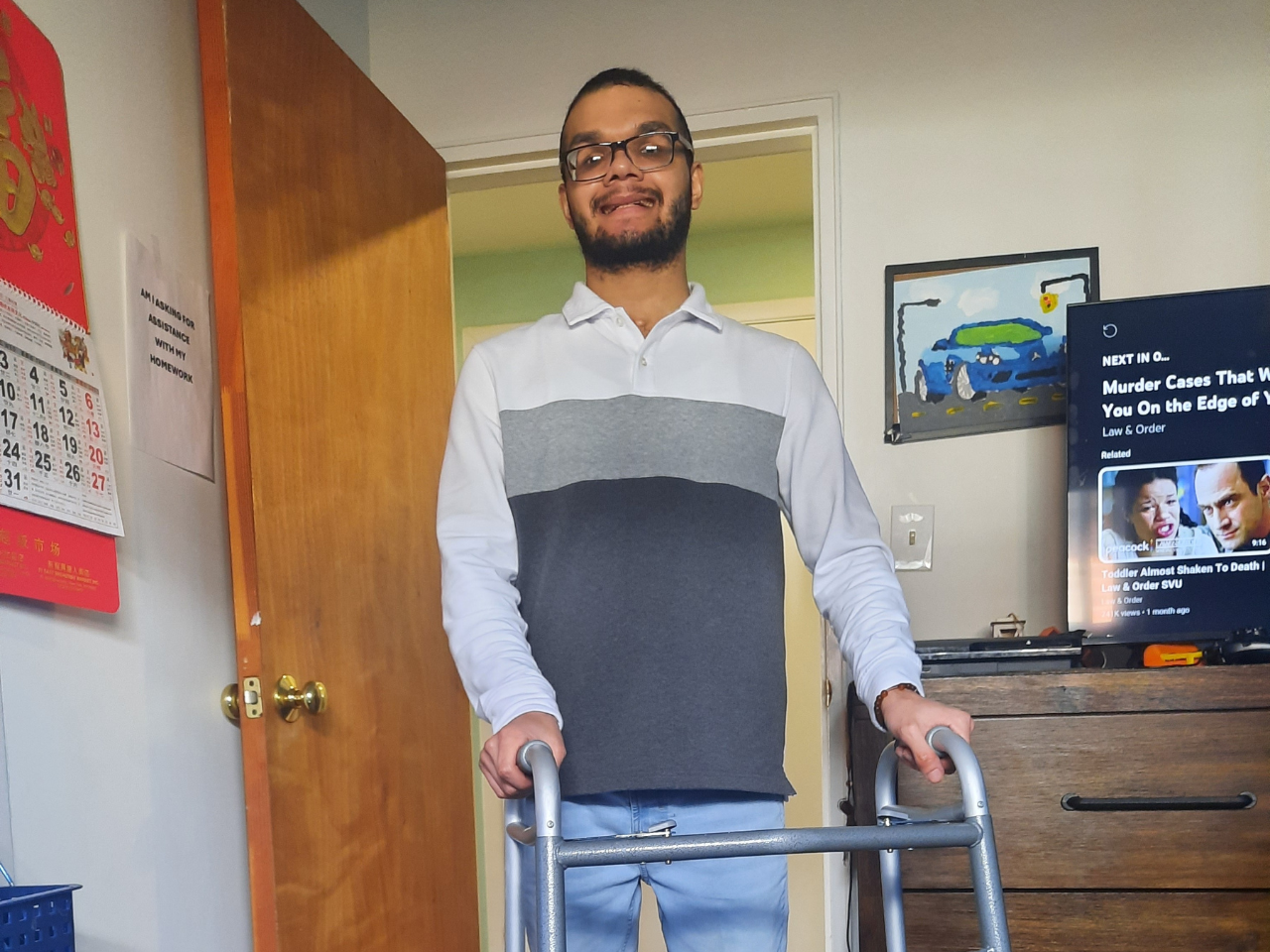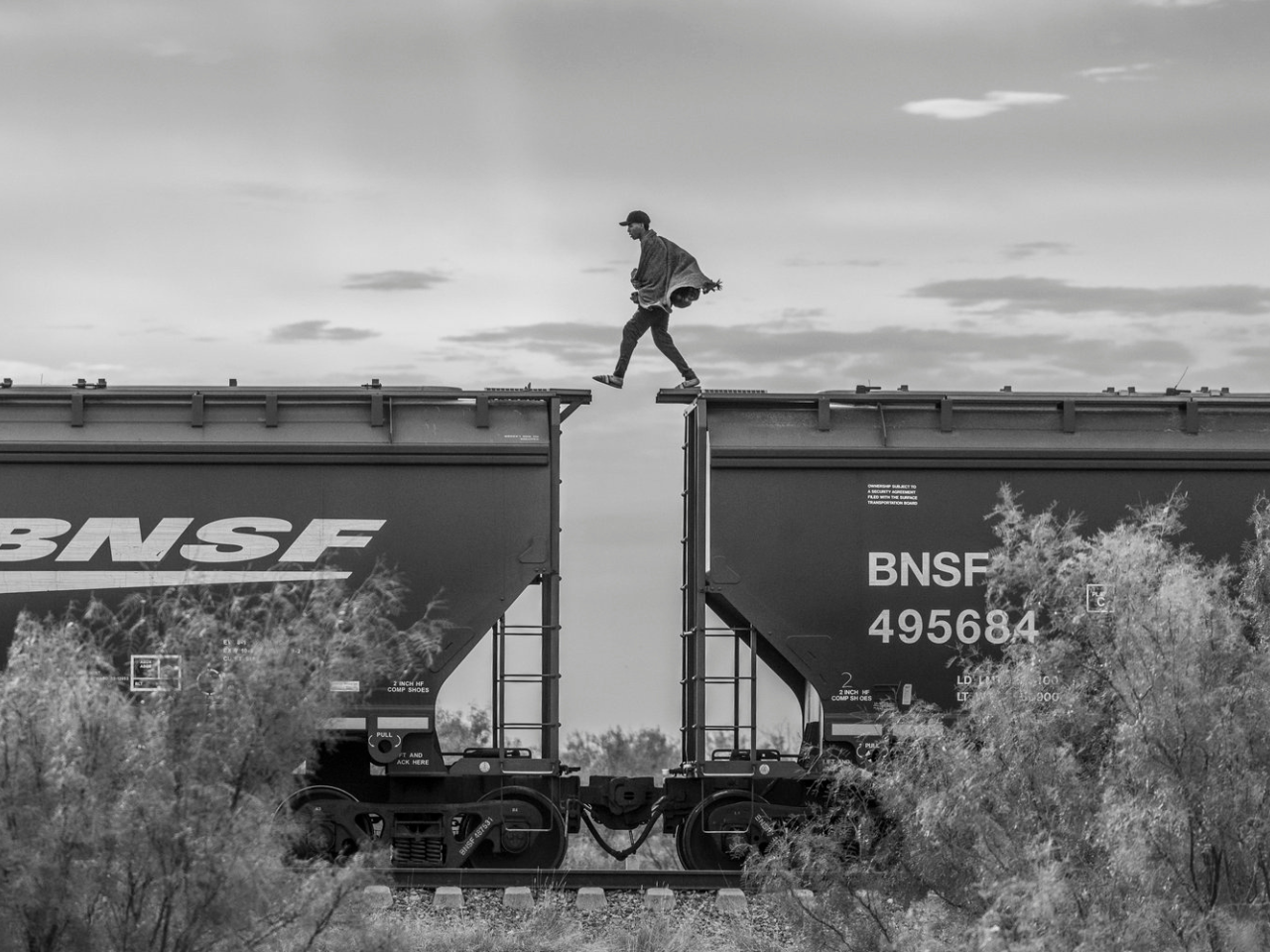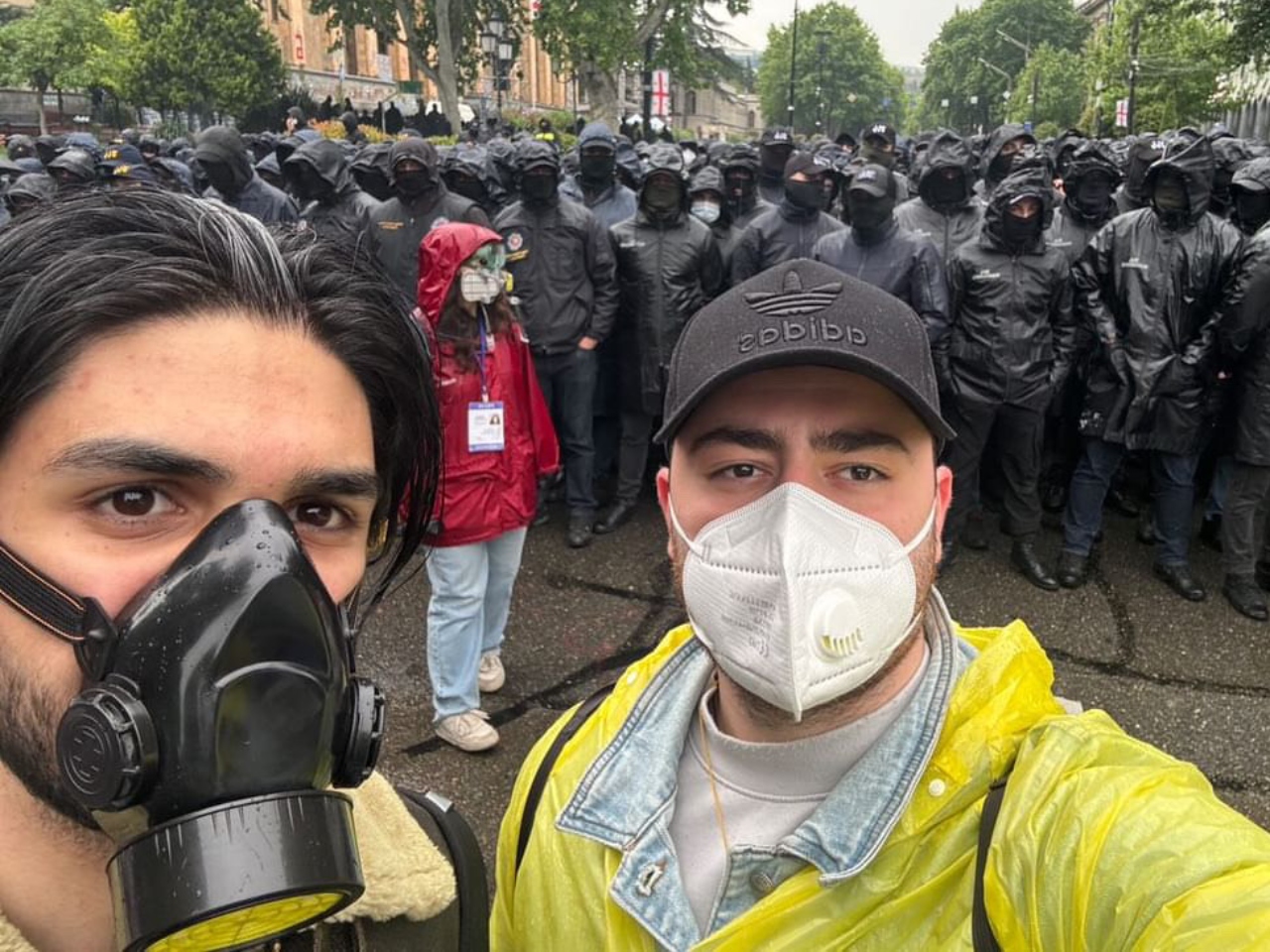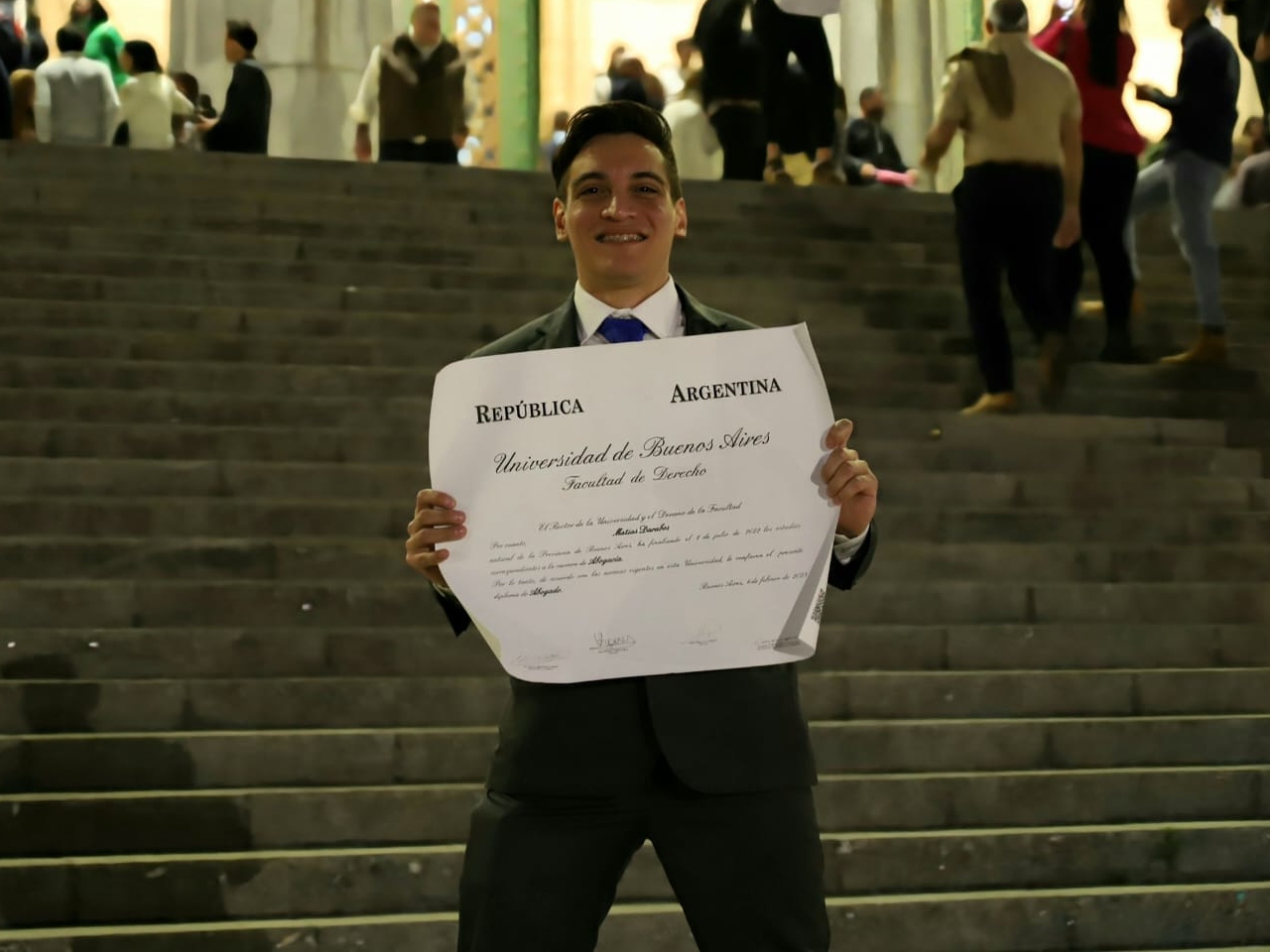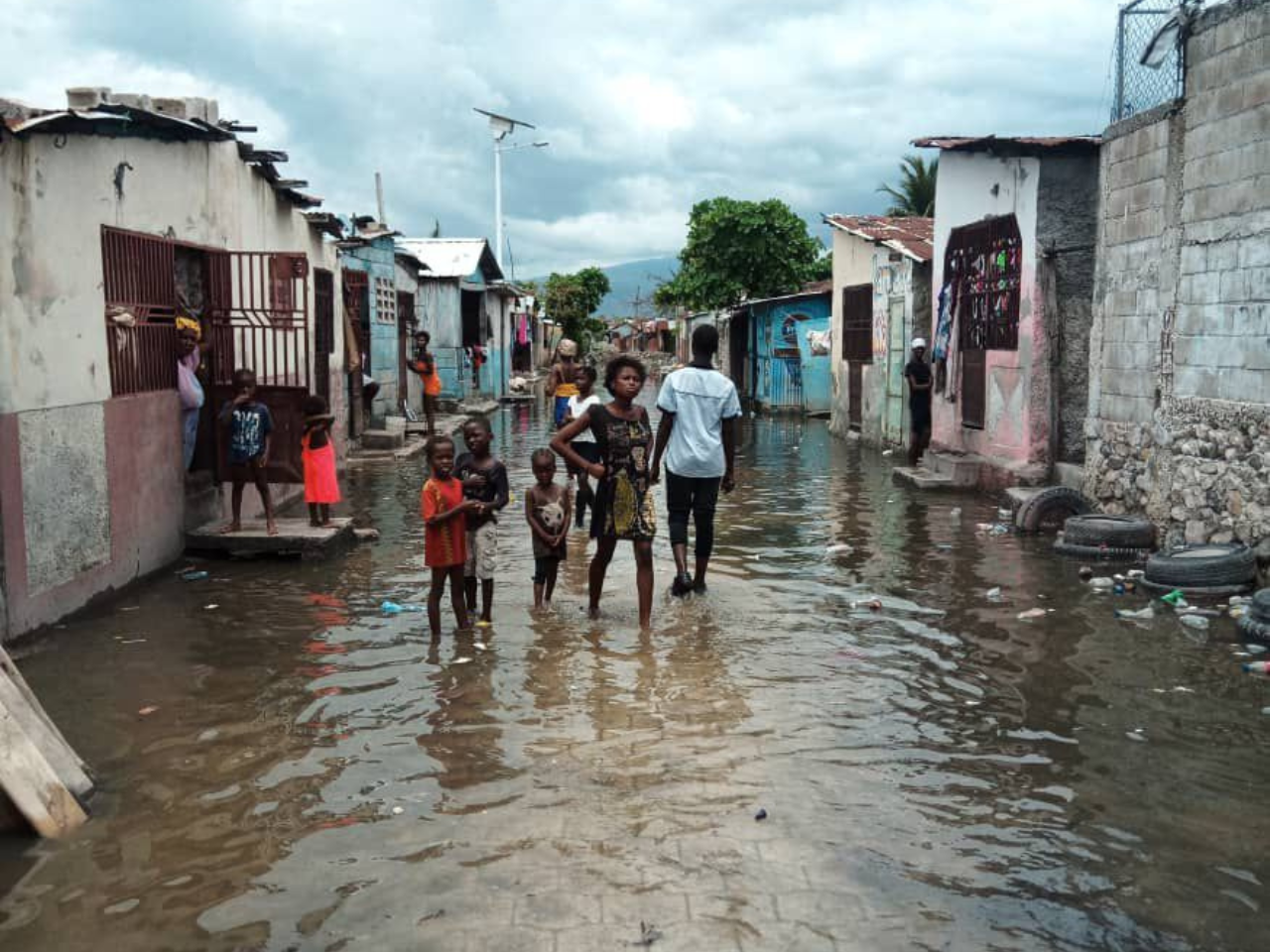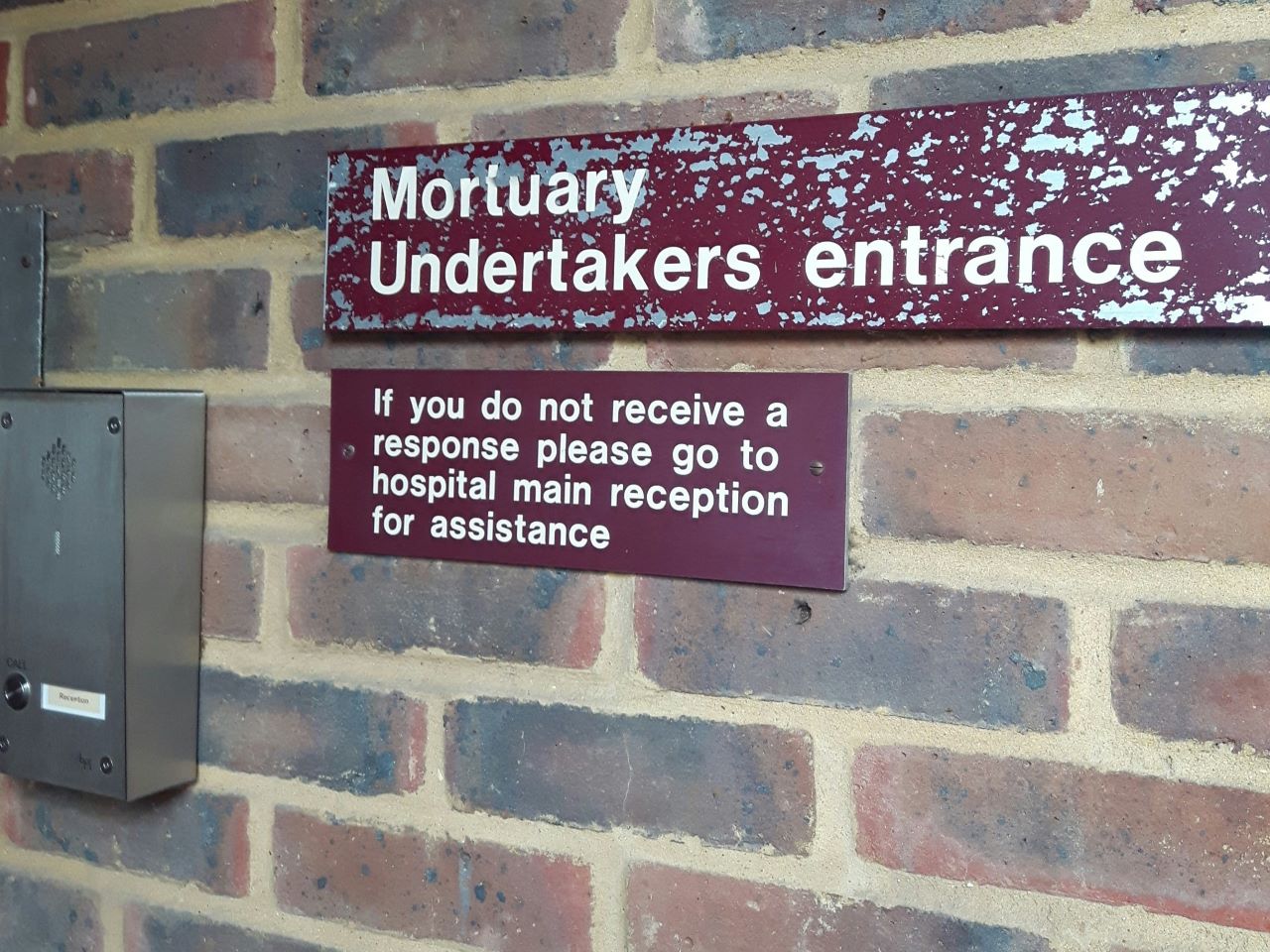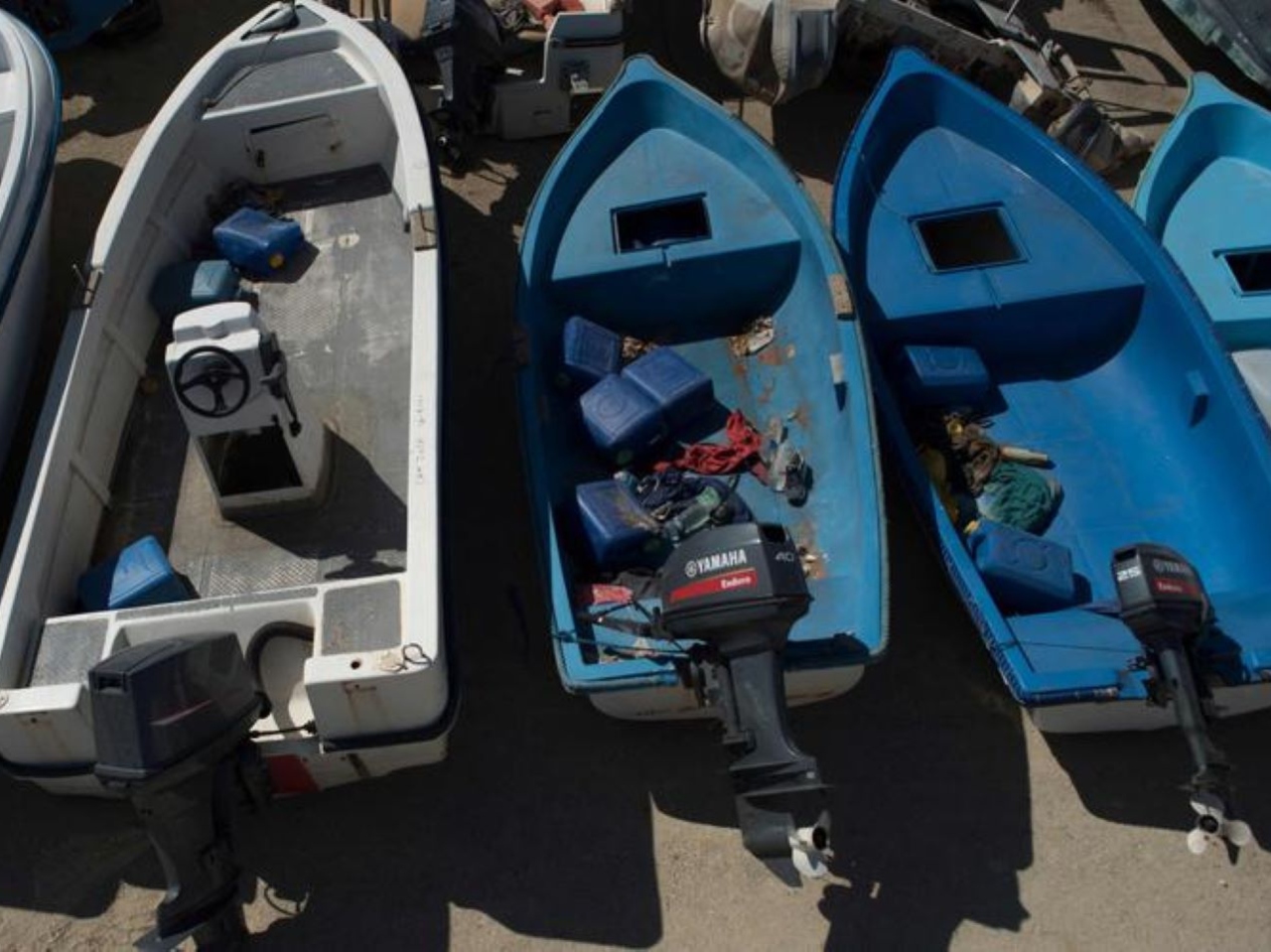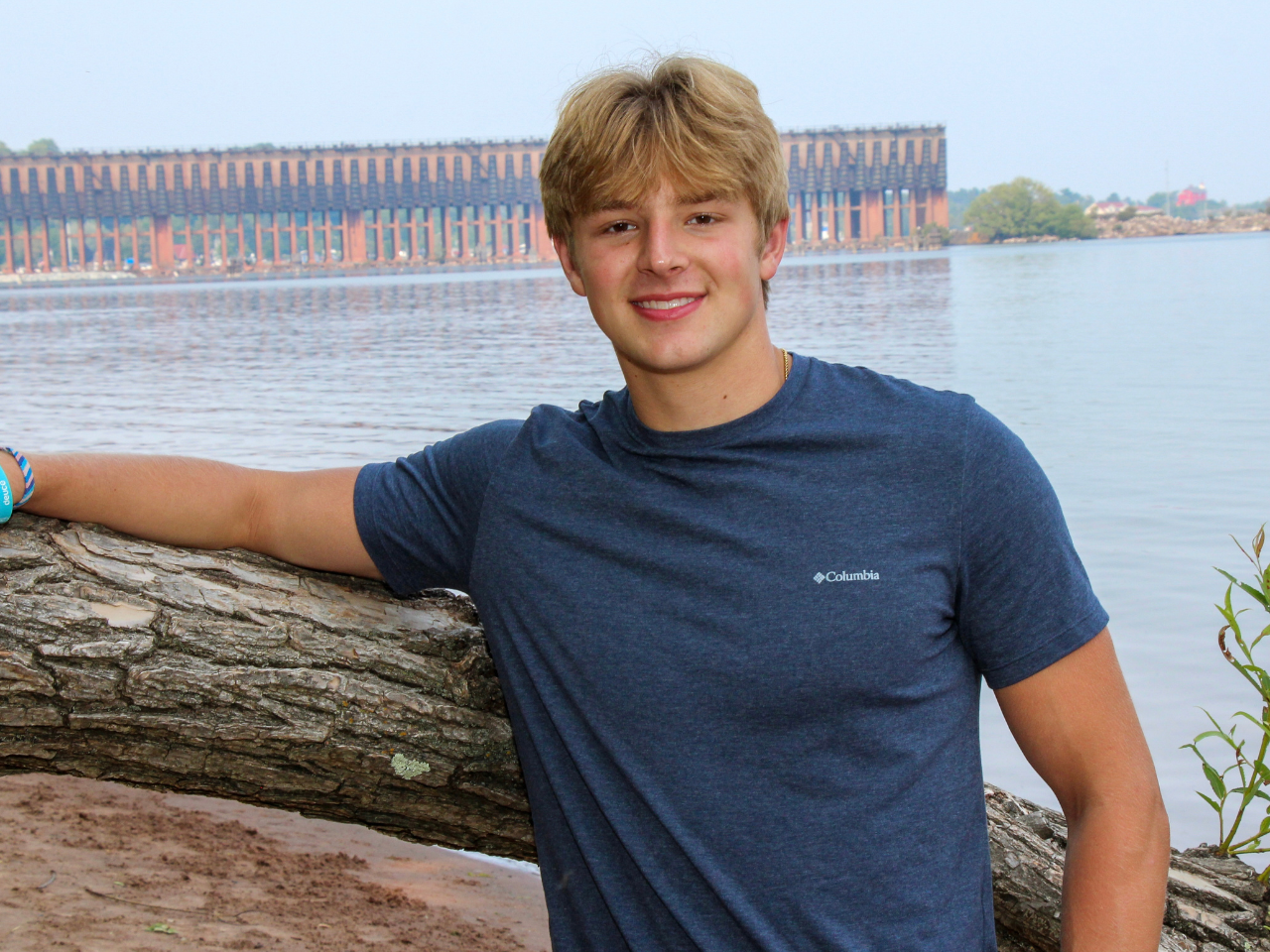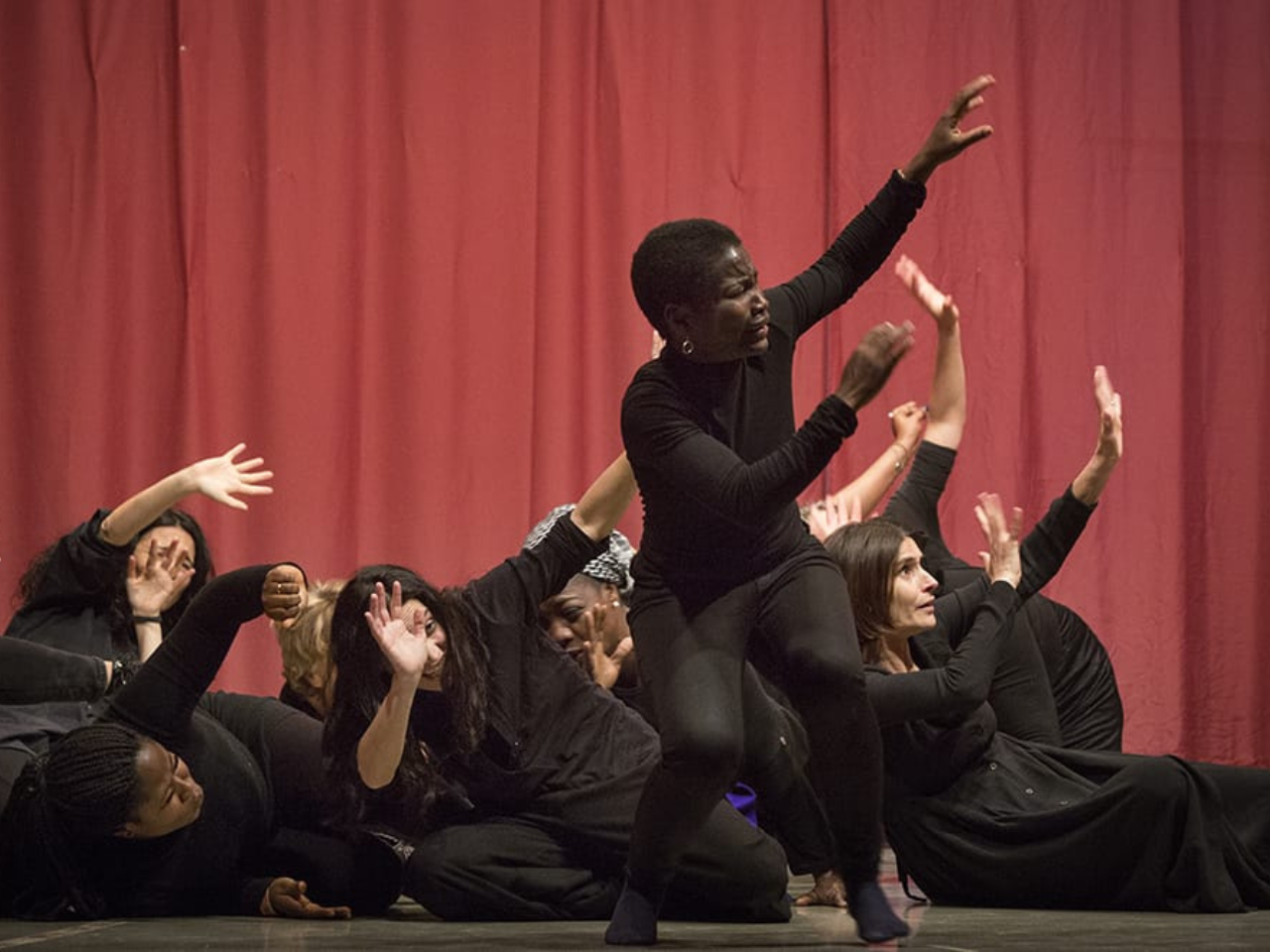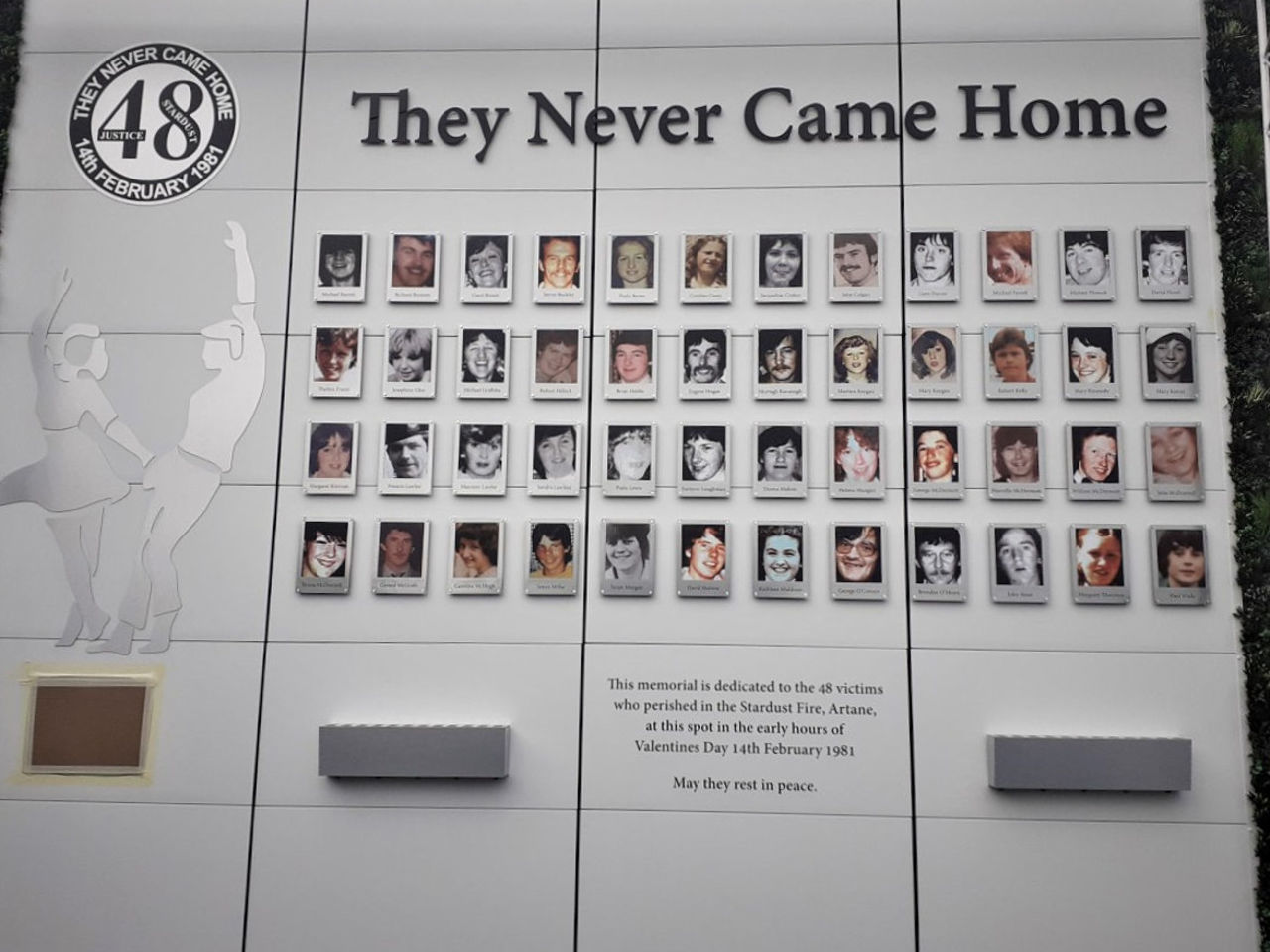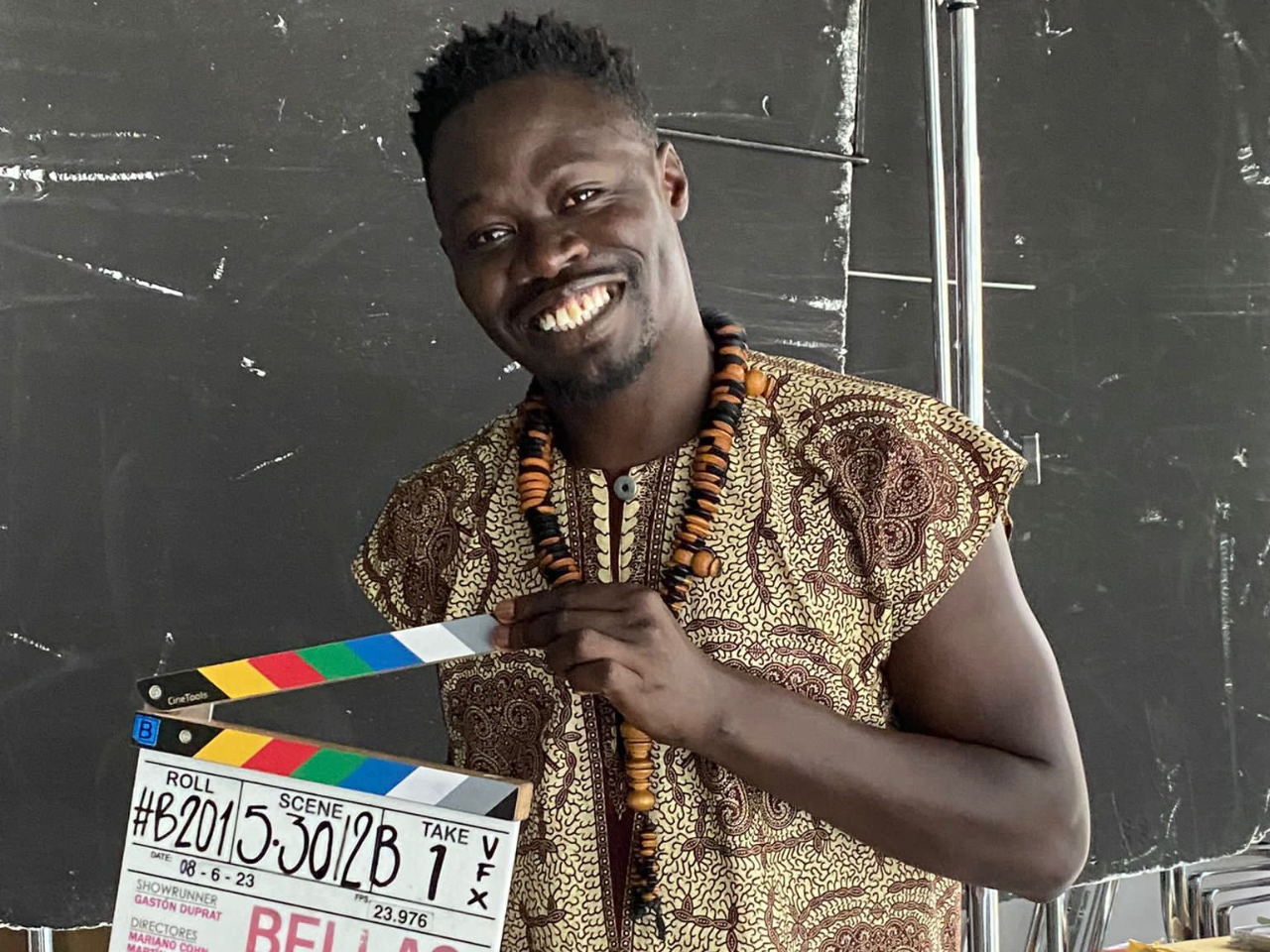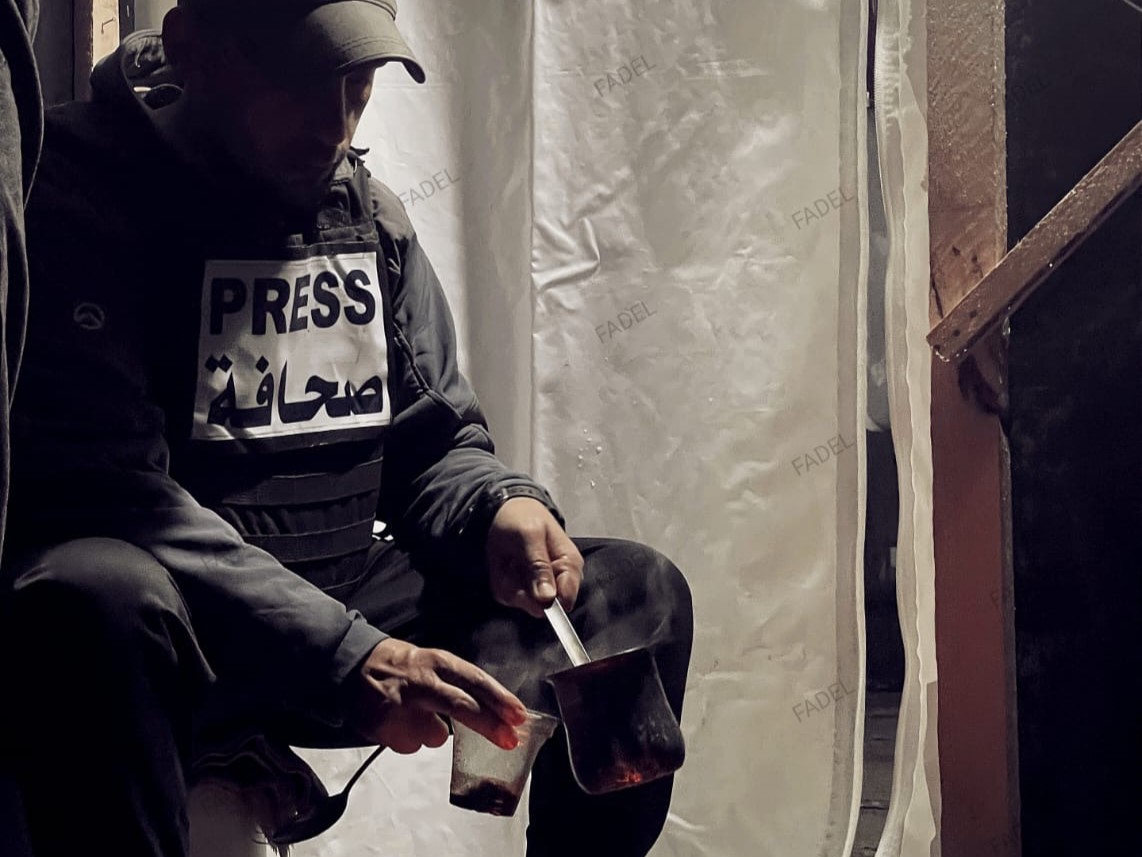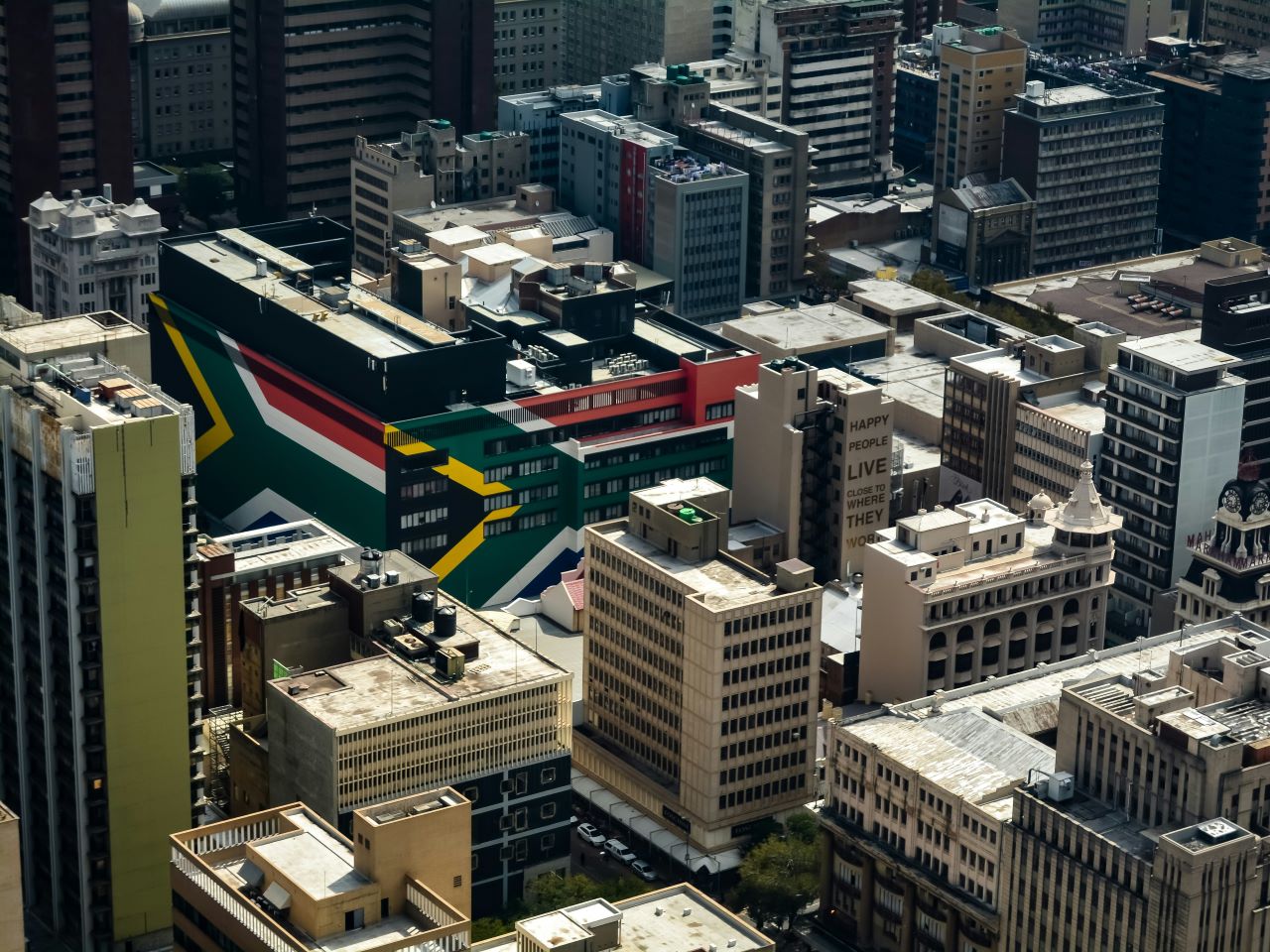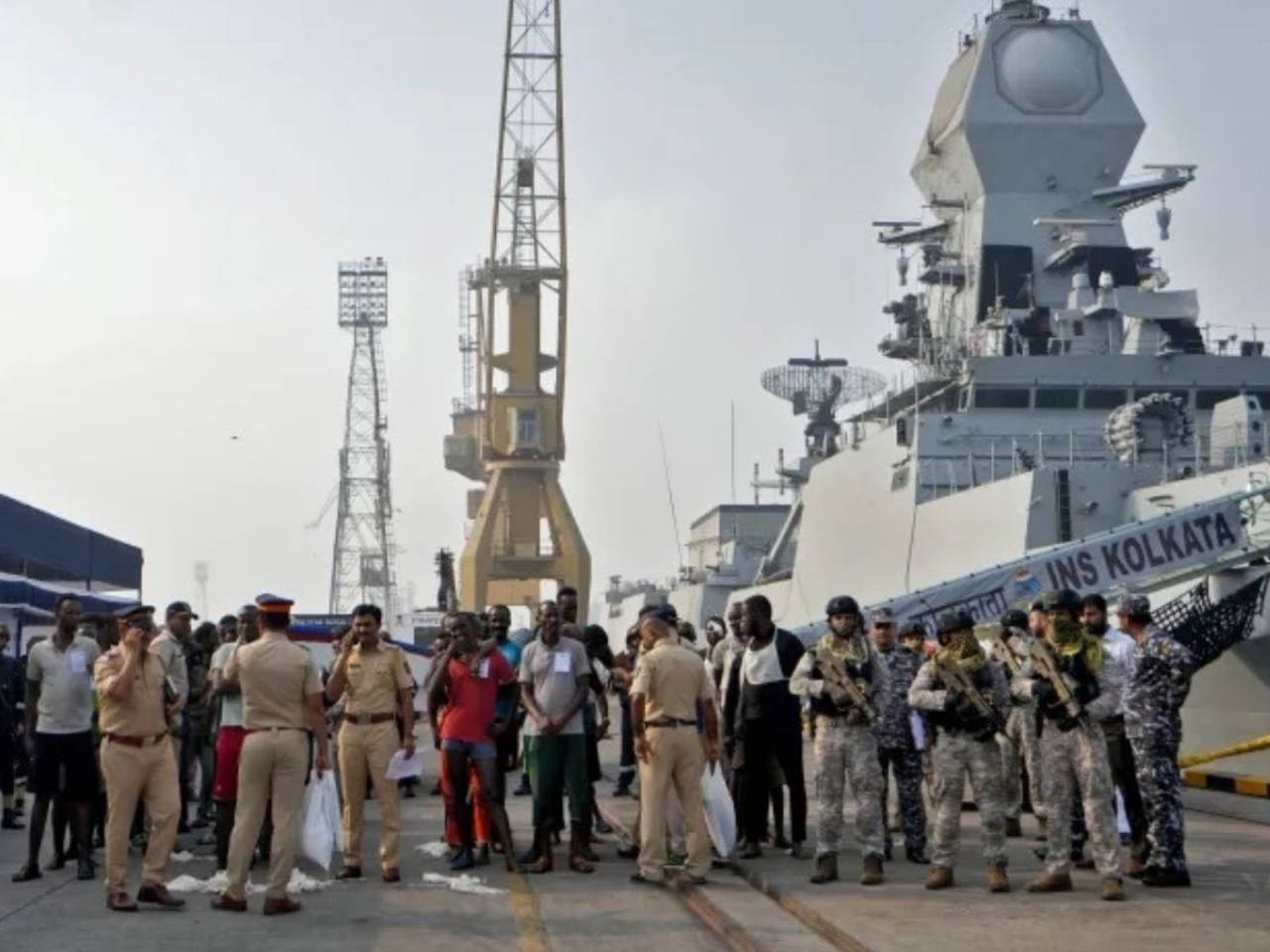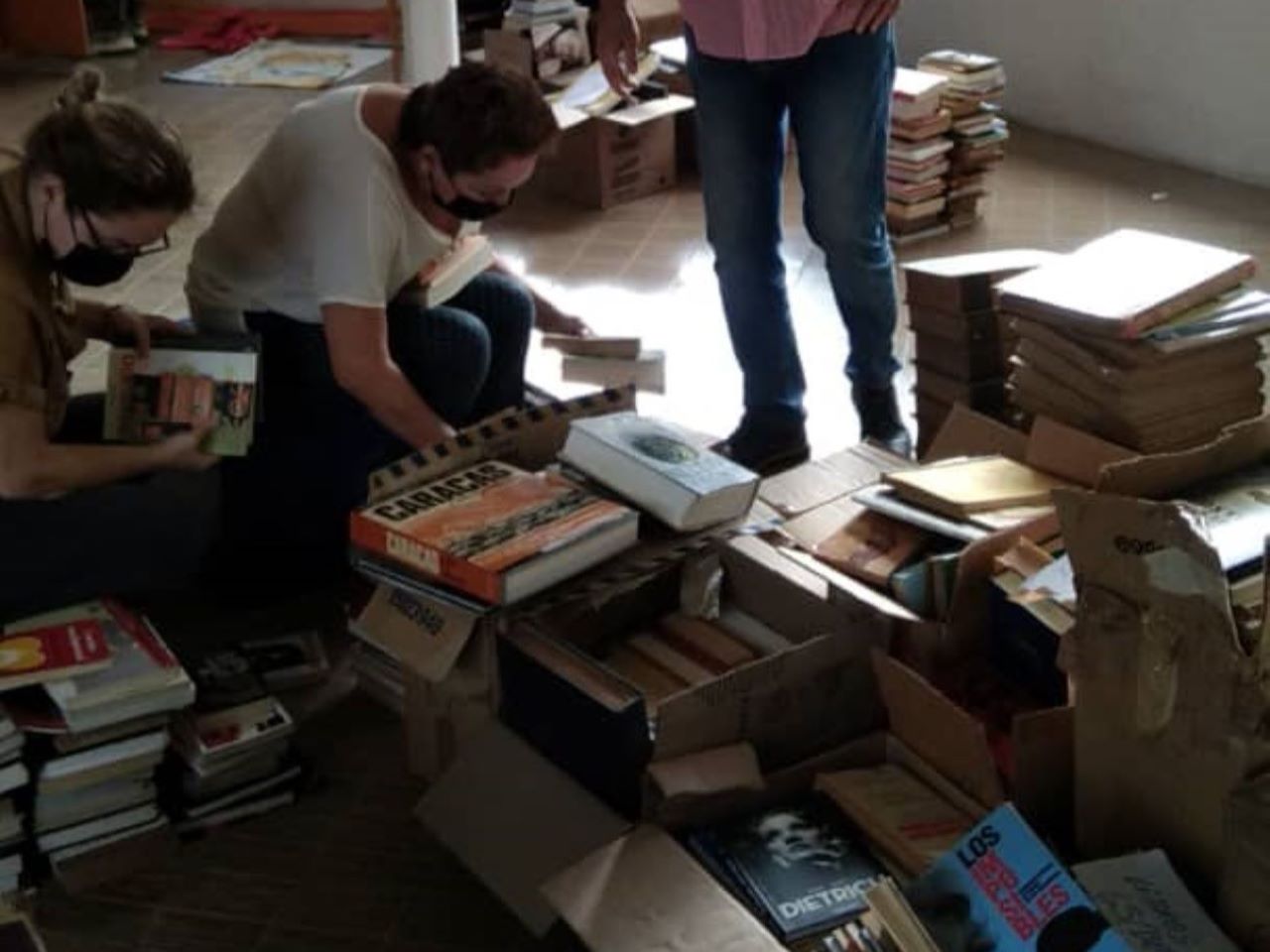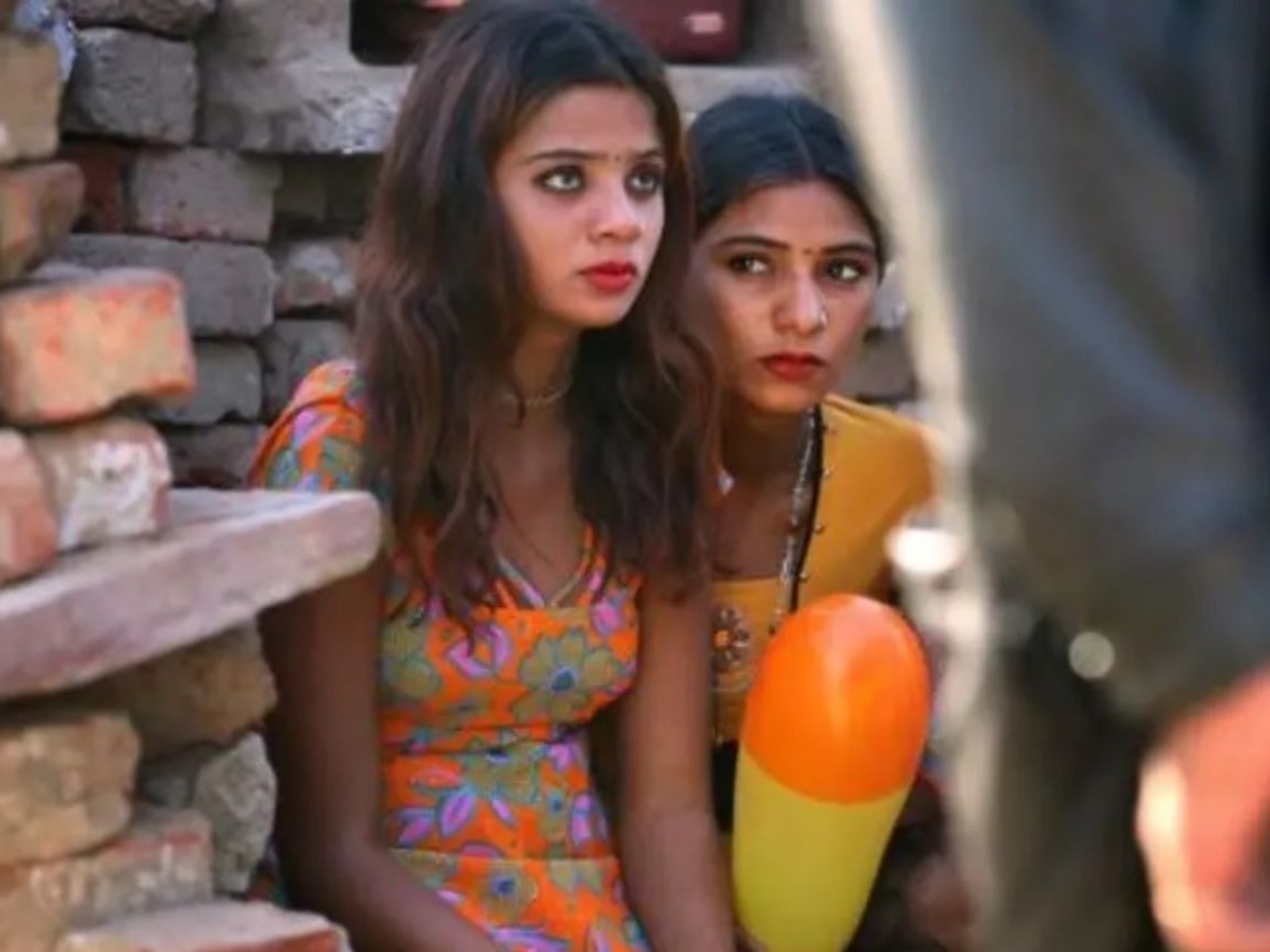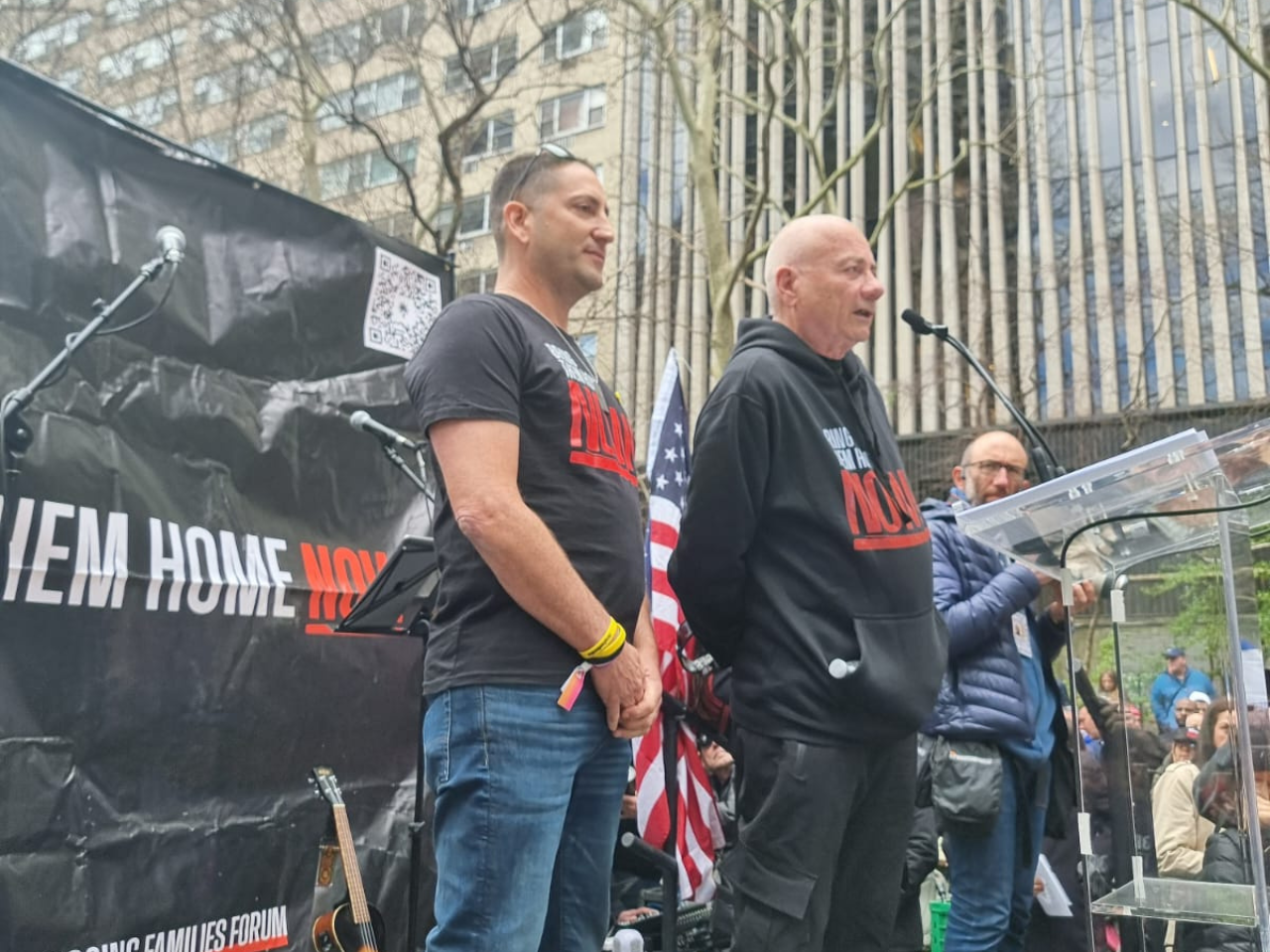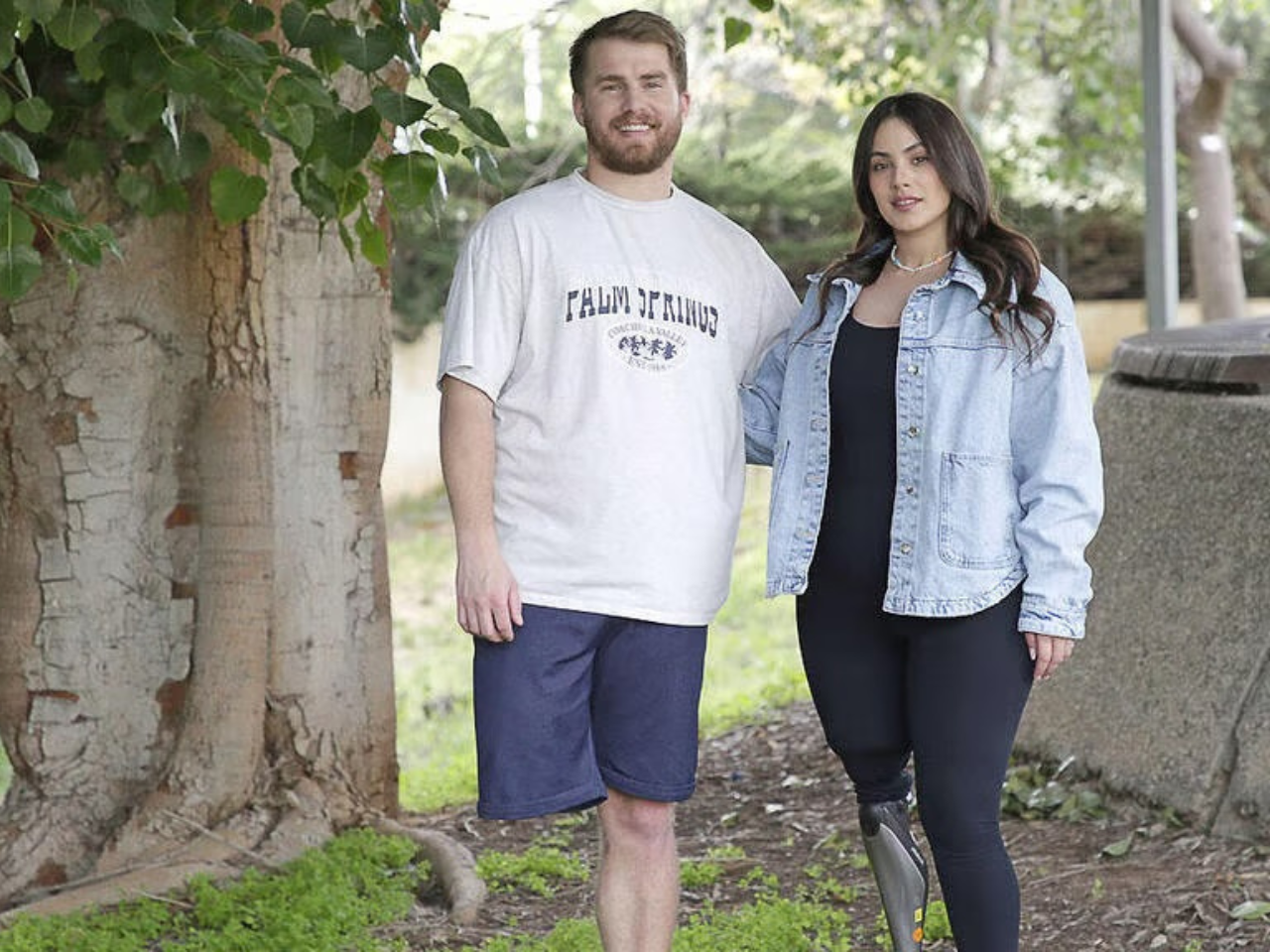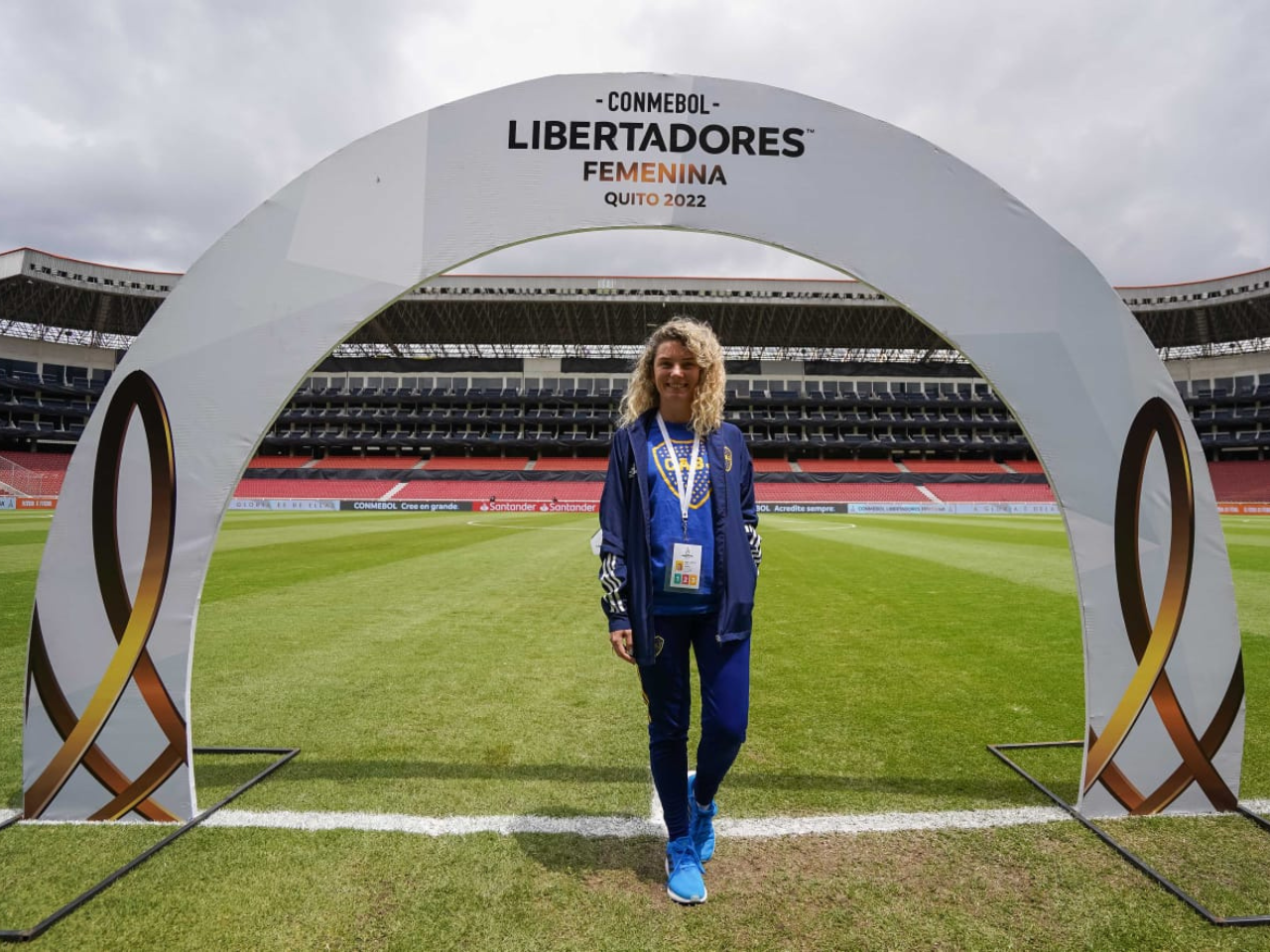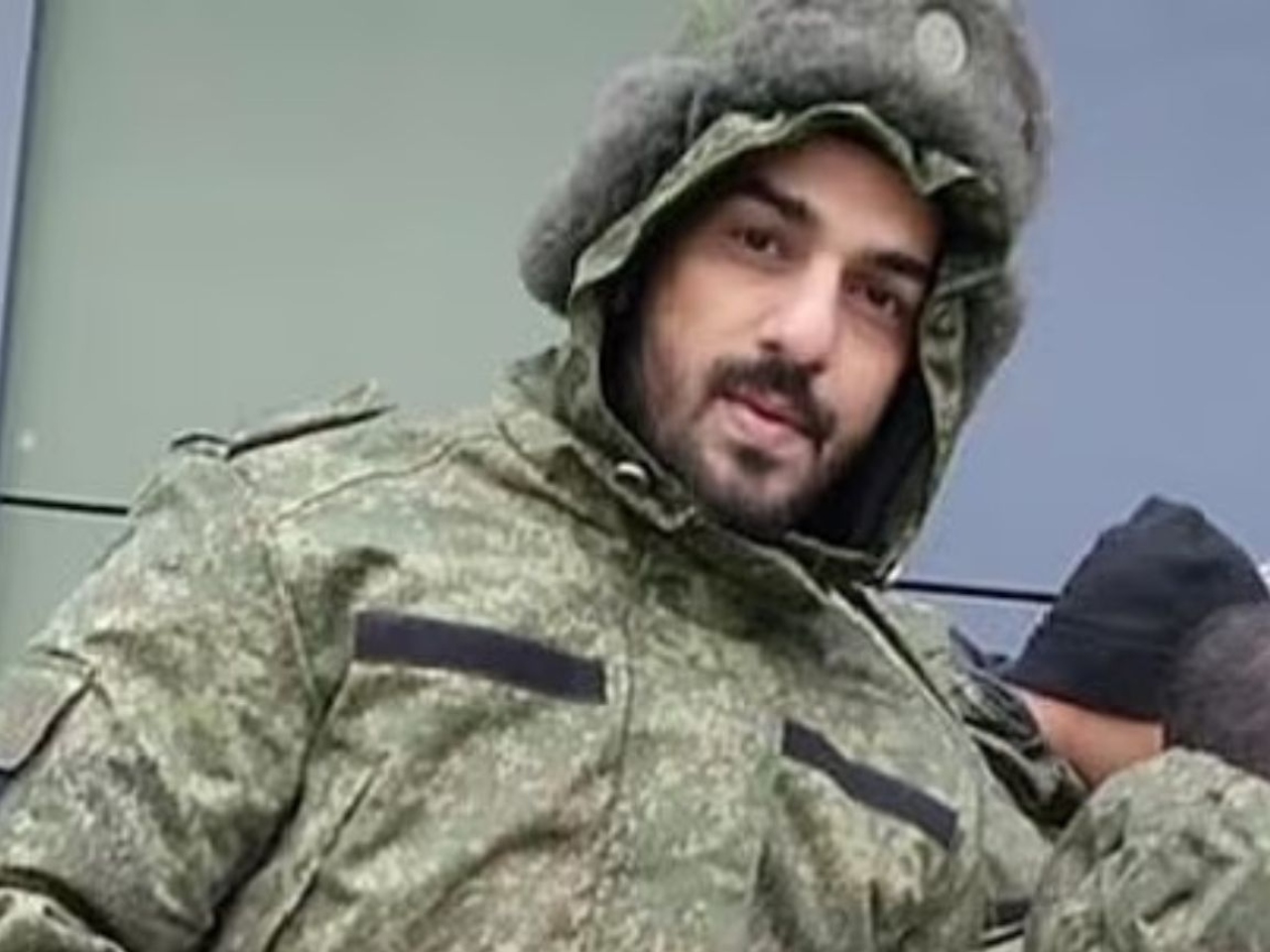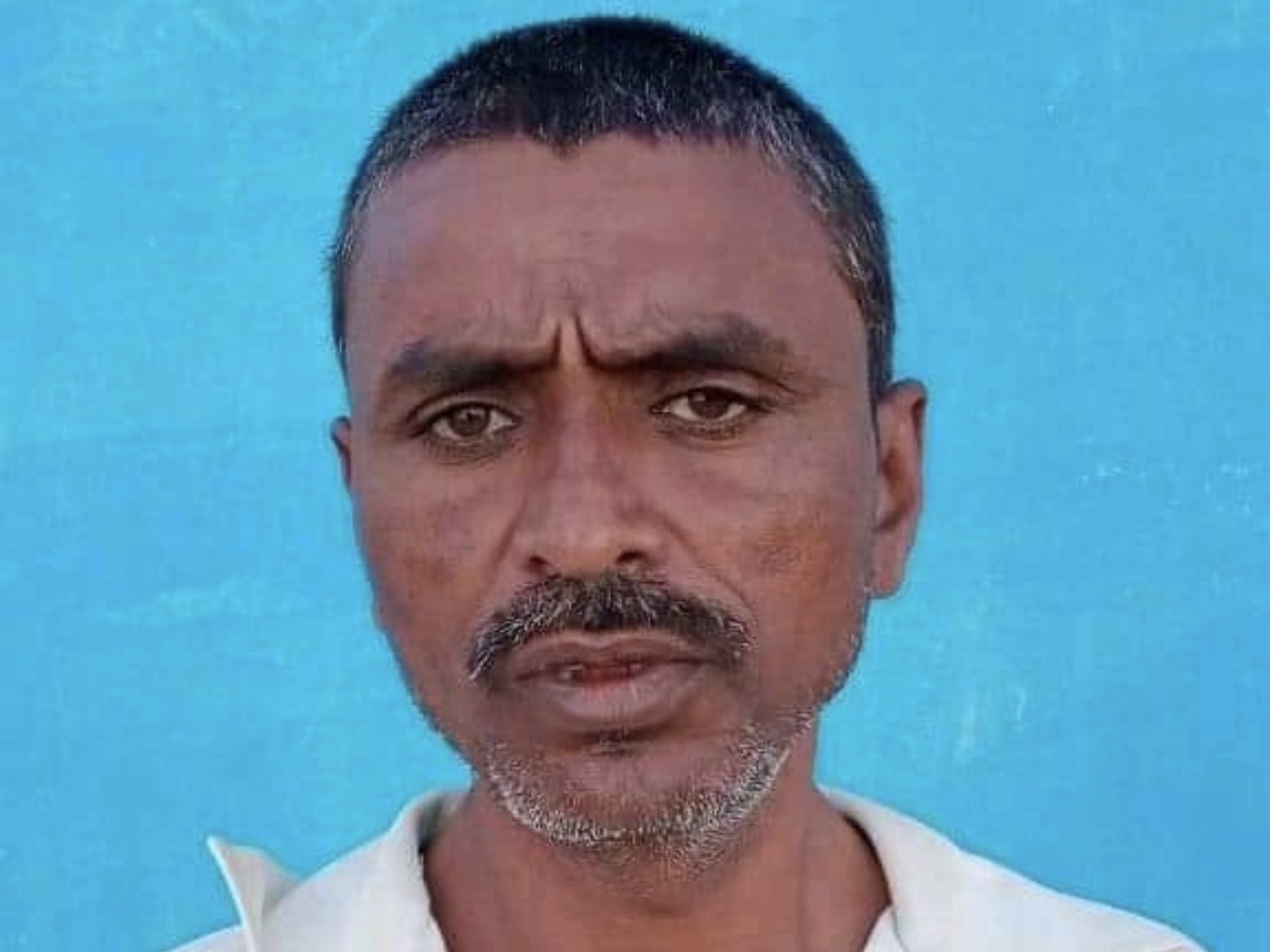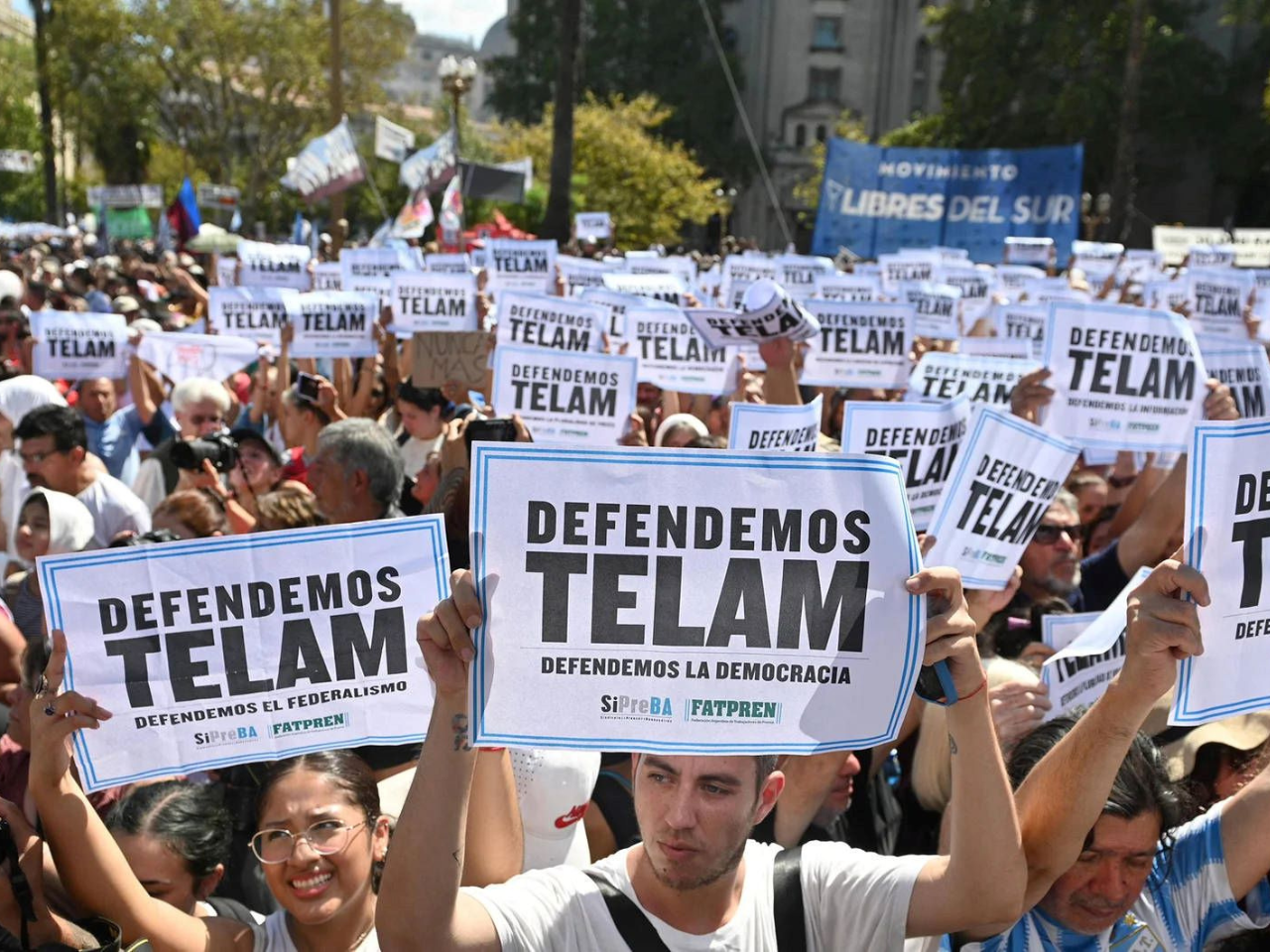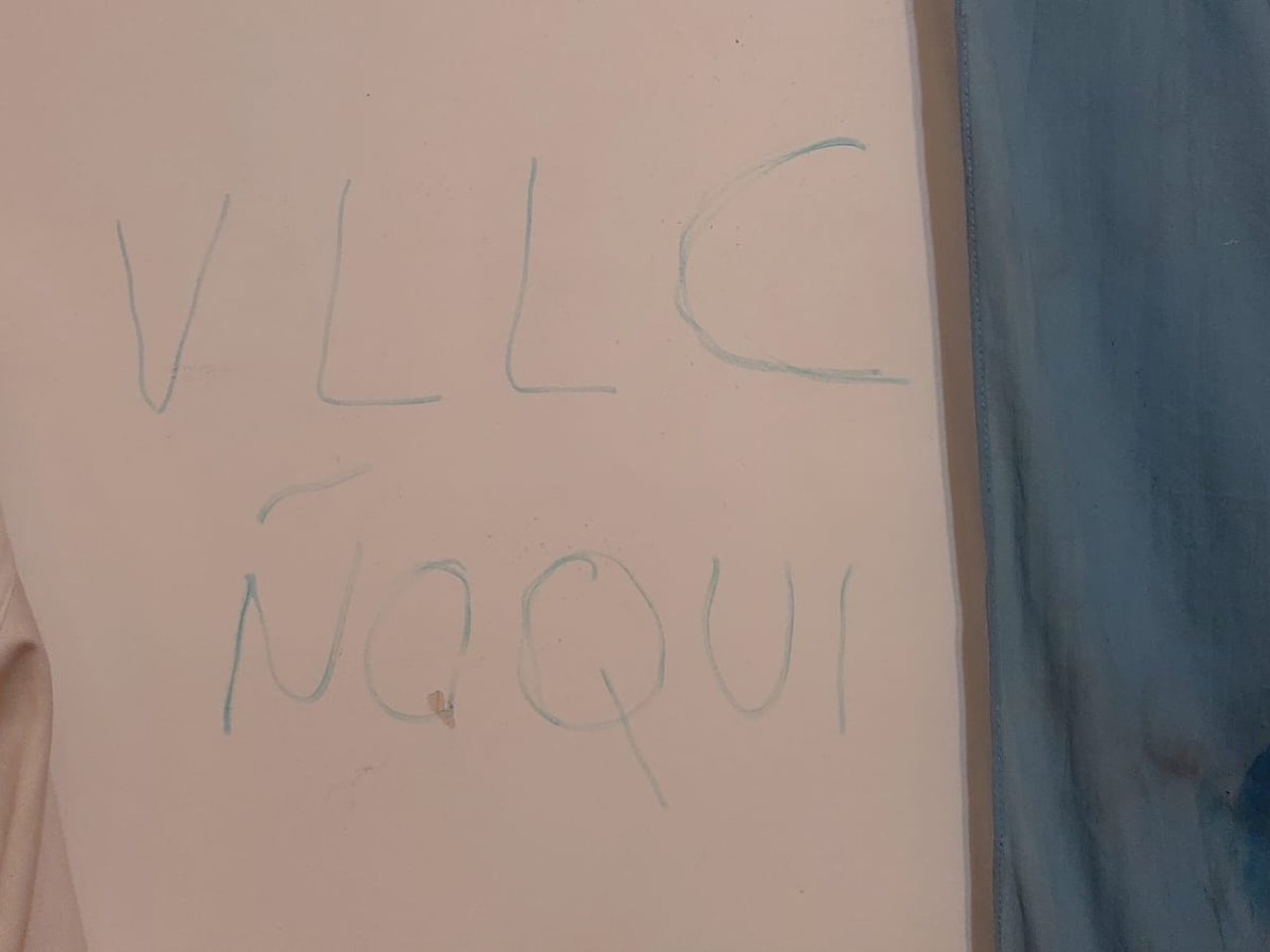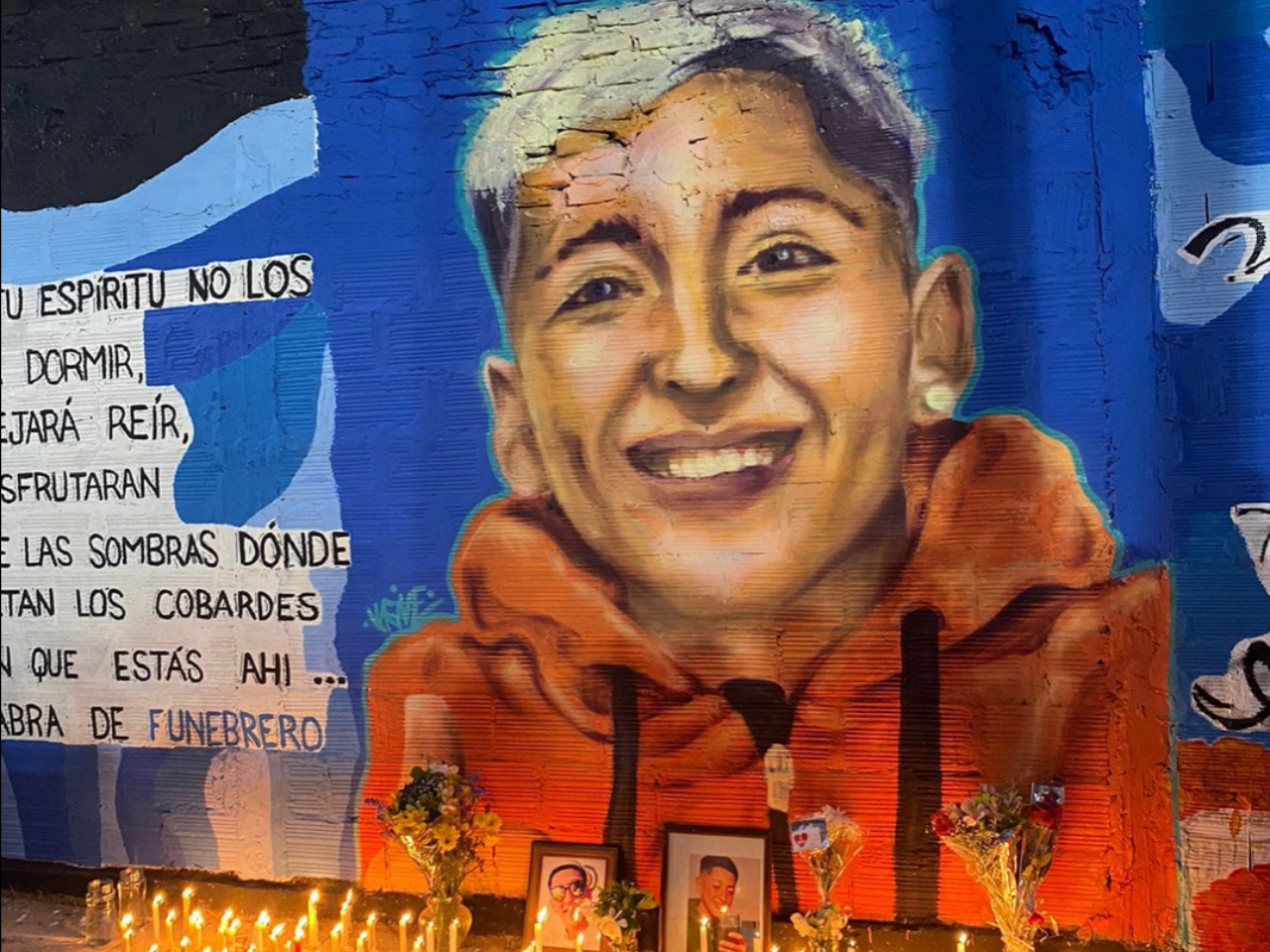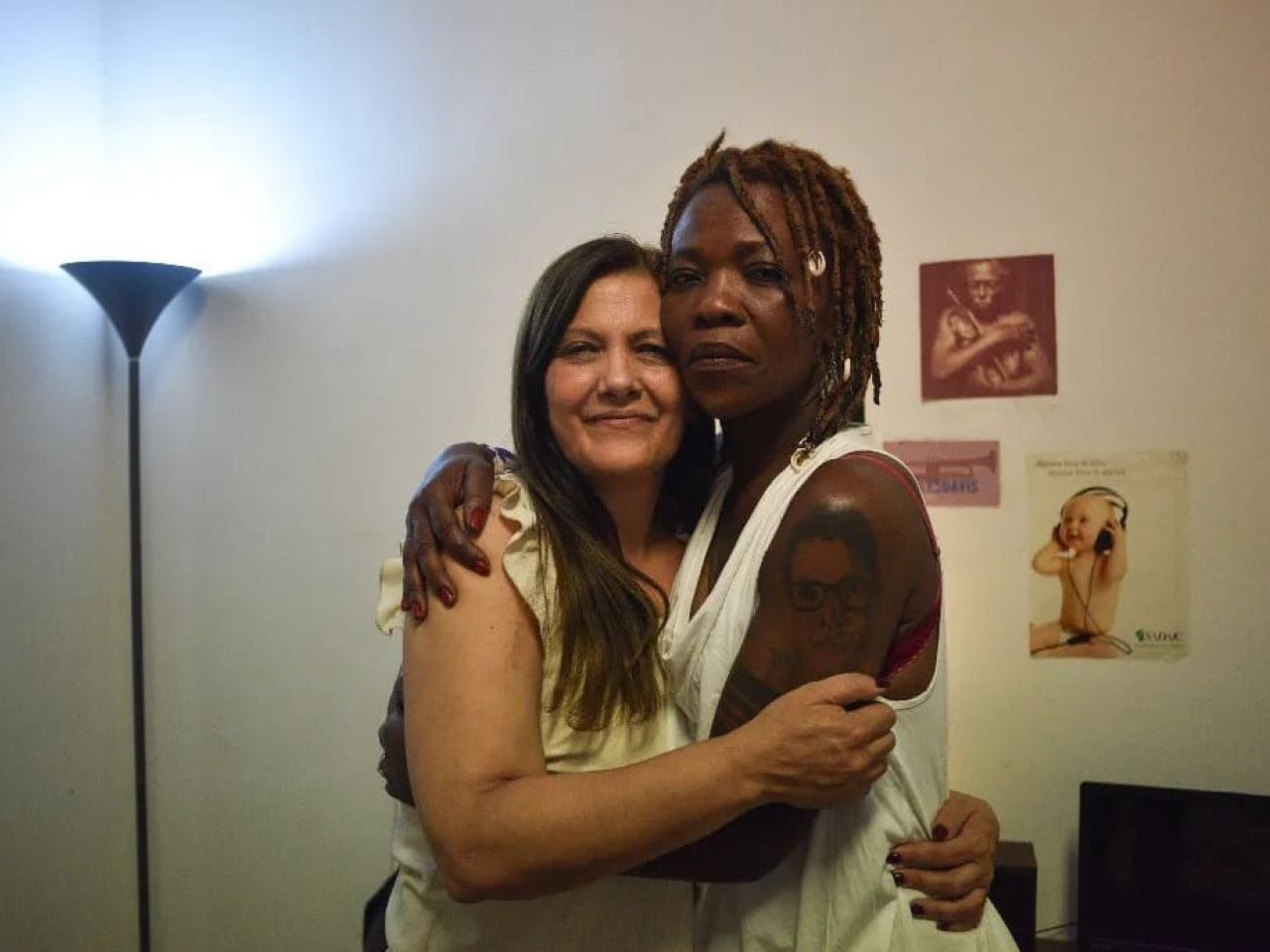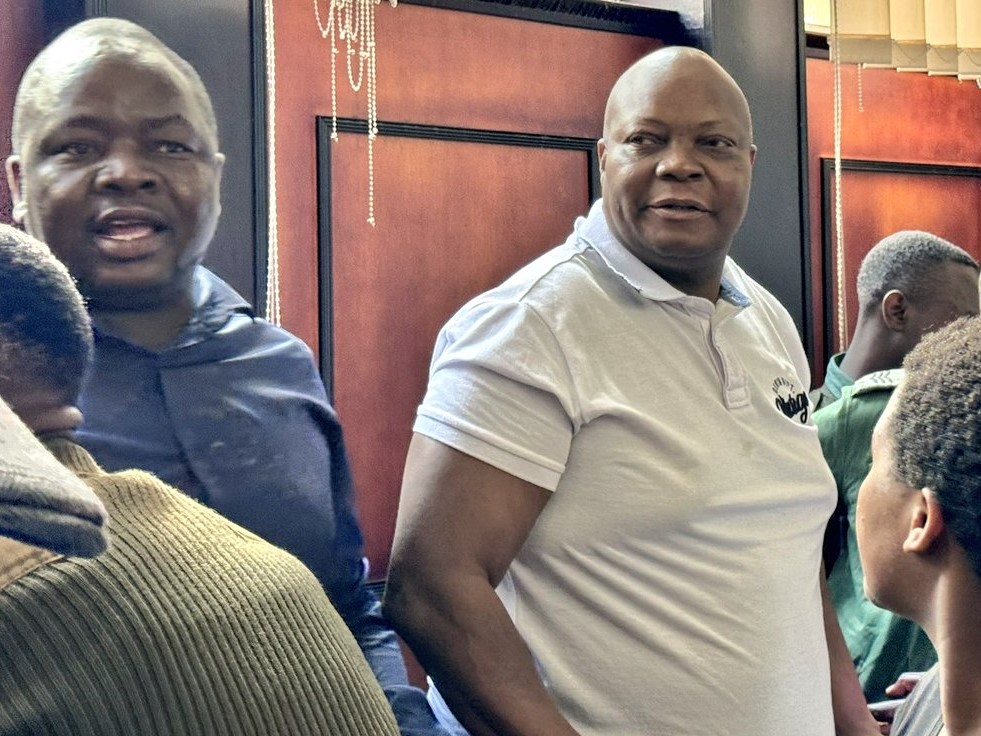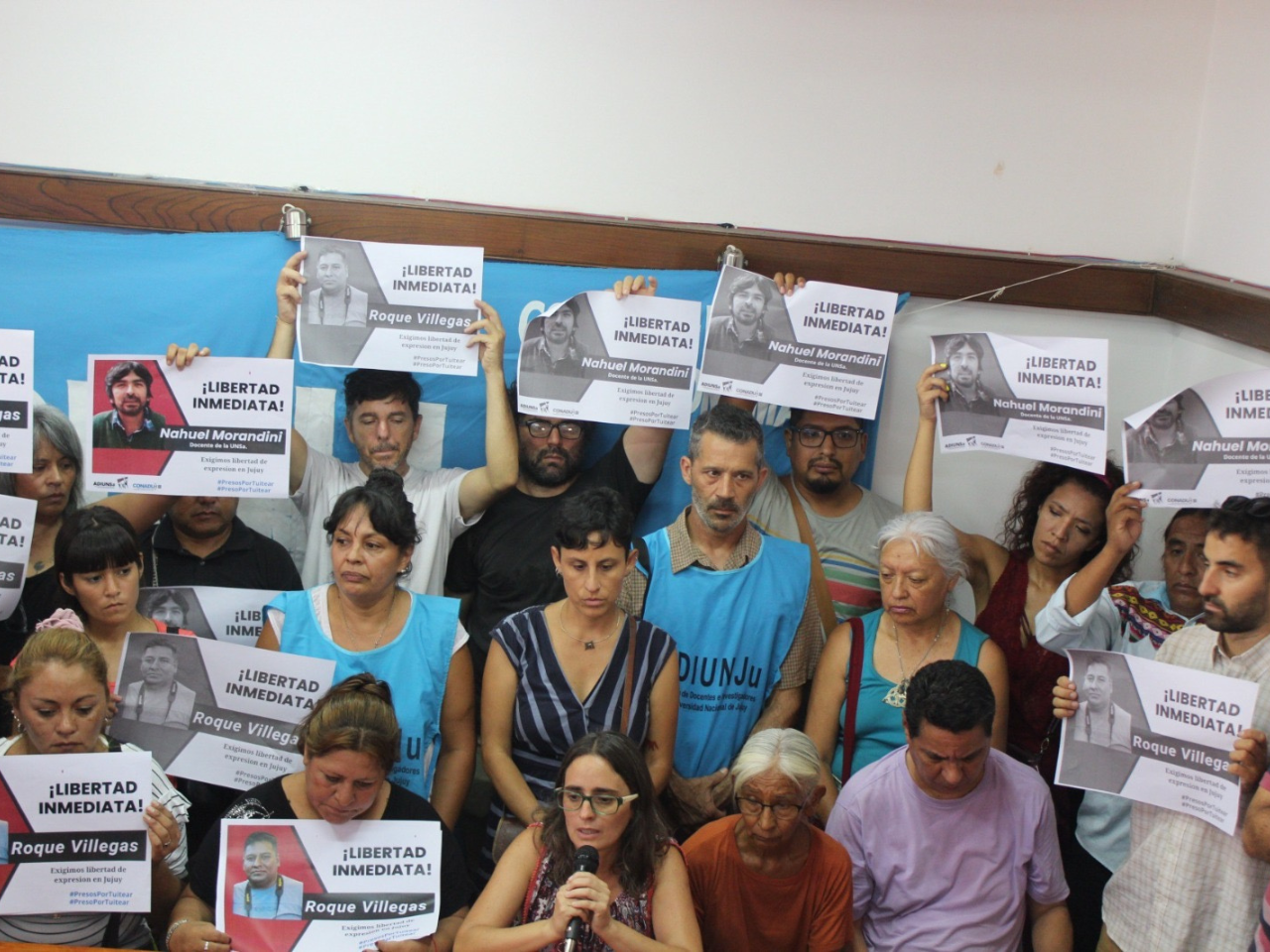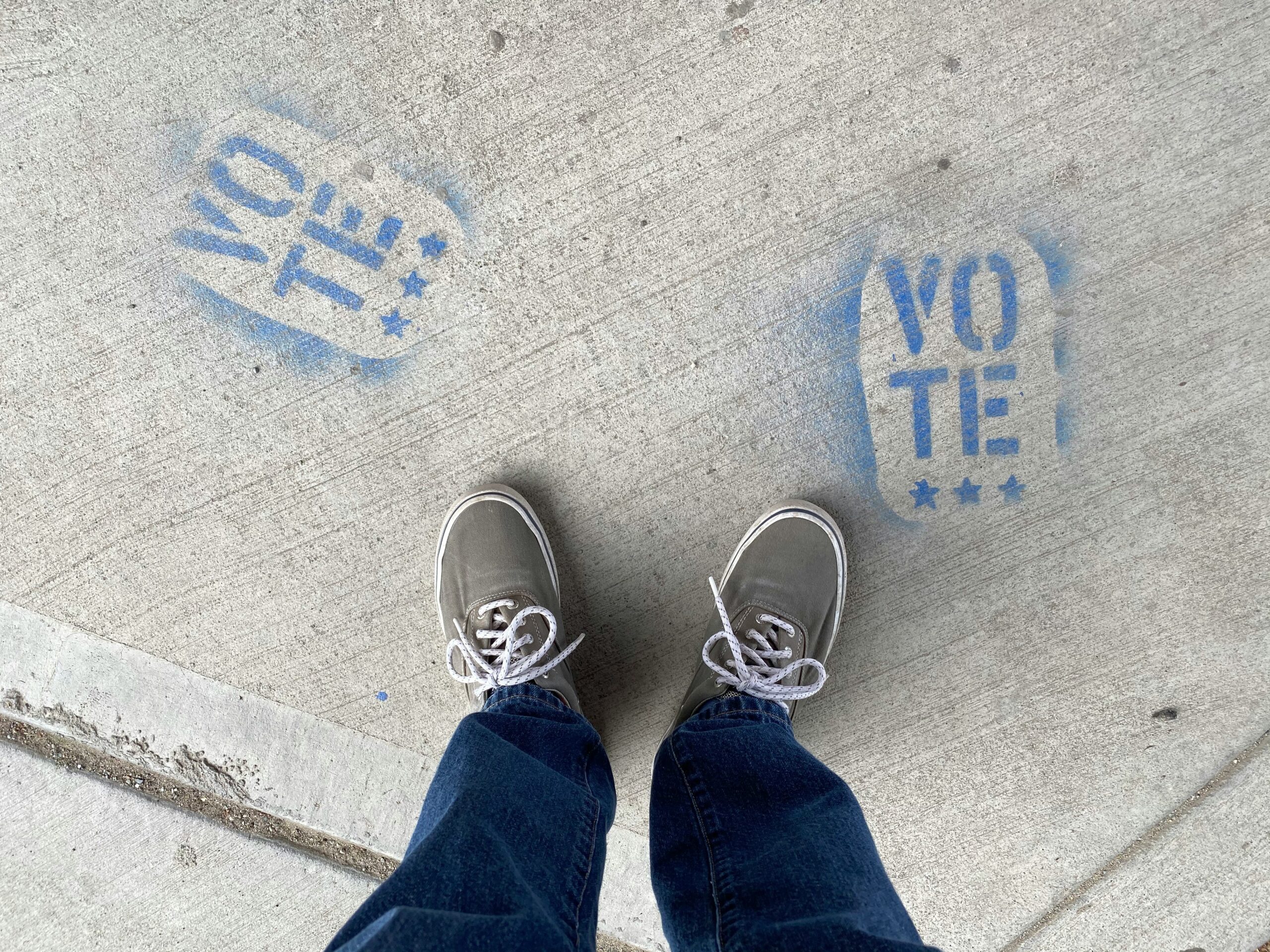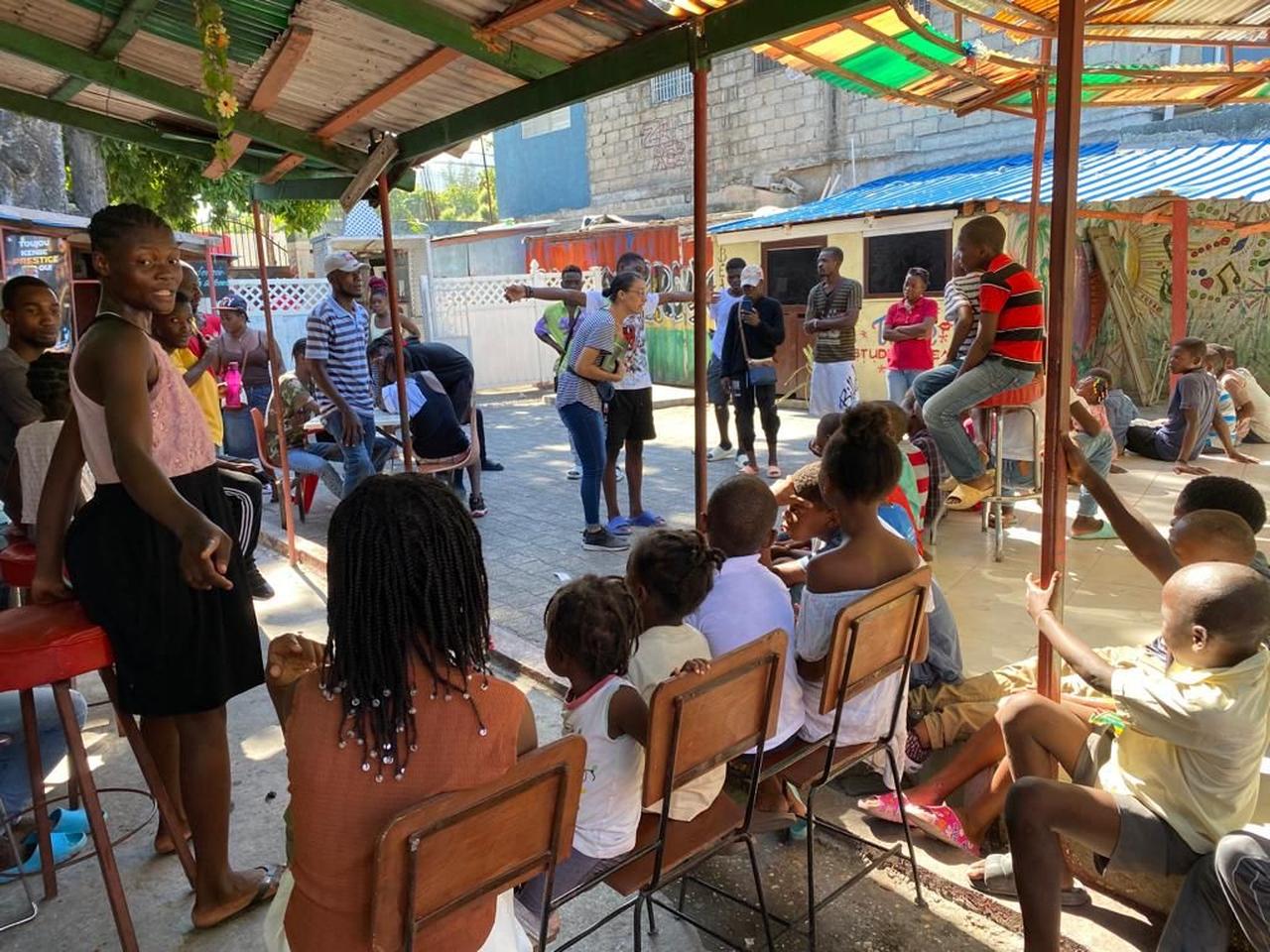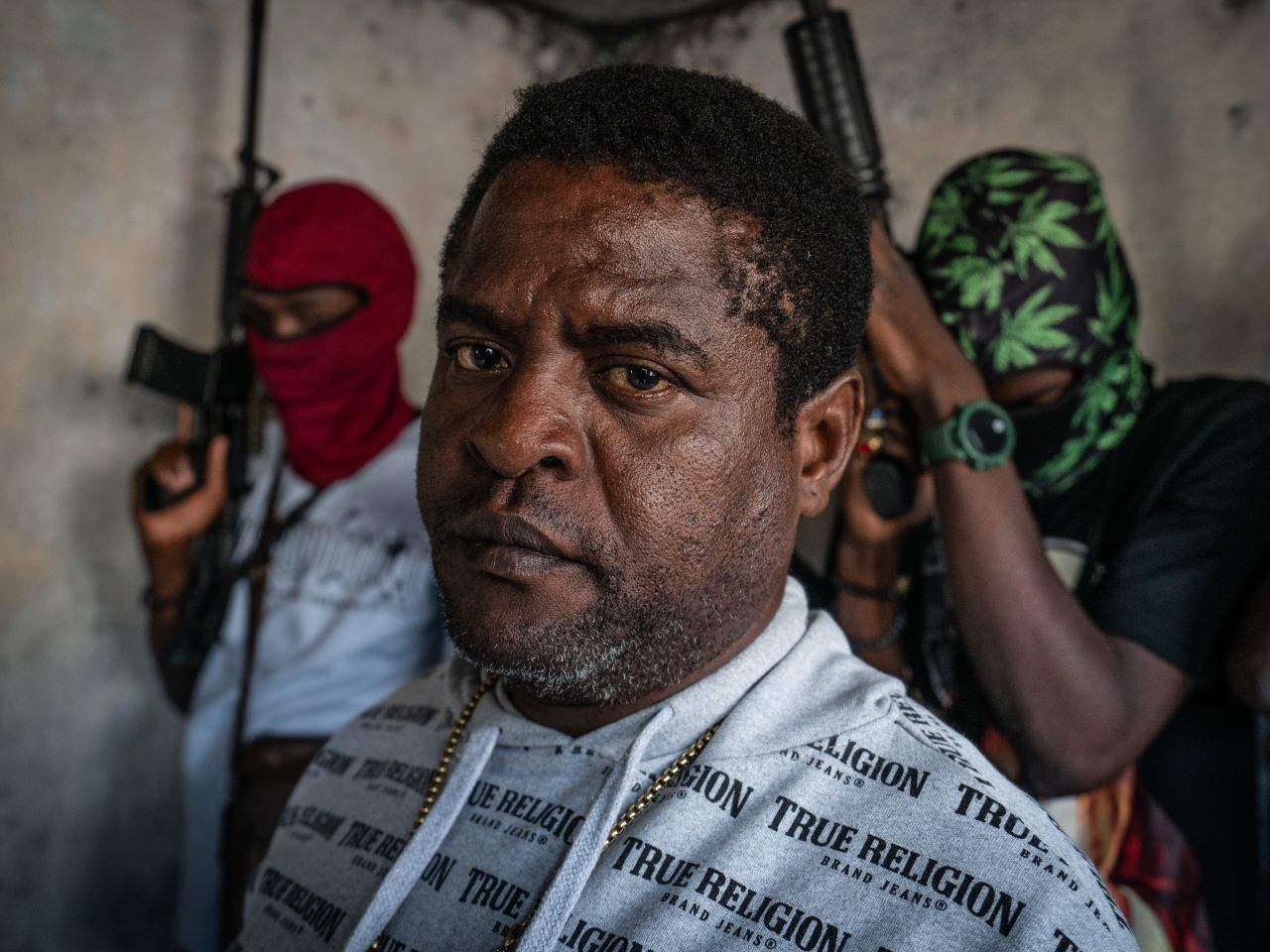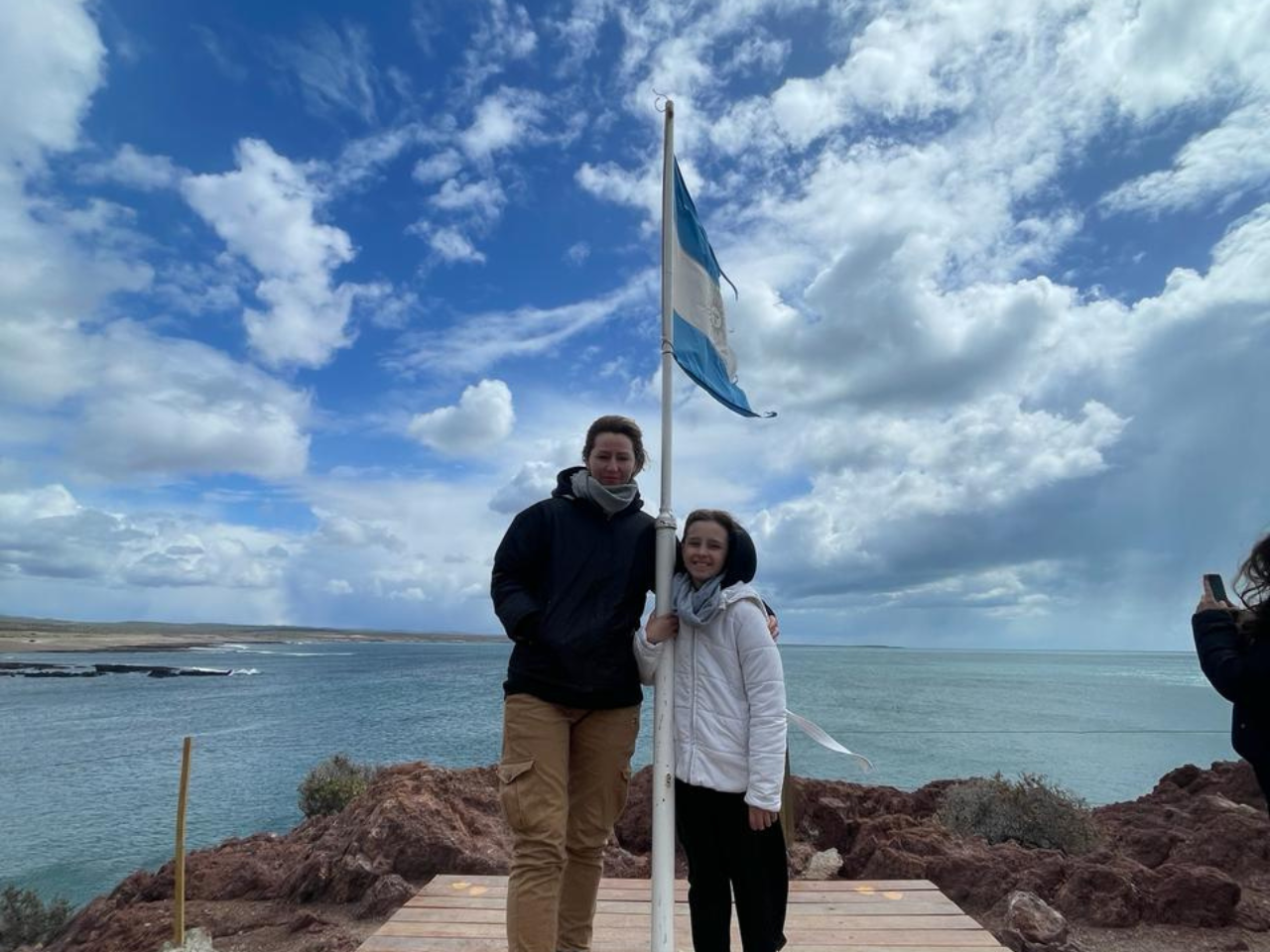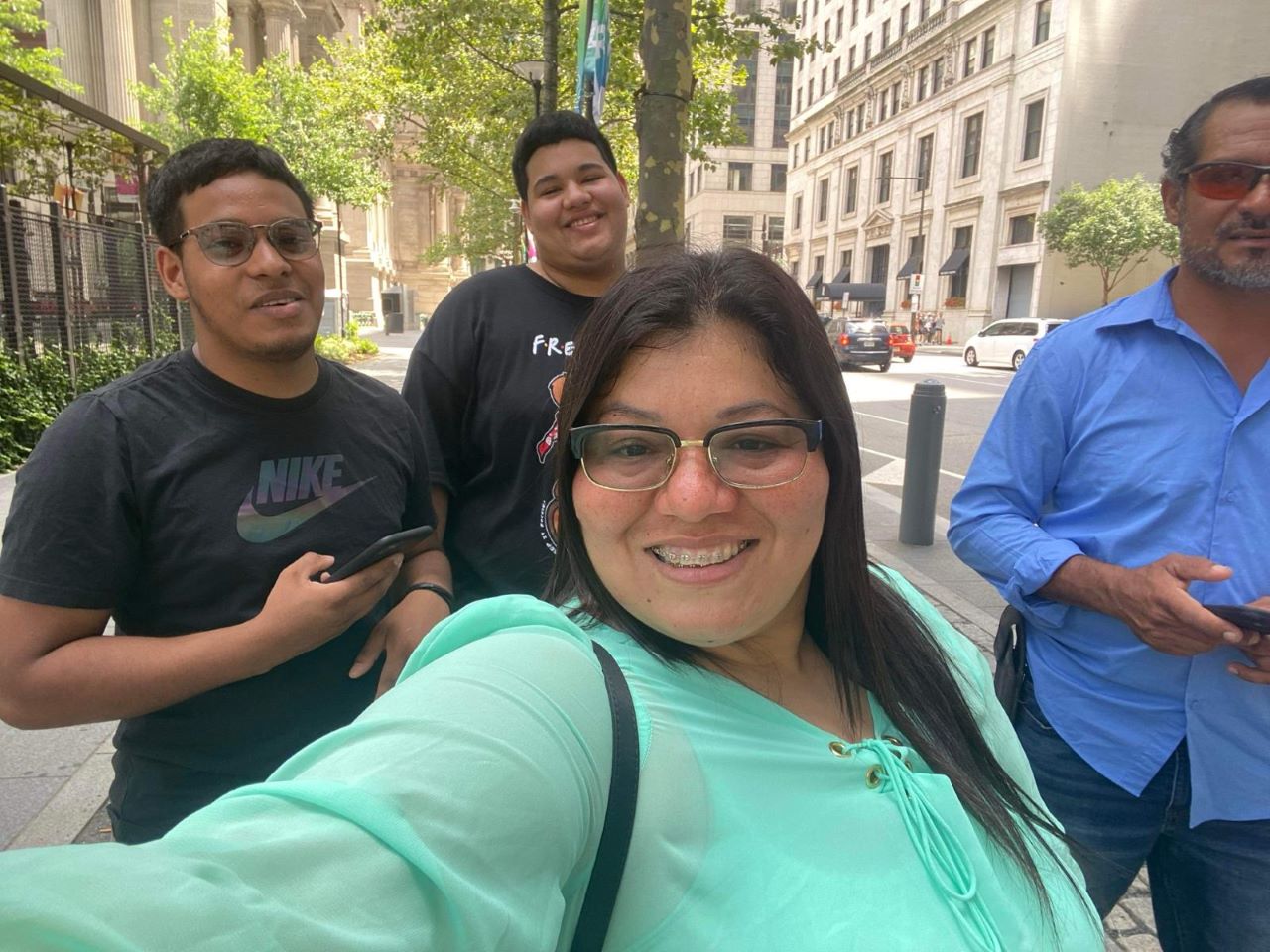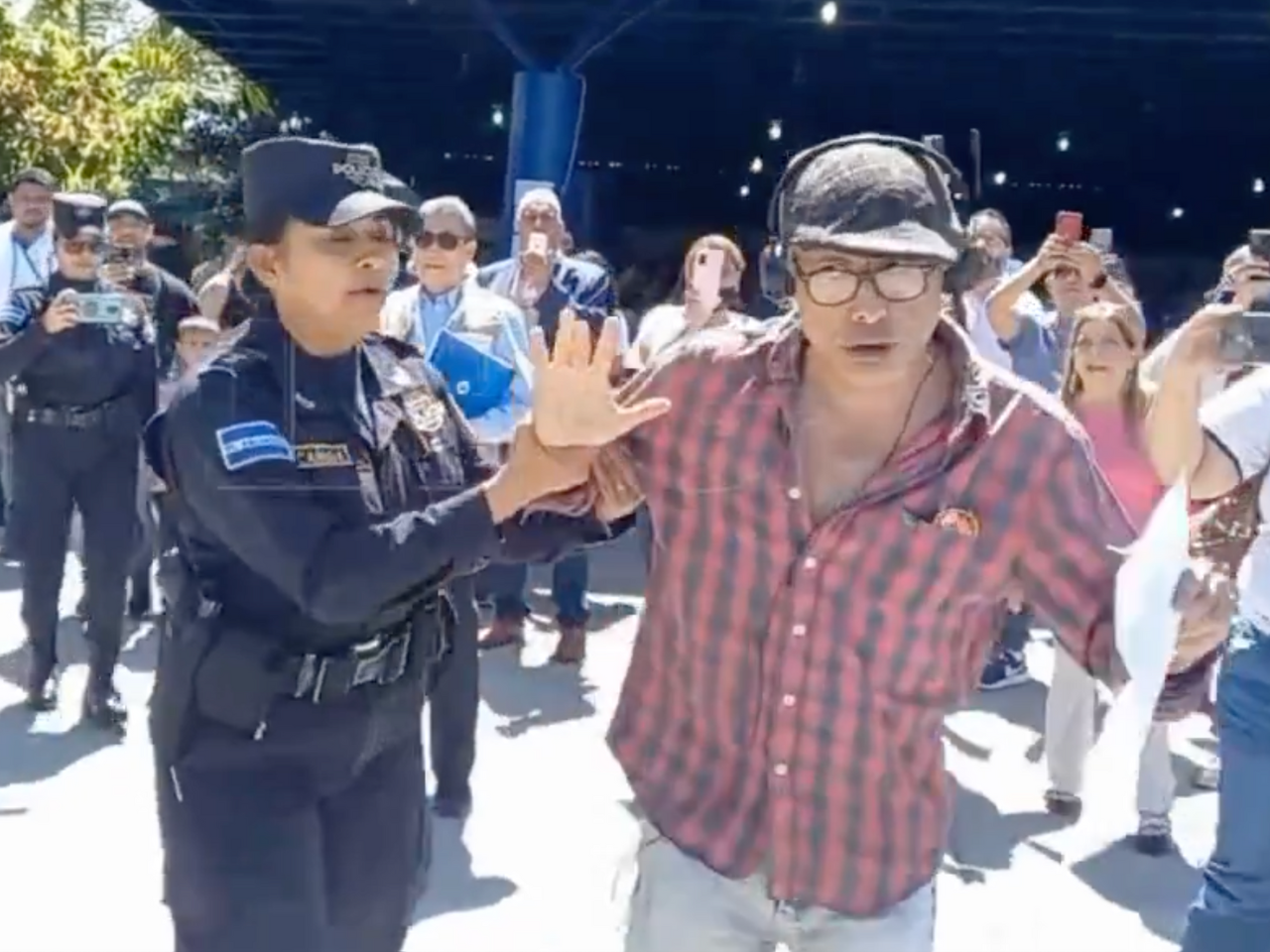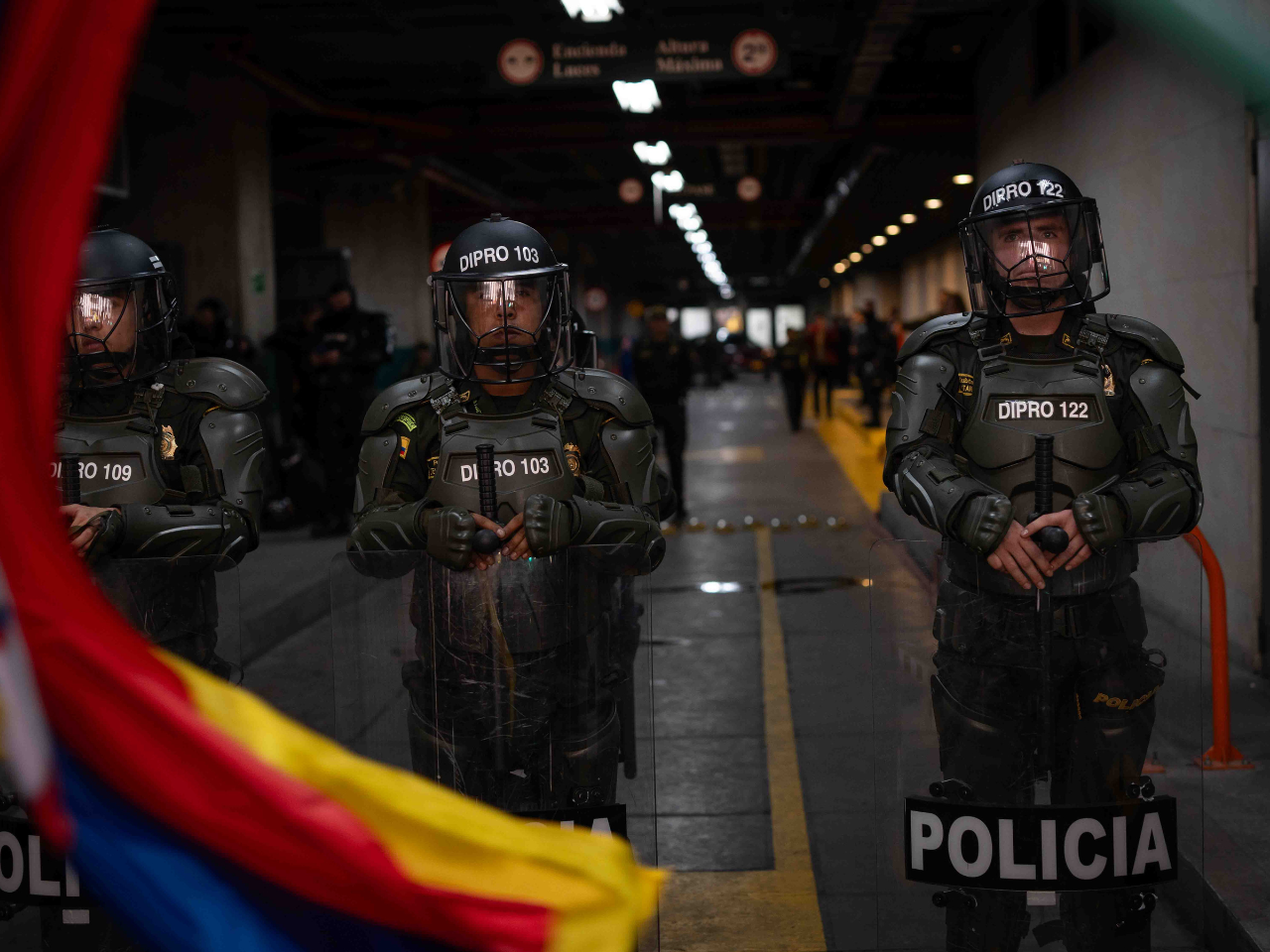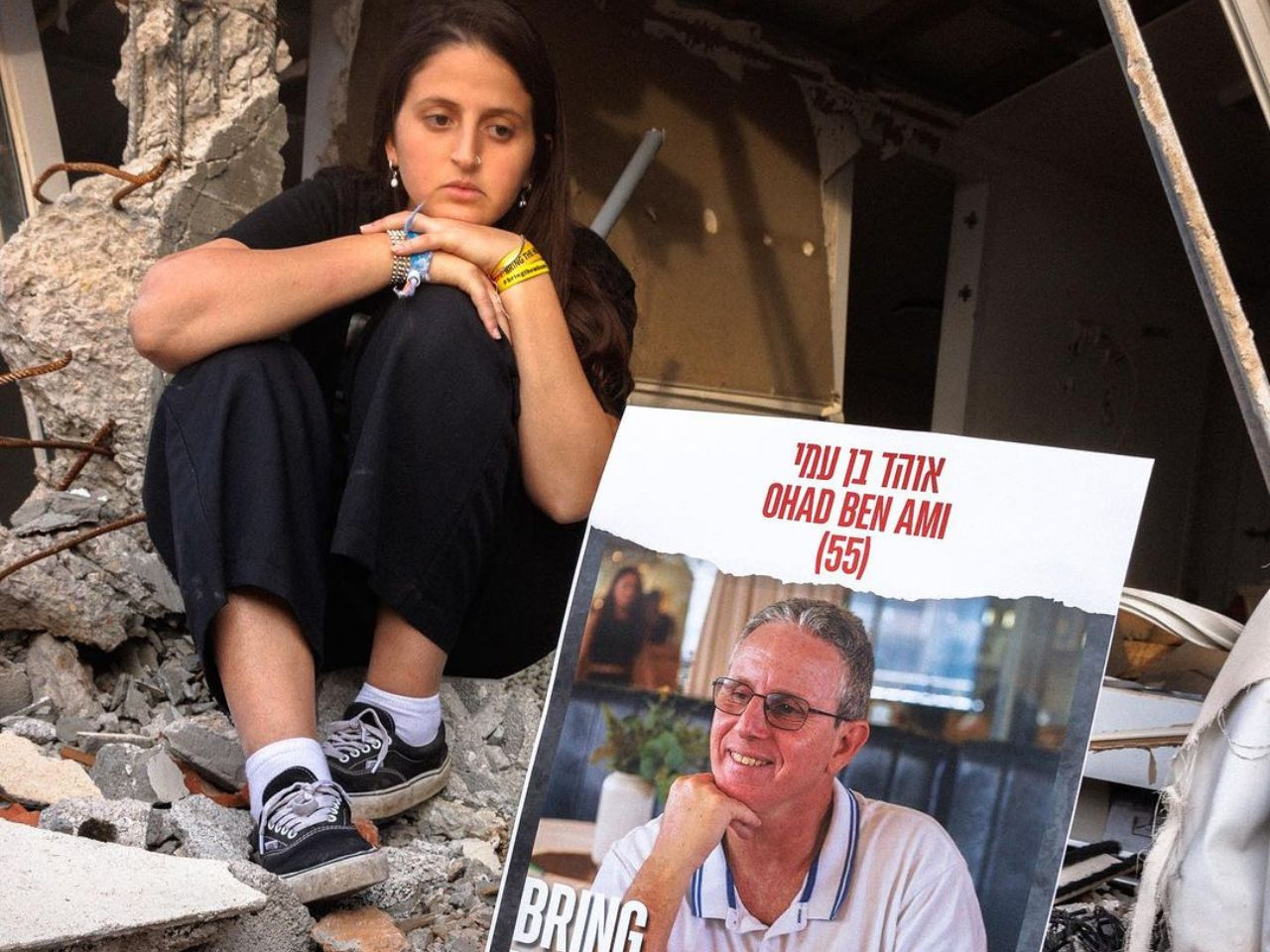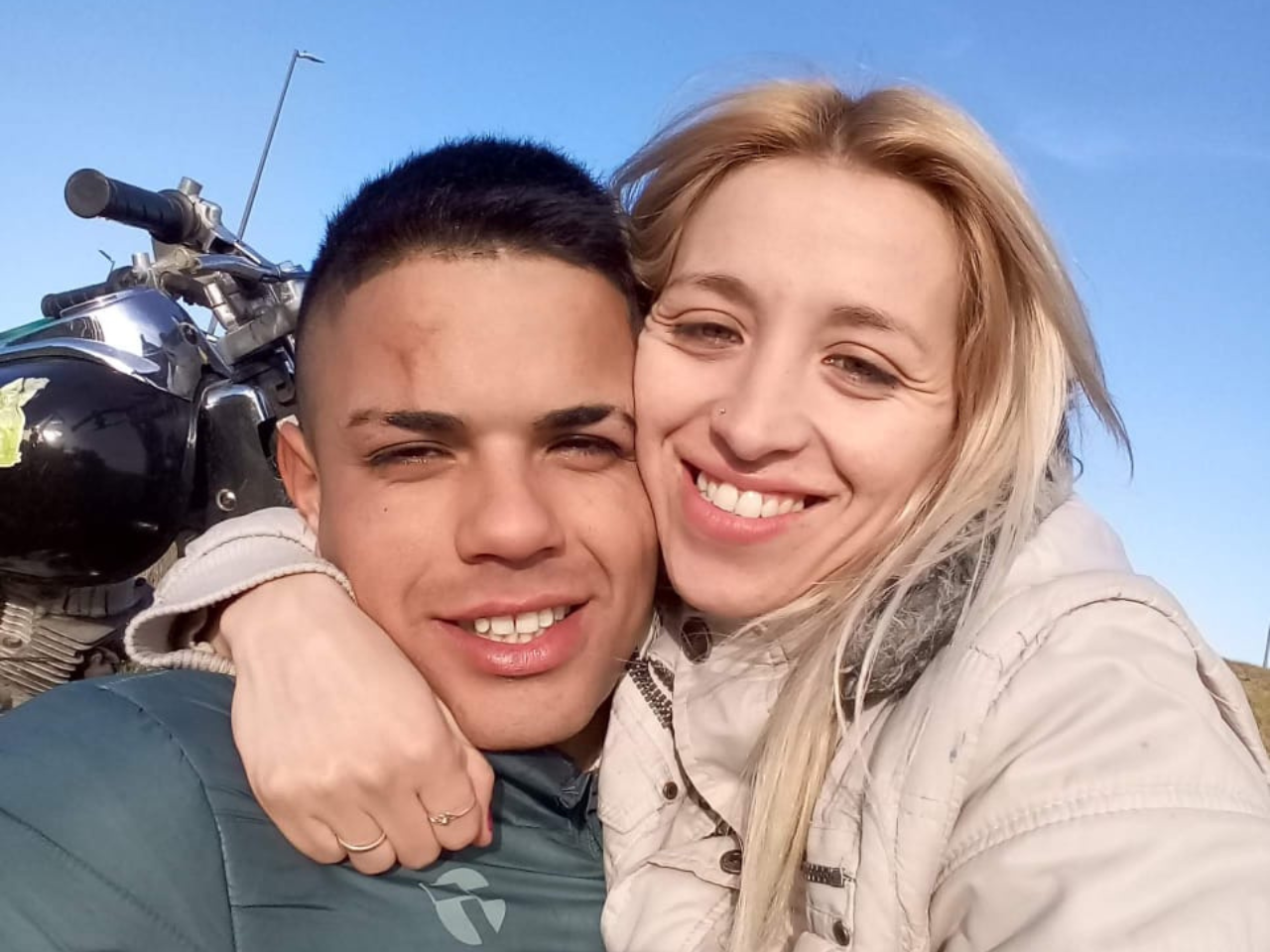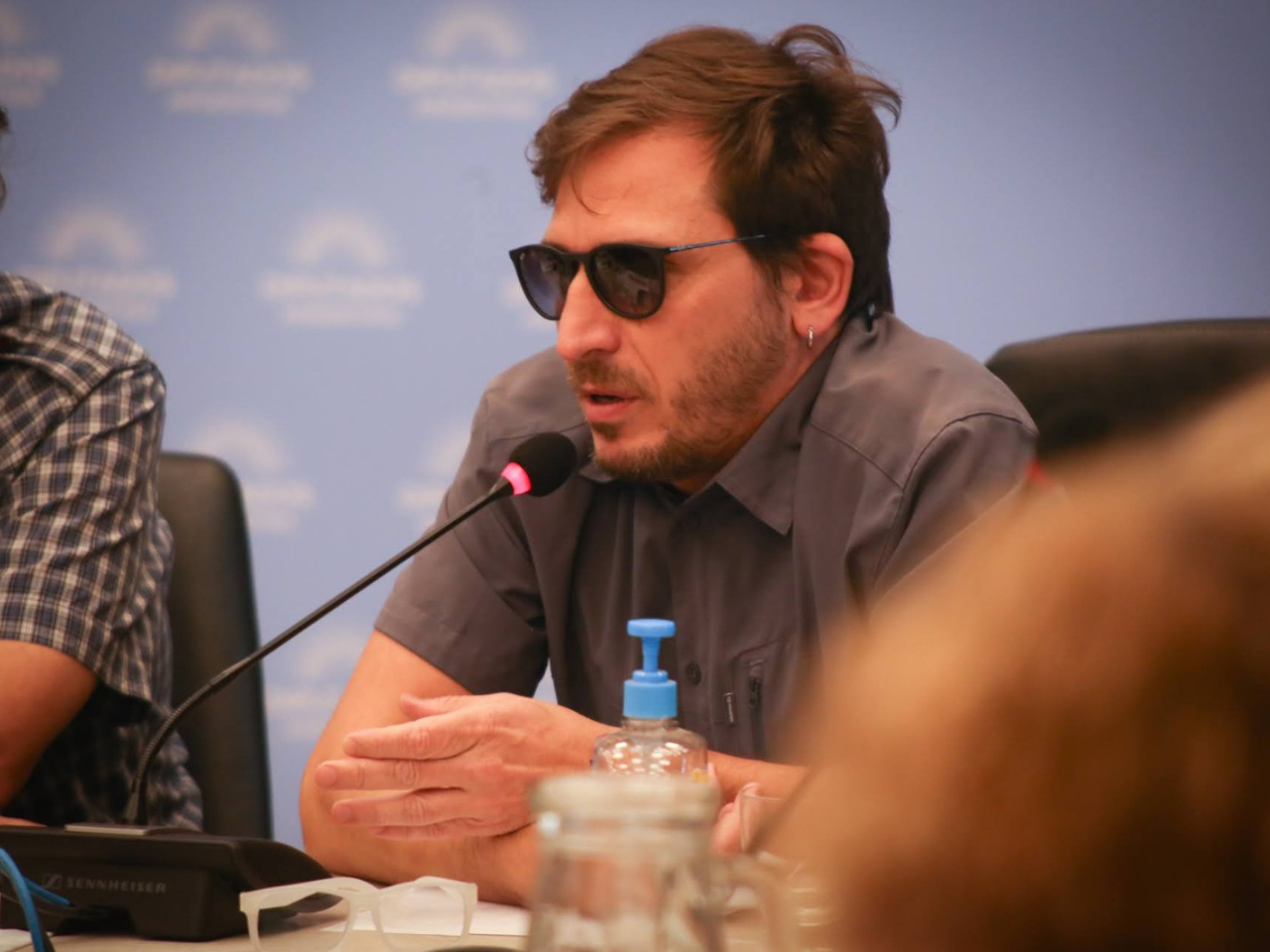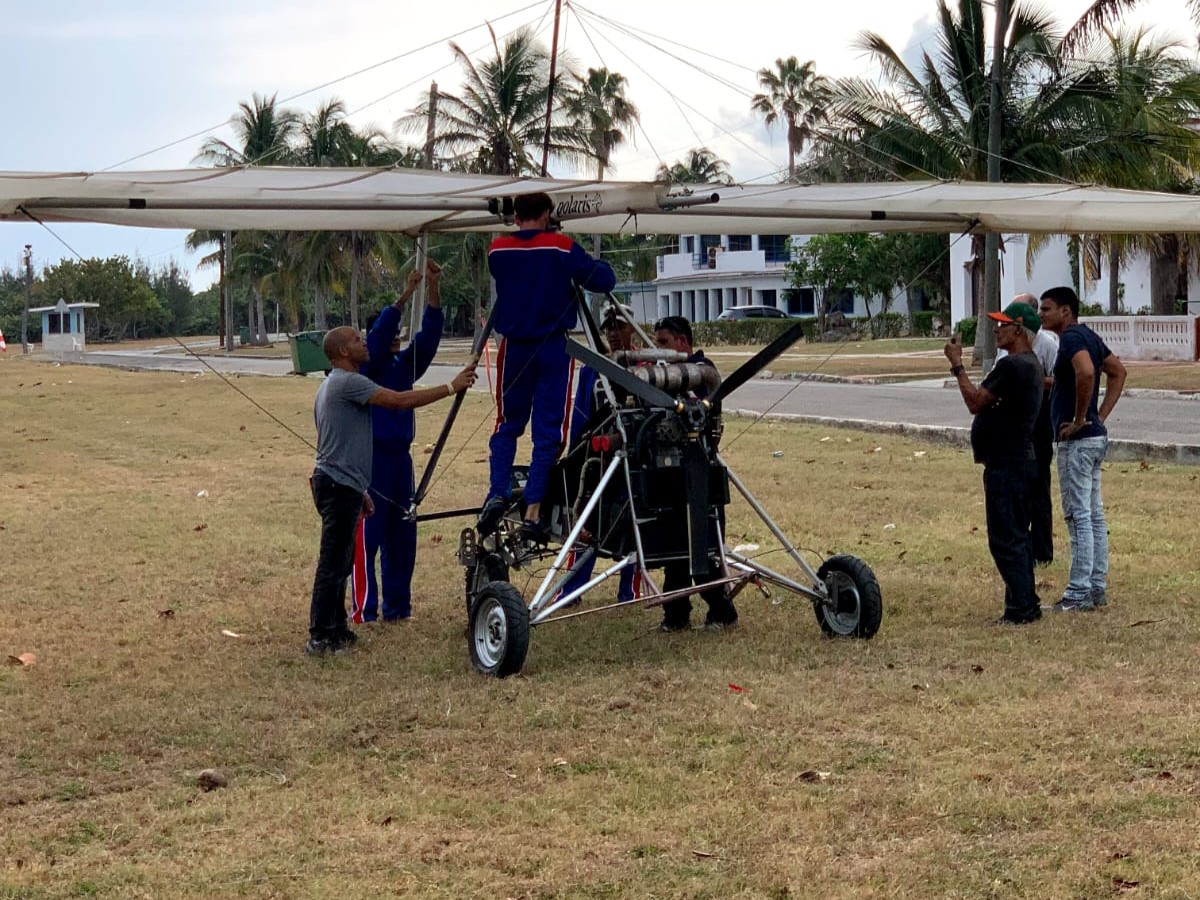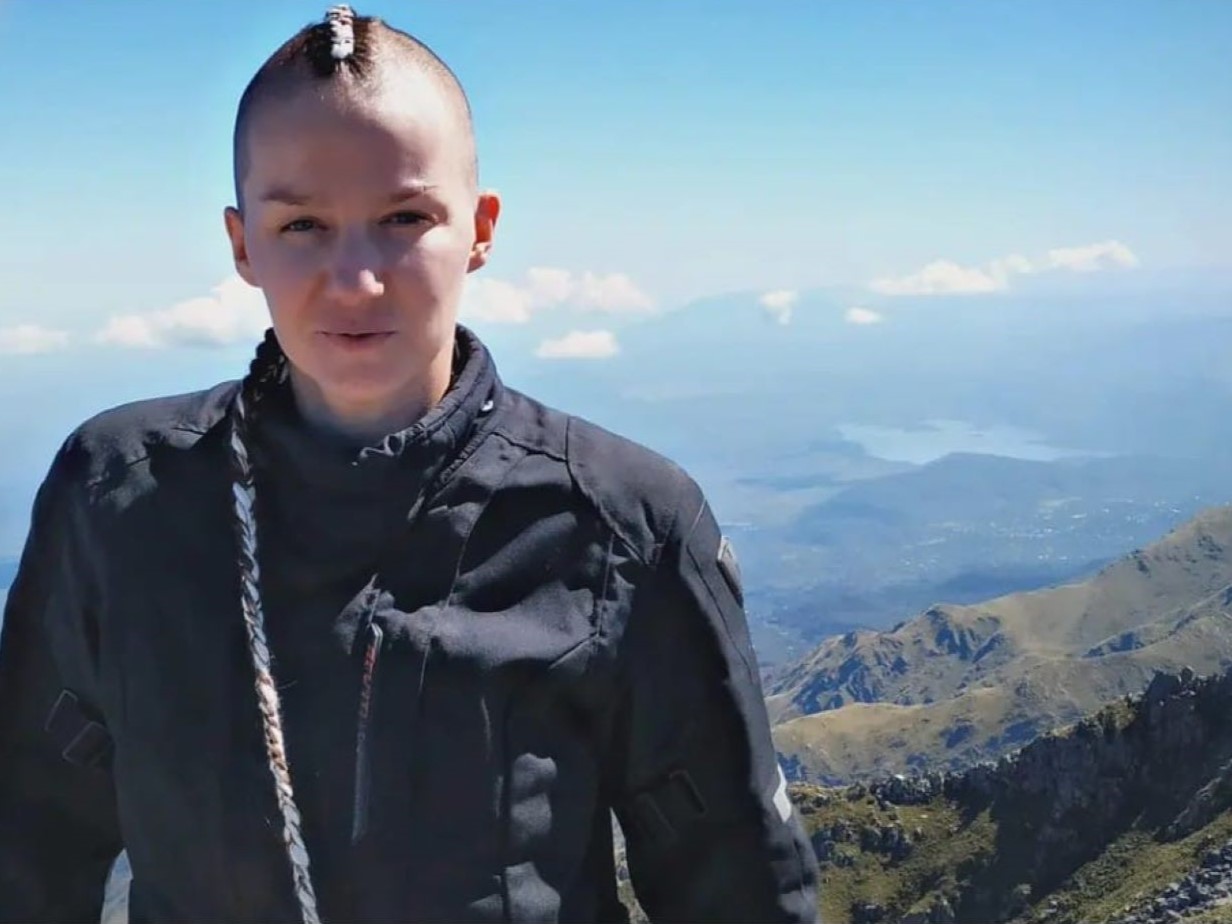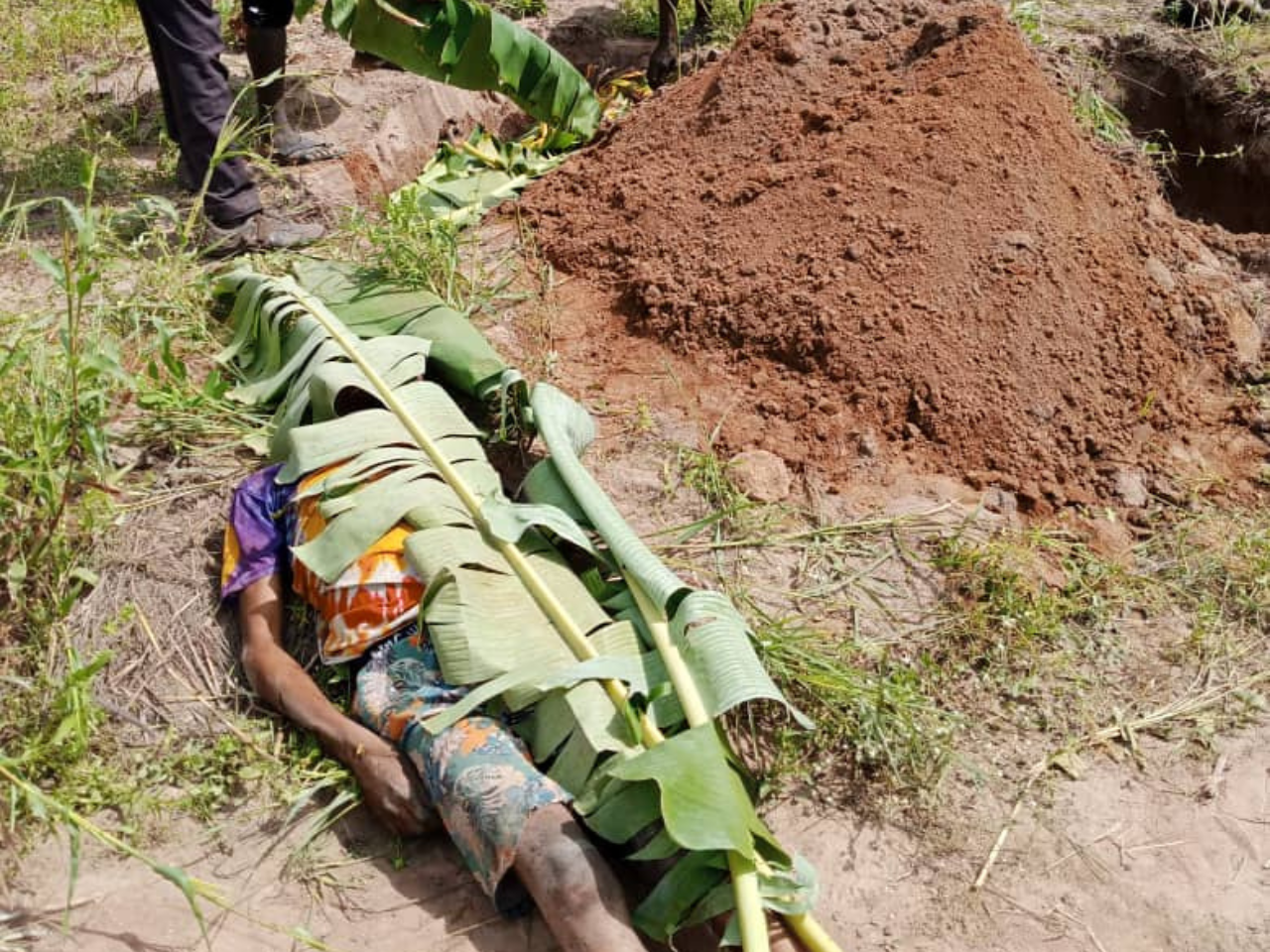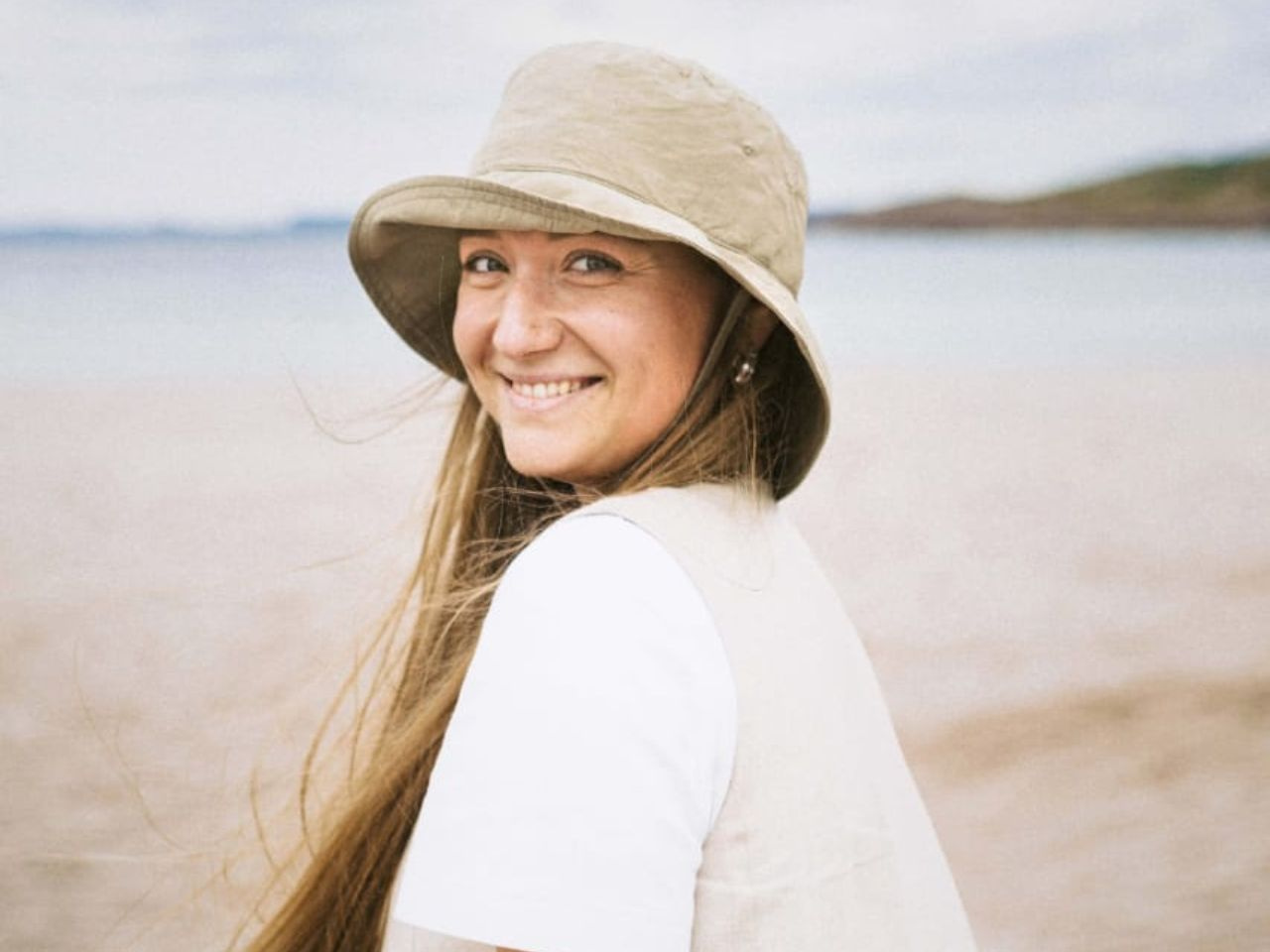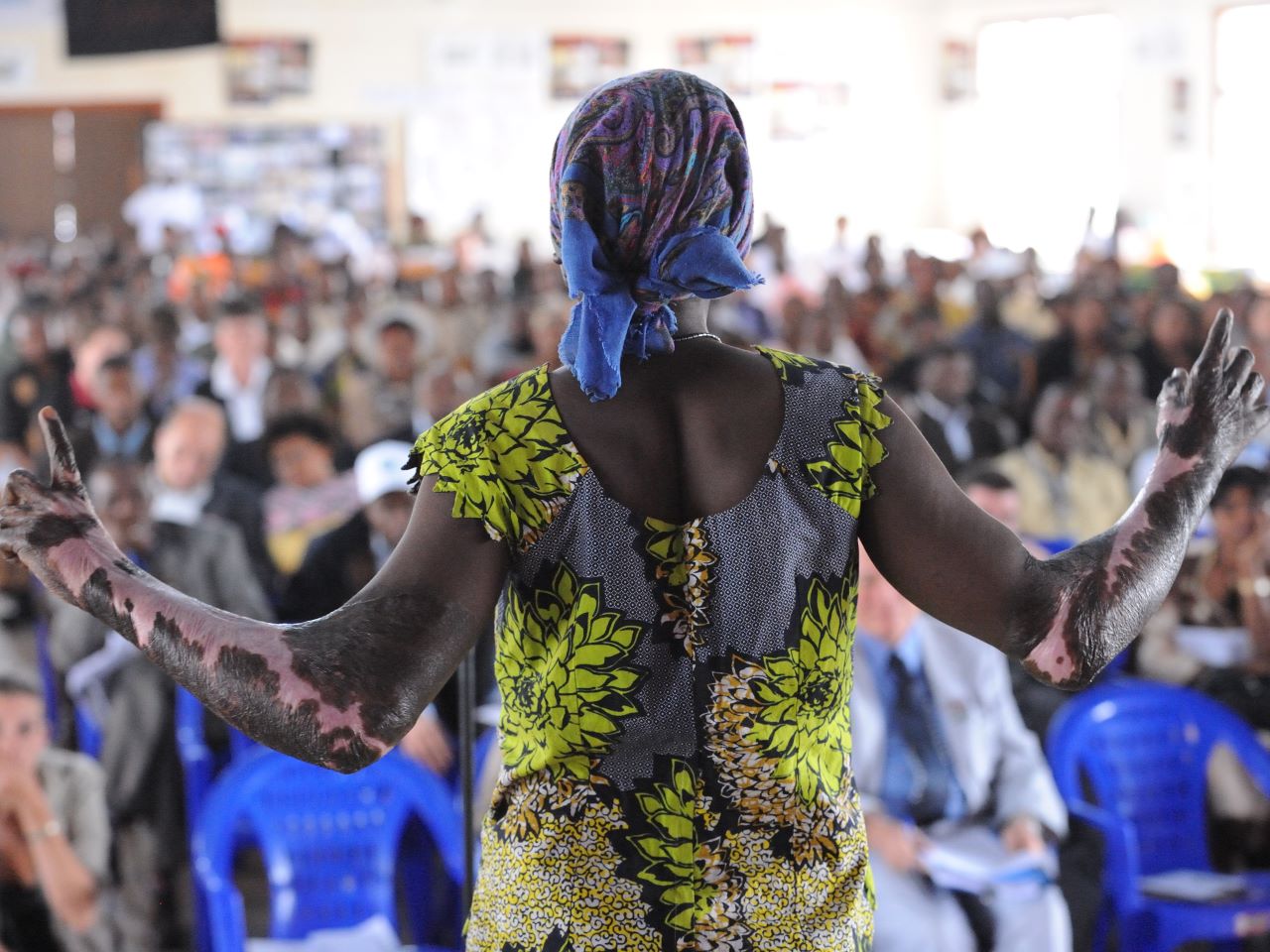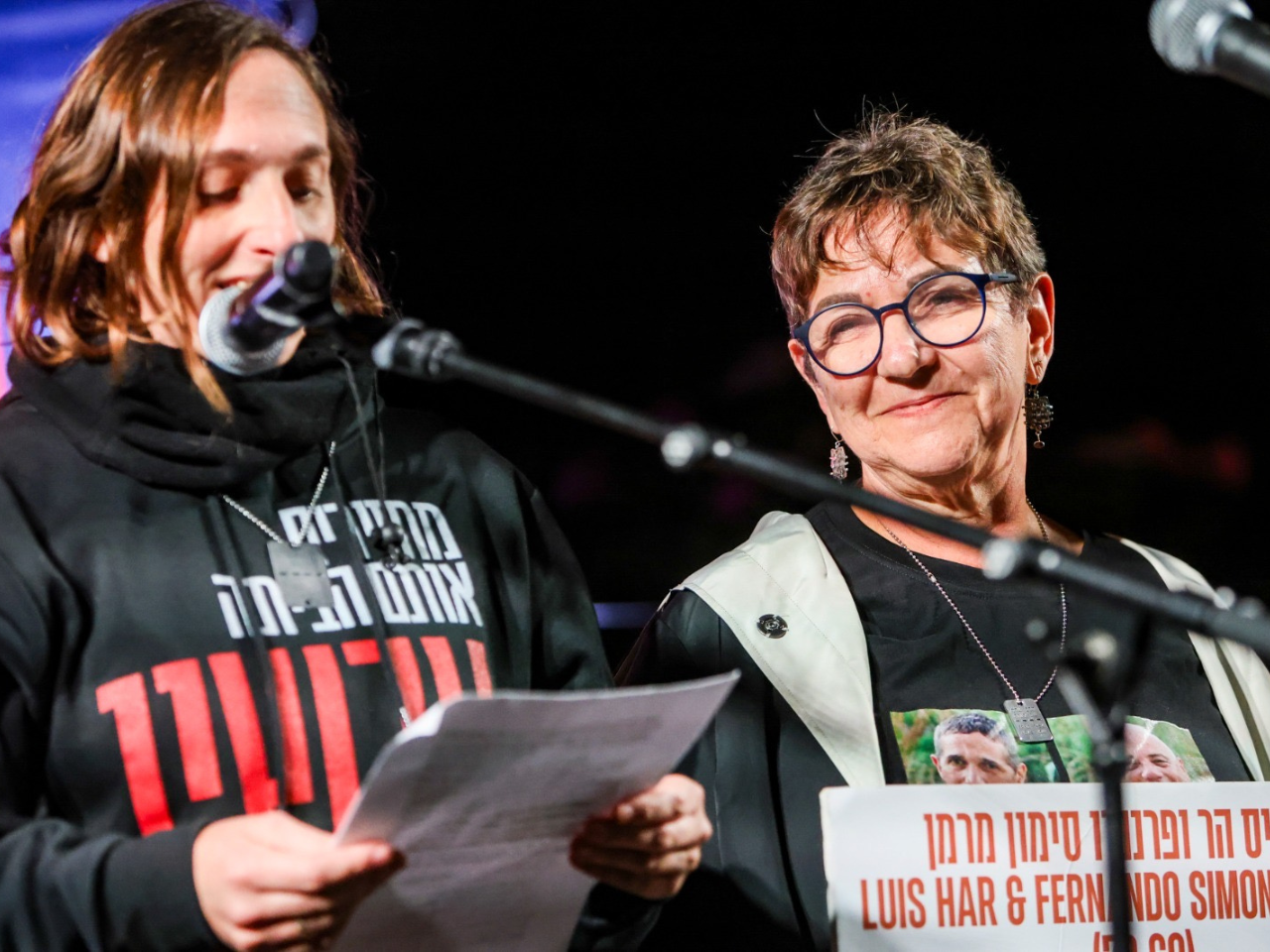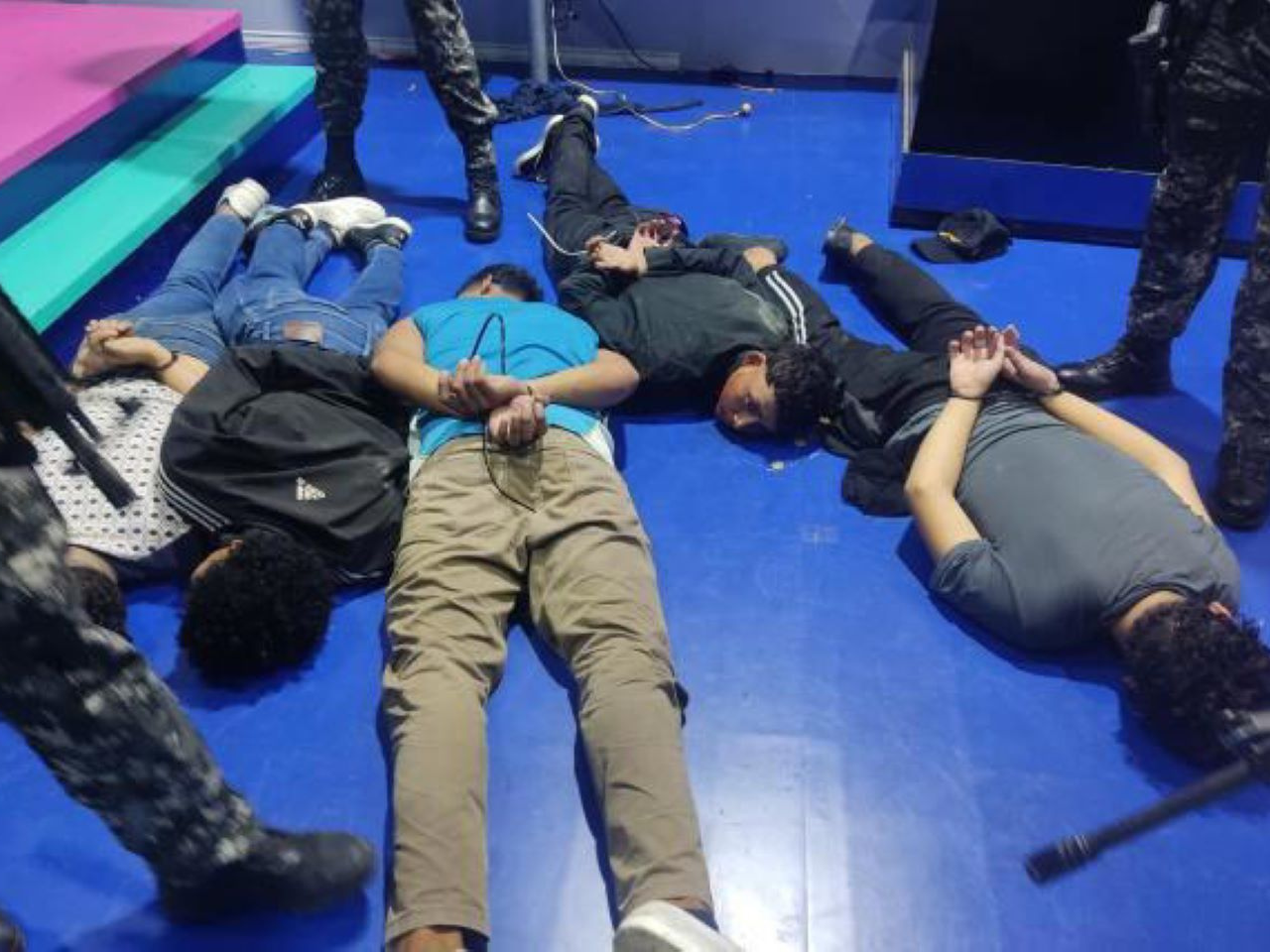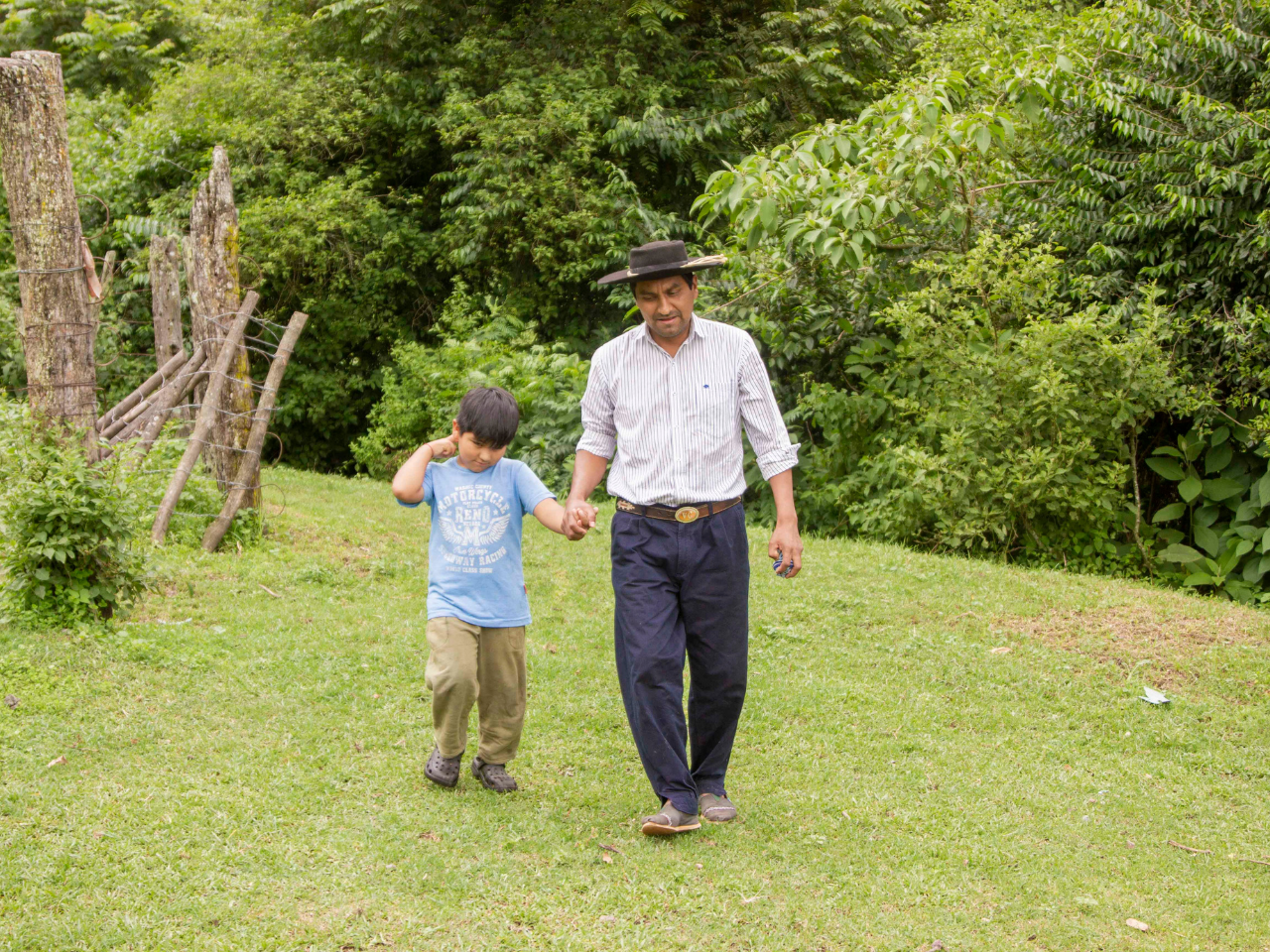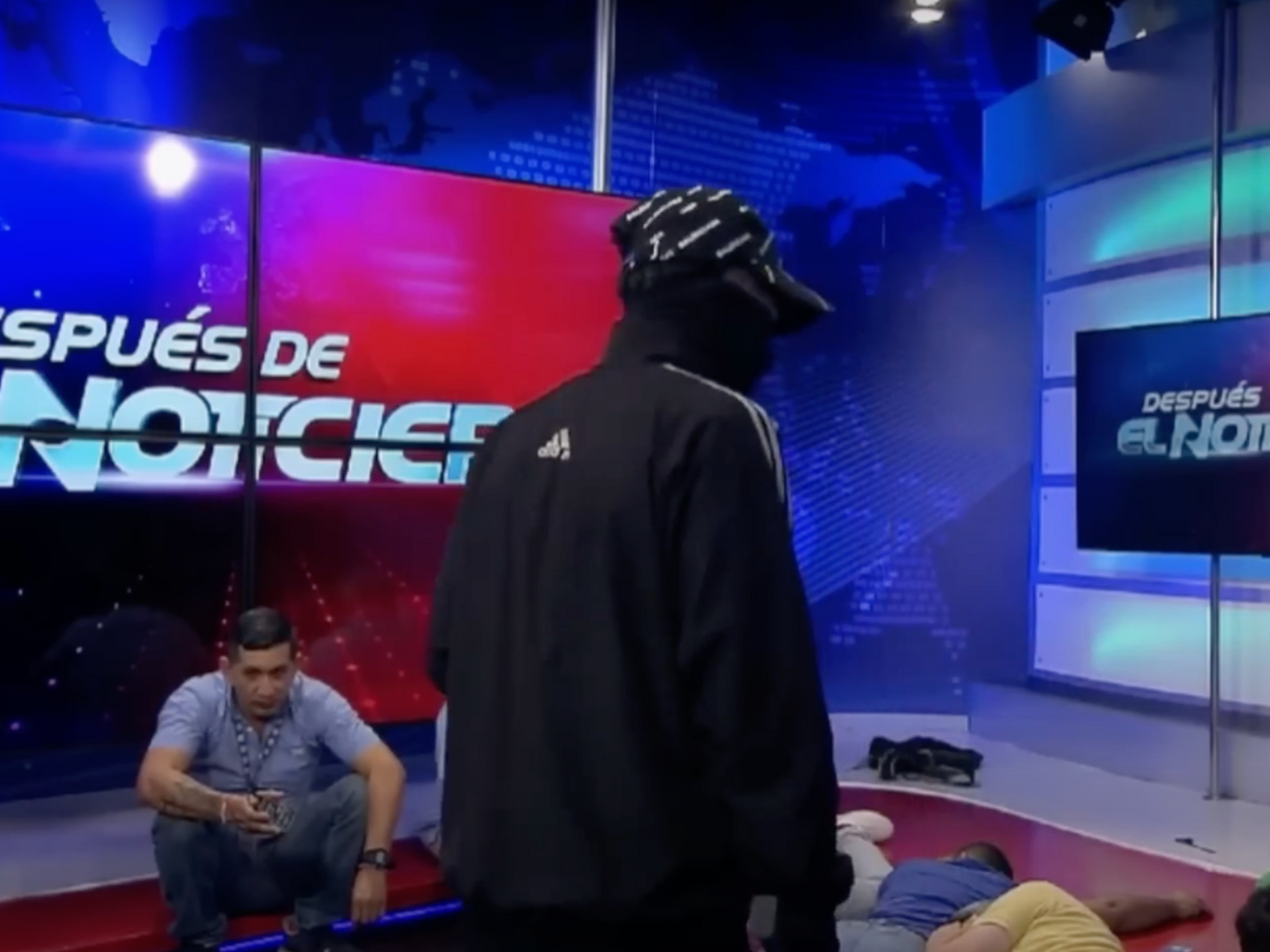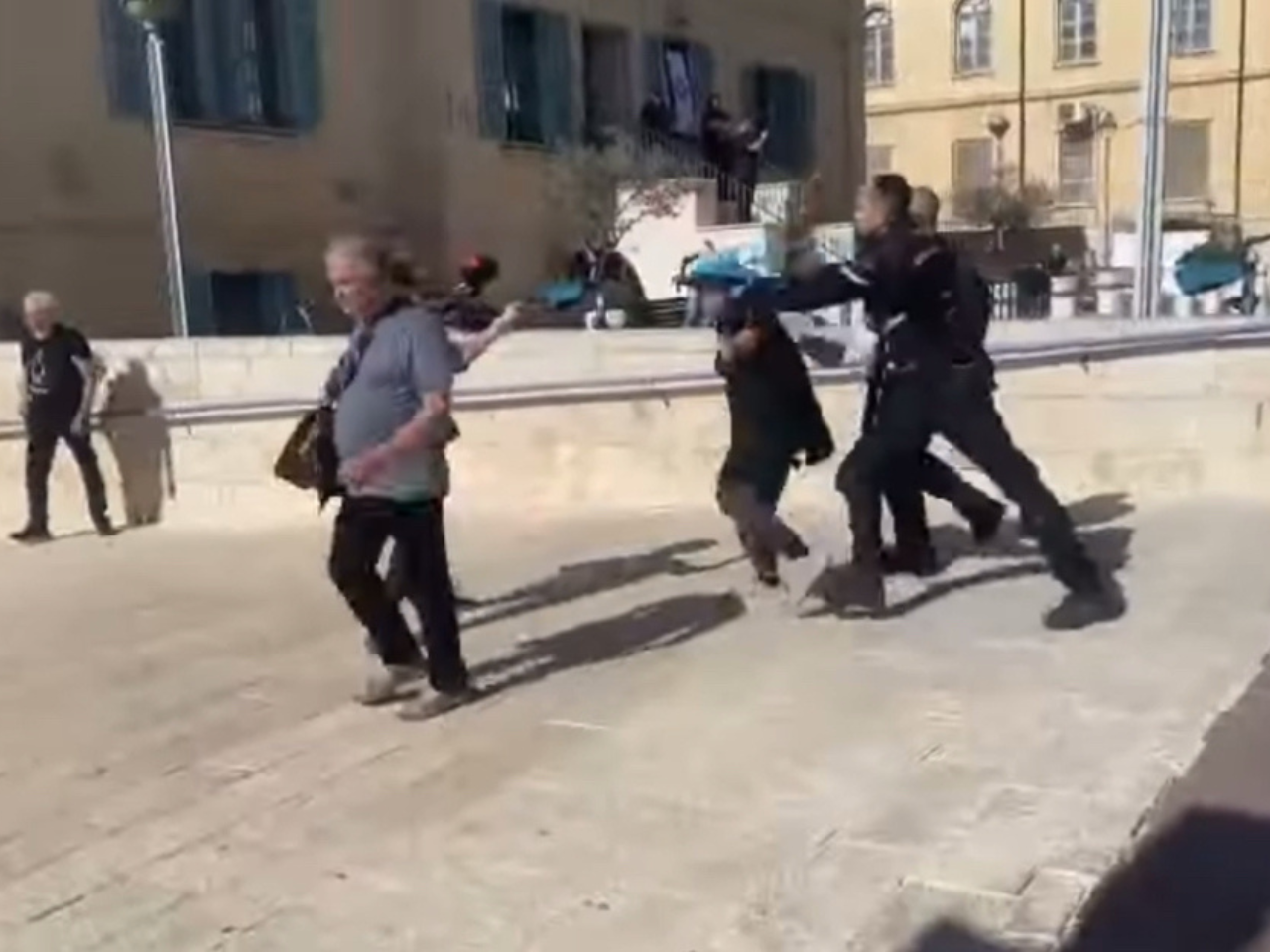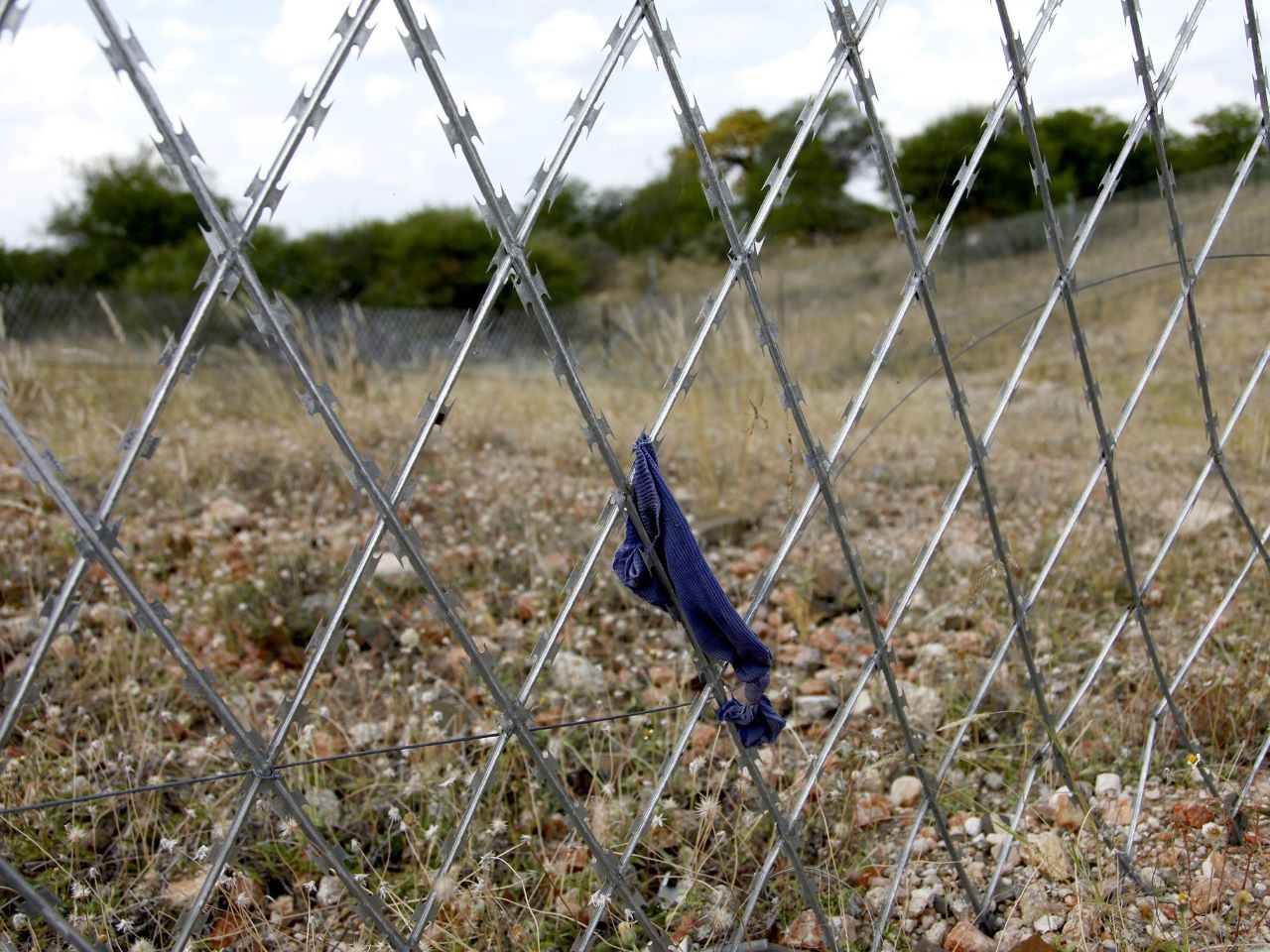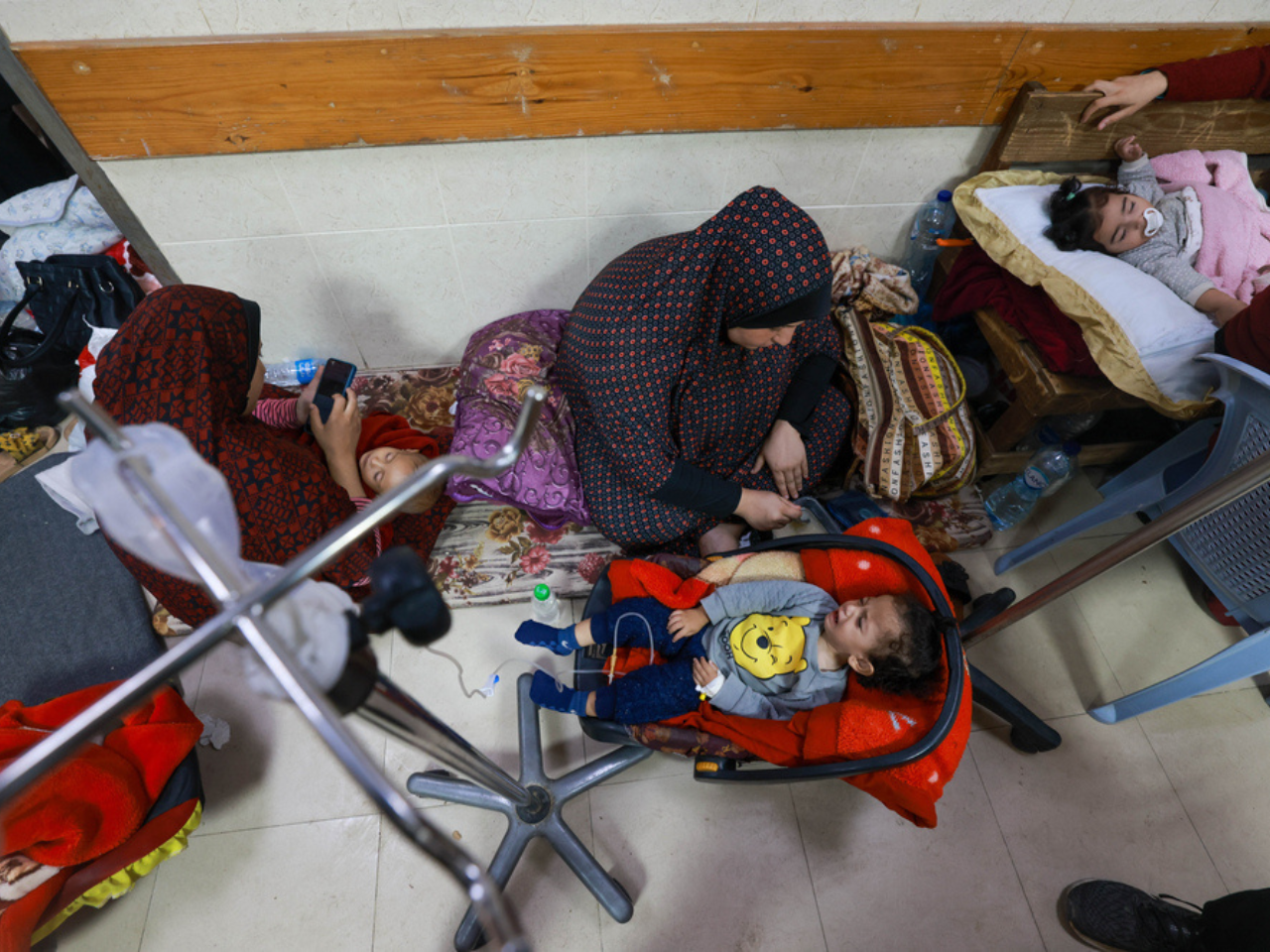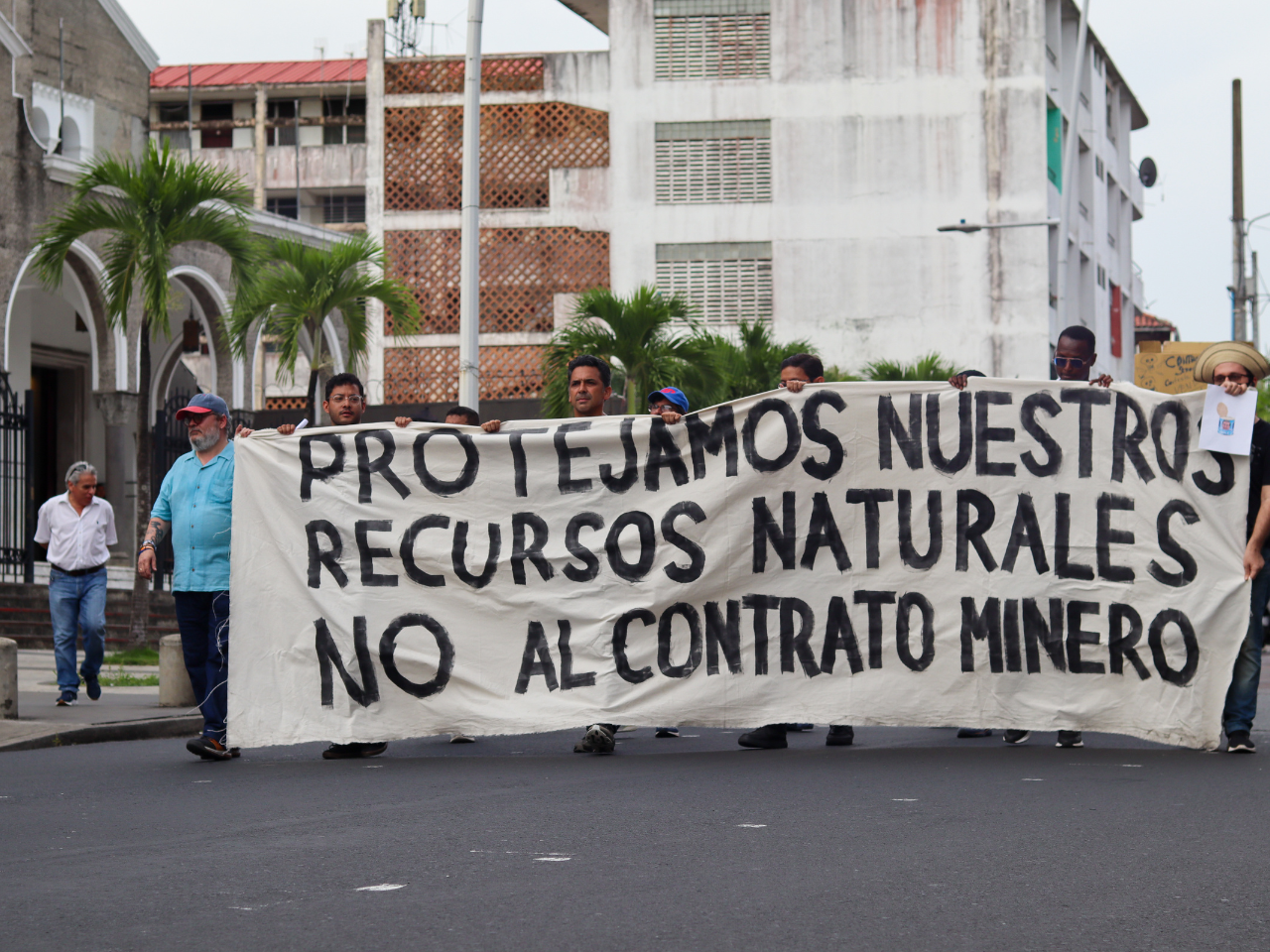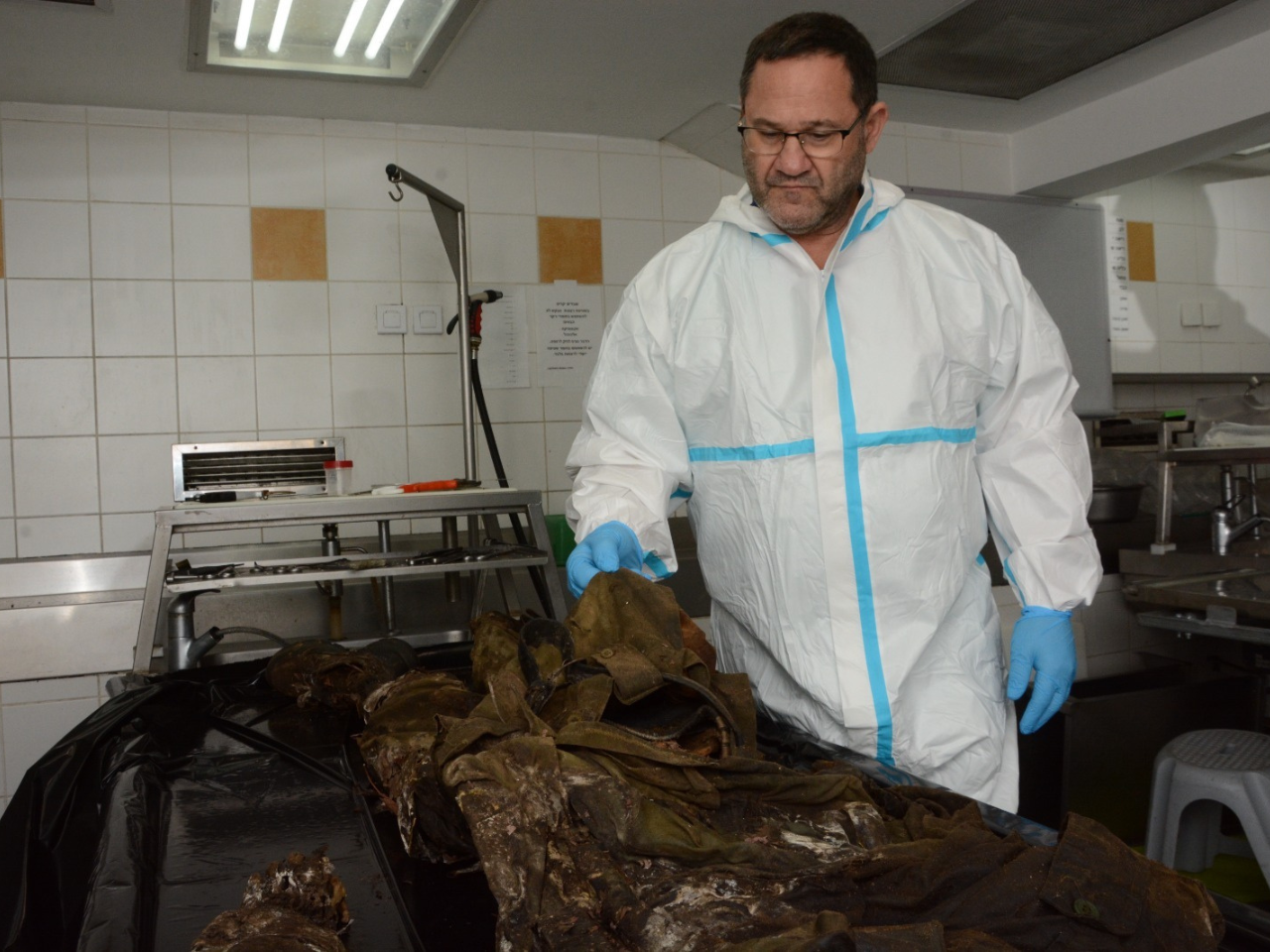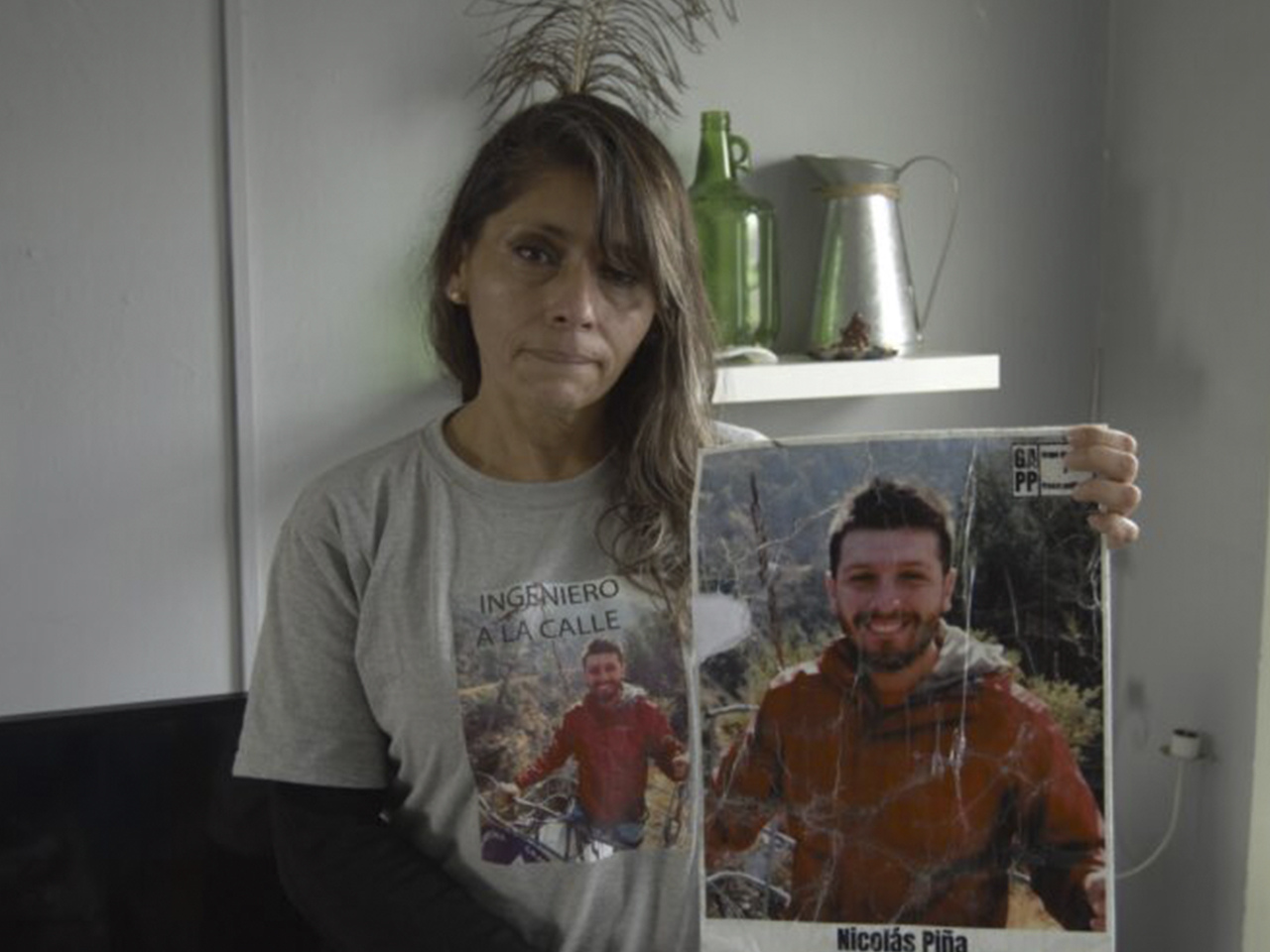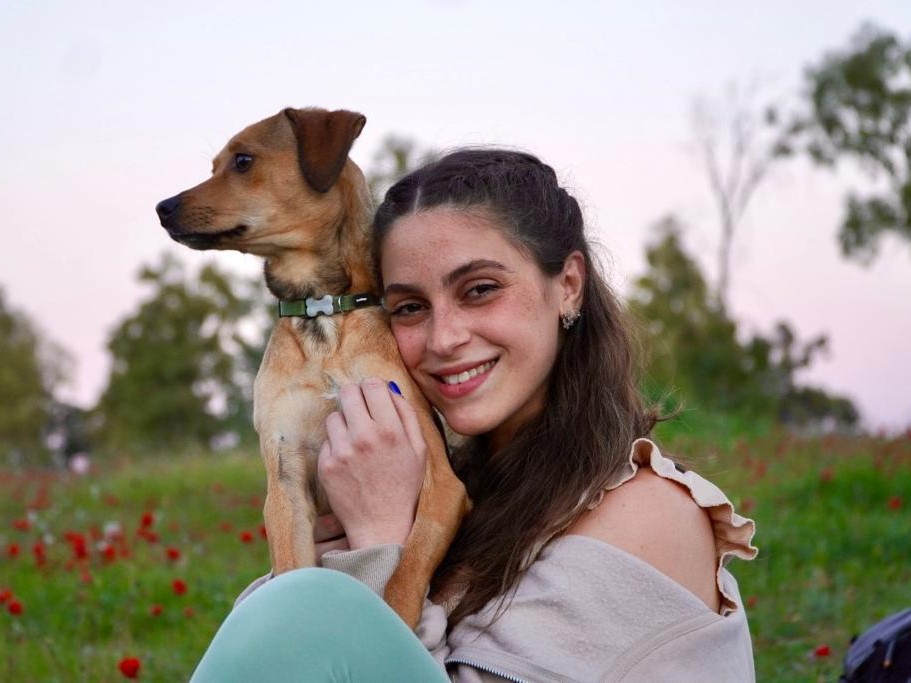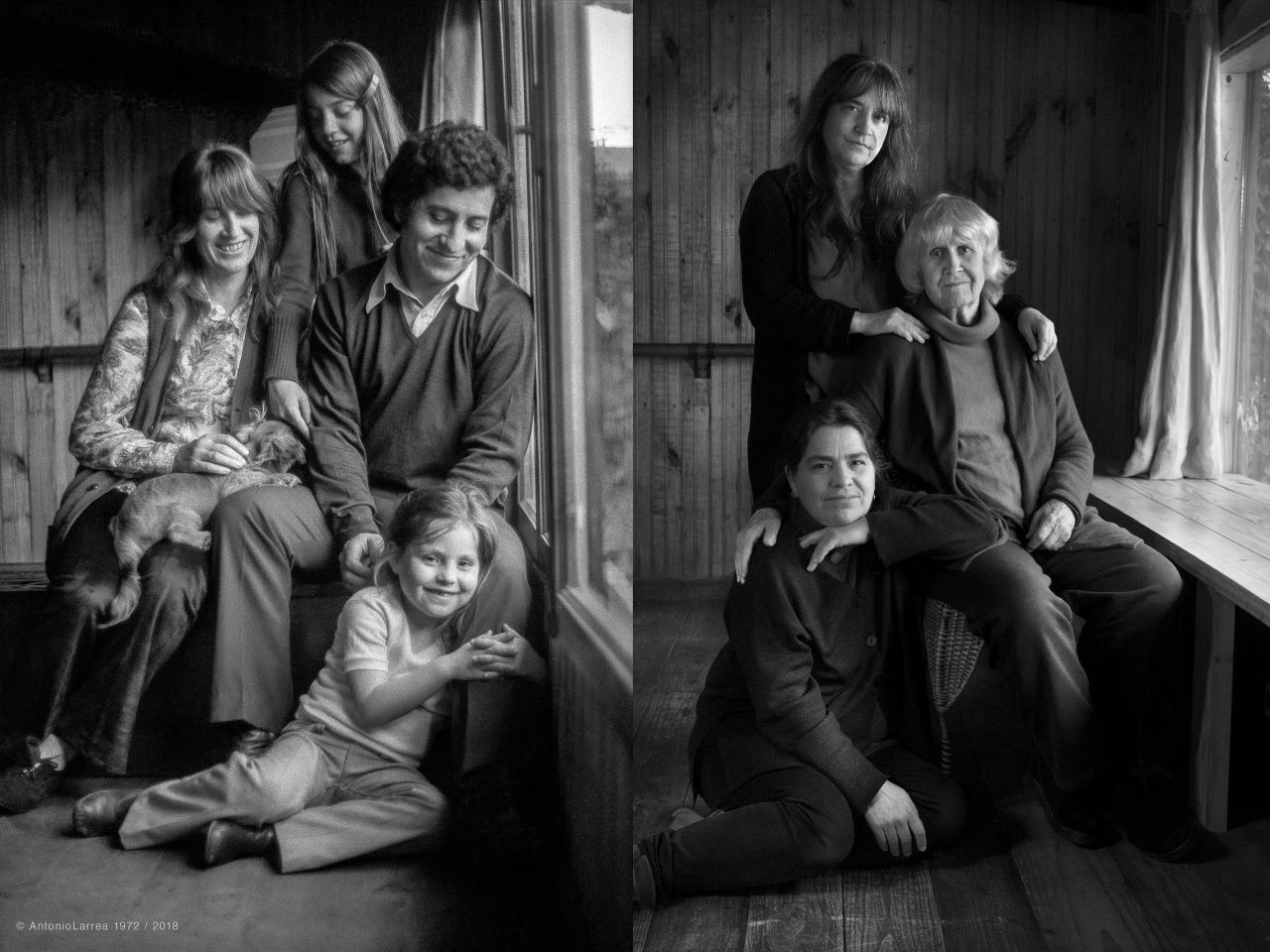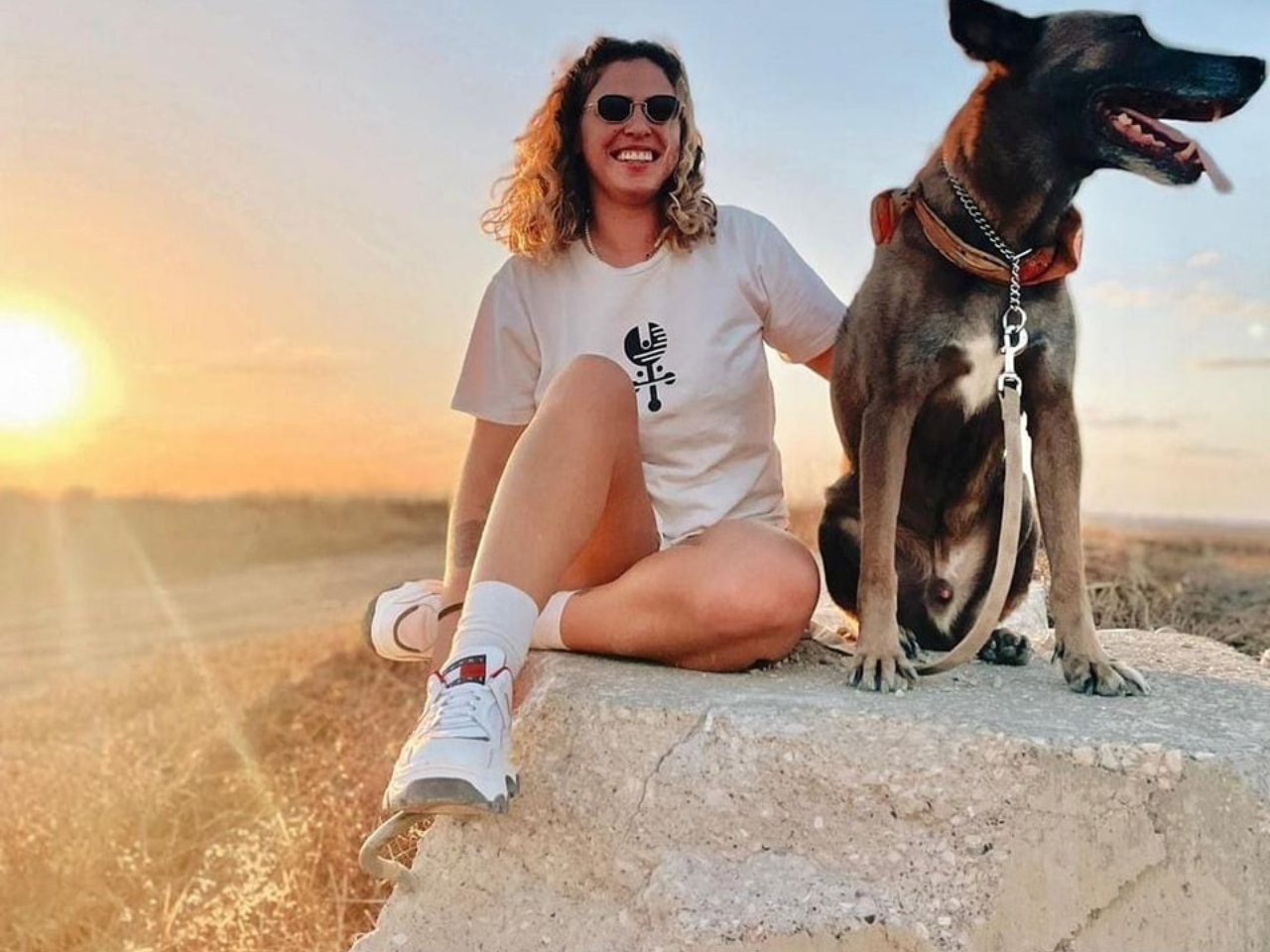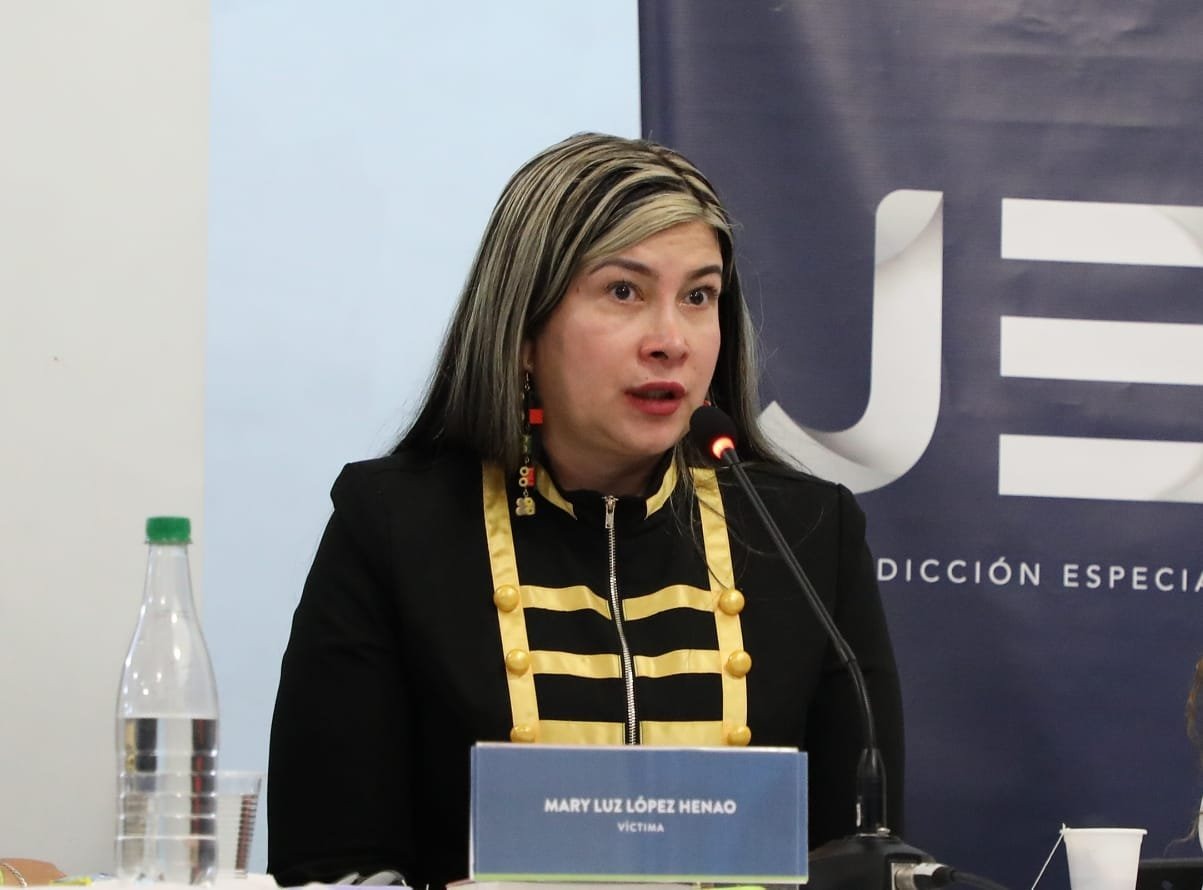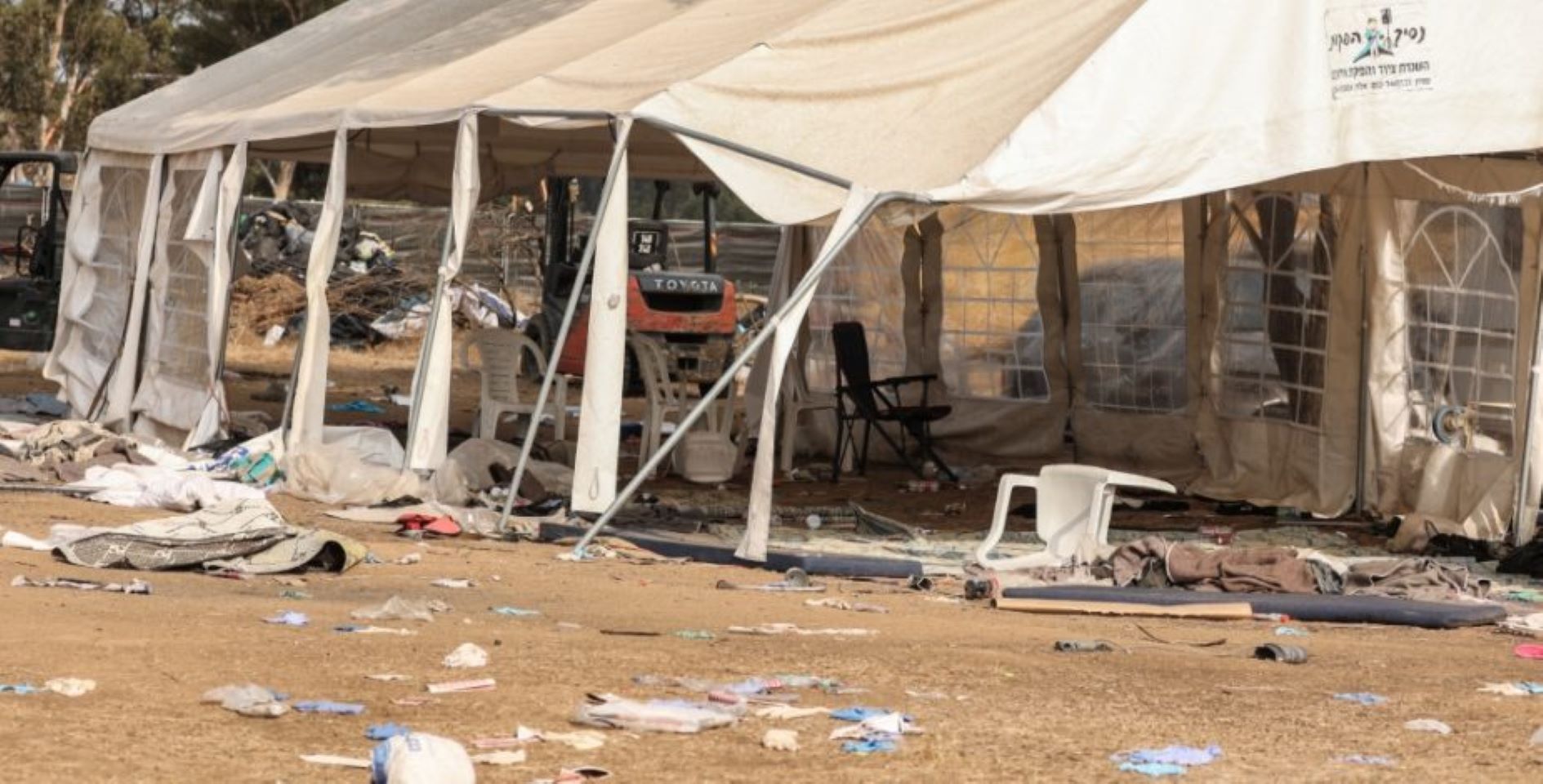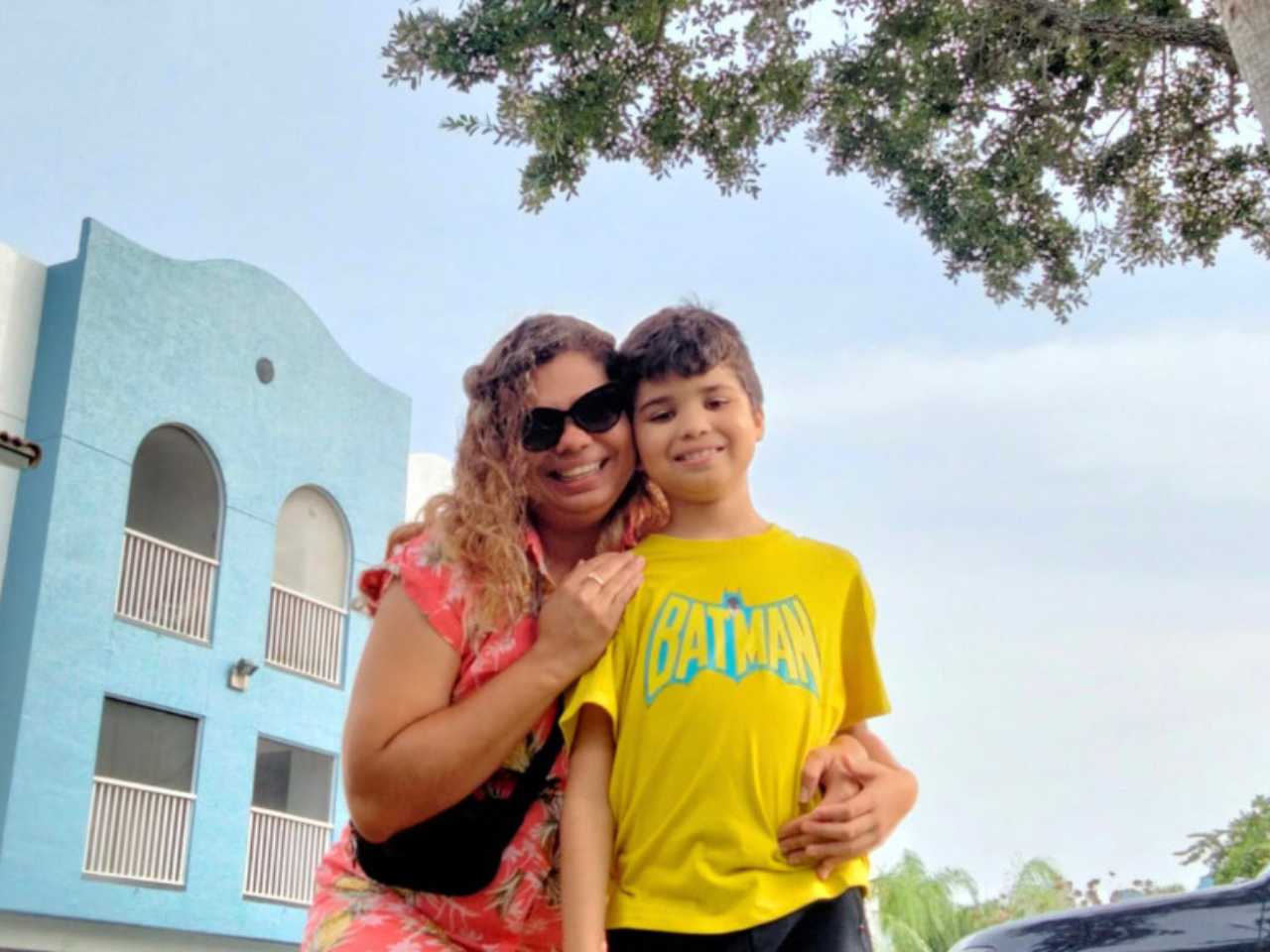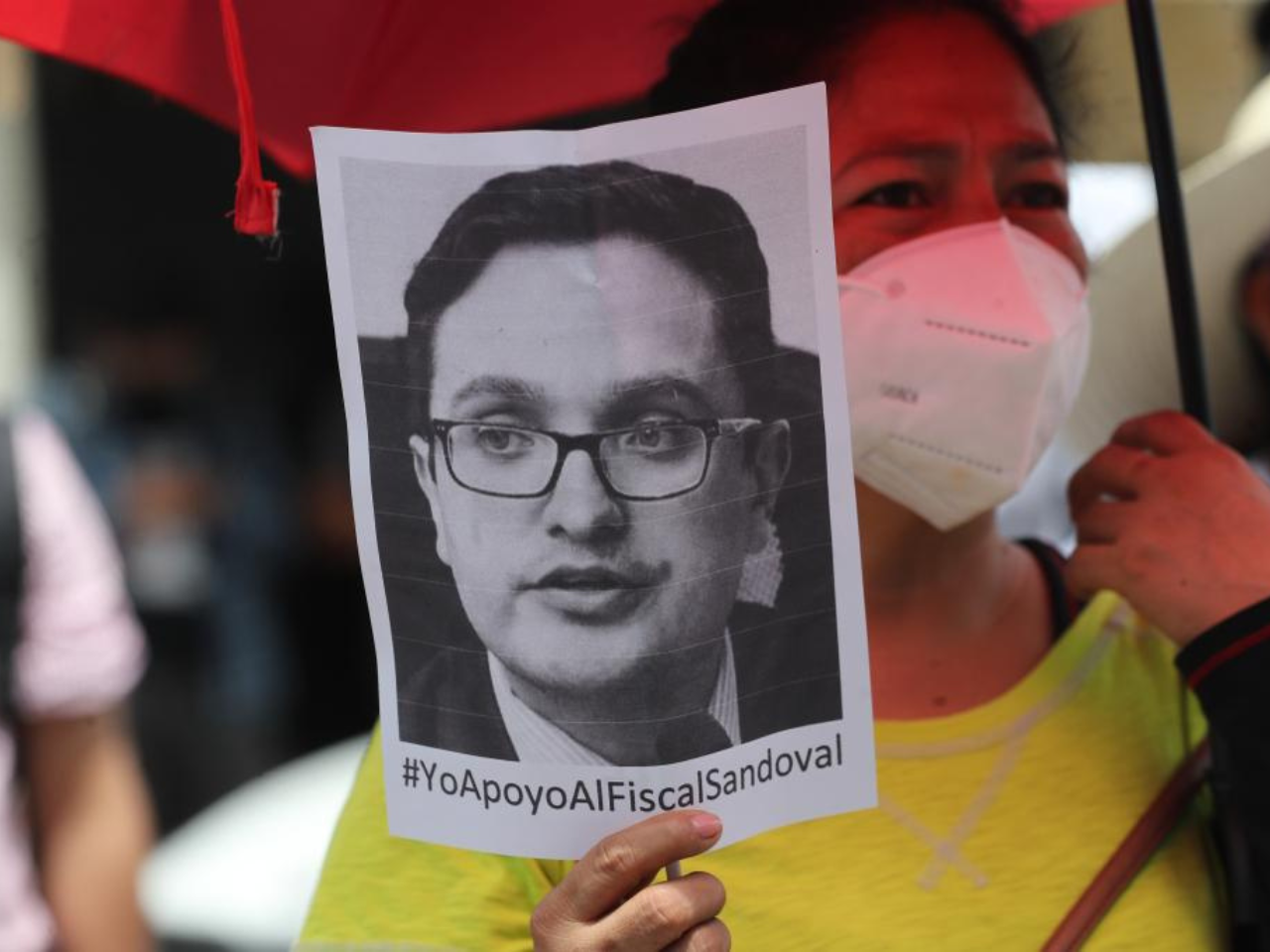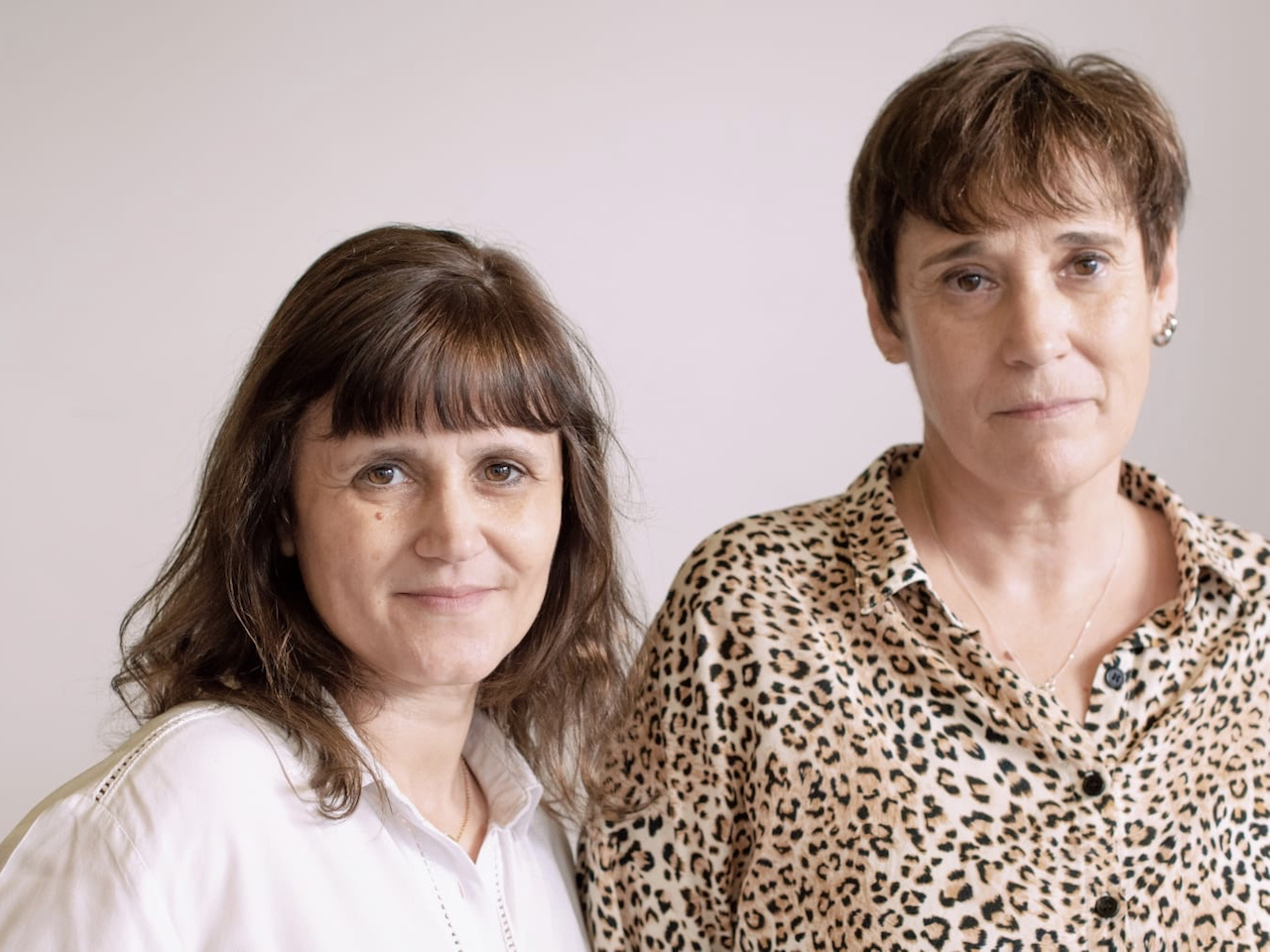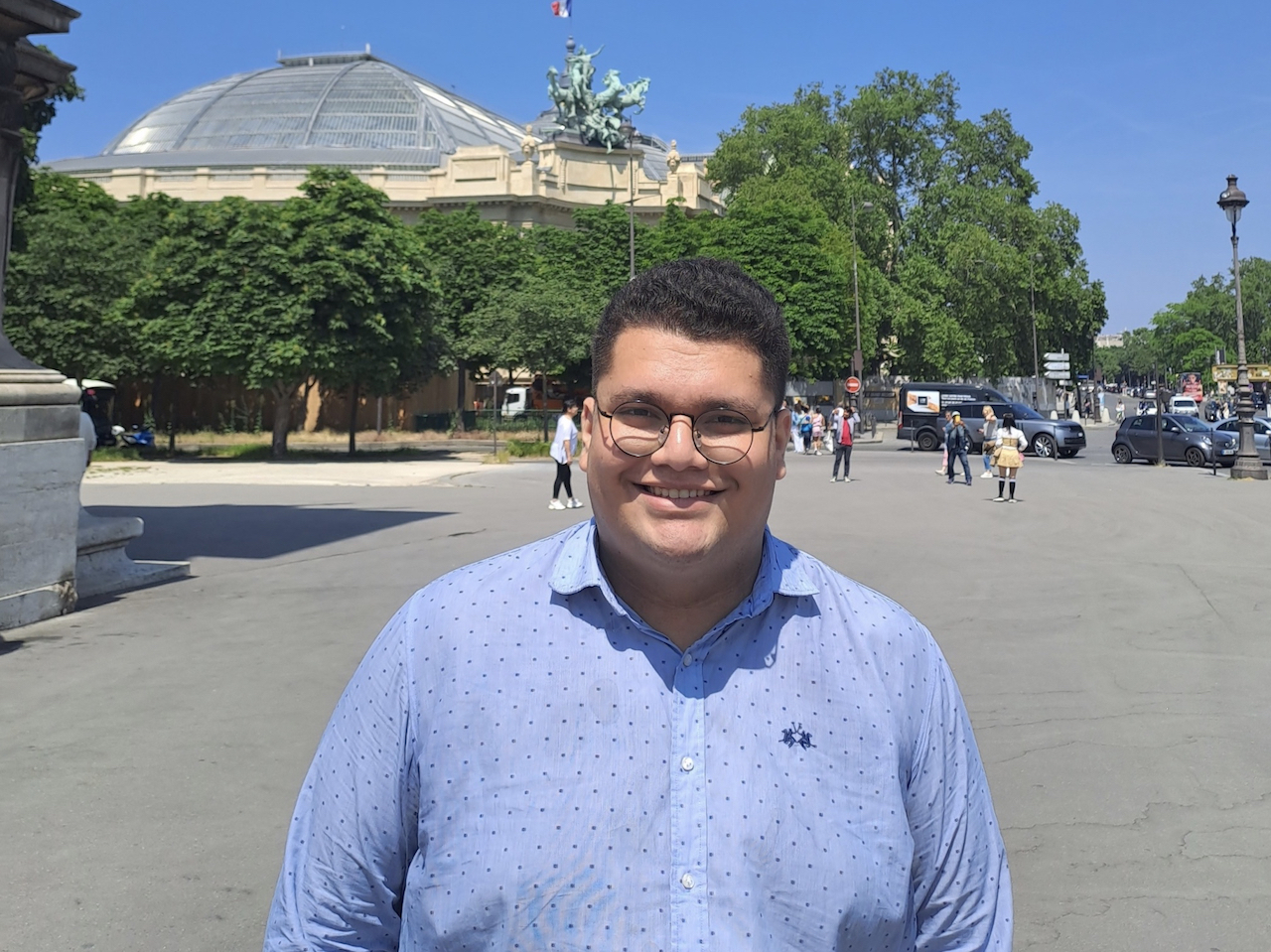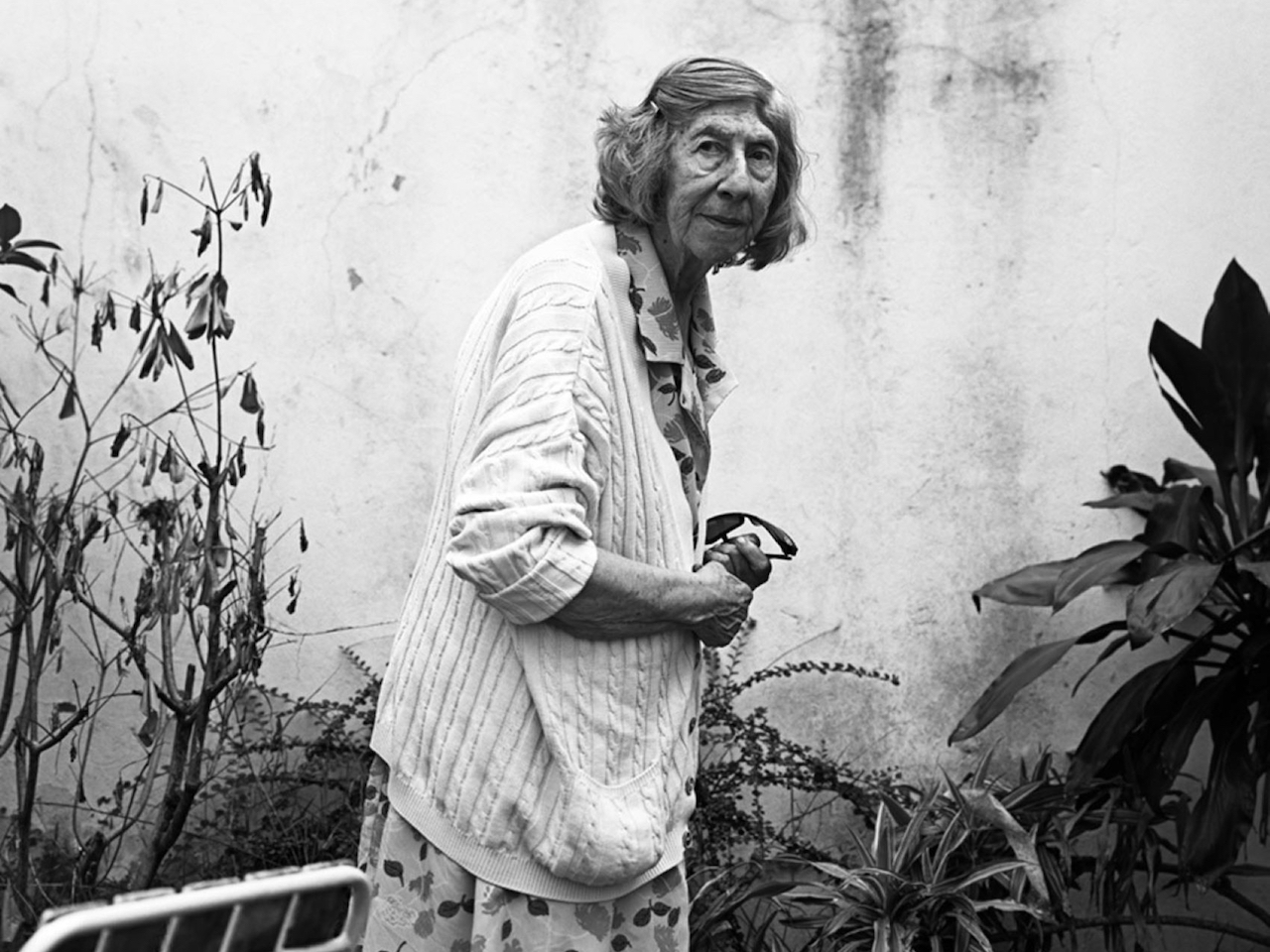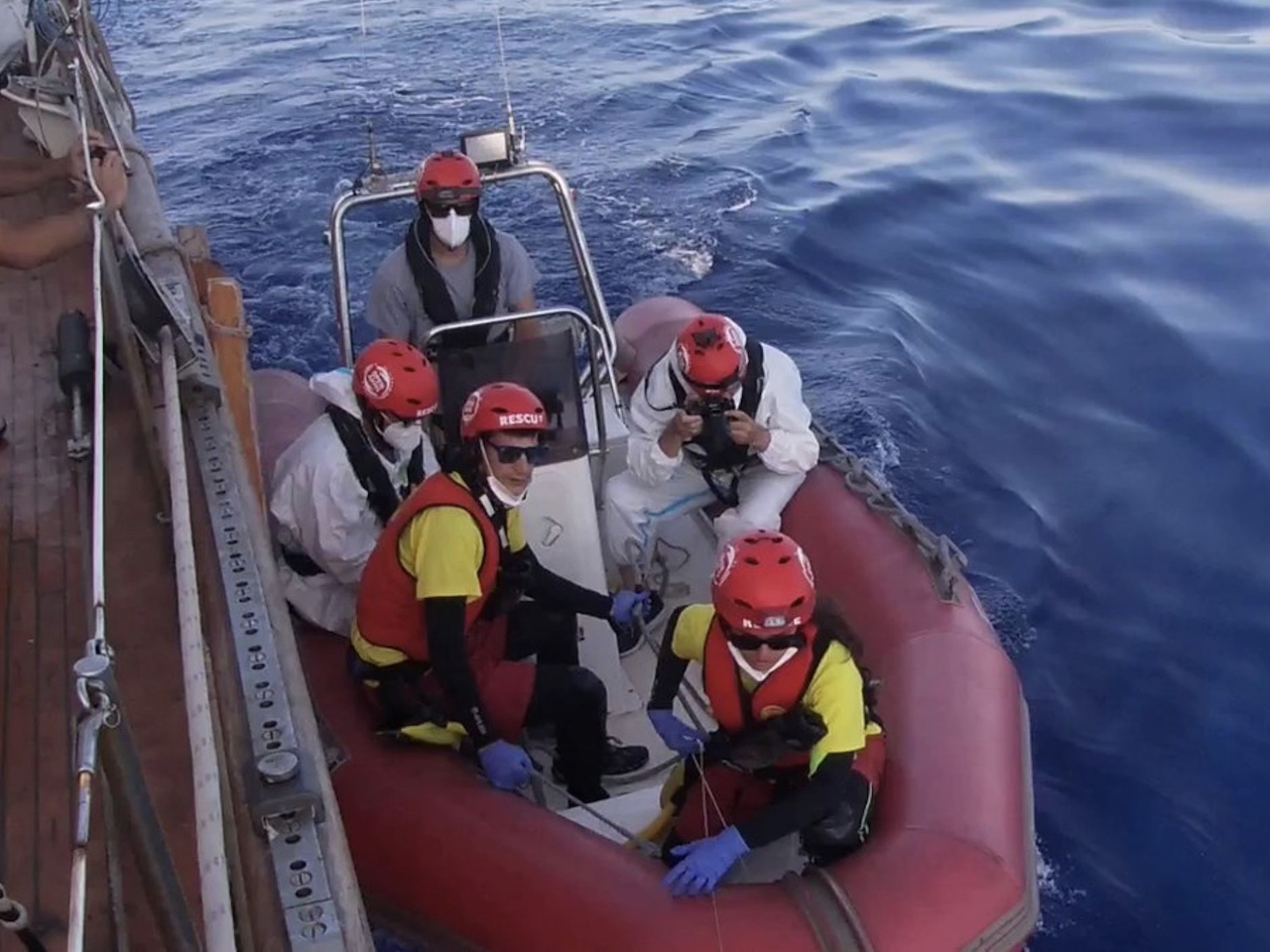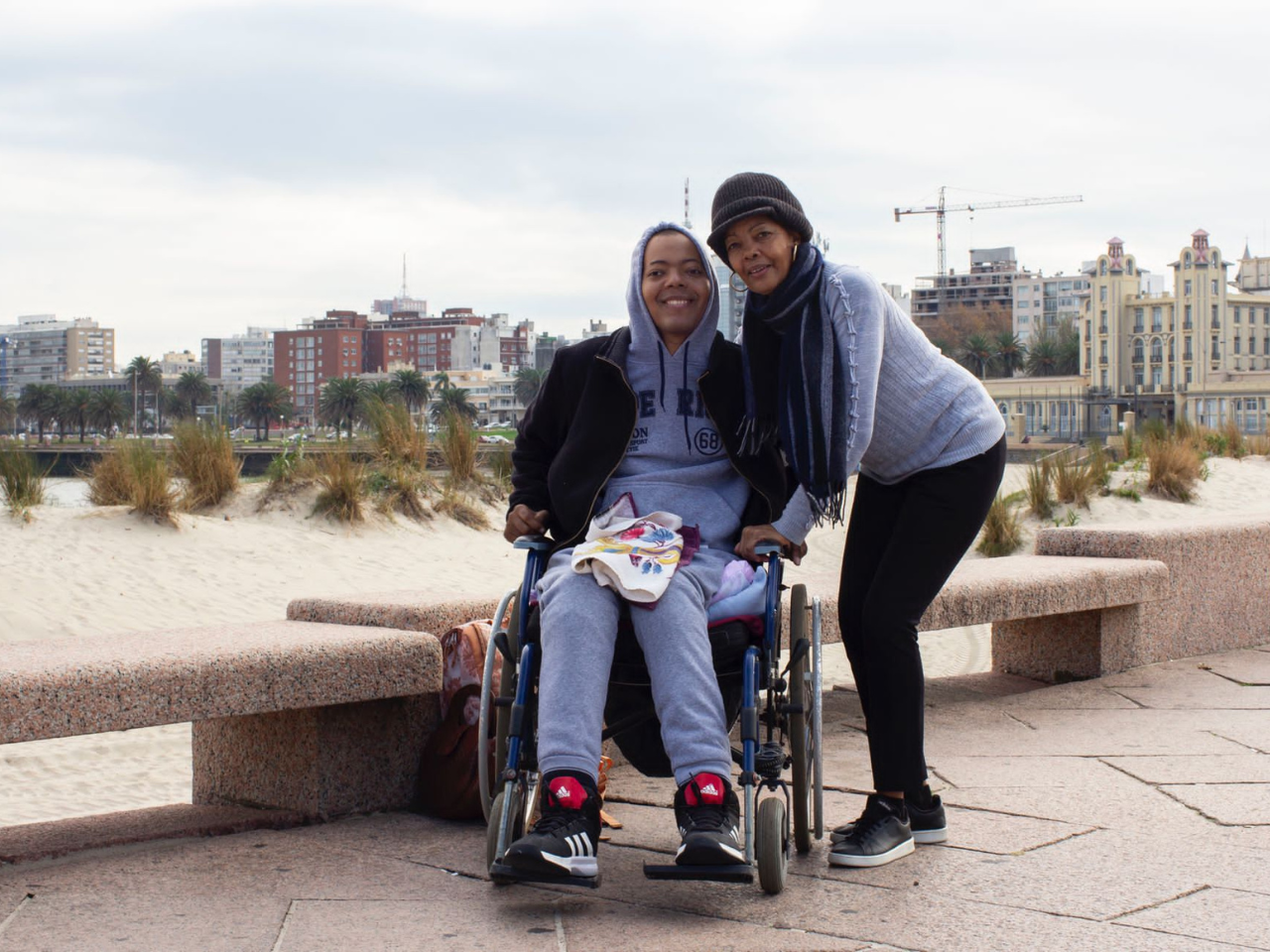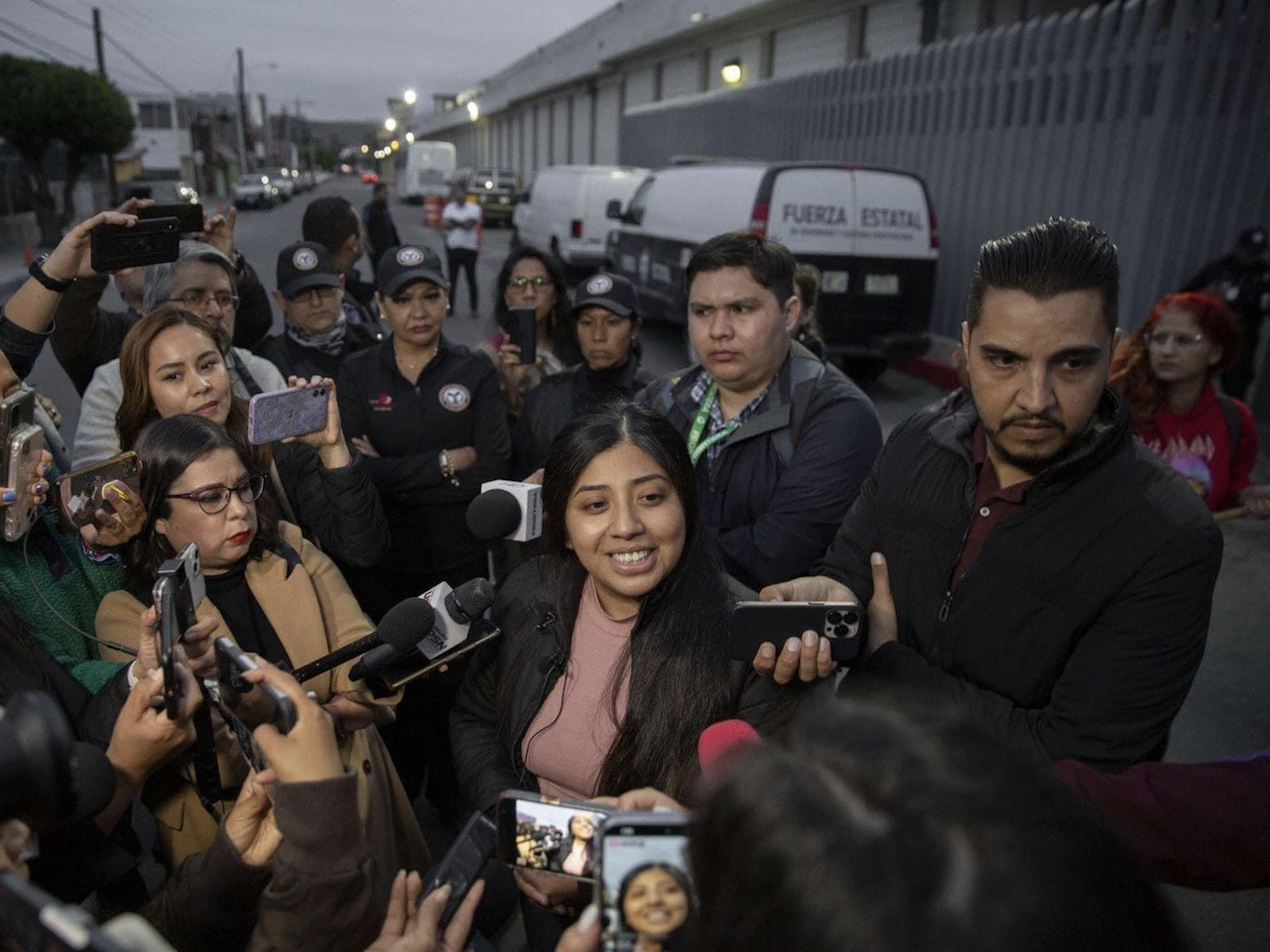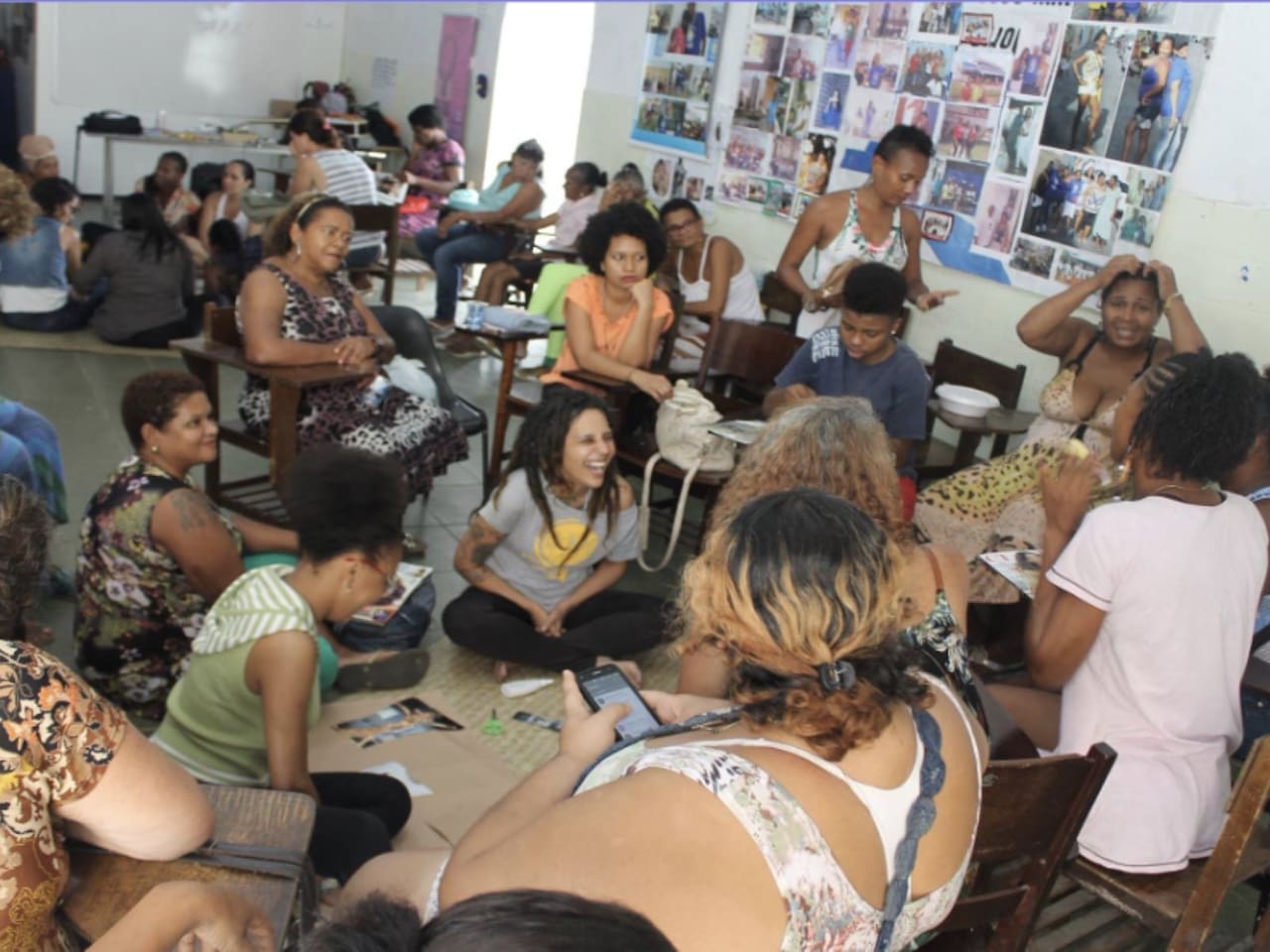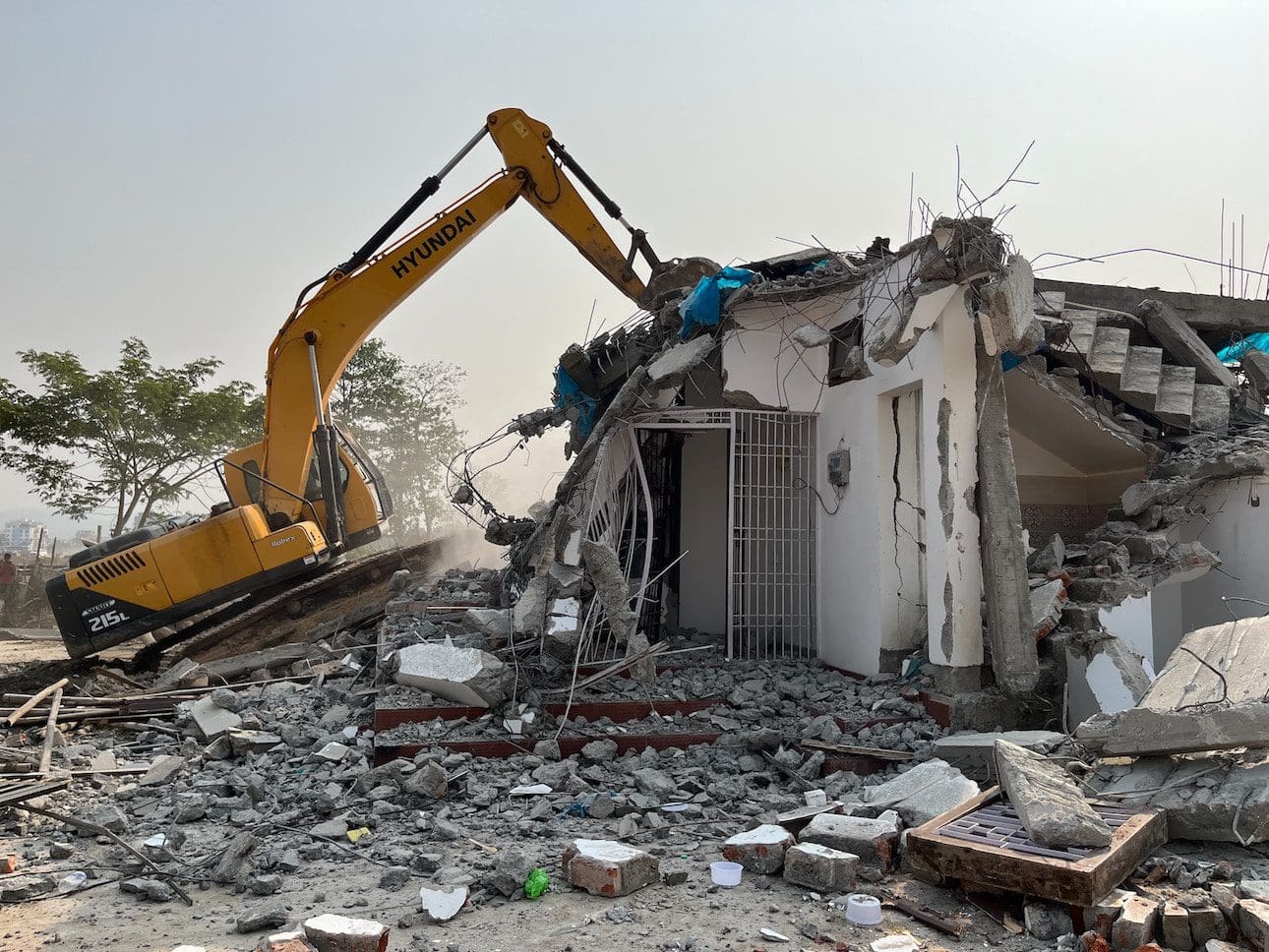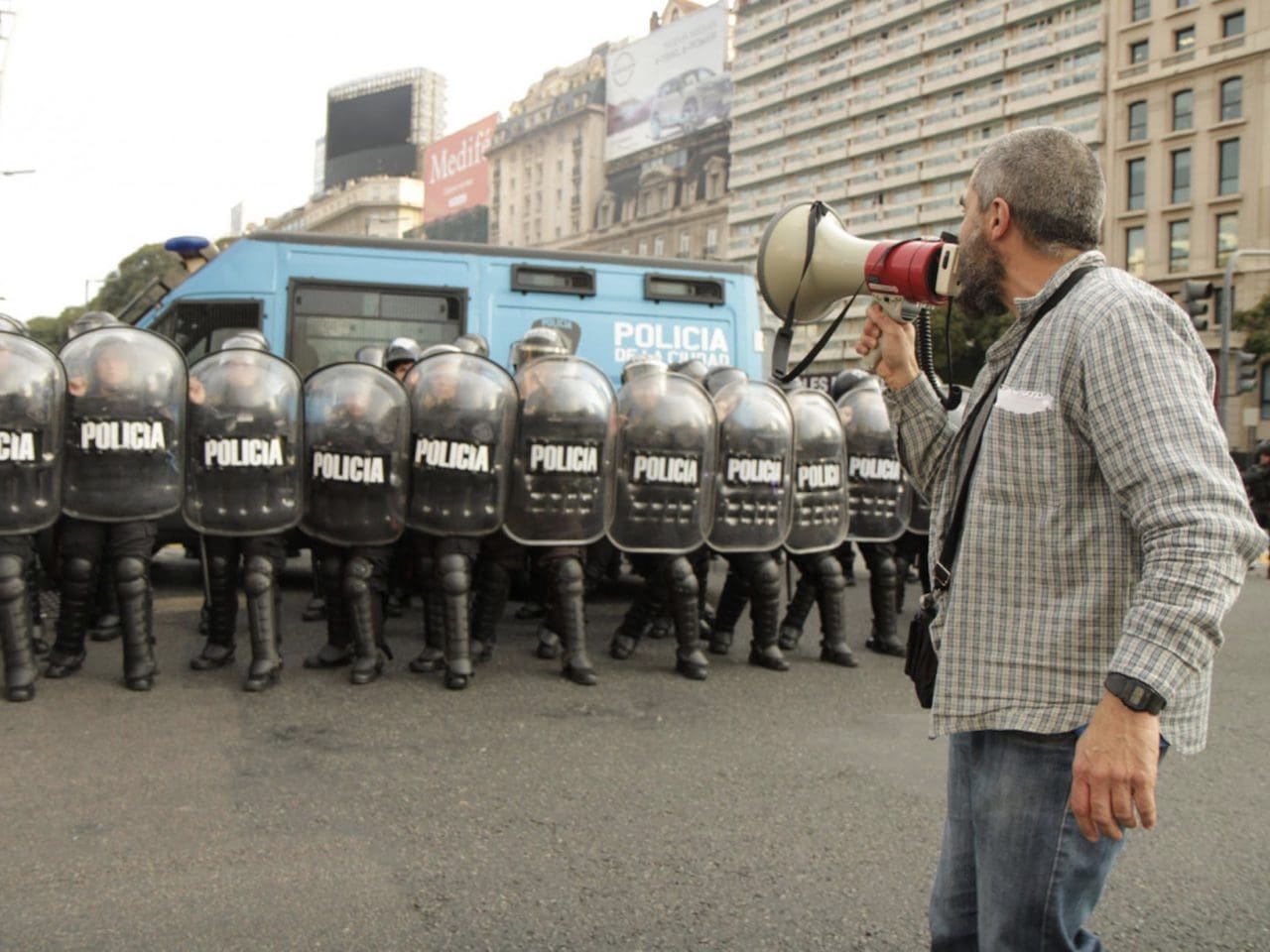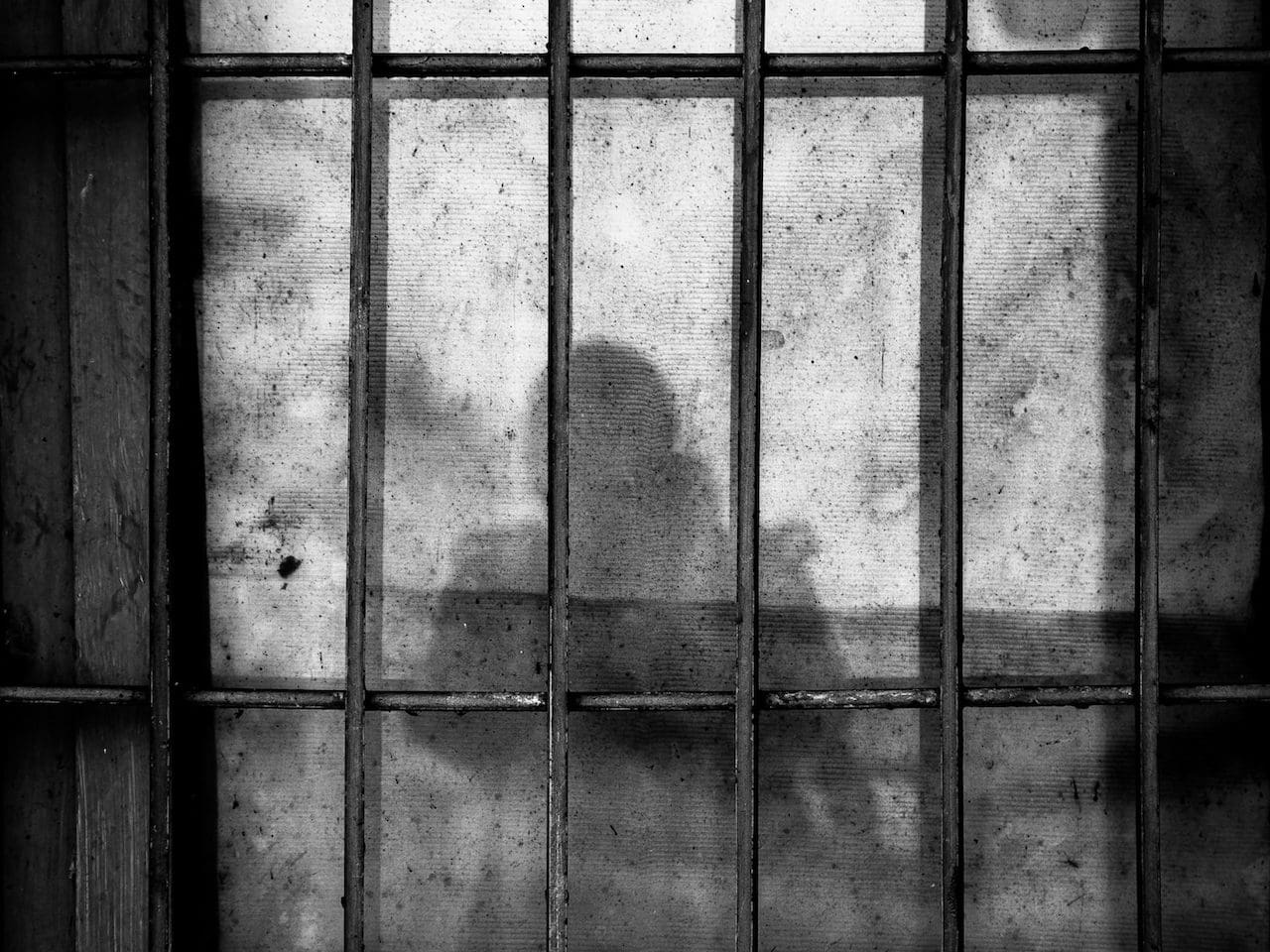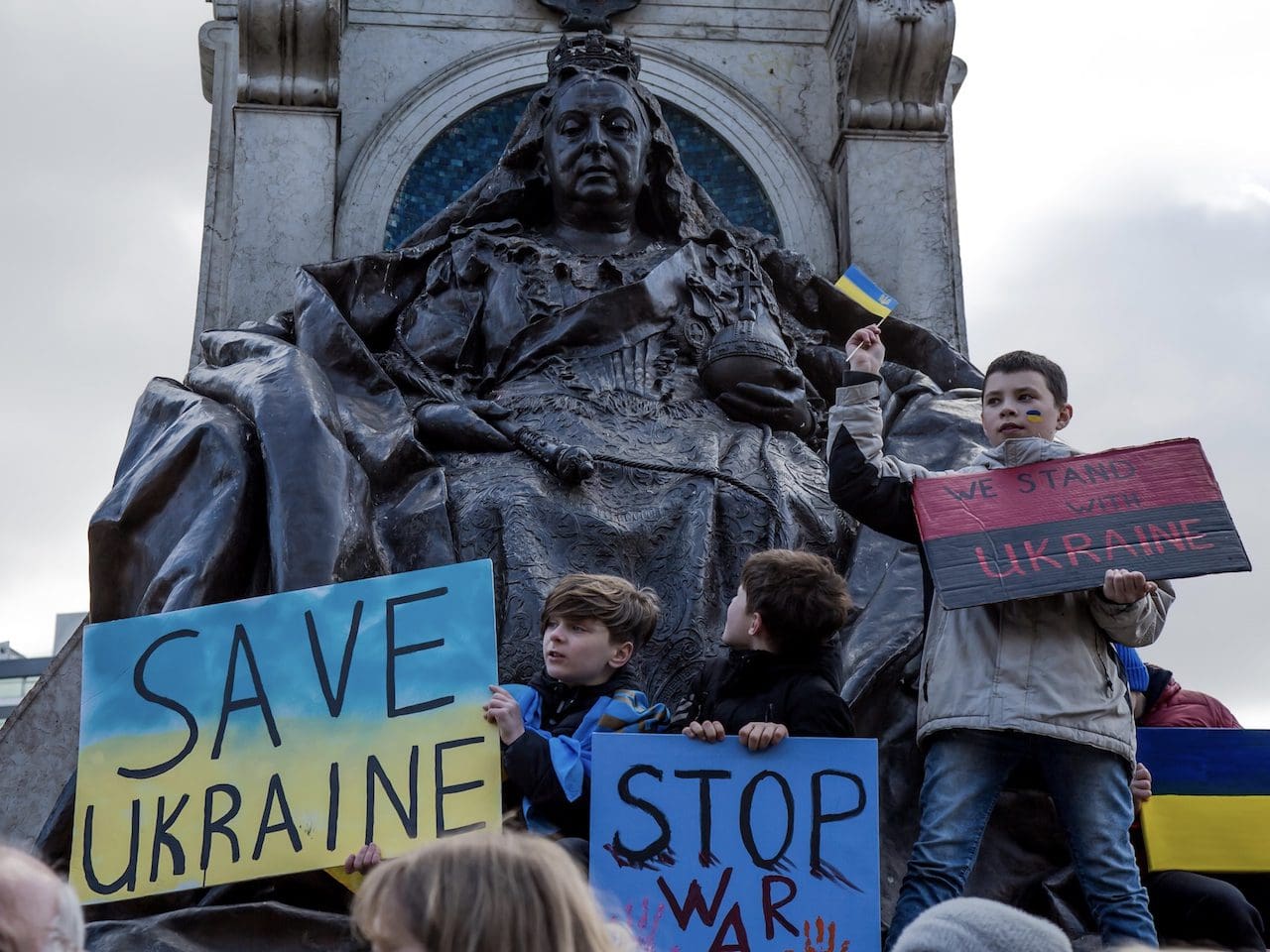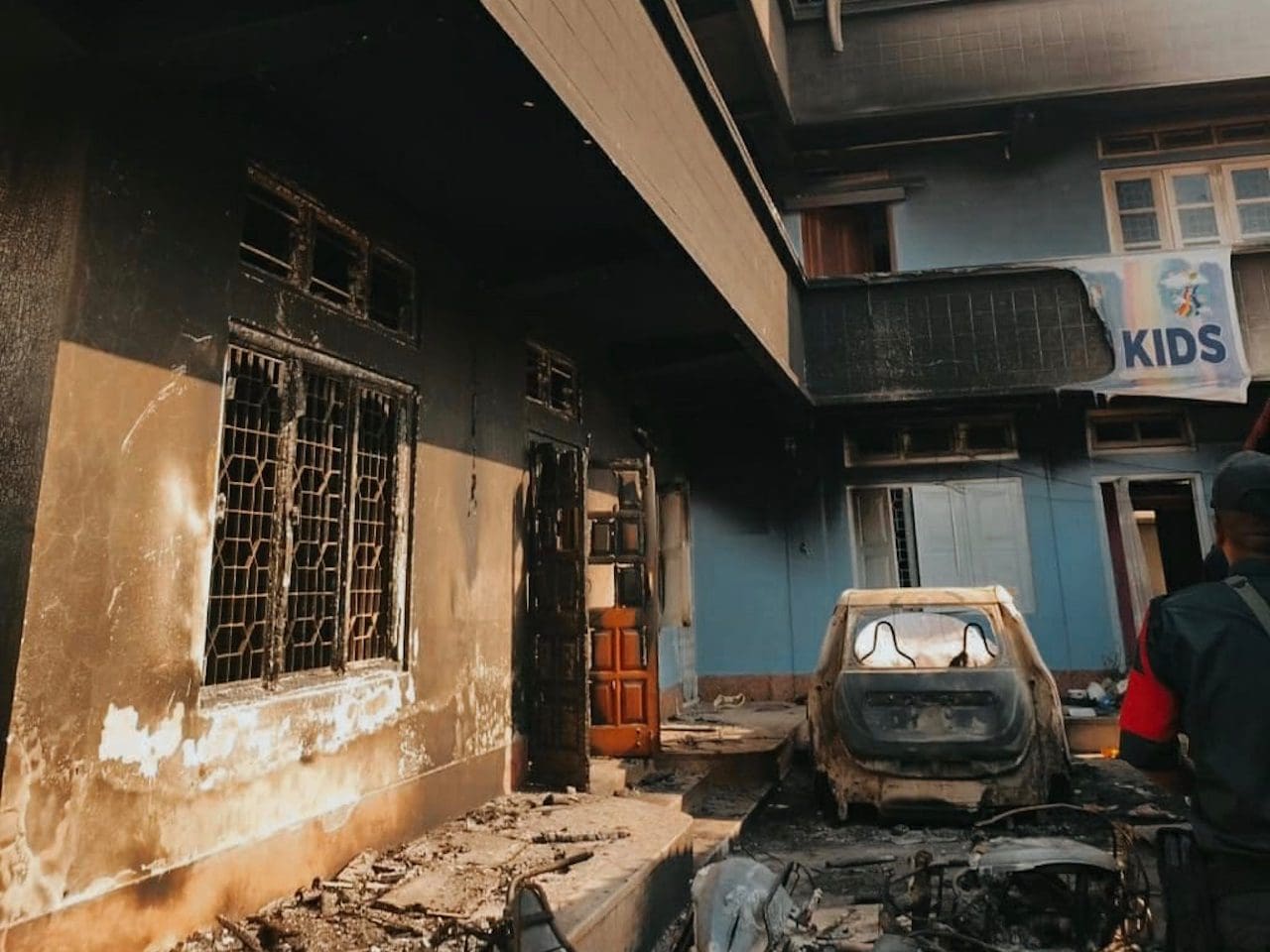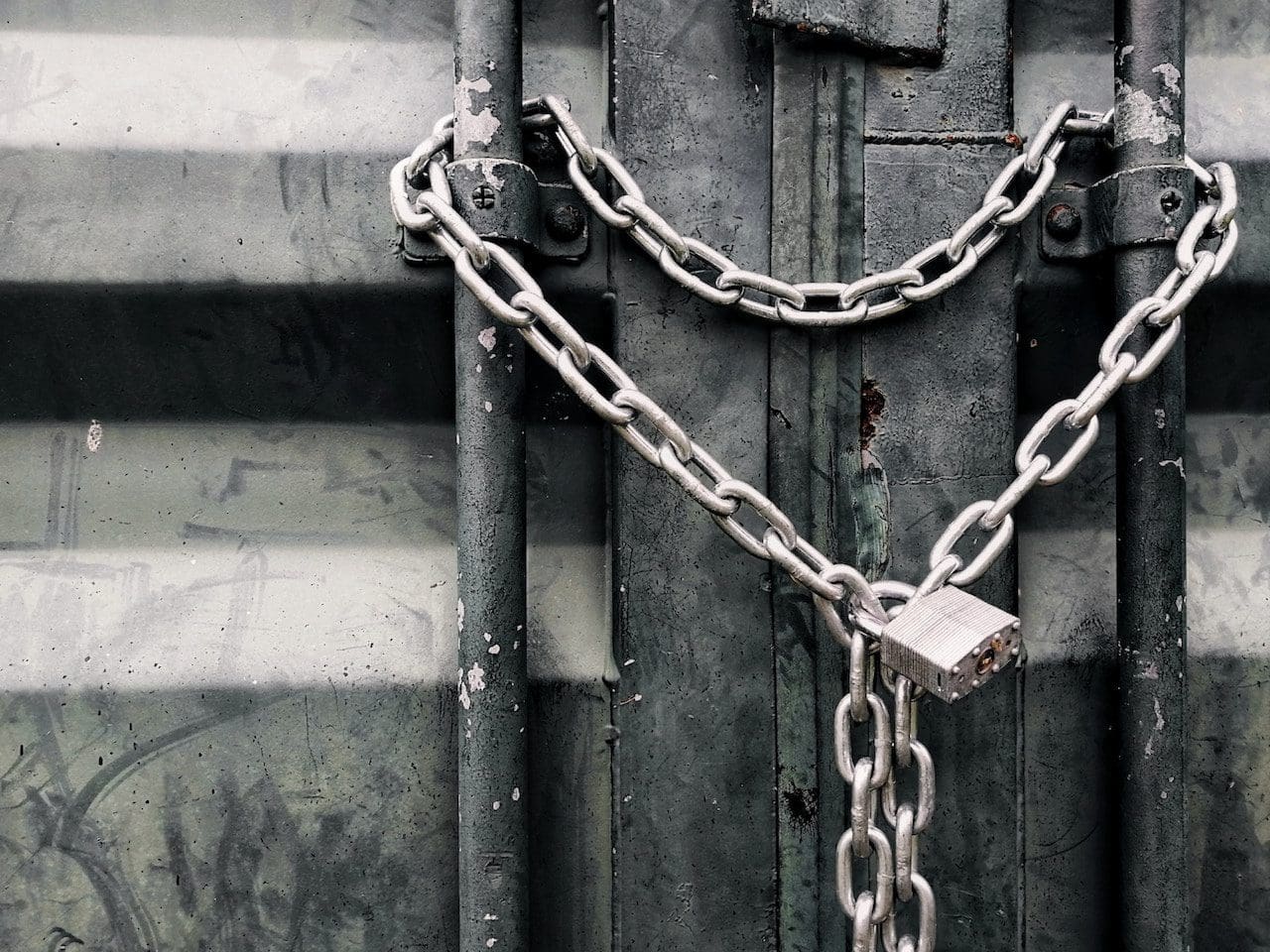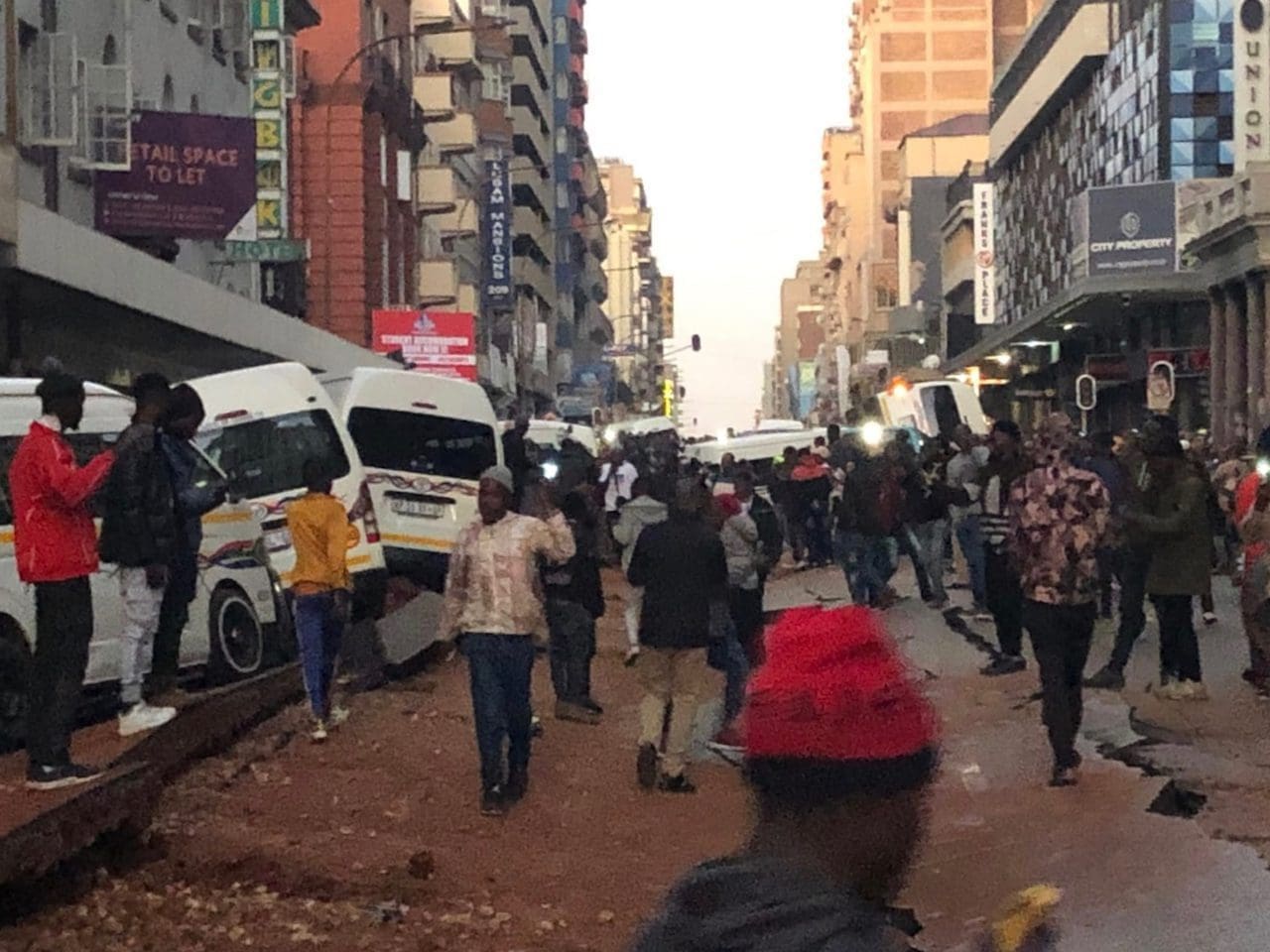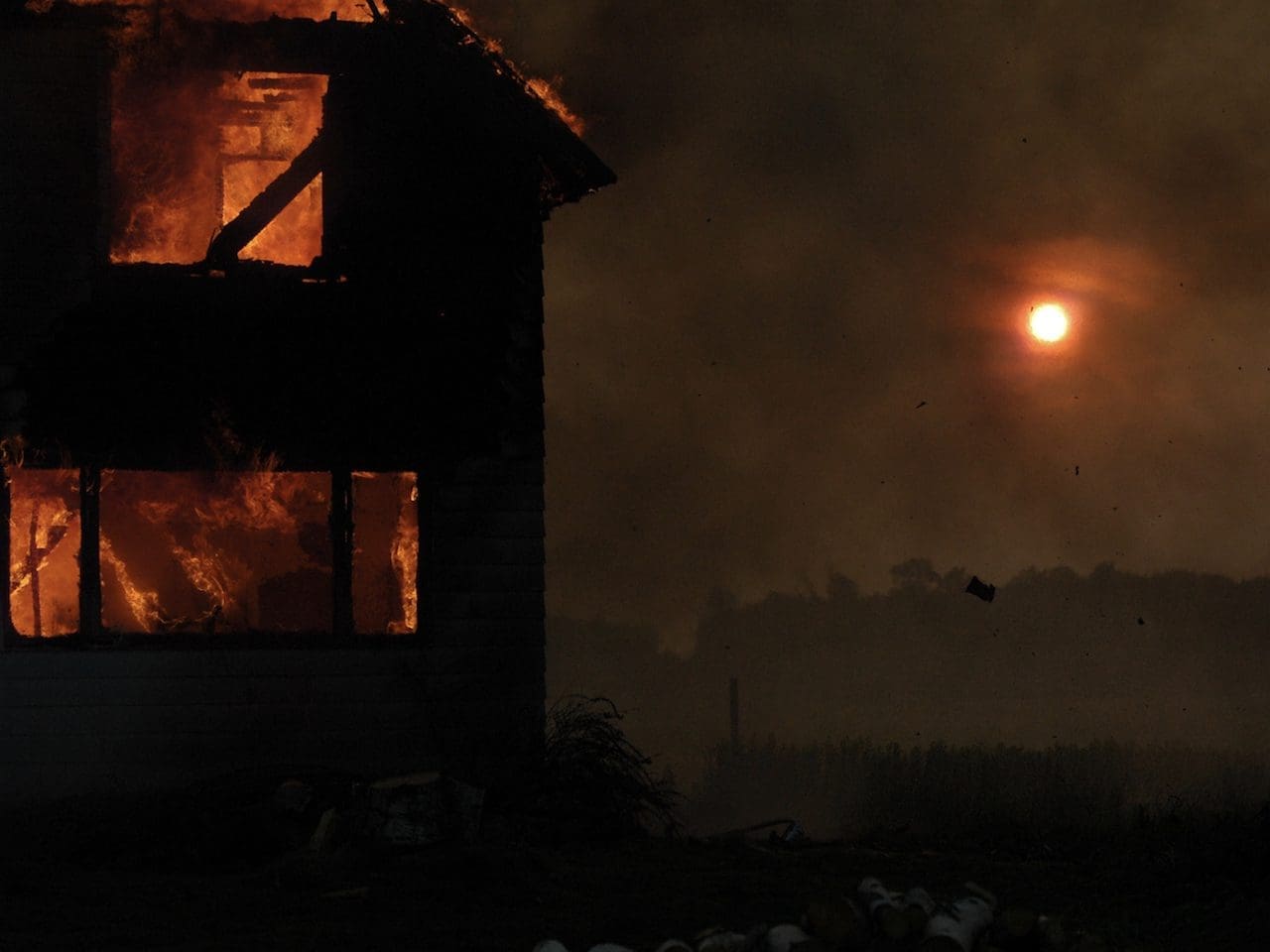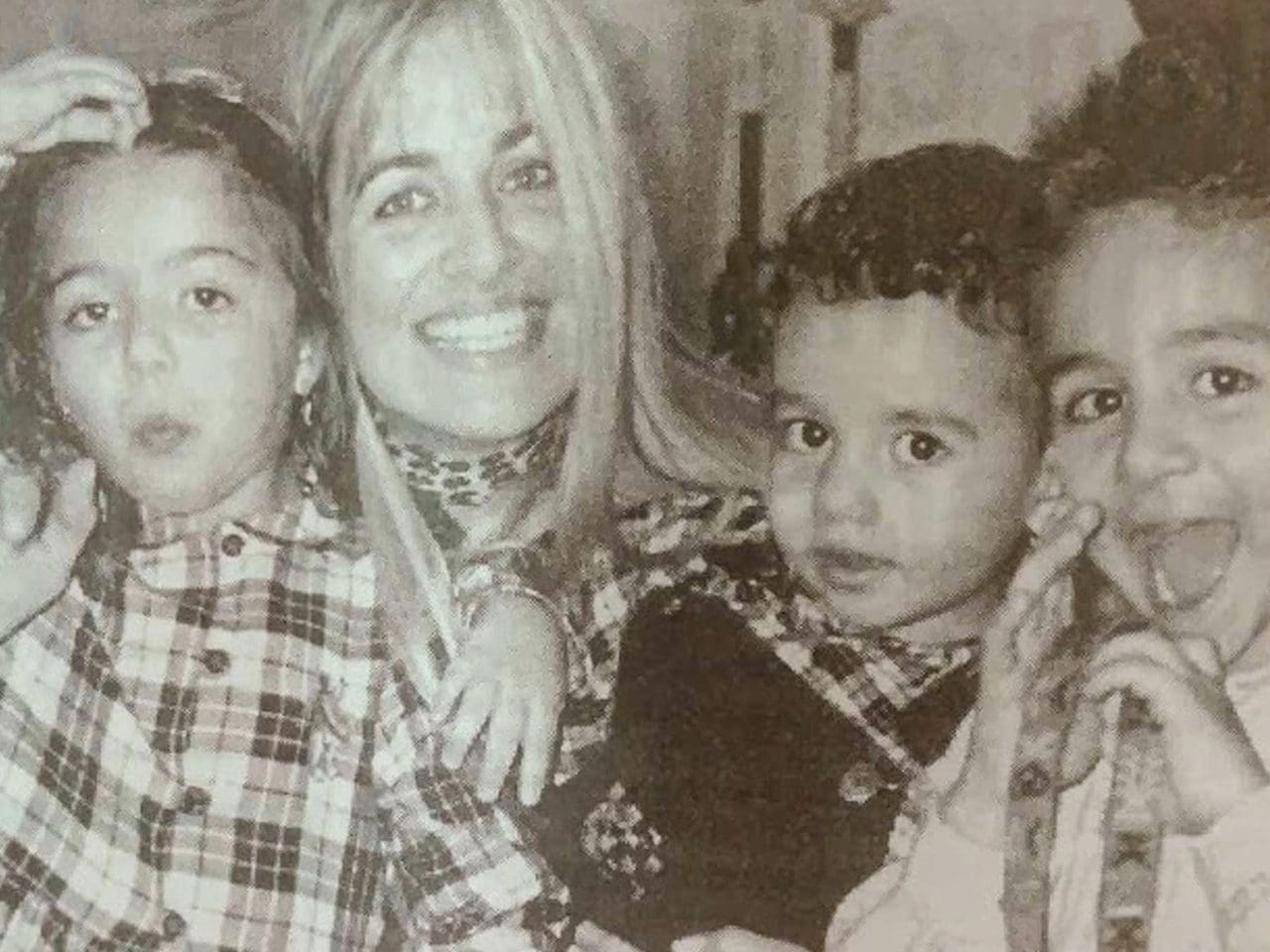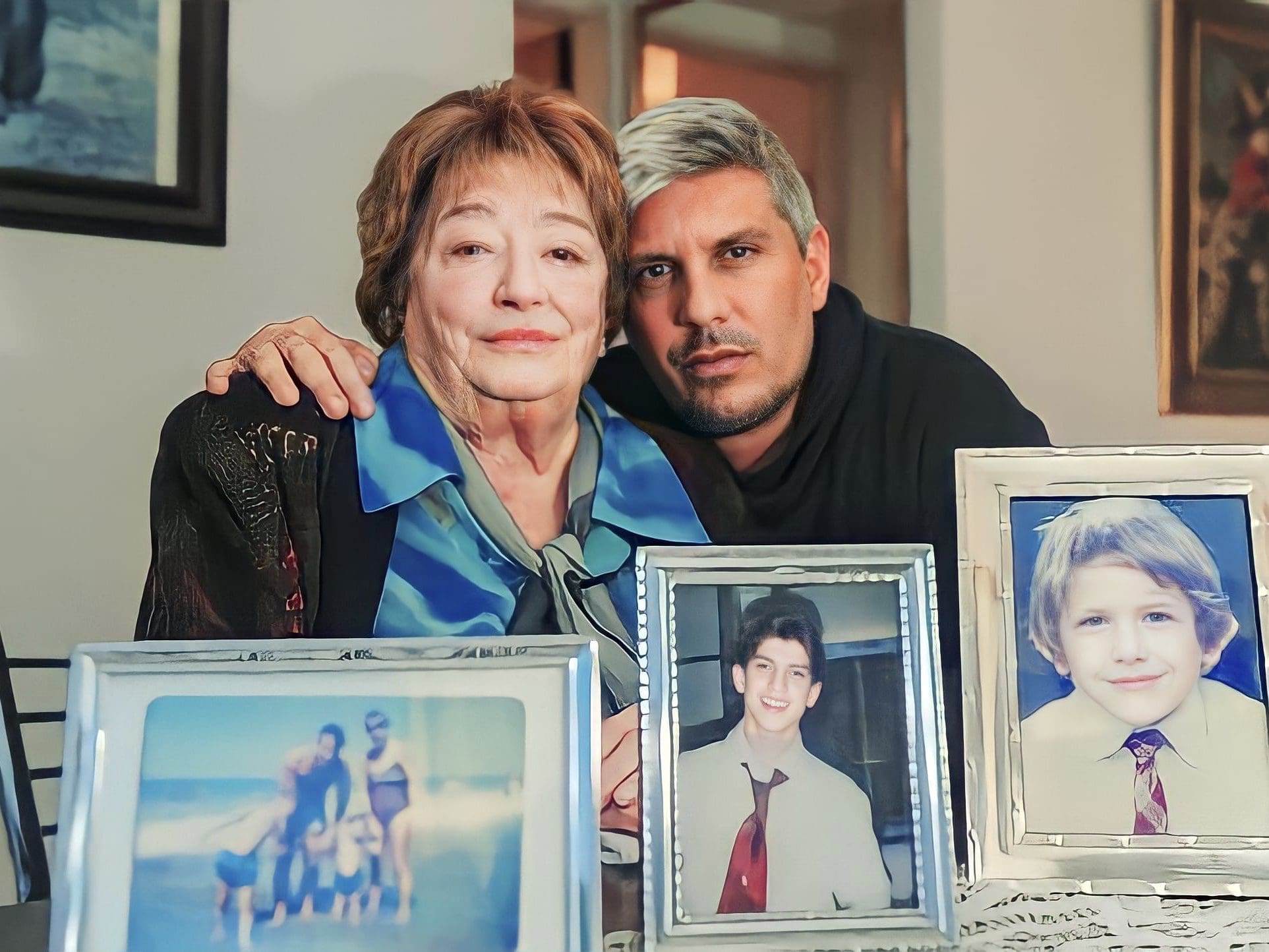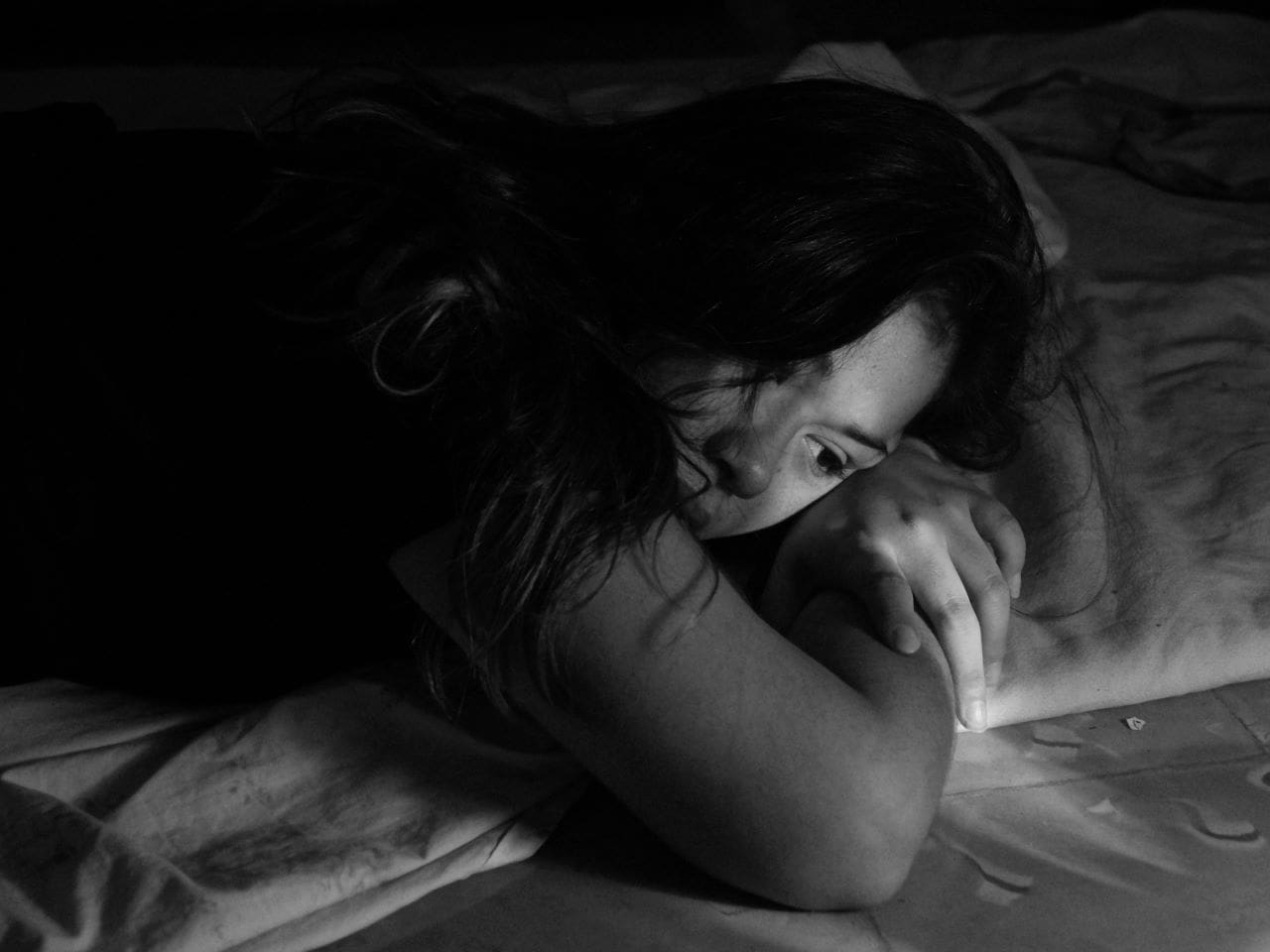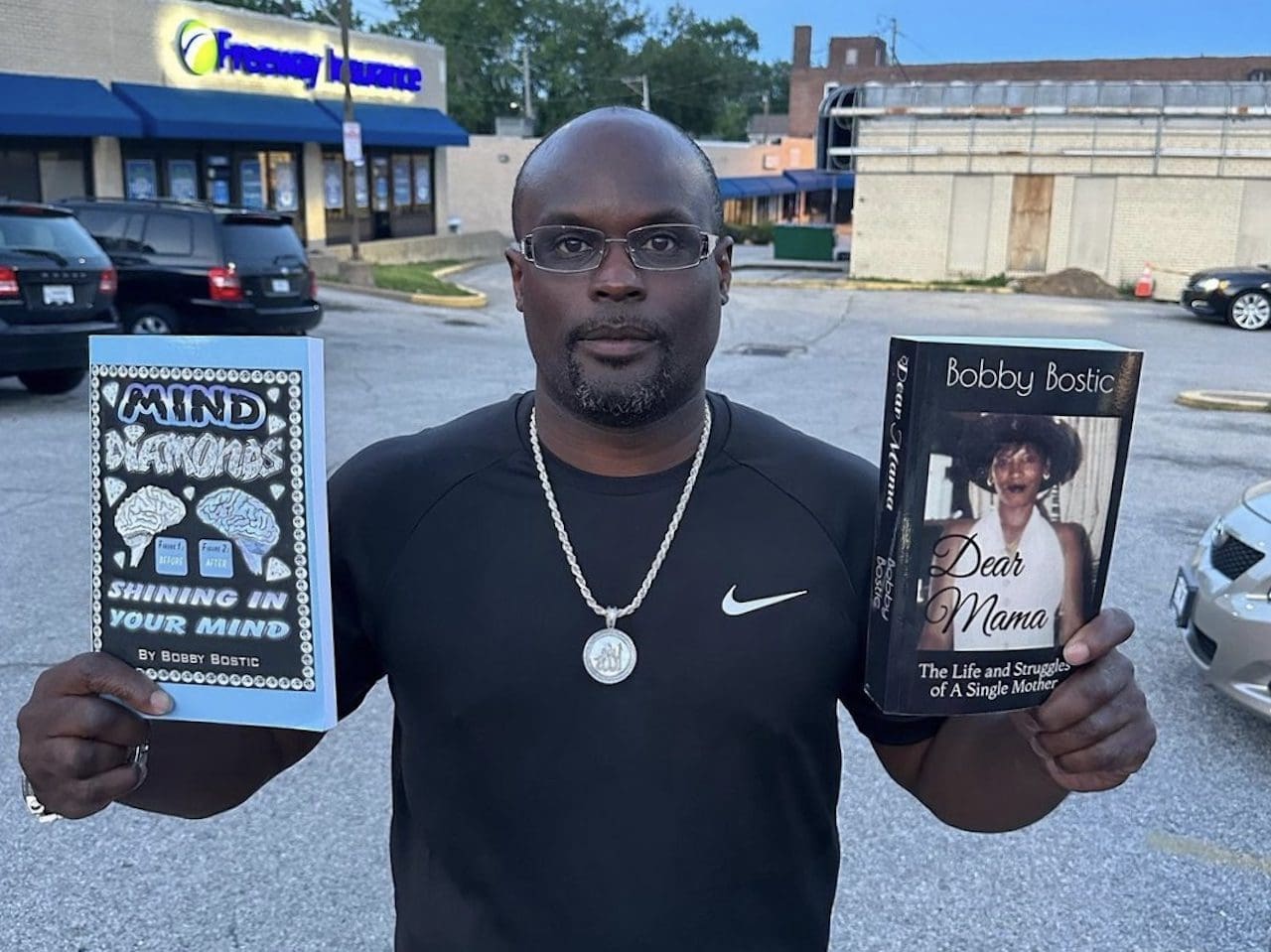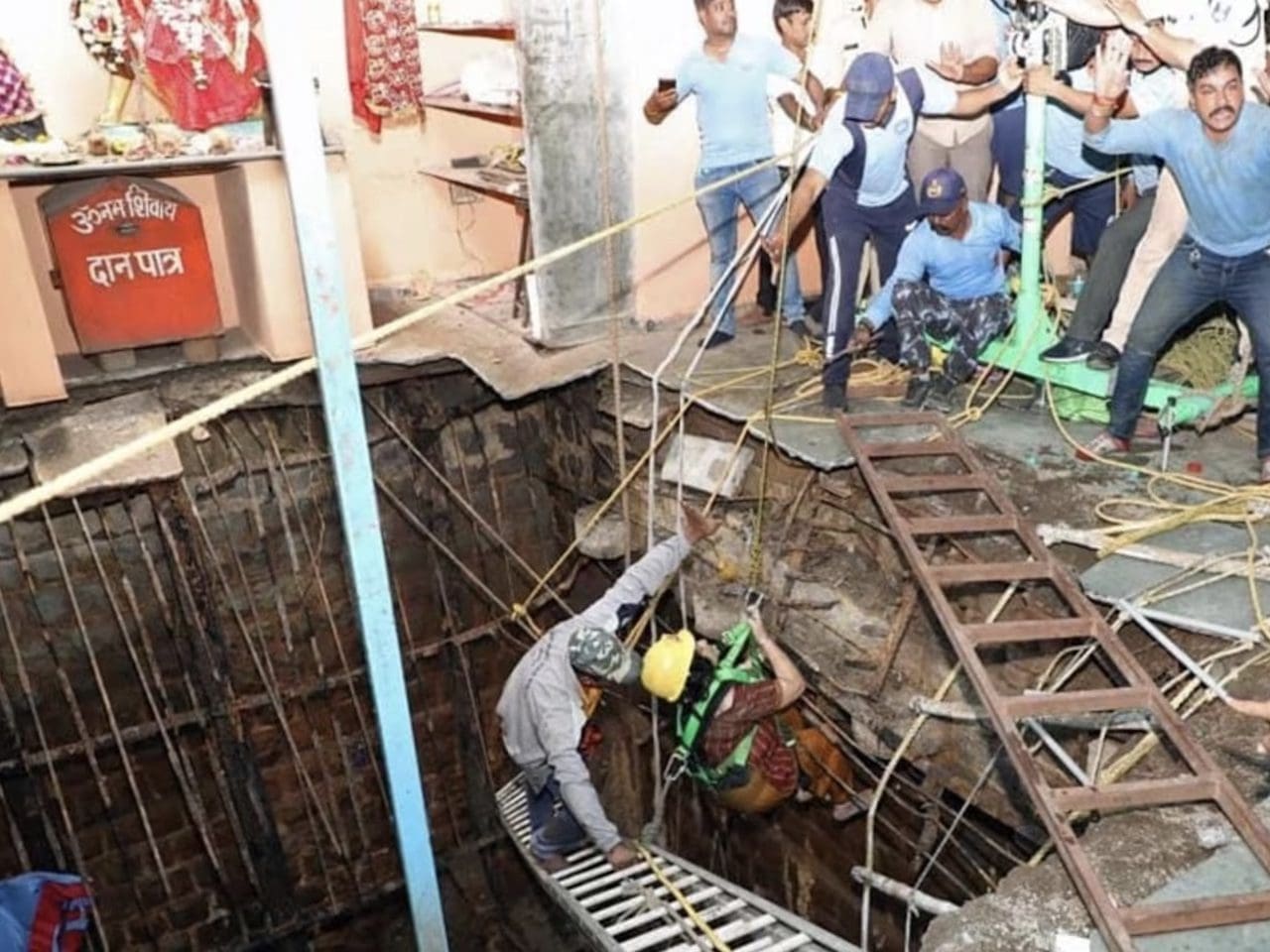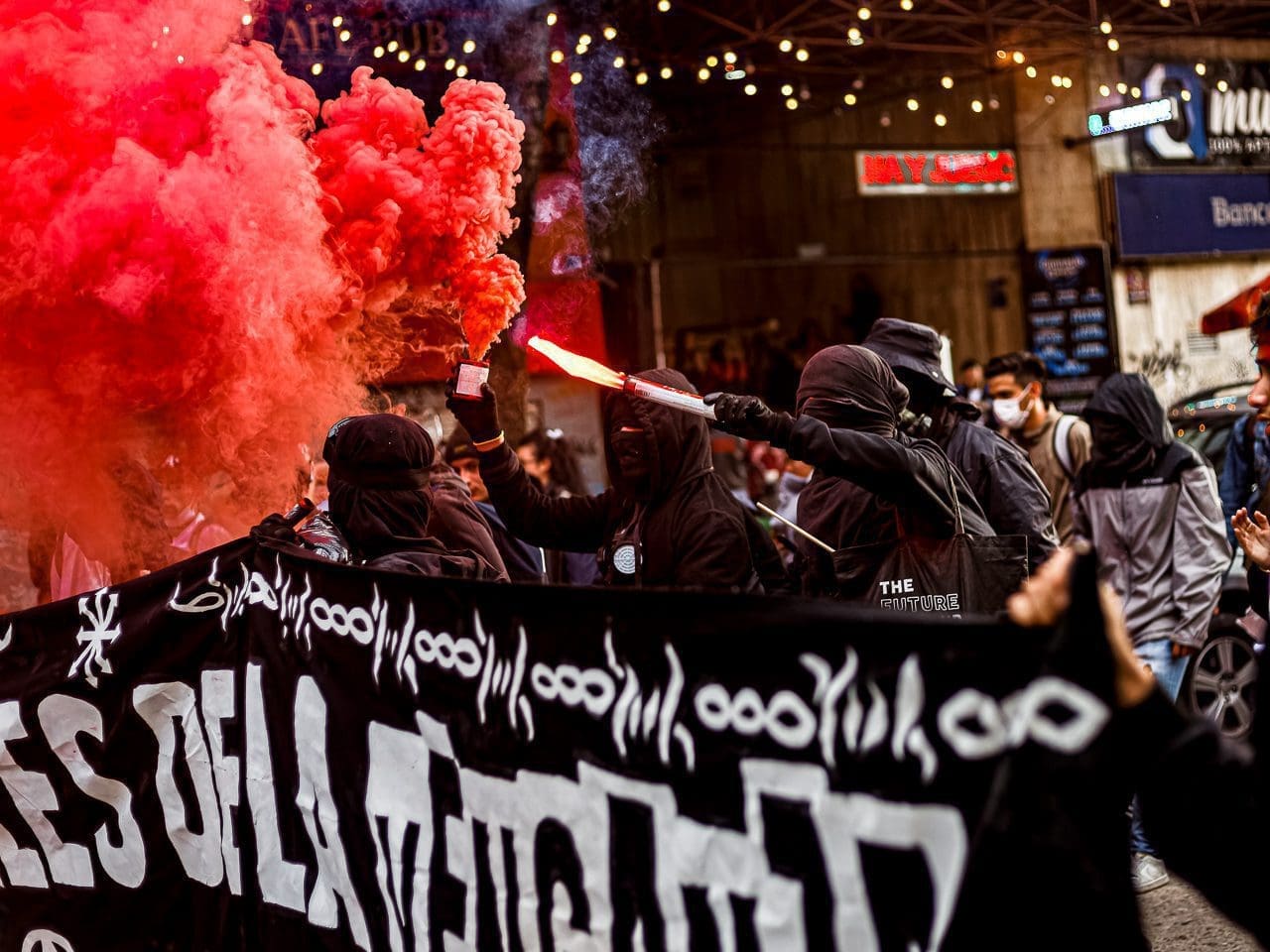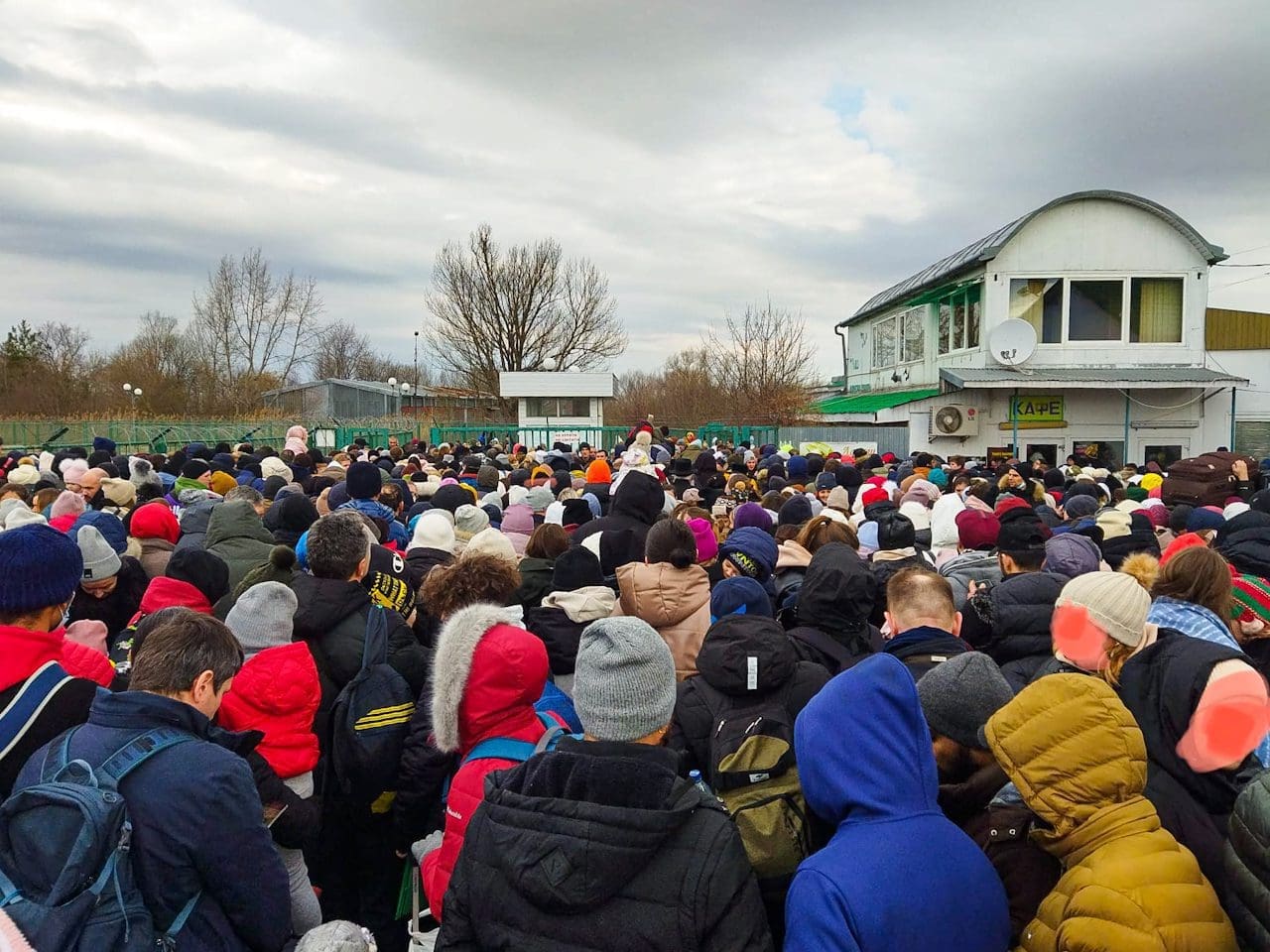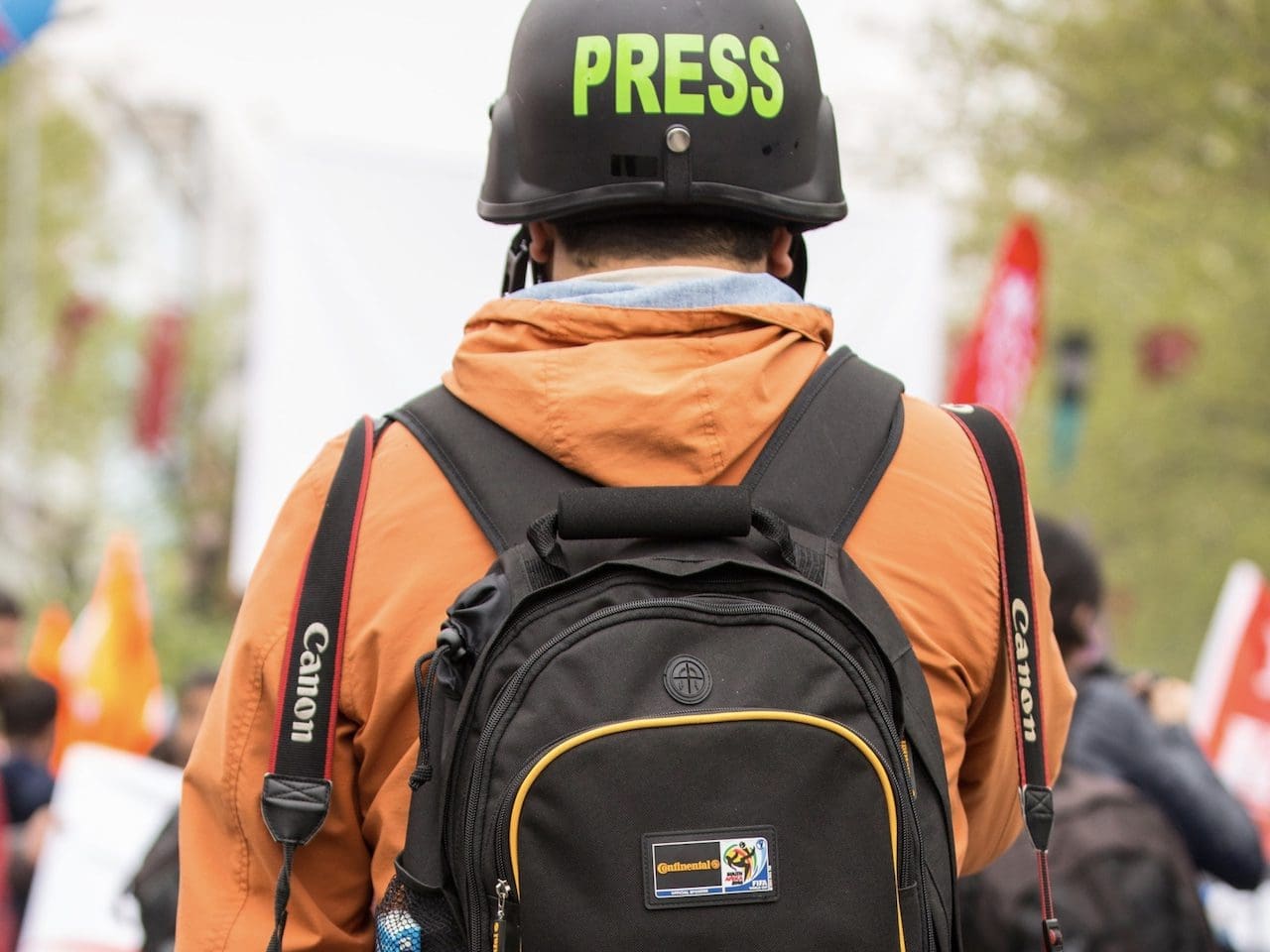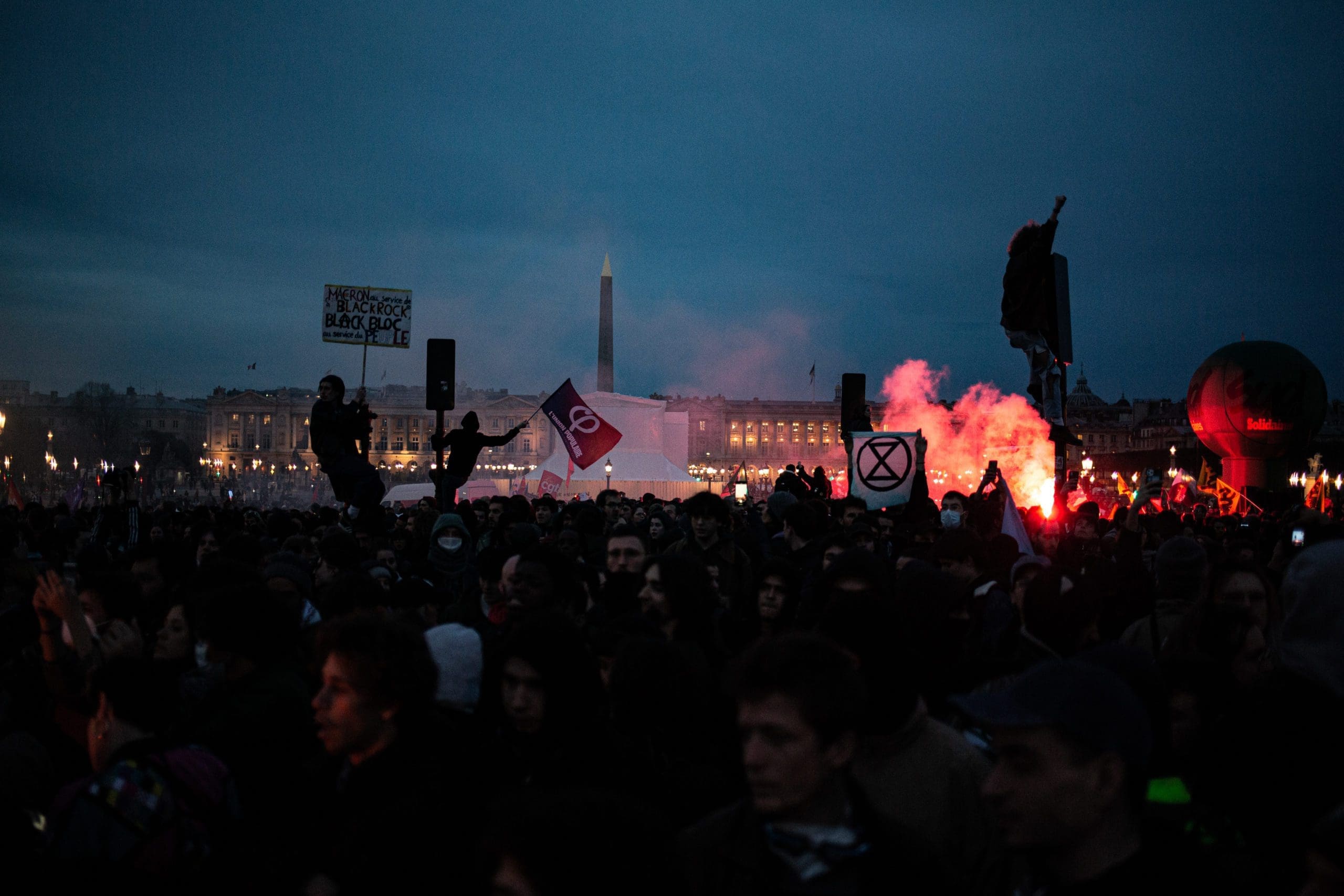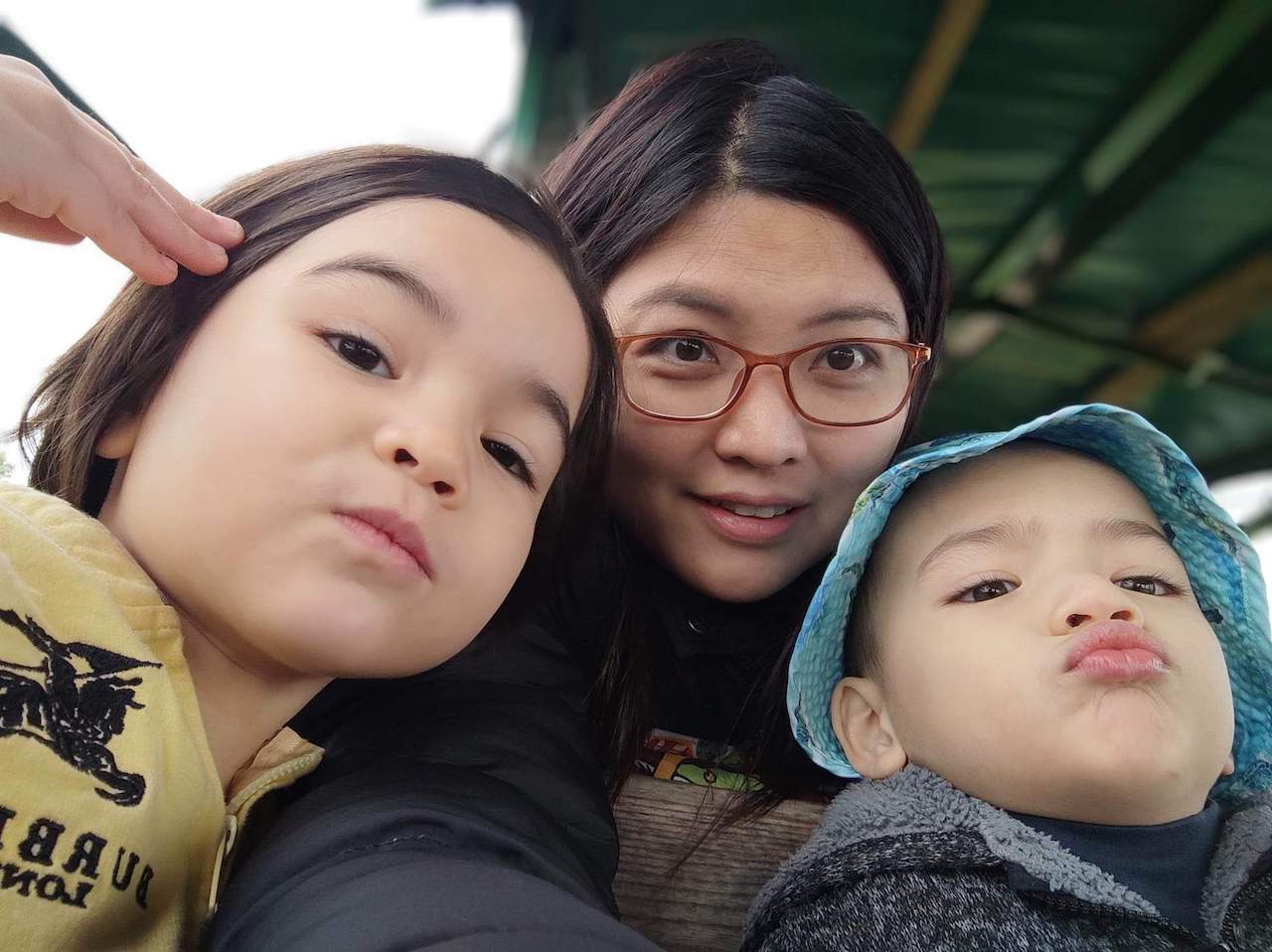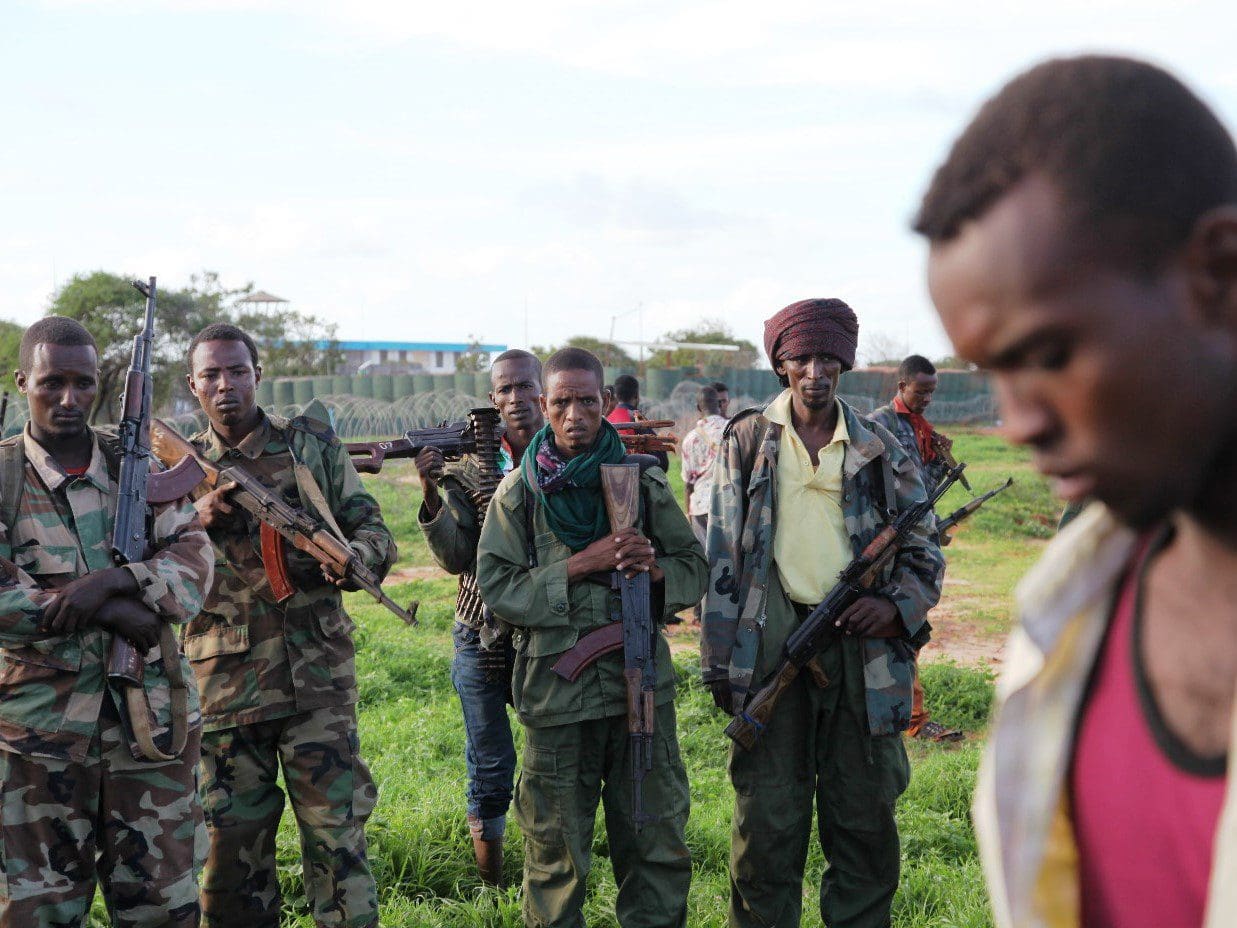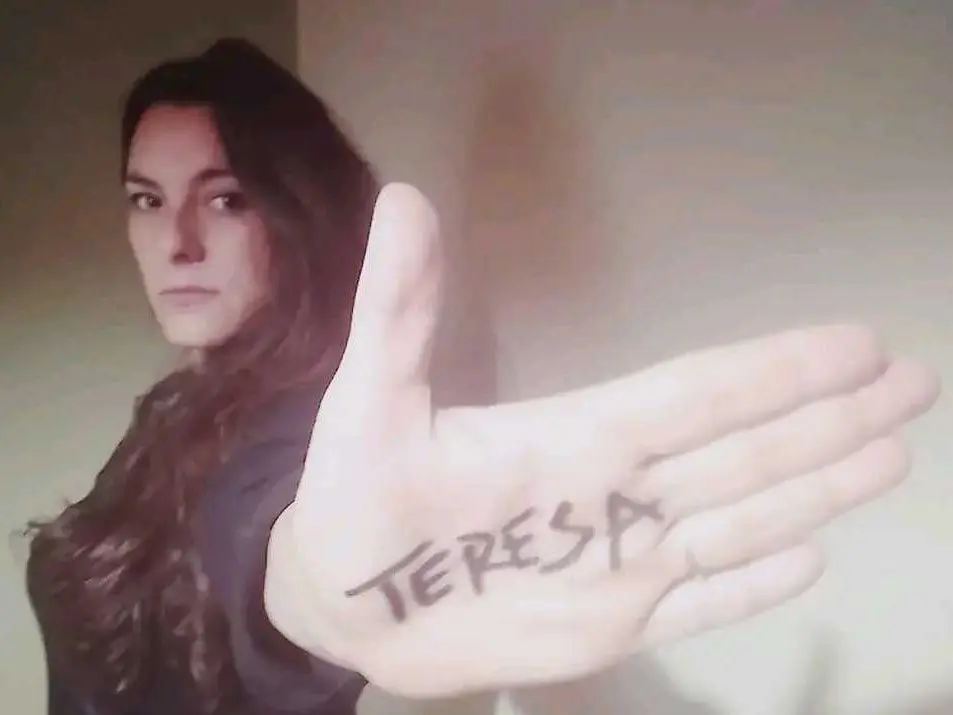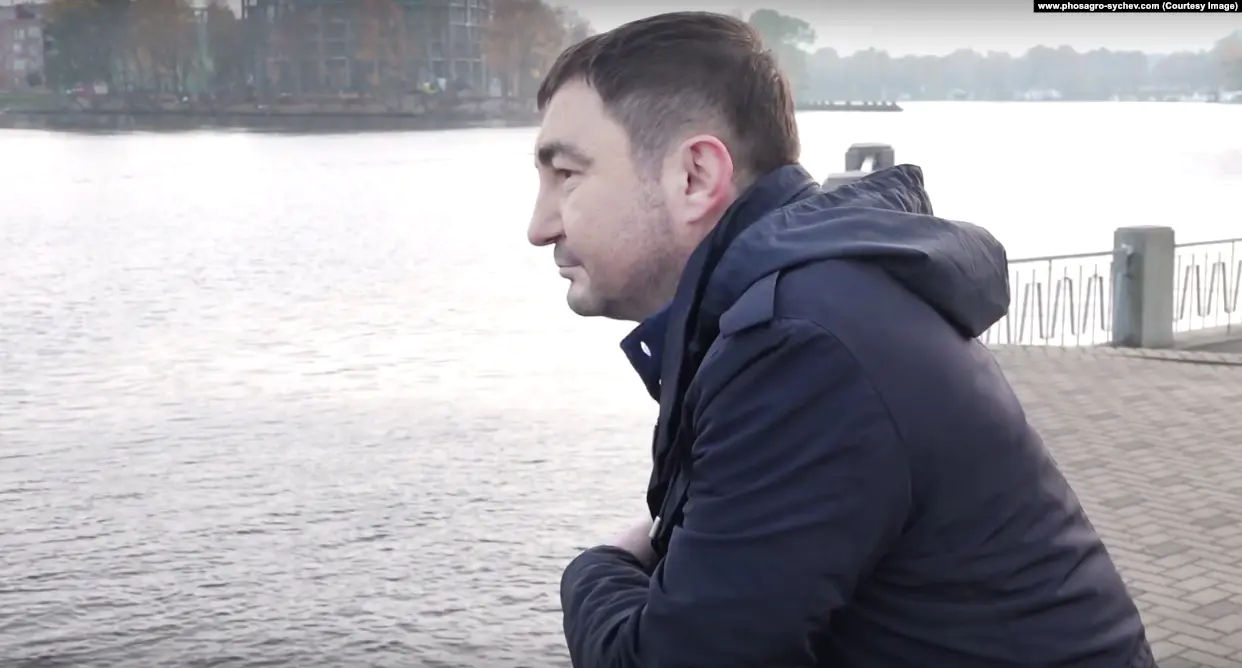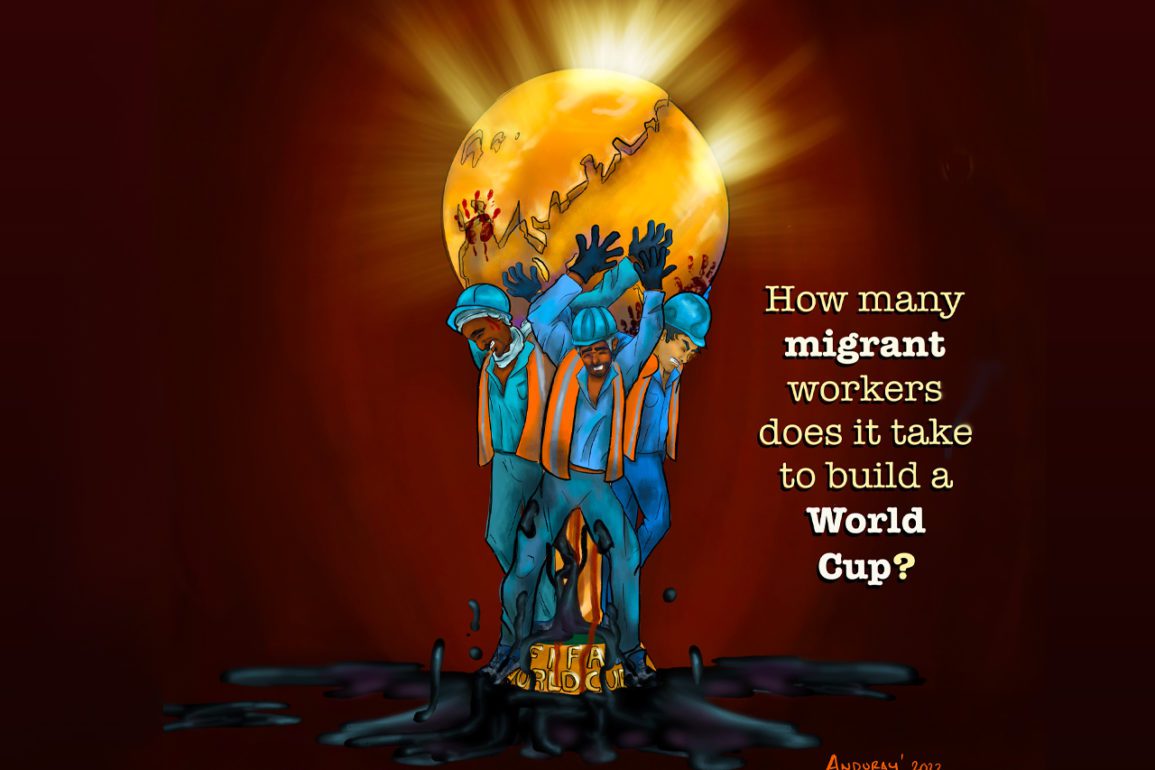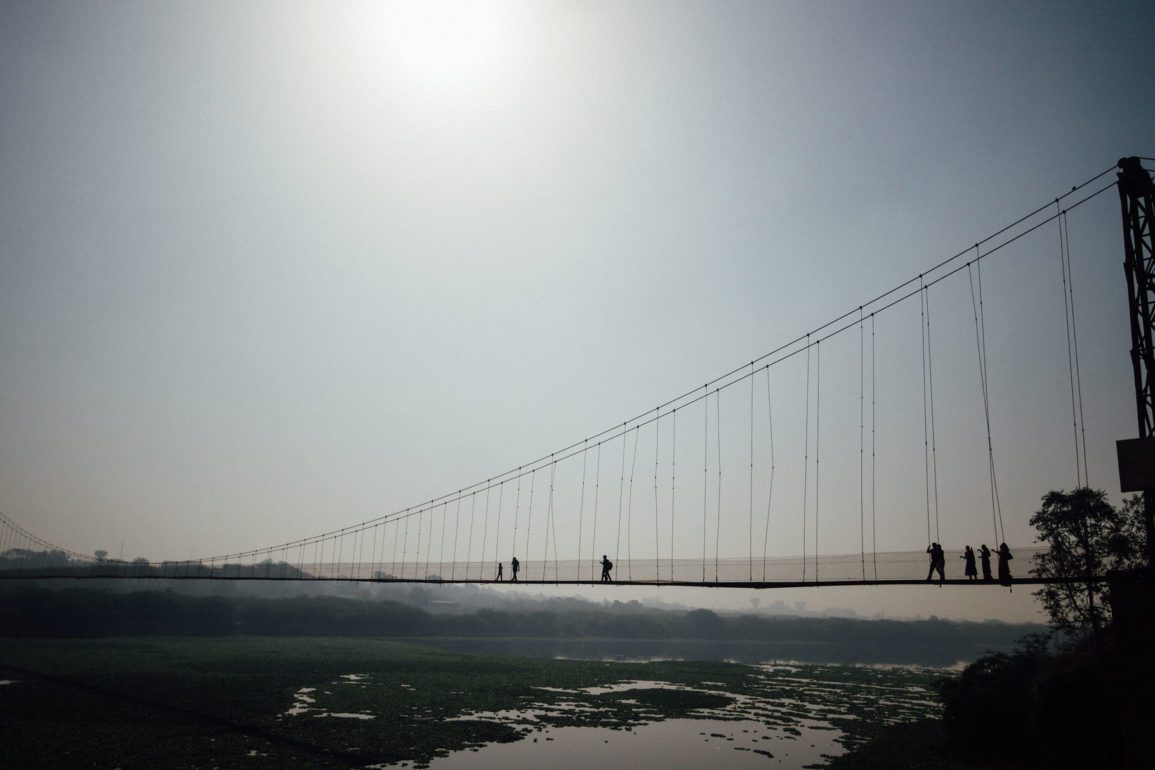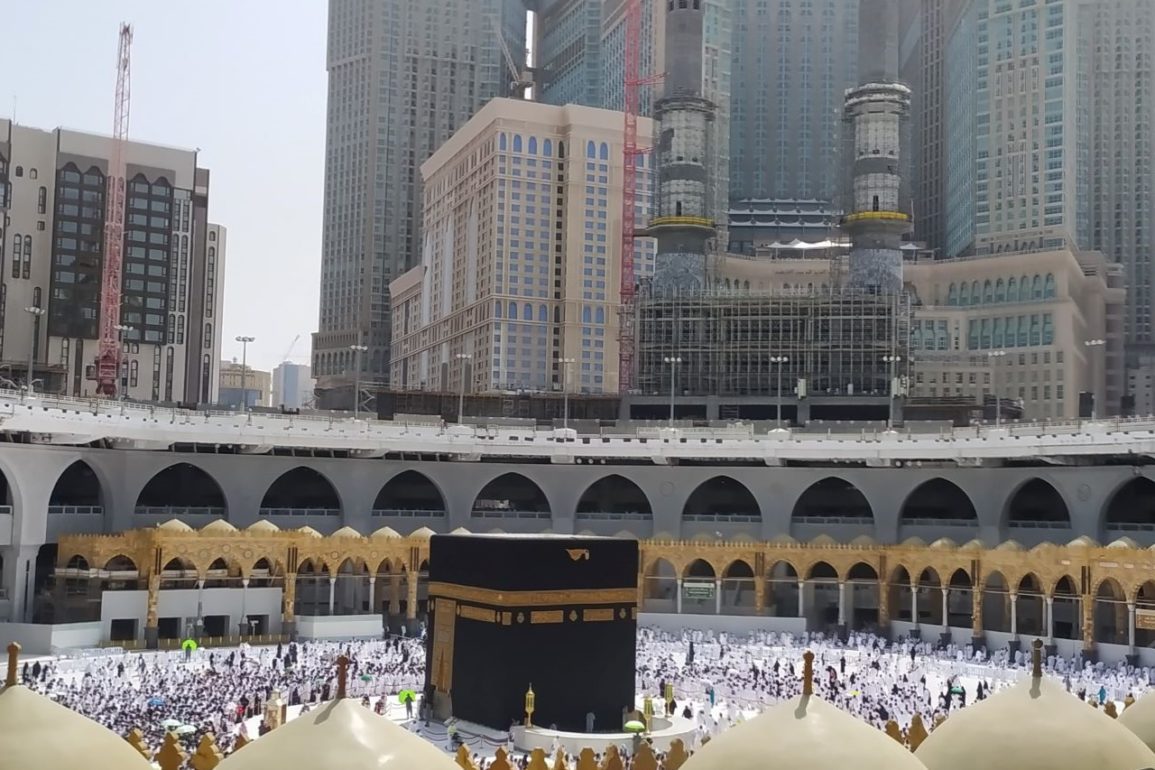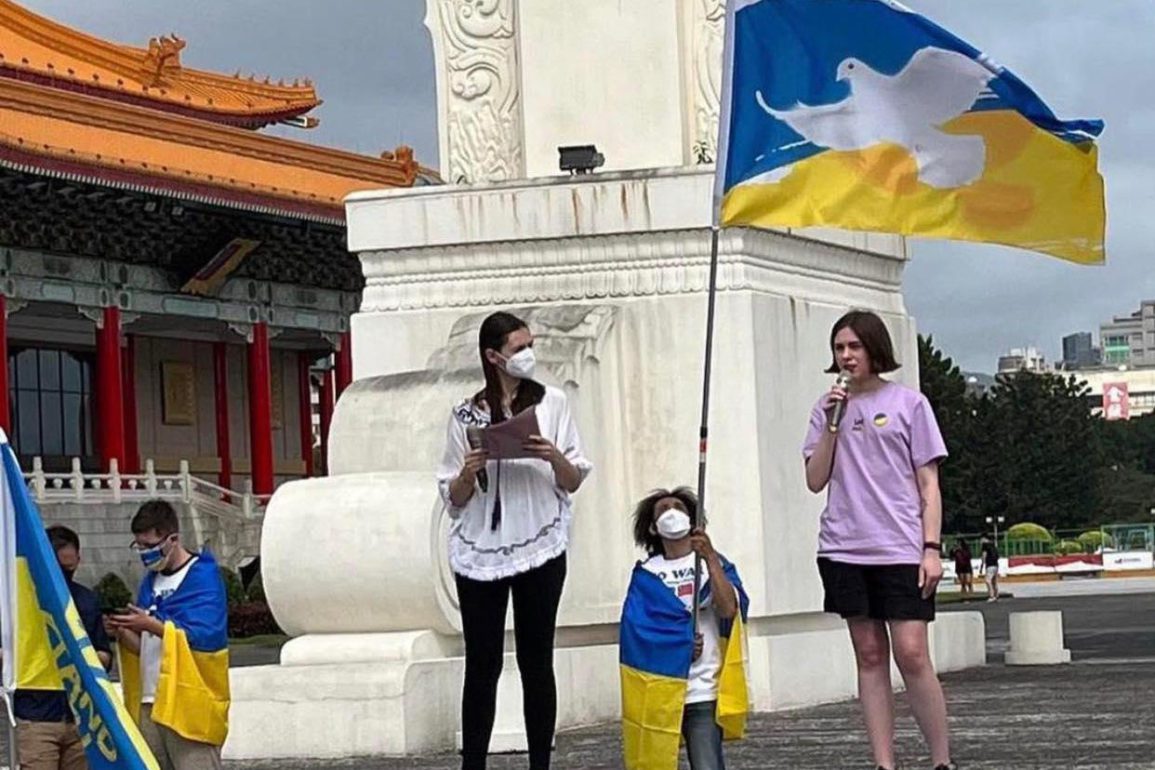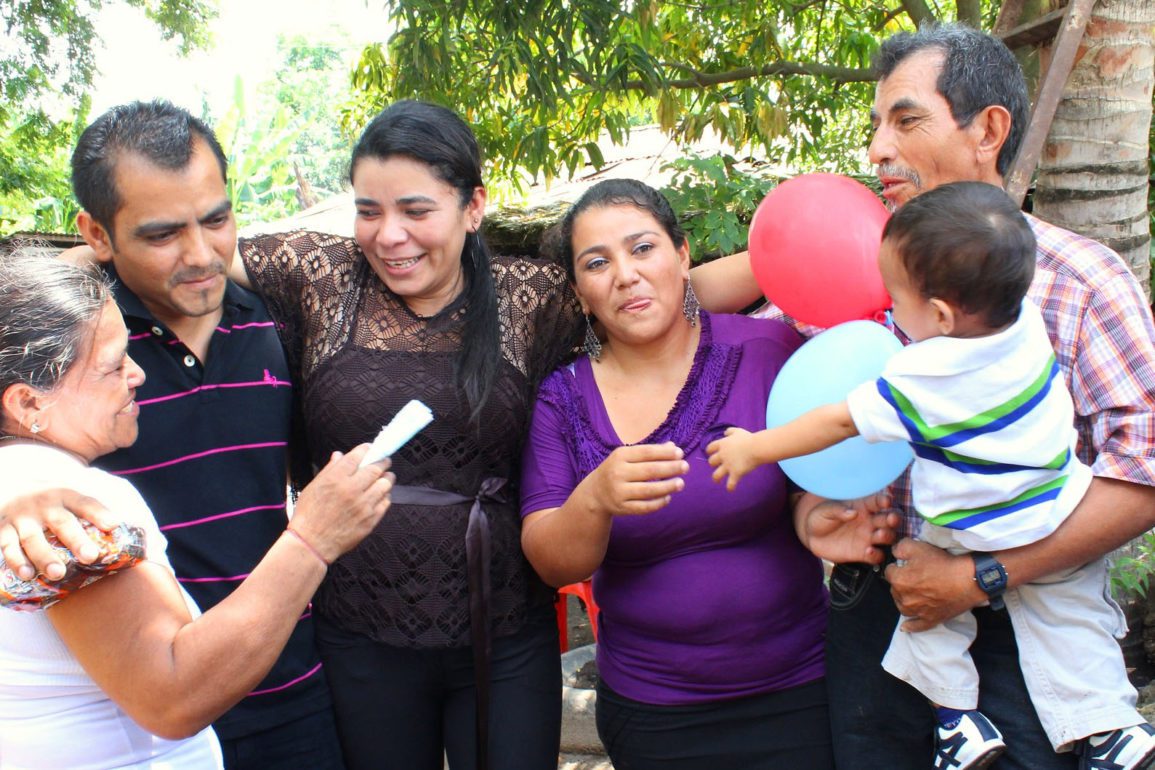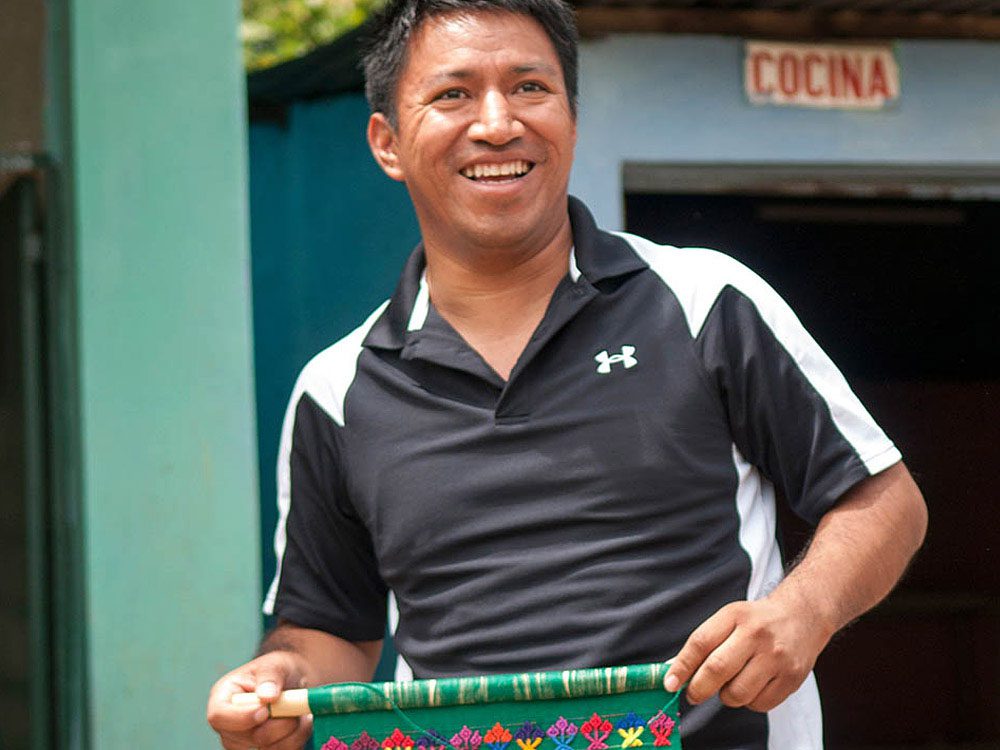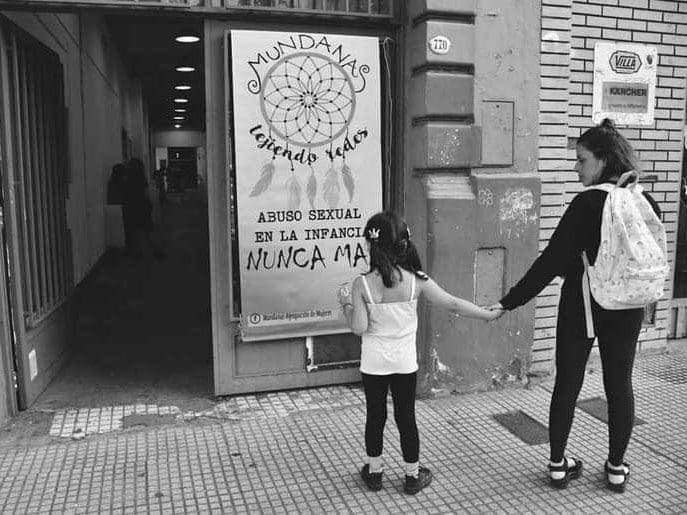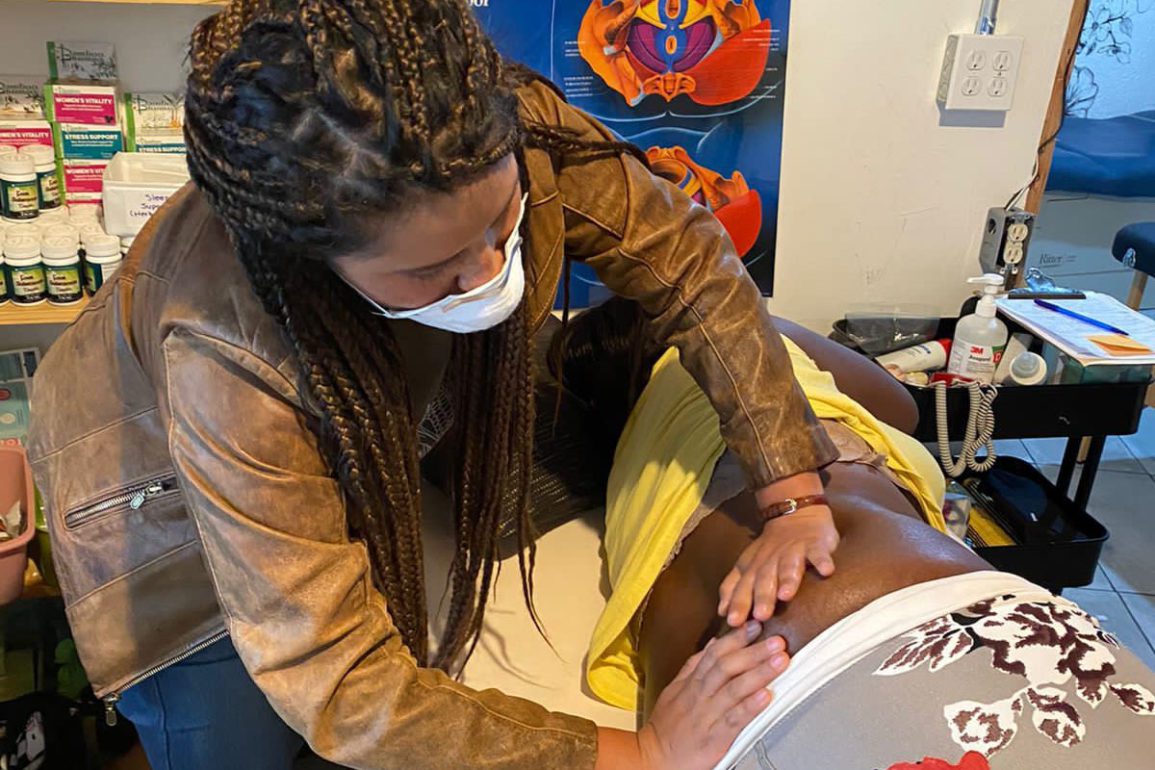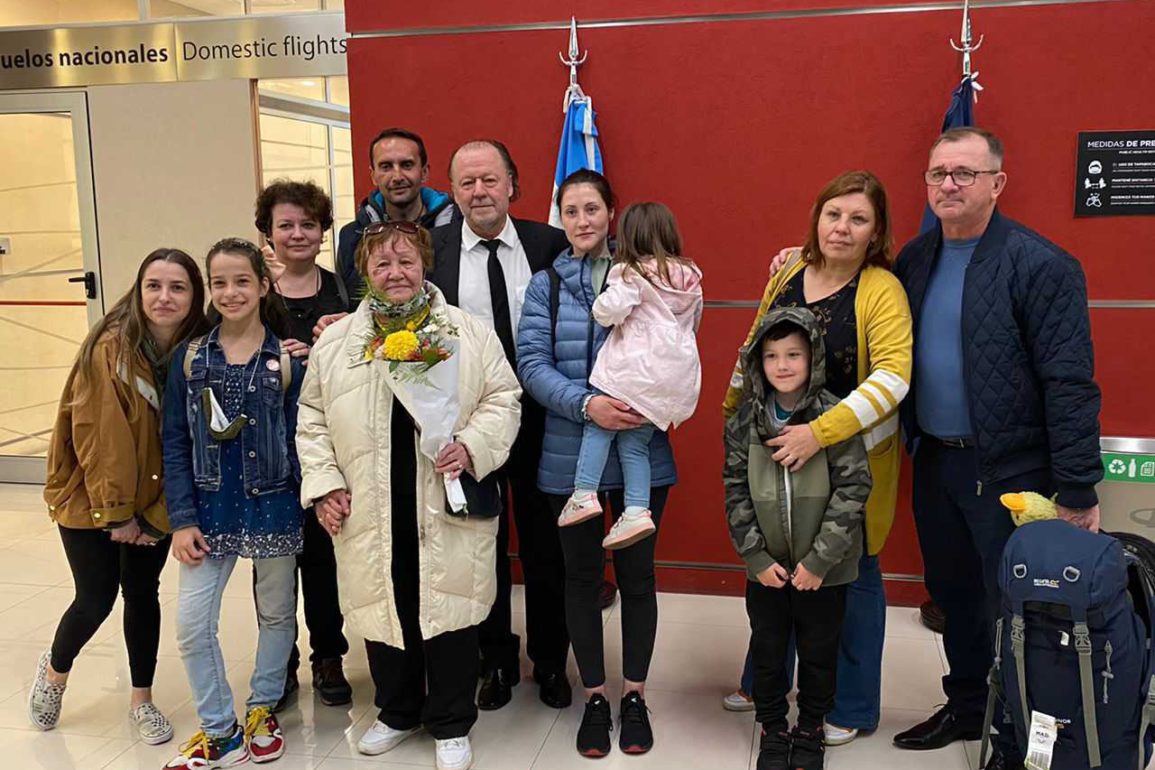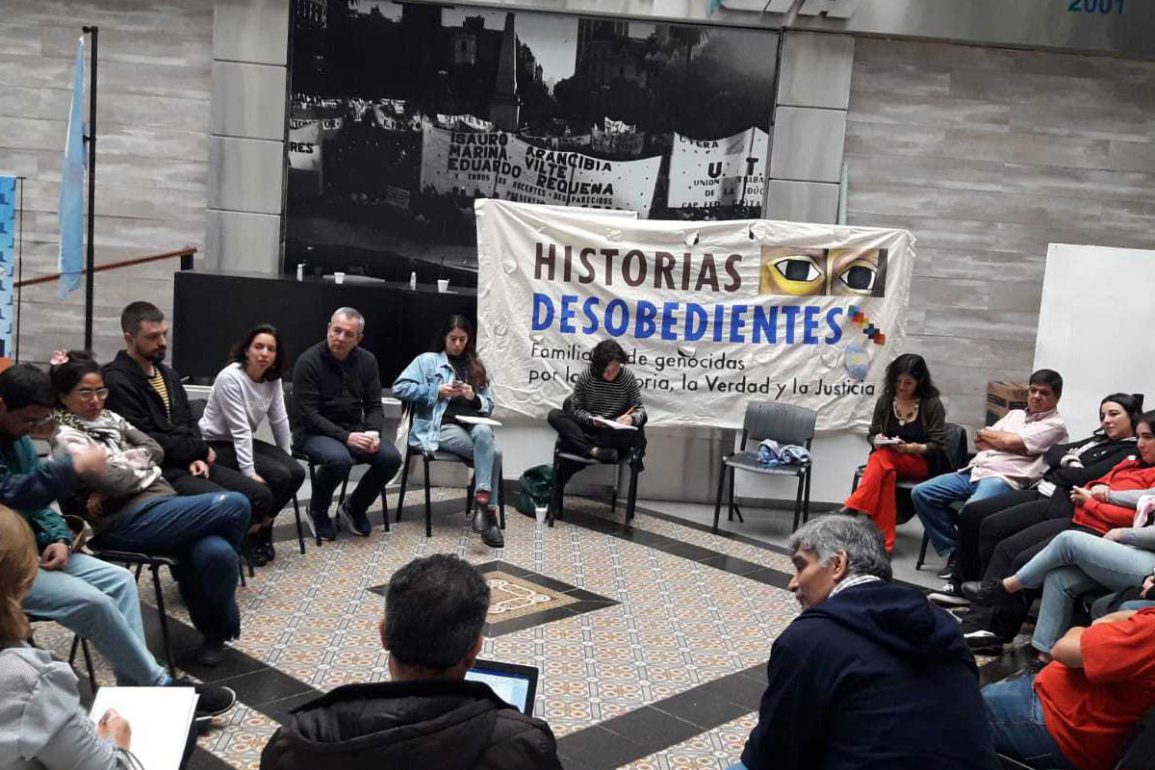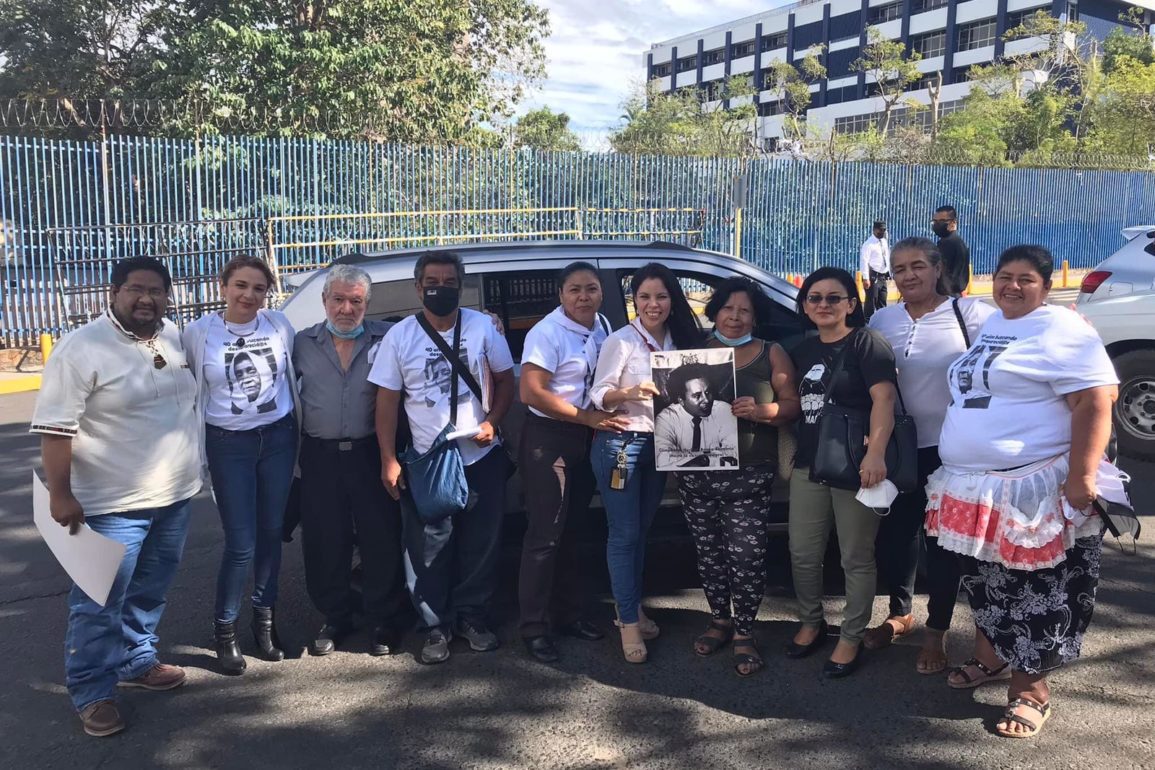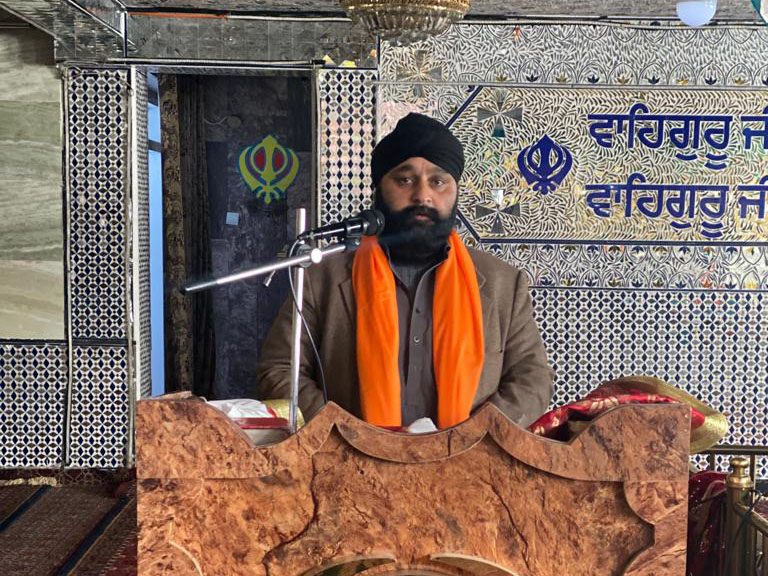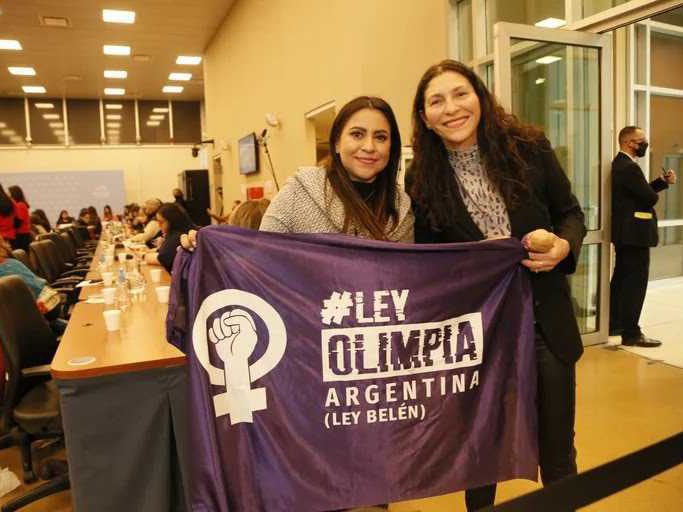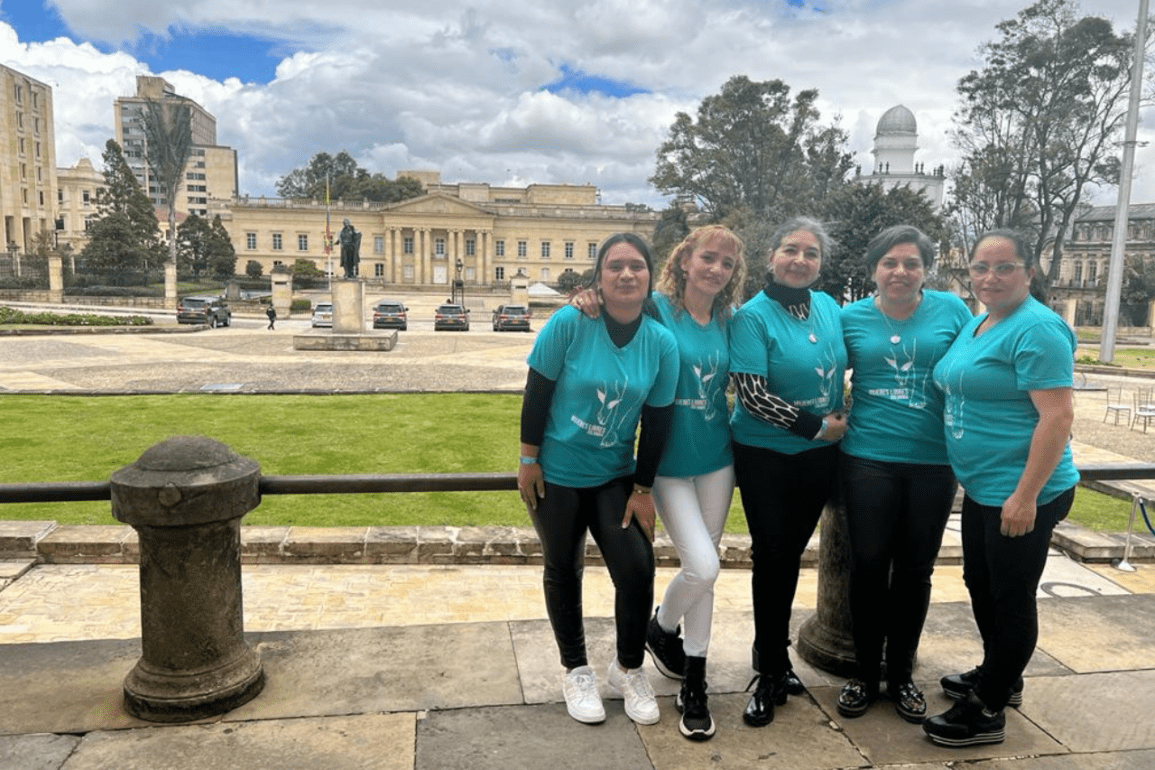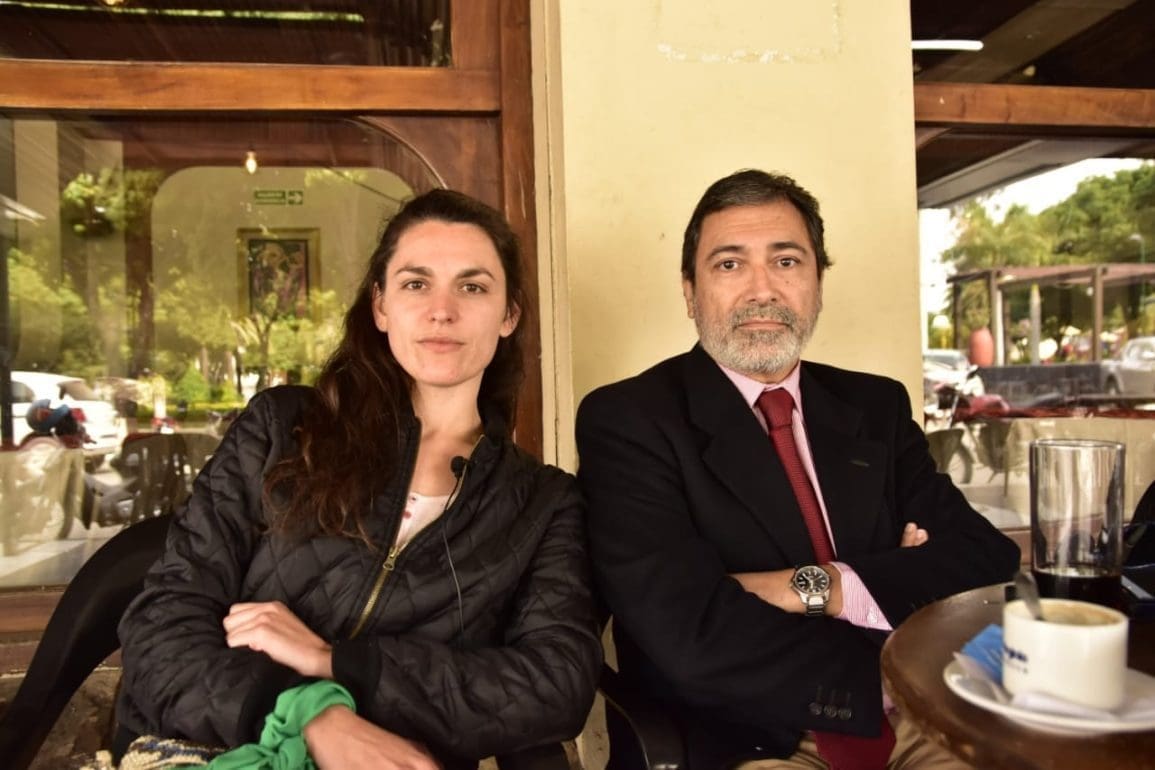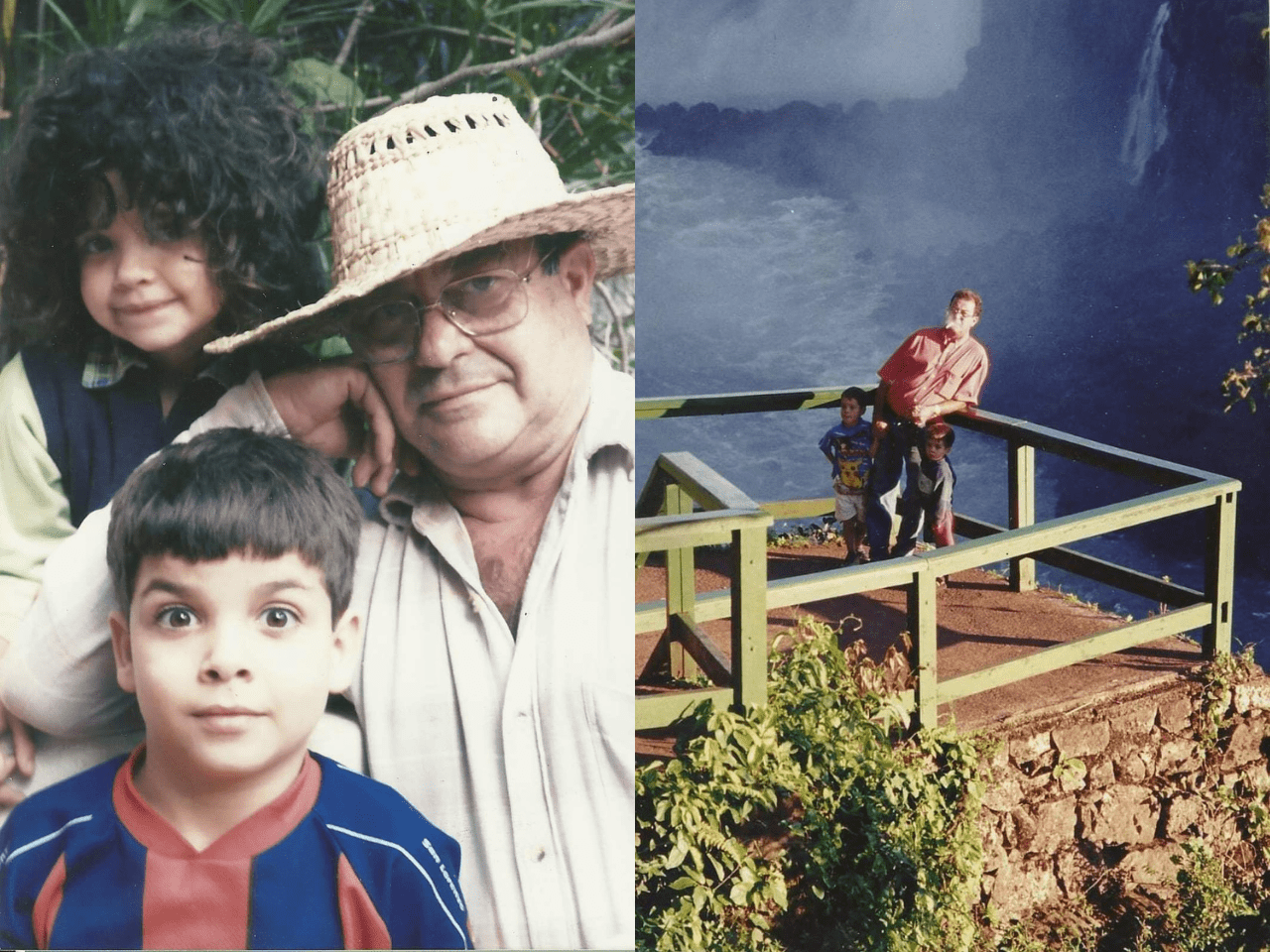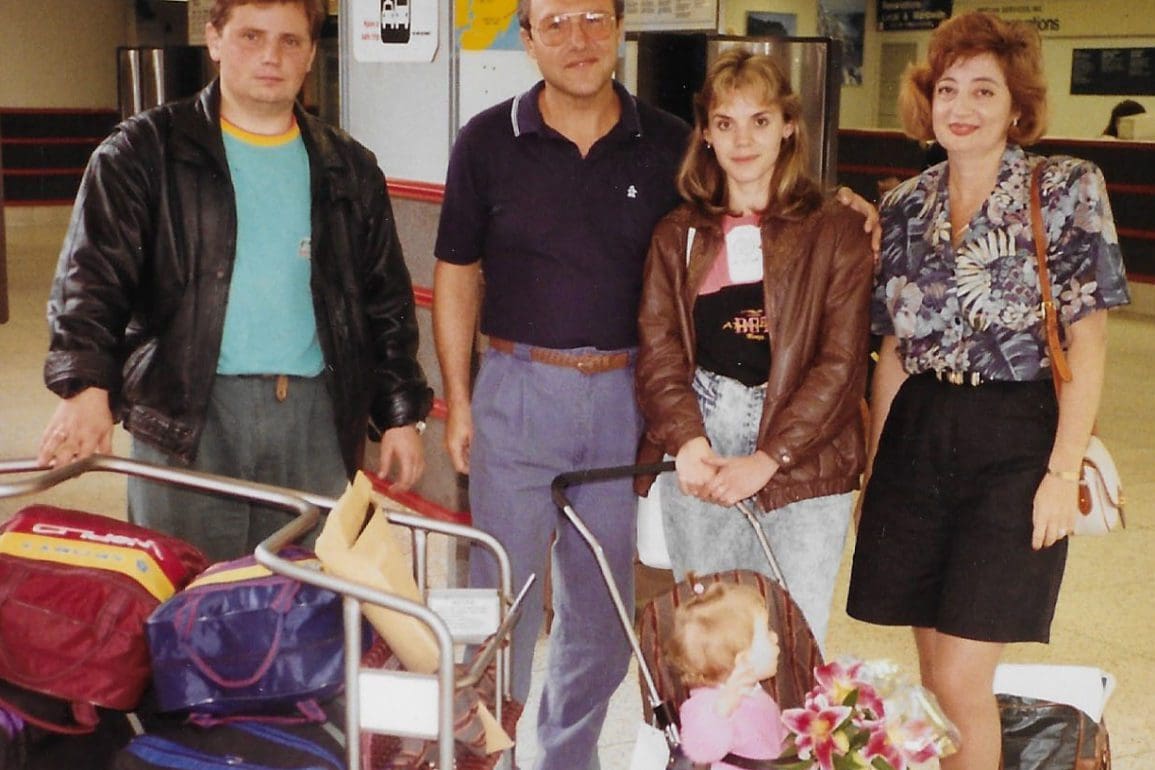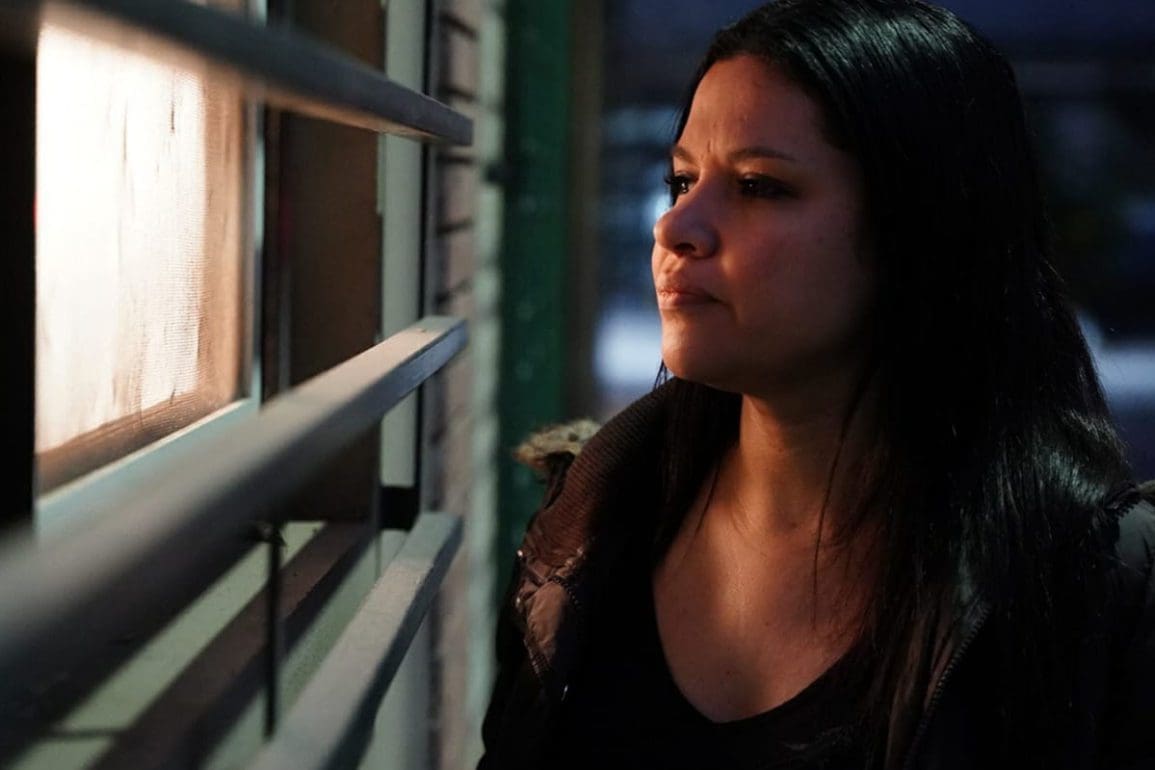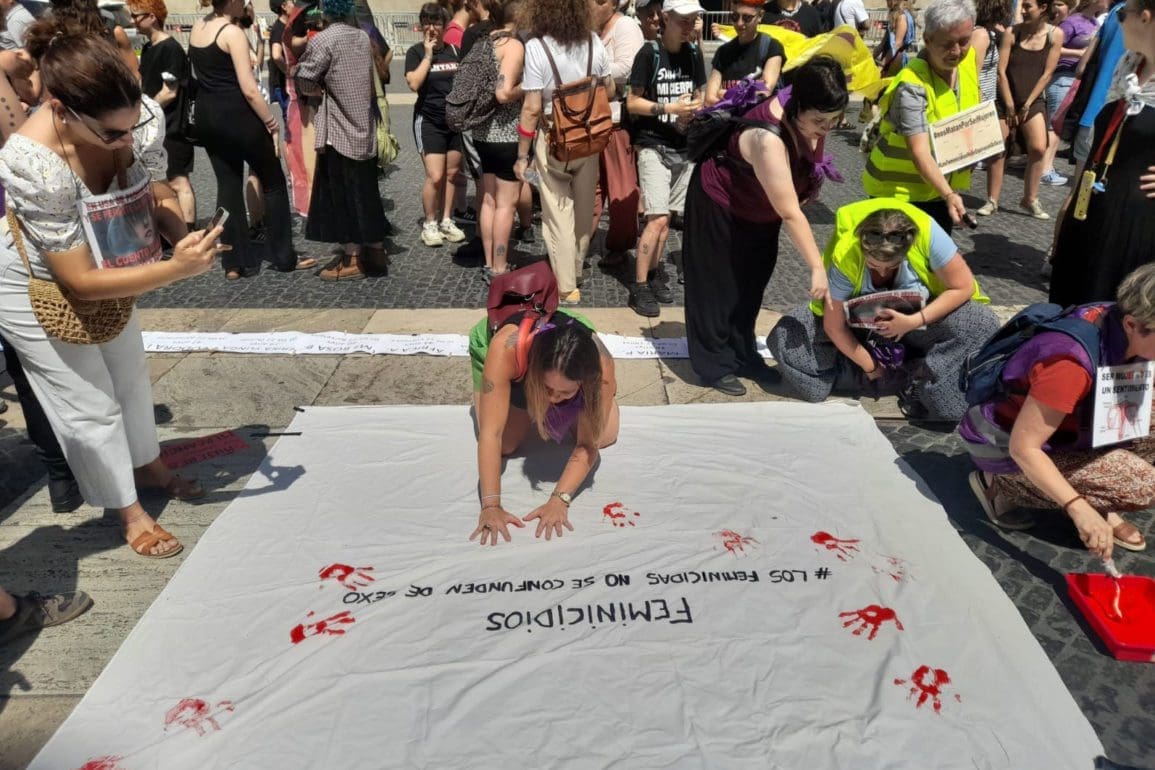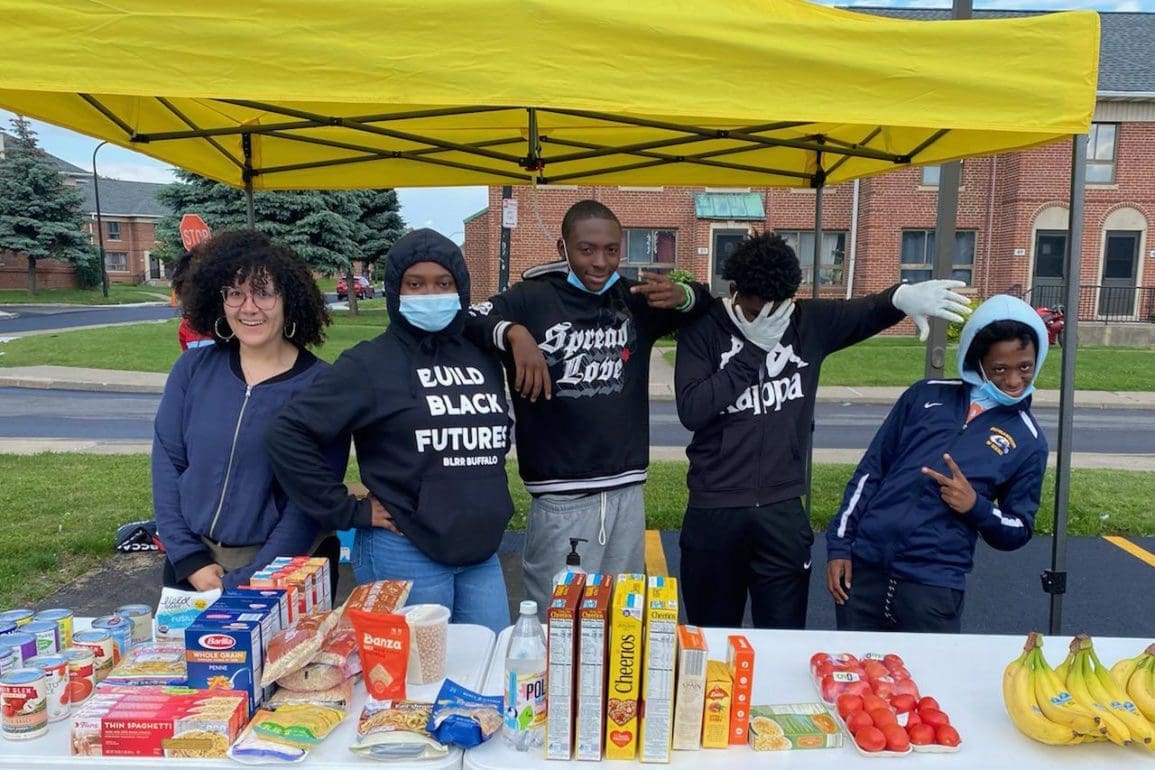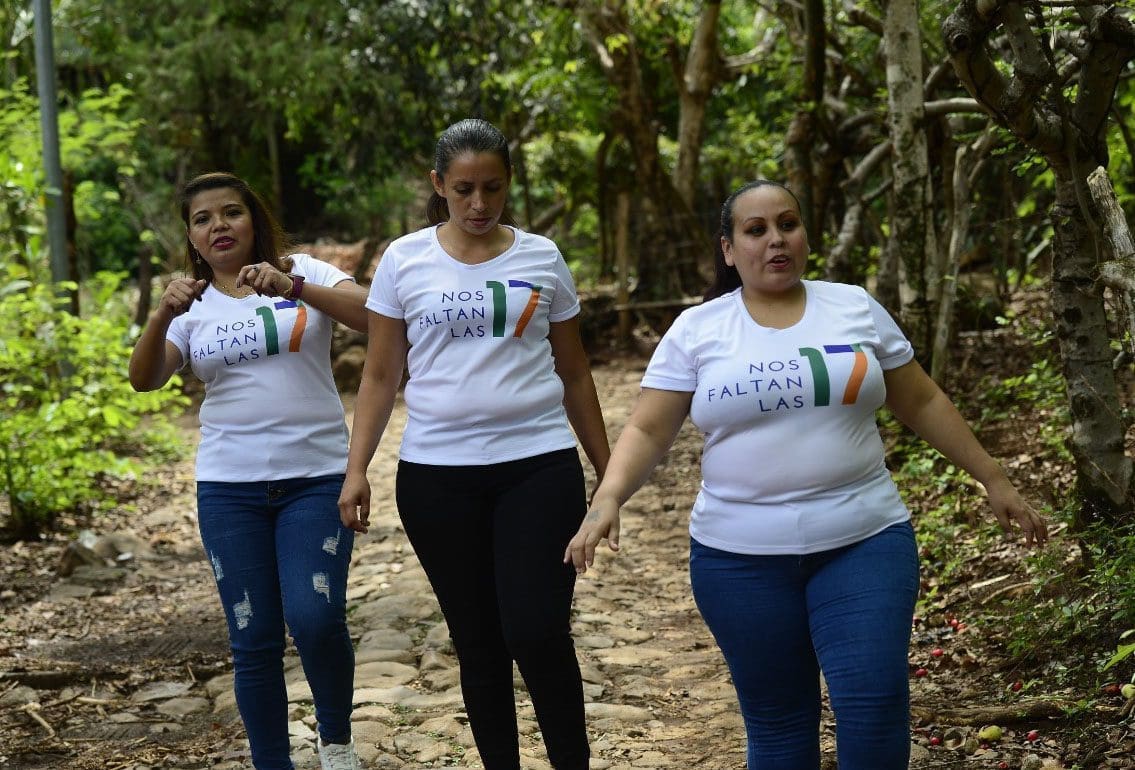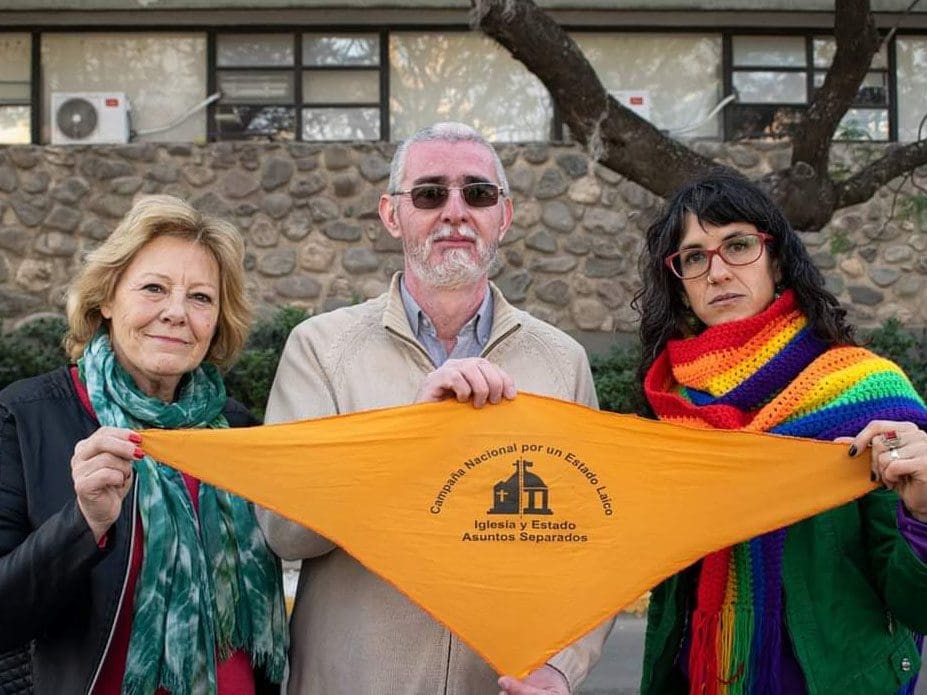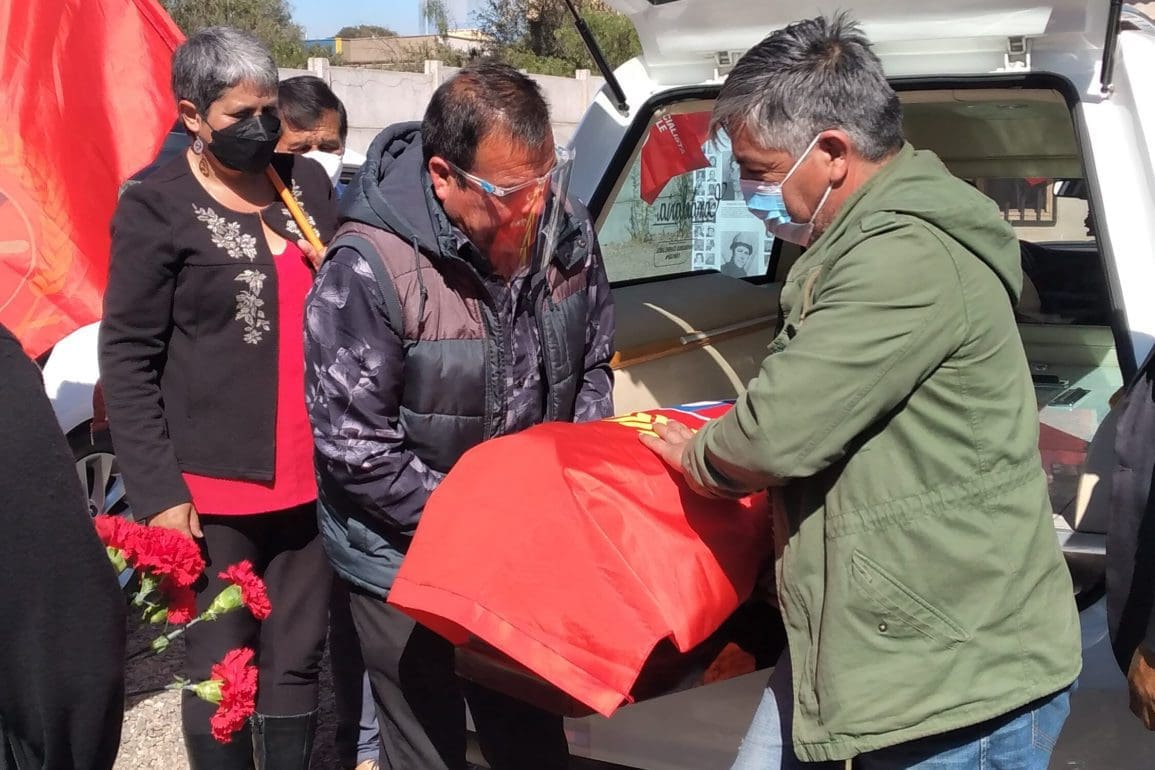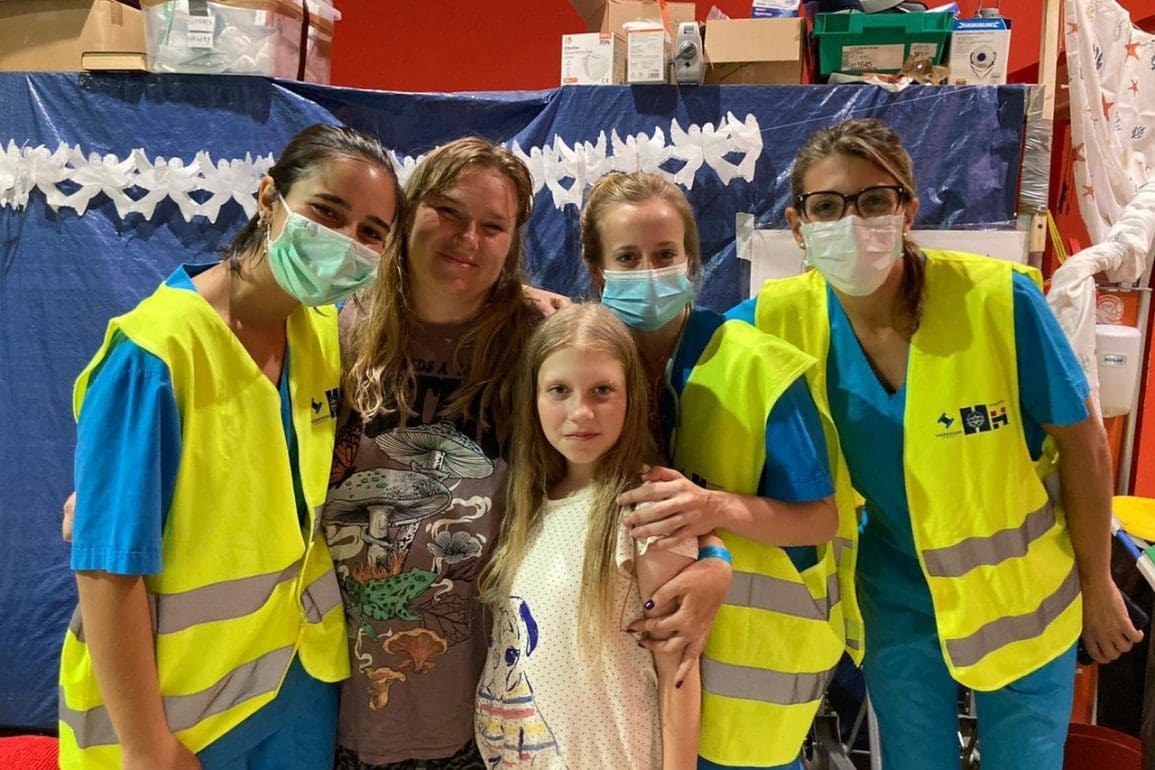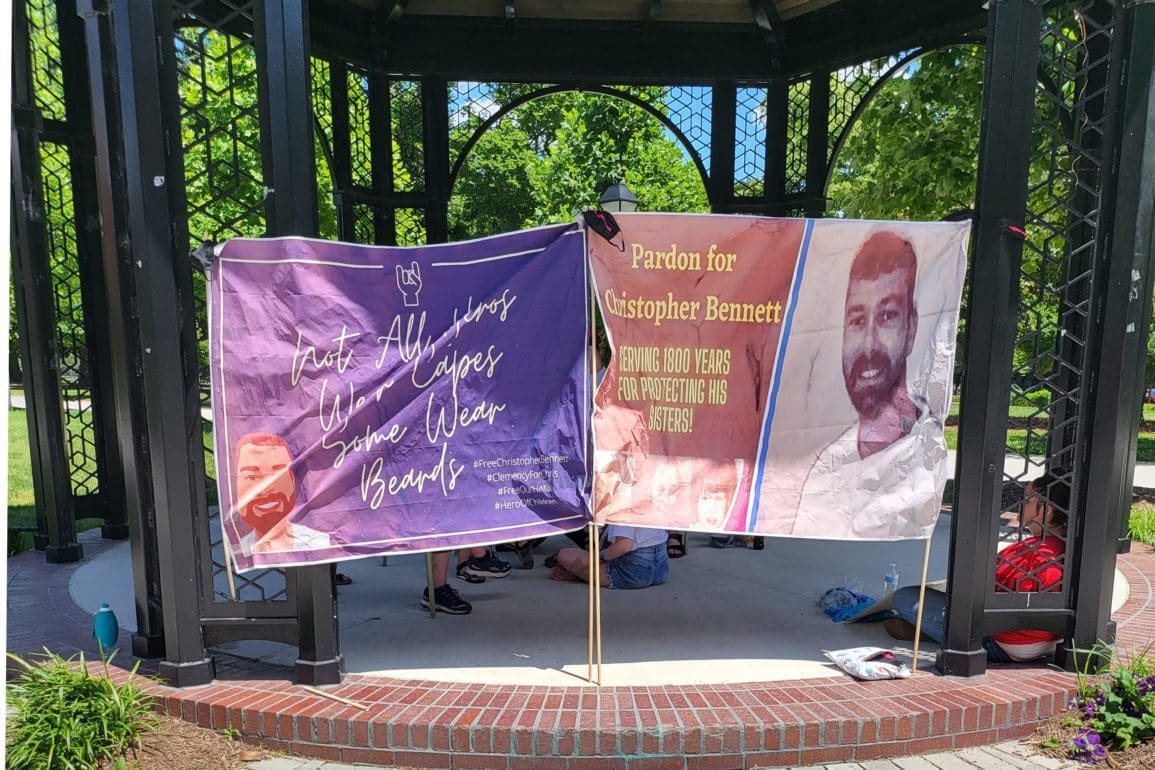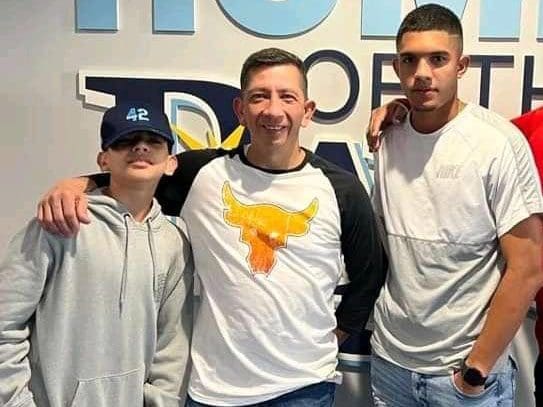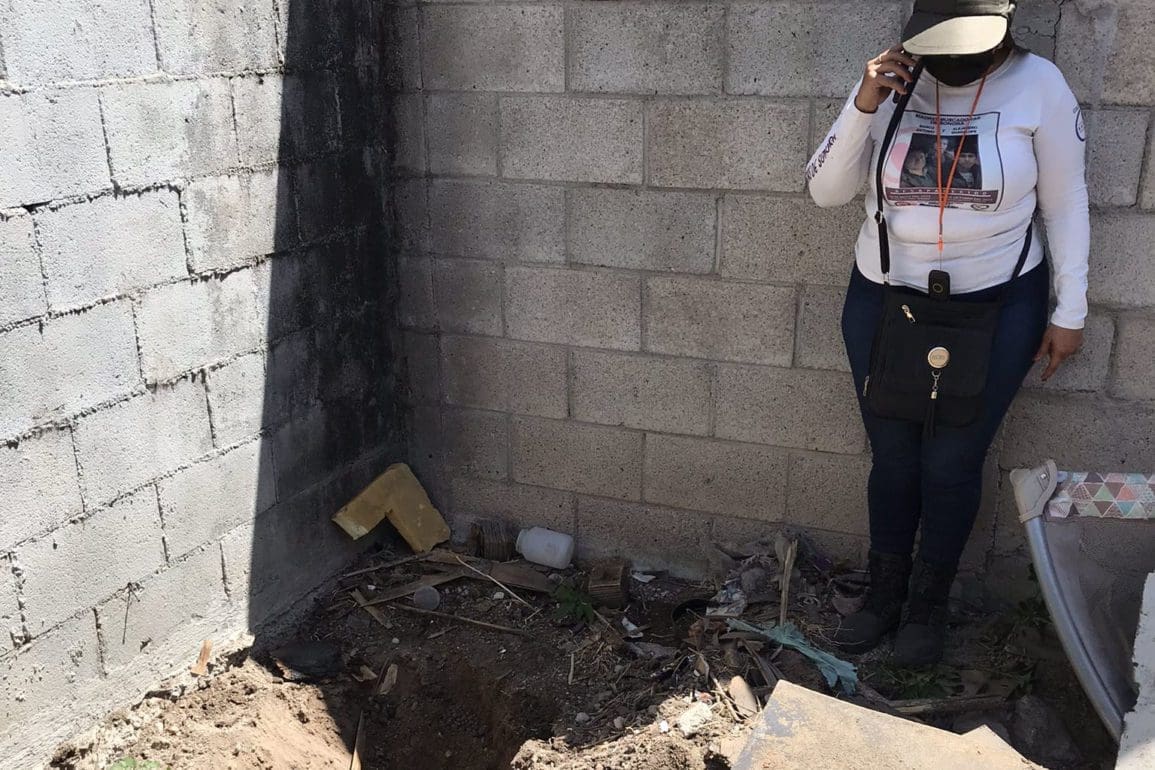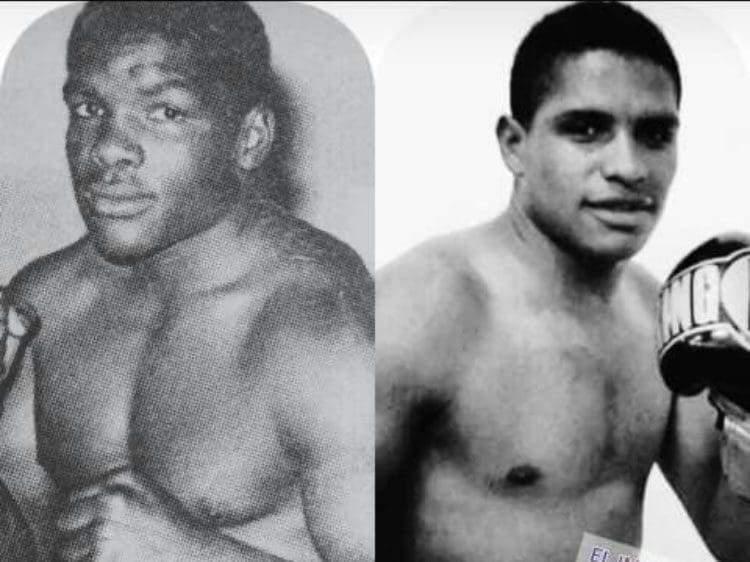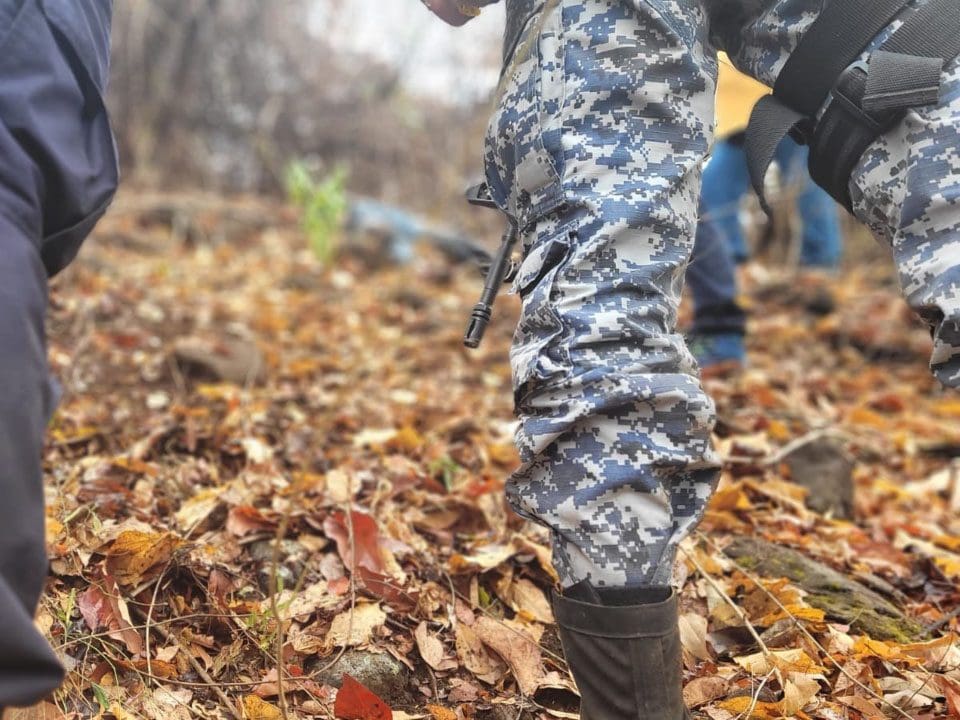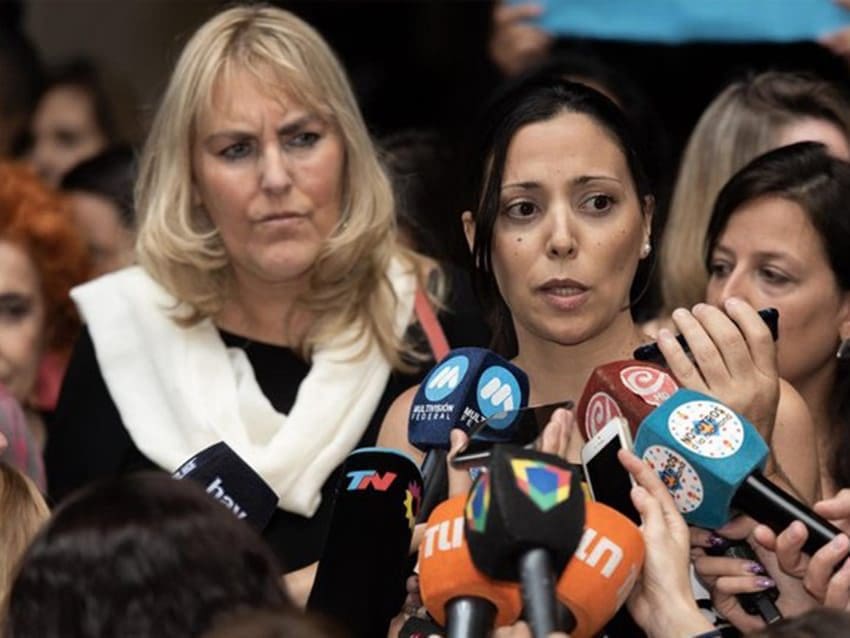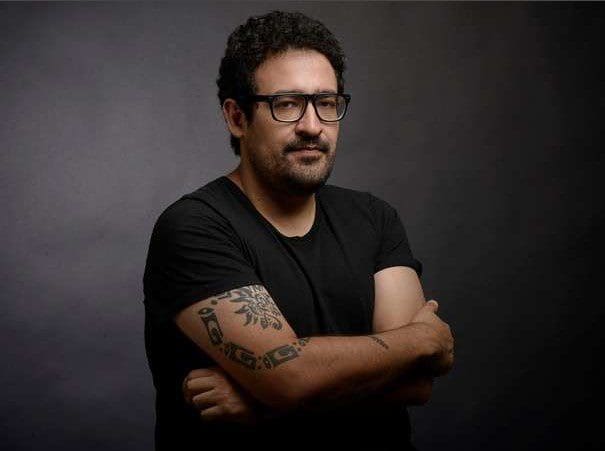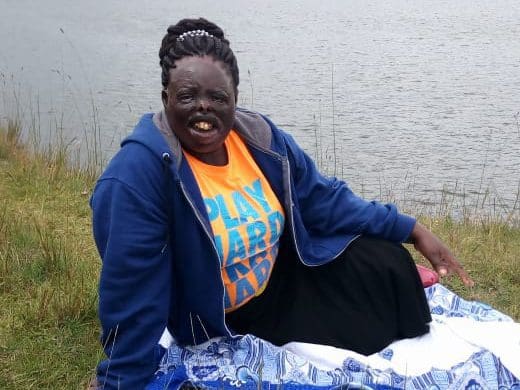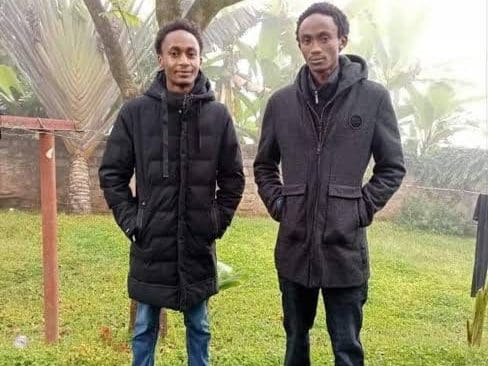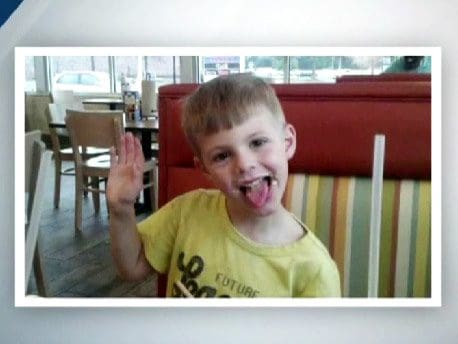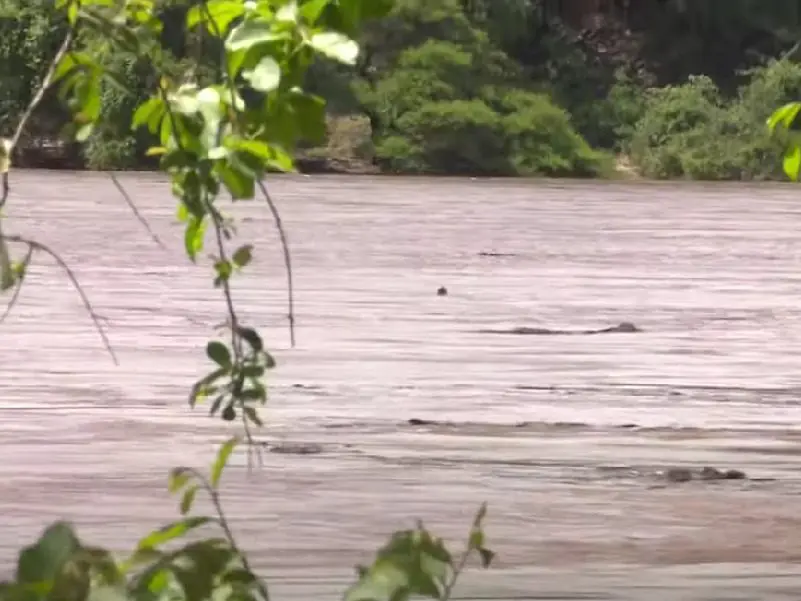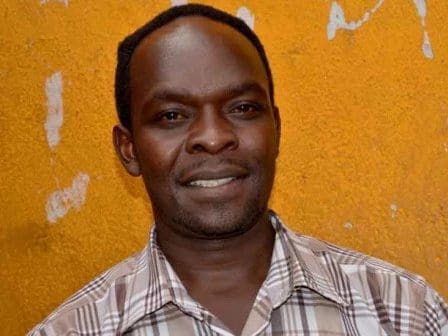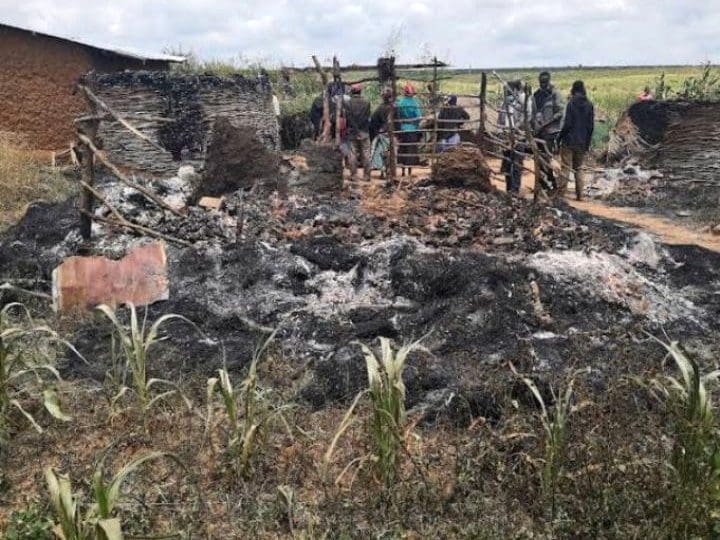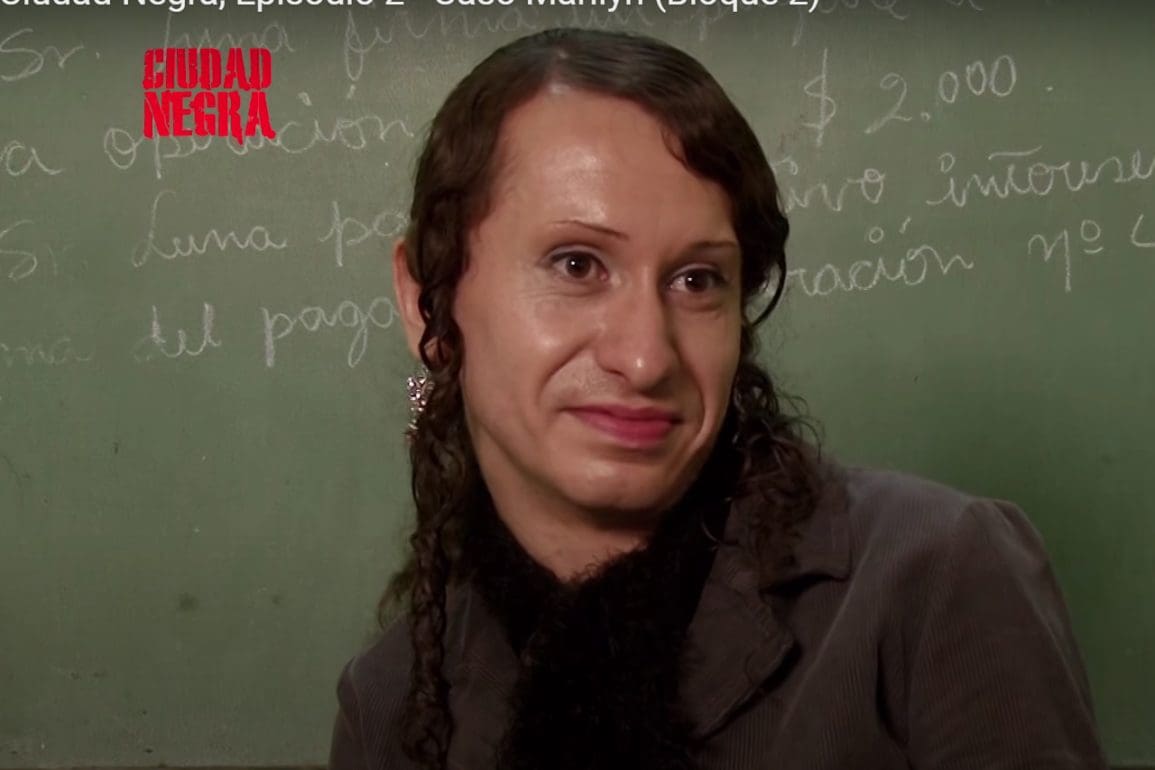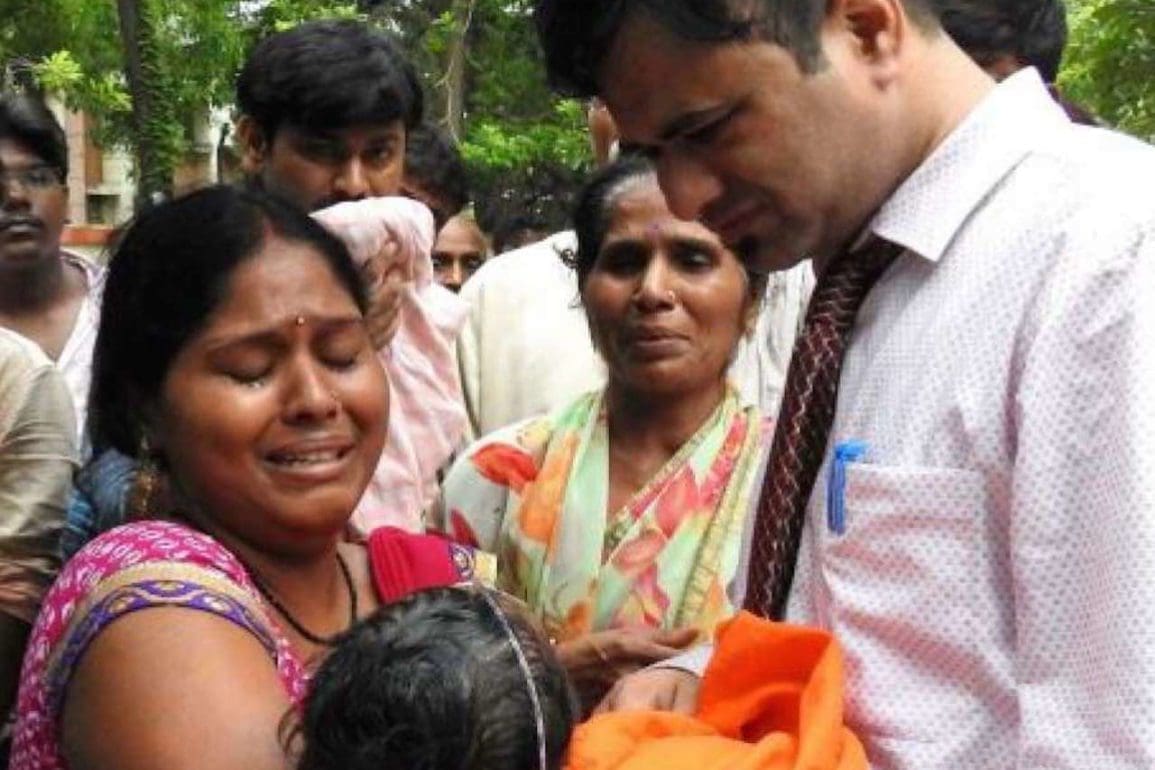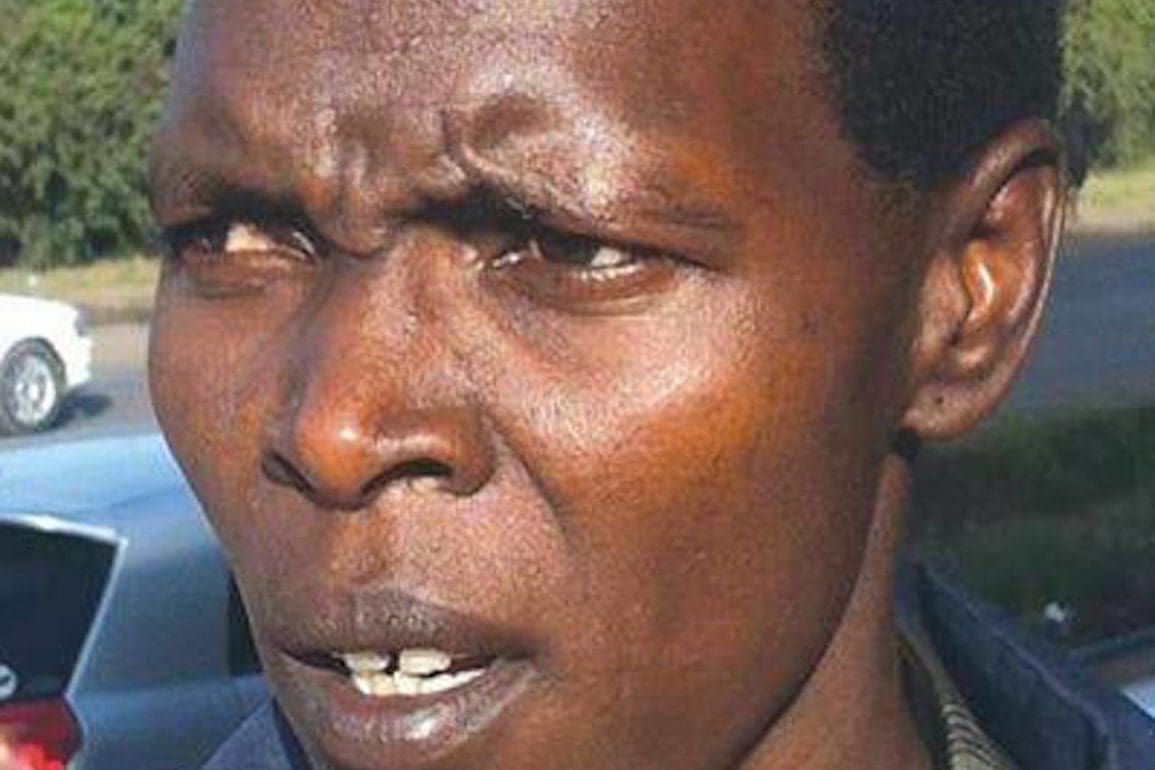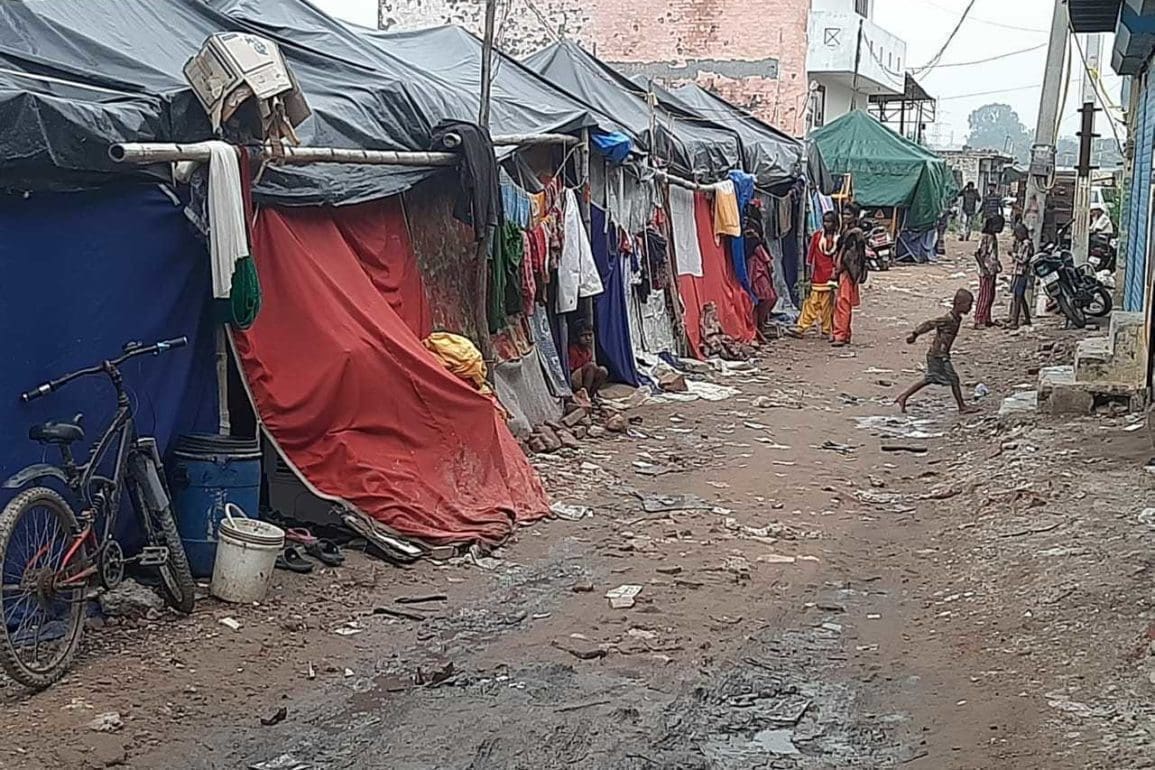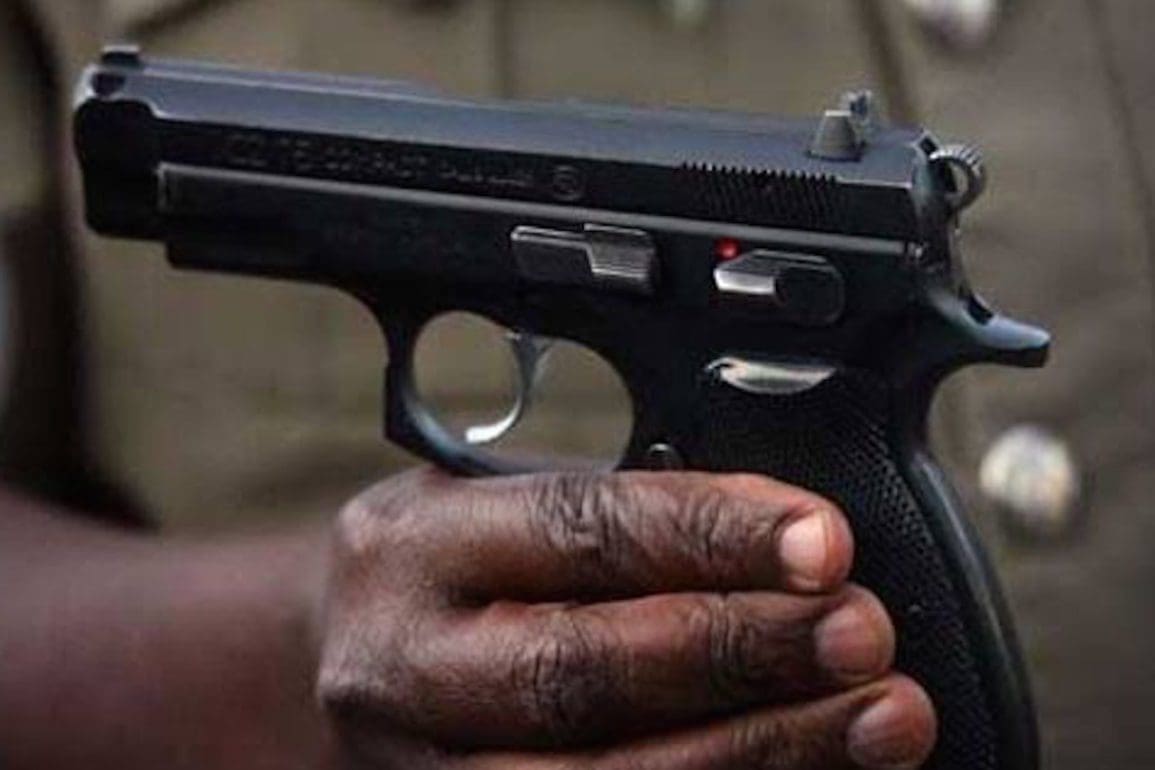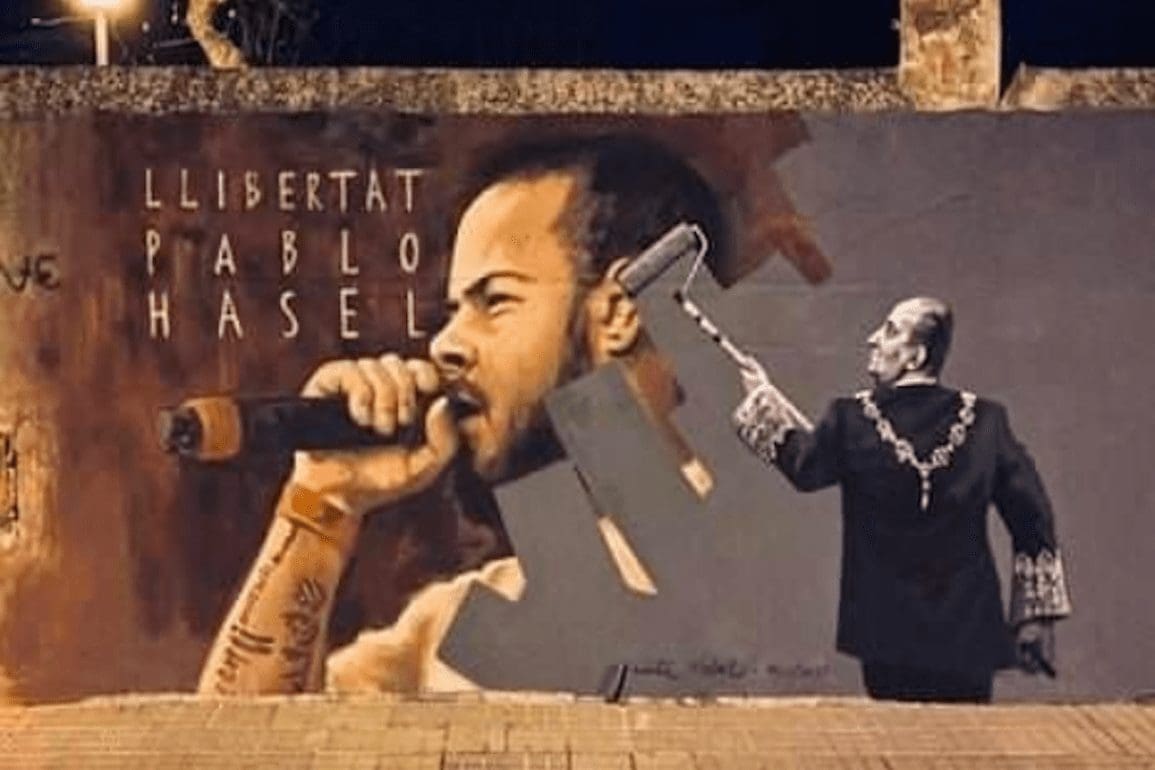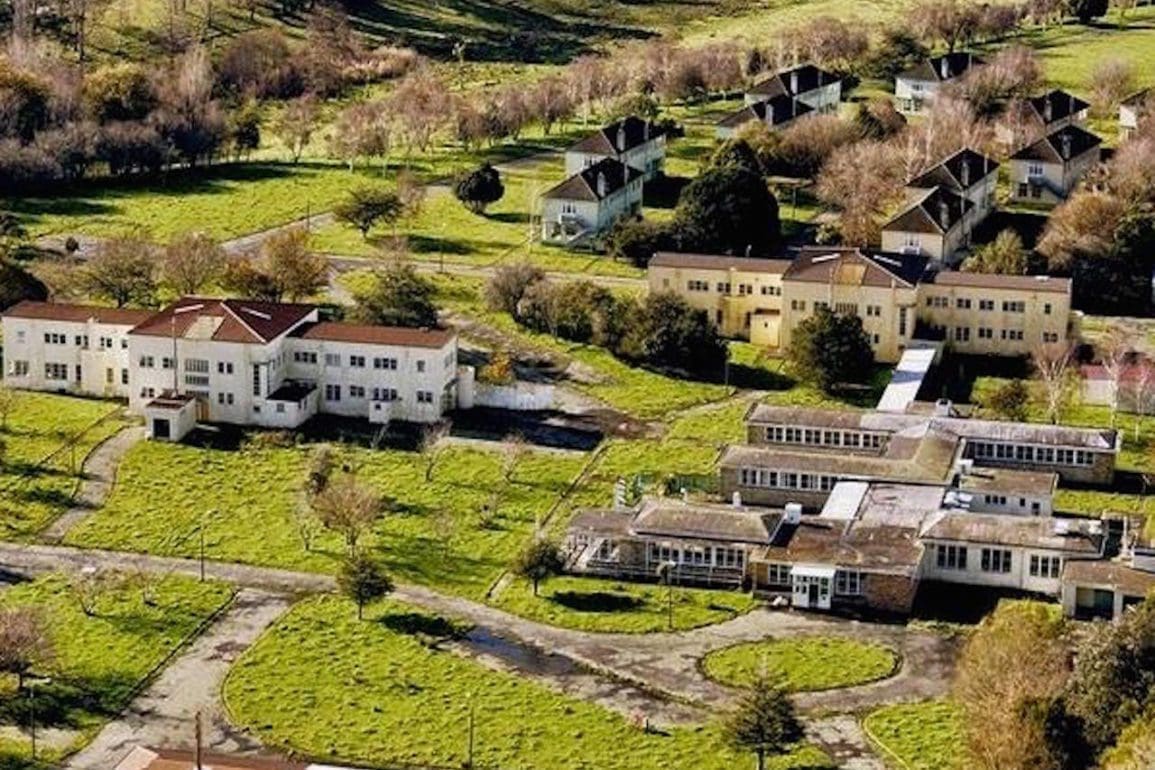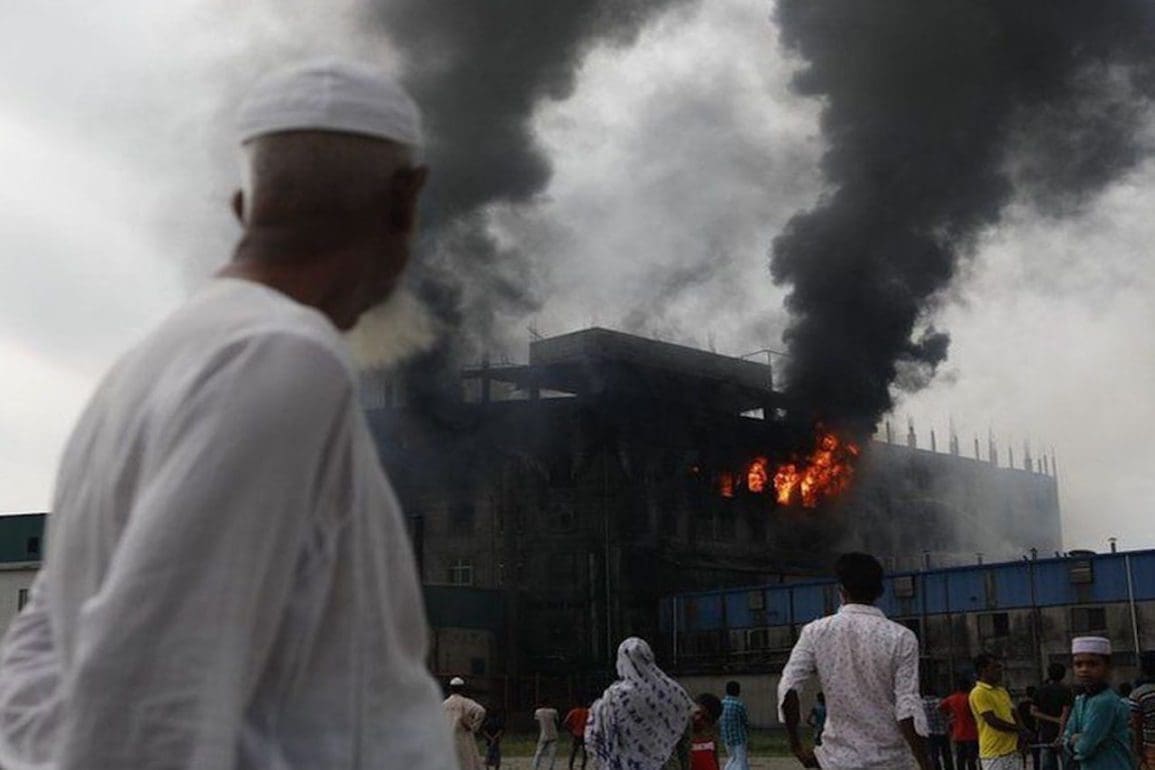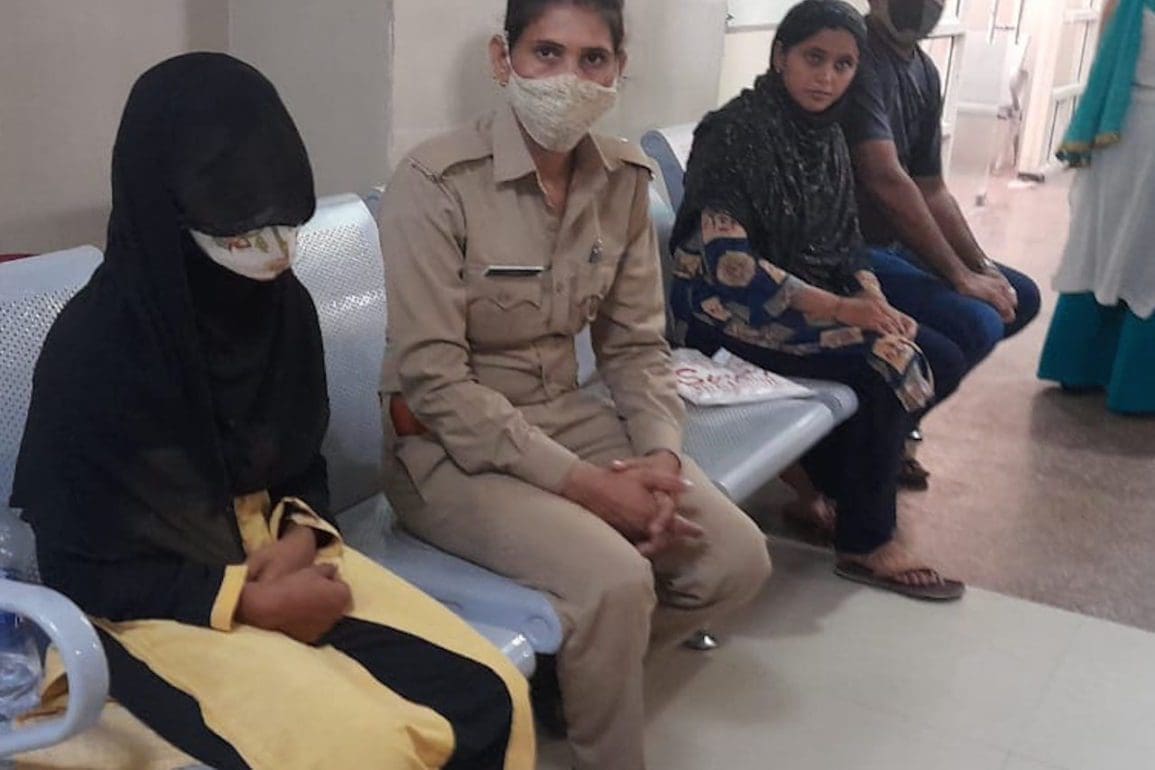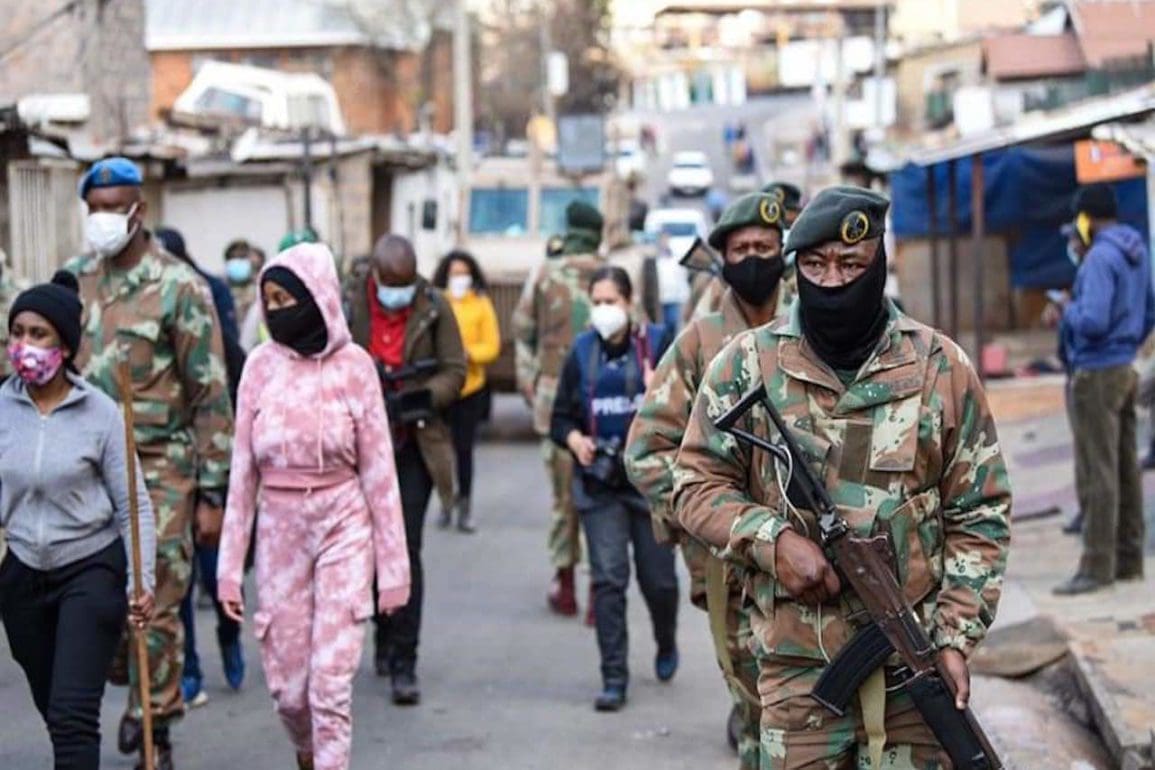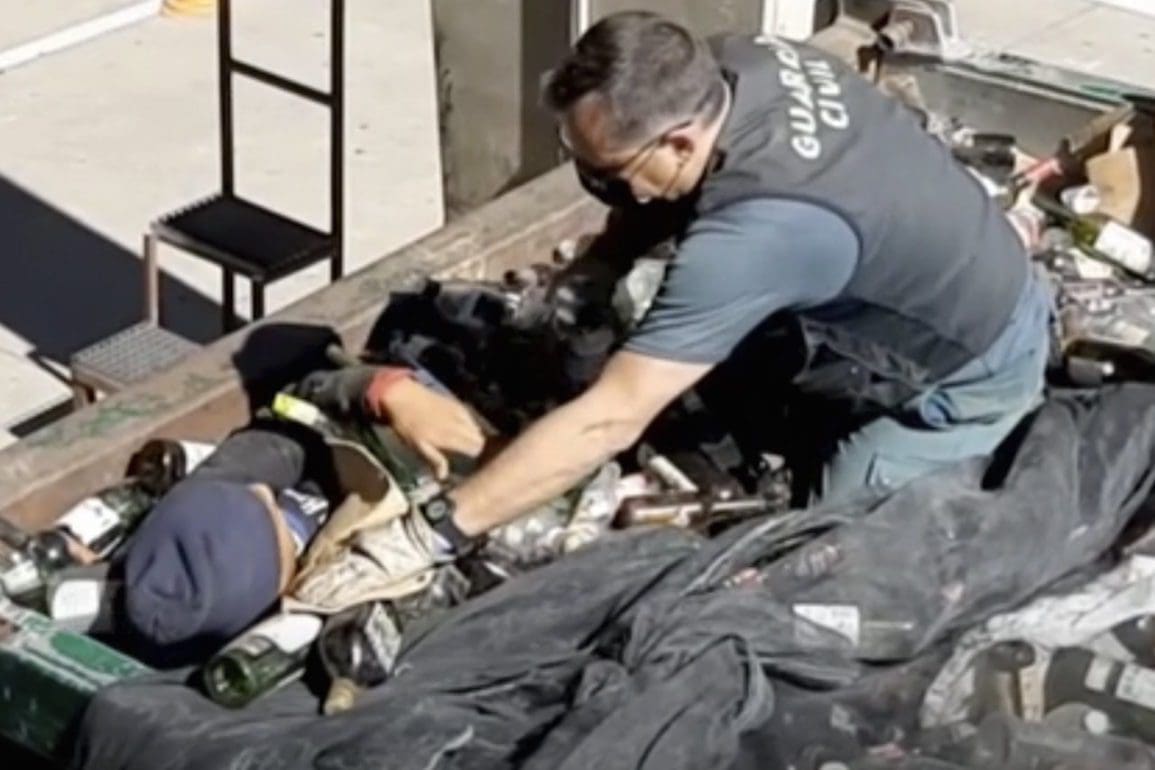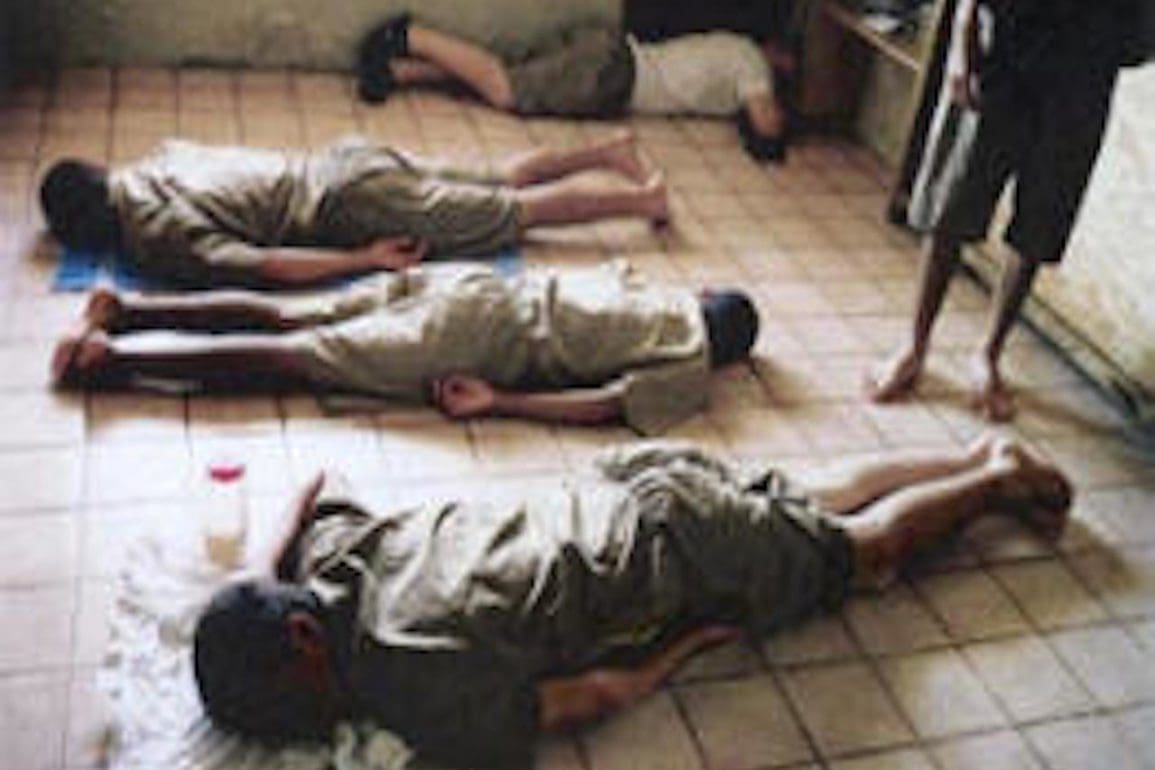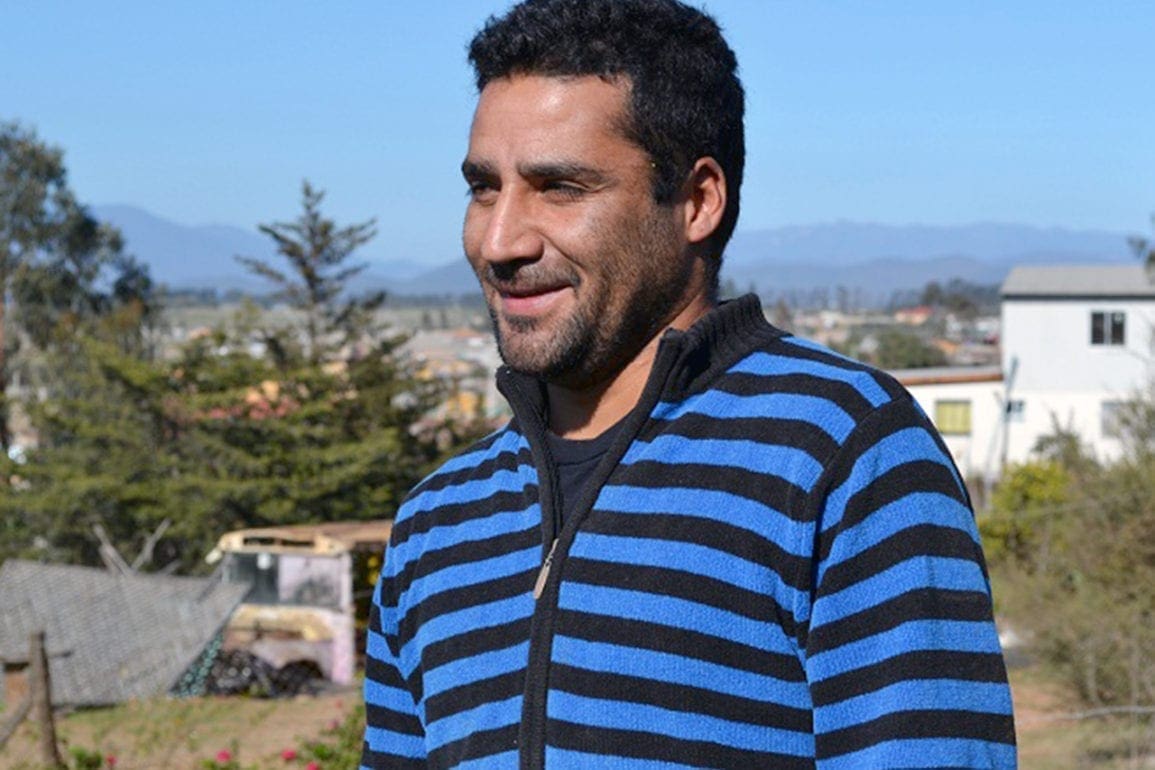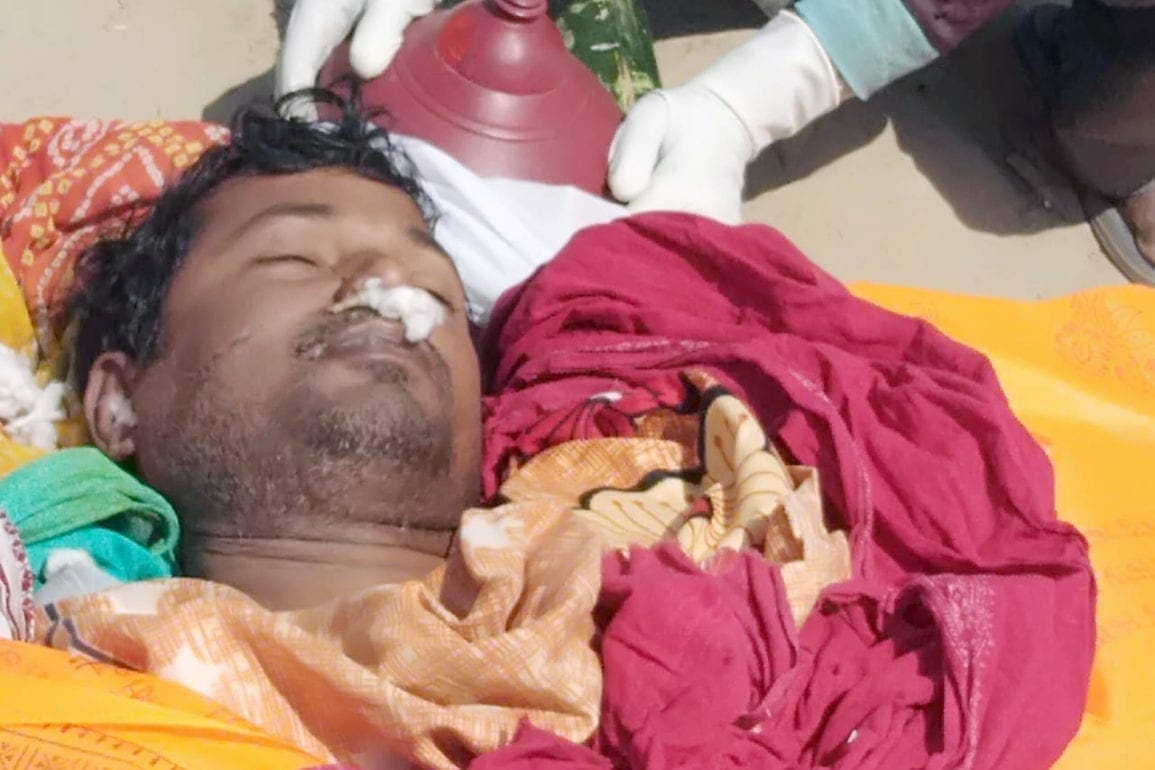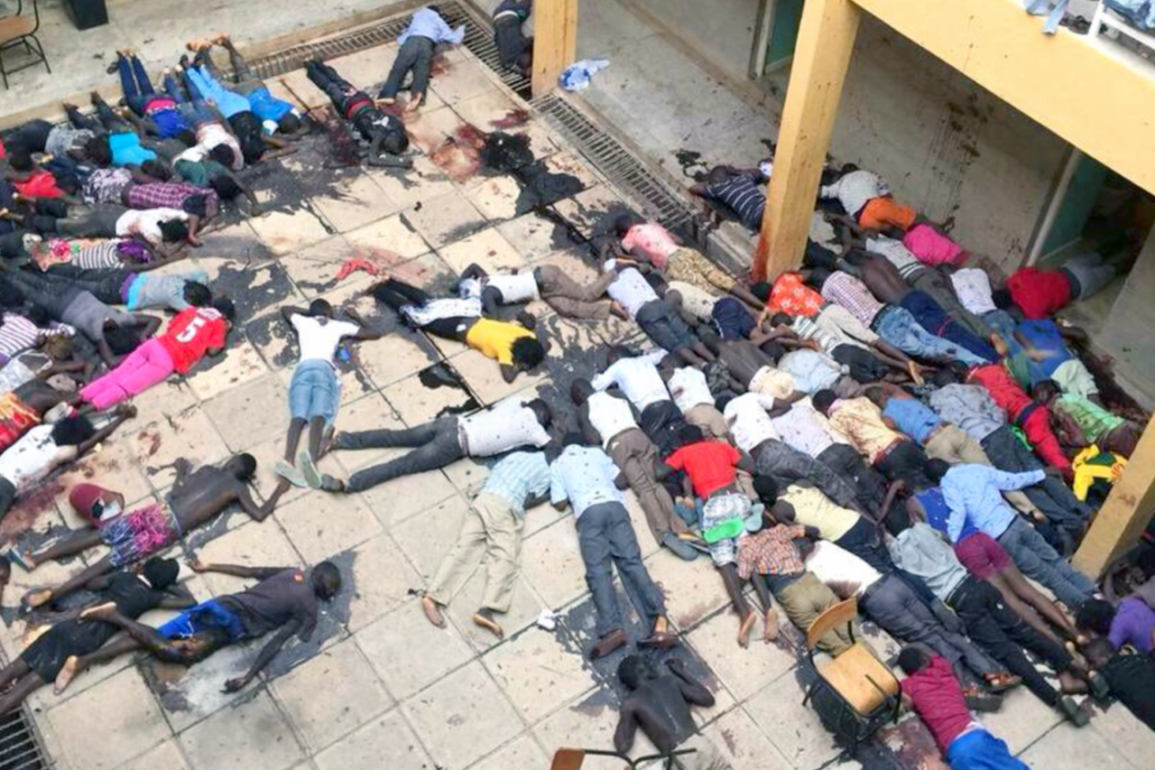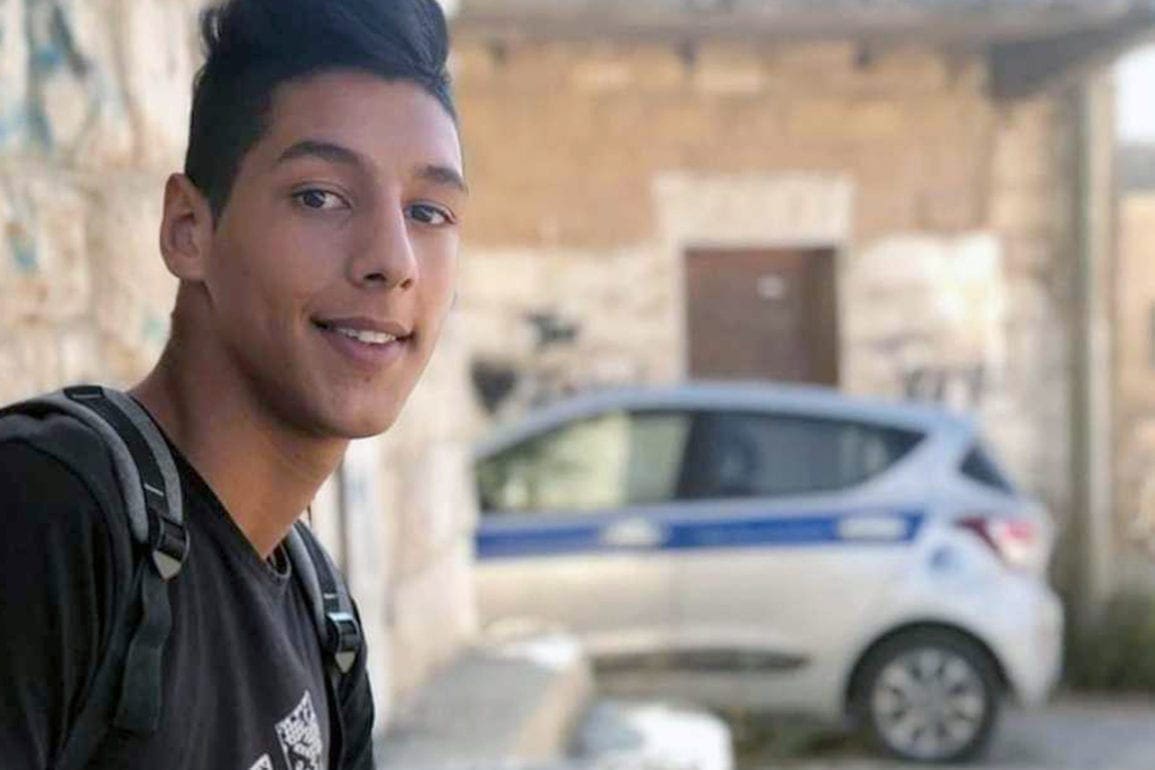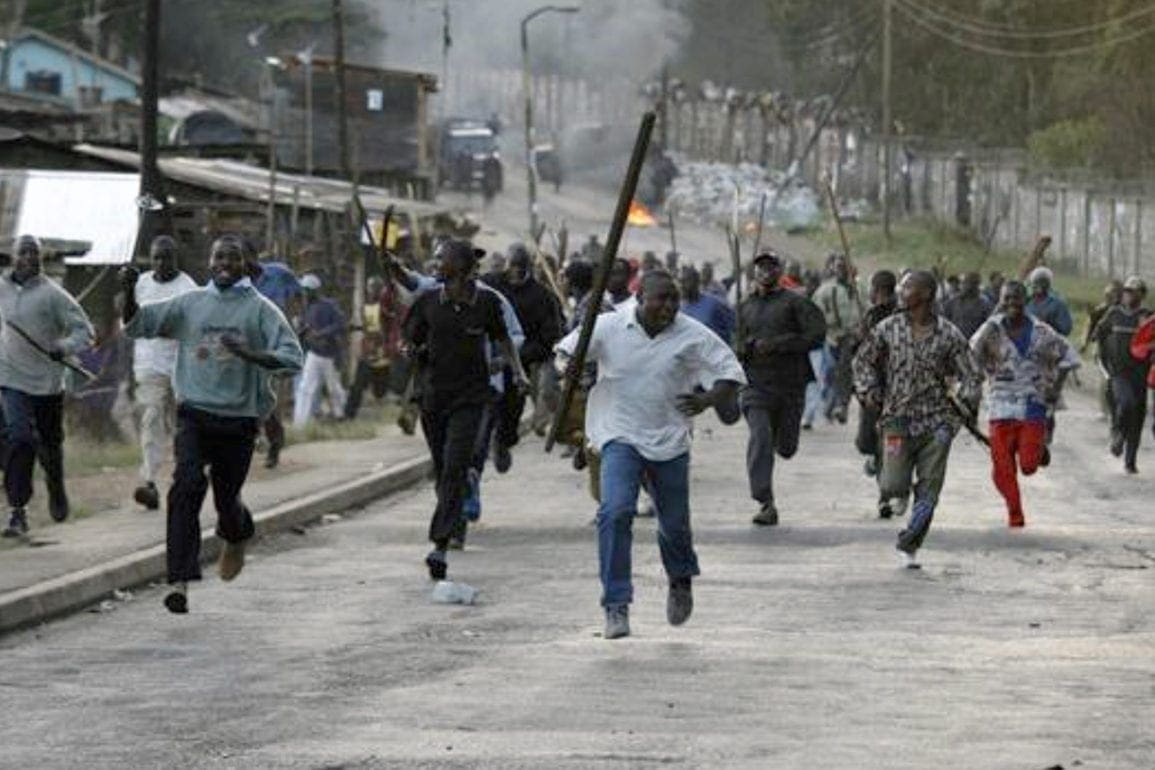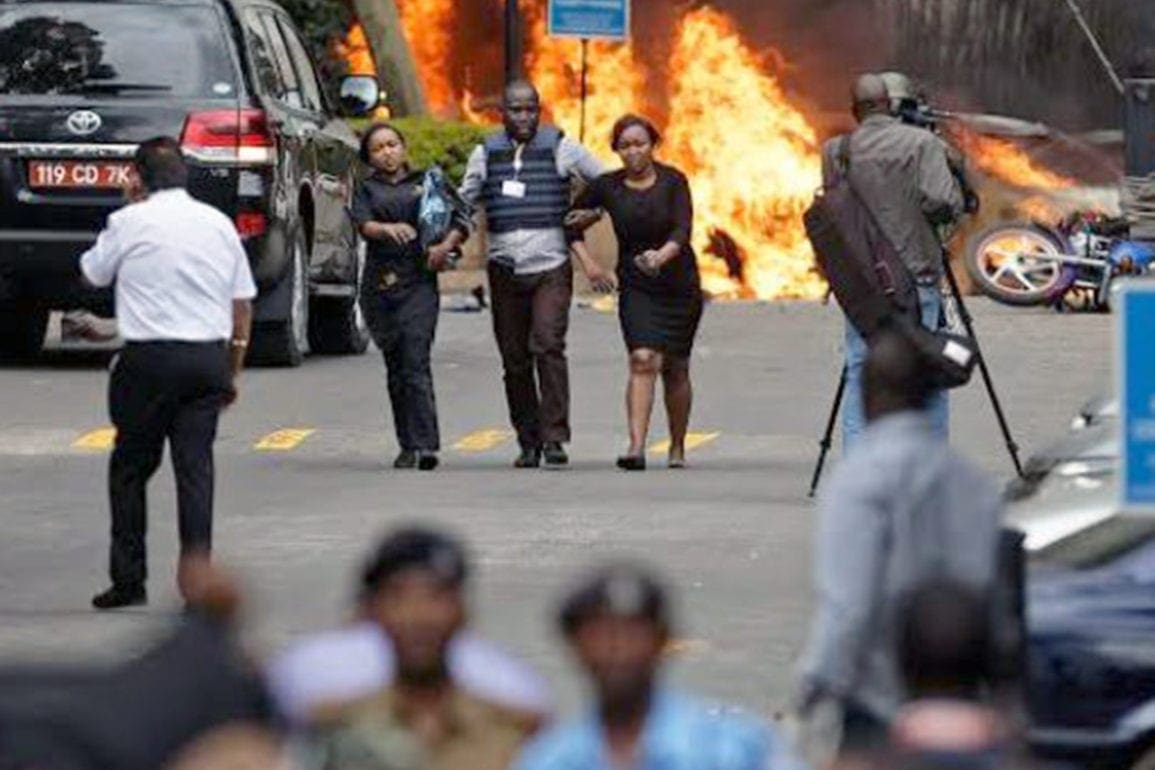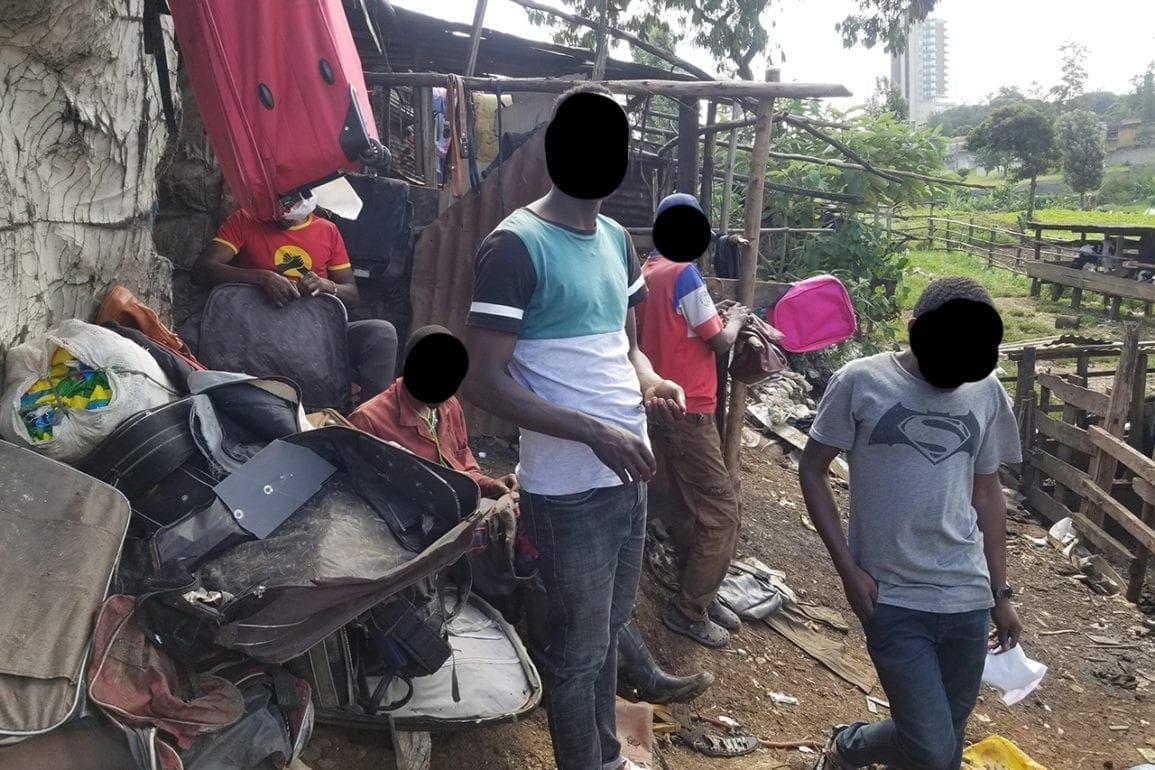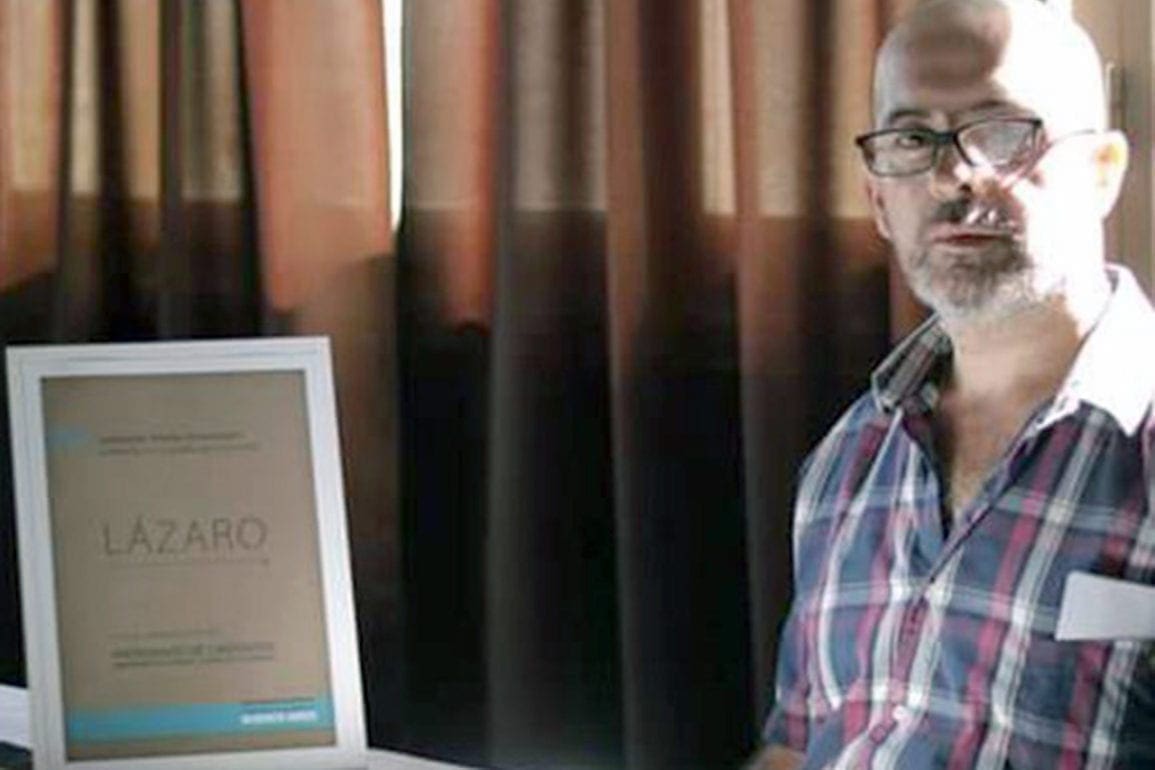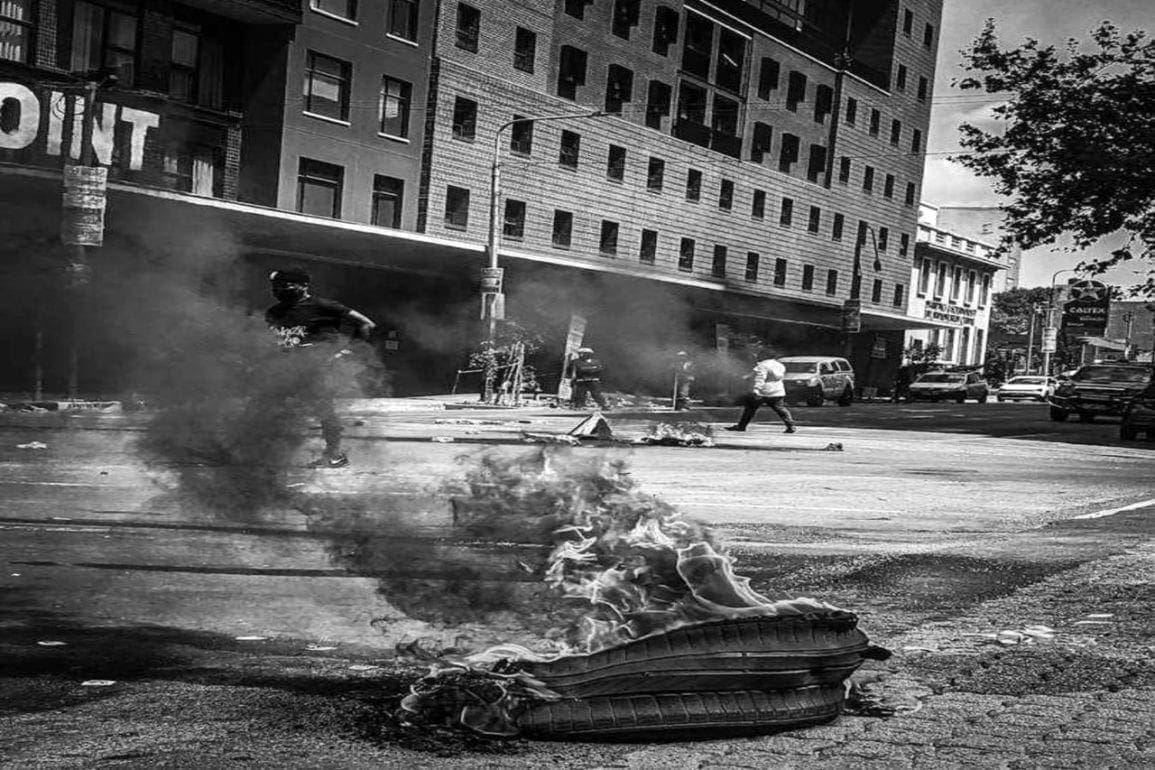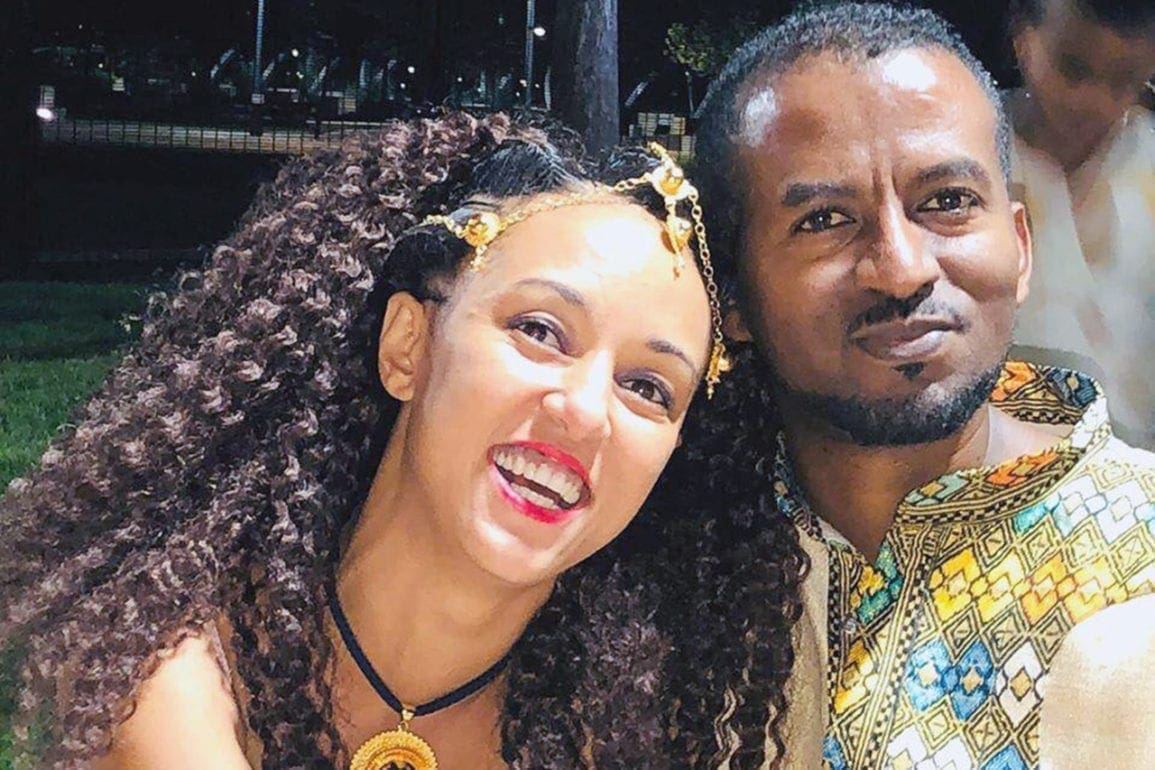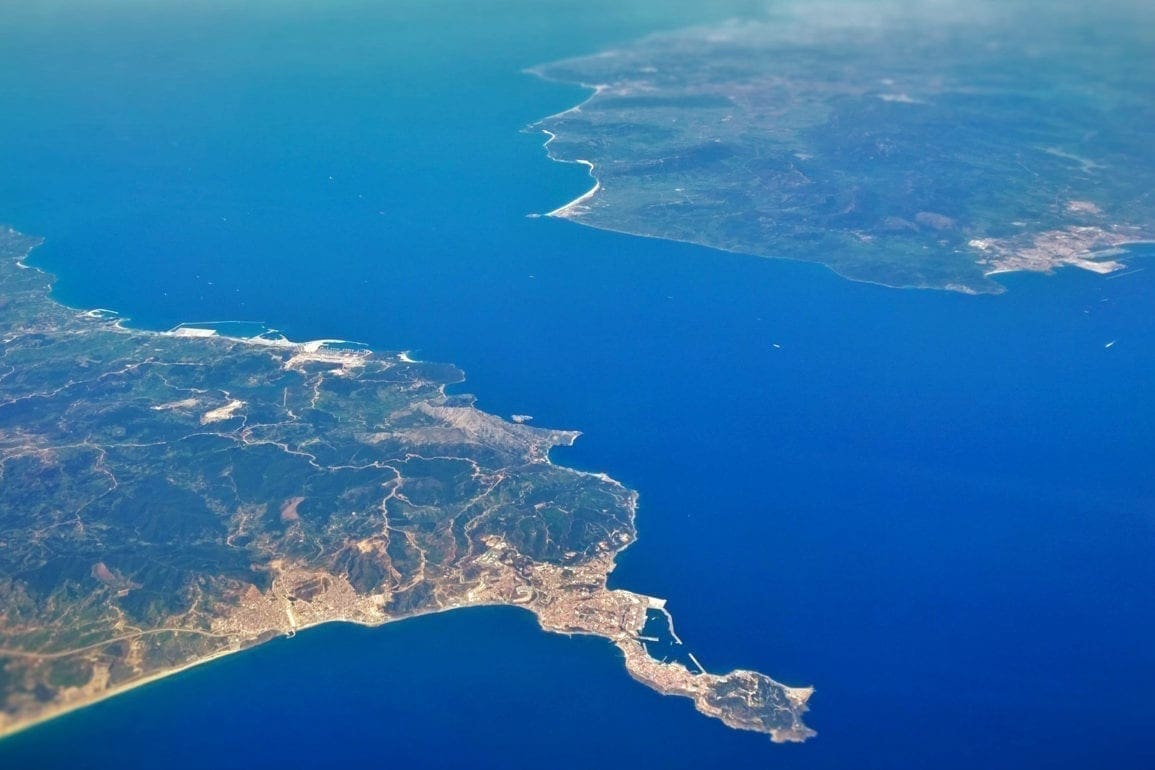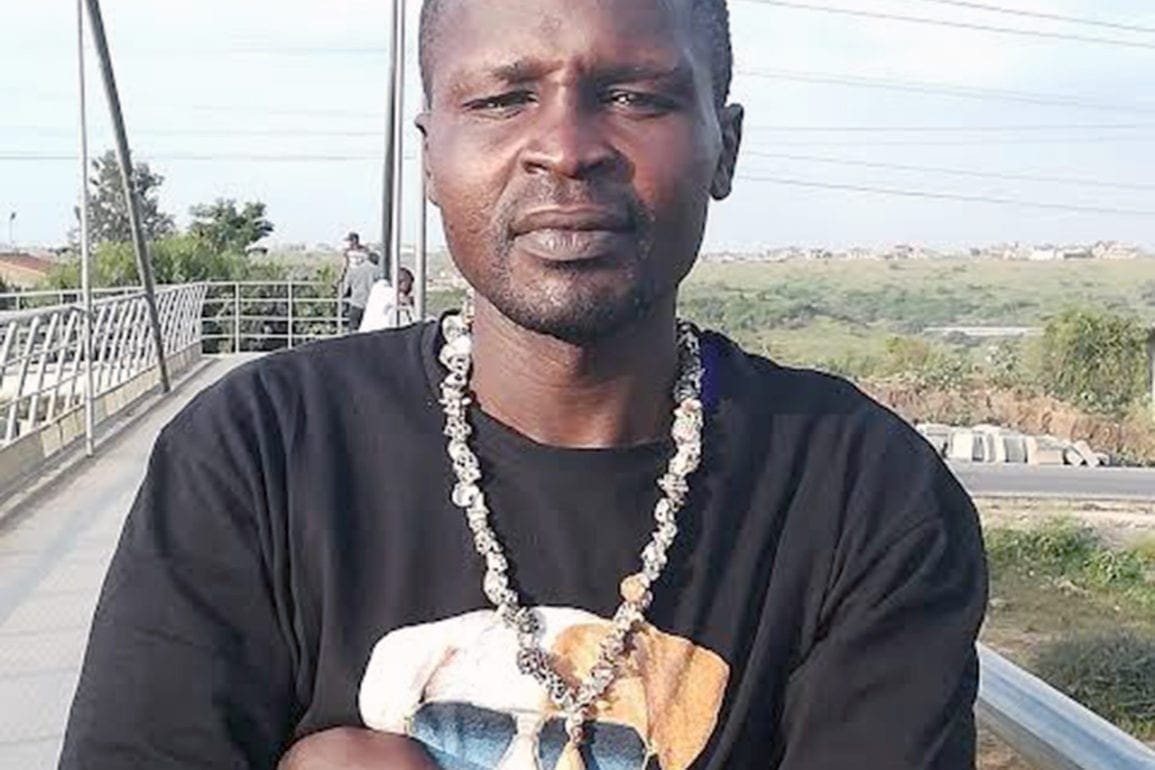Brigade scours Arizona desert for missing migrants: “The desert is like a gigantic cemetery few manage to cross”
Once you enter, you reach a point of no return. This raw place swallows people whole. Where each lifeless body lays, we place a white cross in their memory. I will never stop searching, even when I tire.
- 2 years ago
January 4, 2024
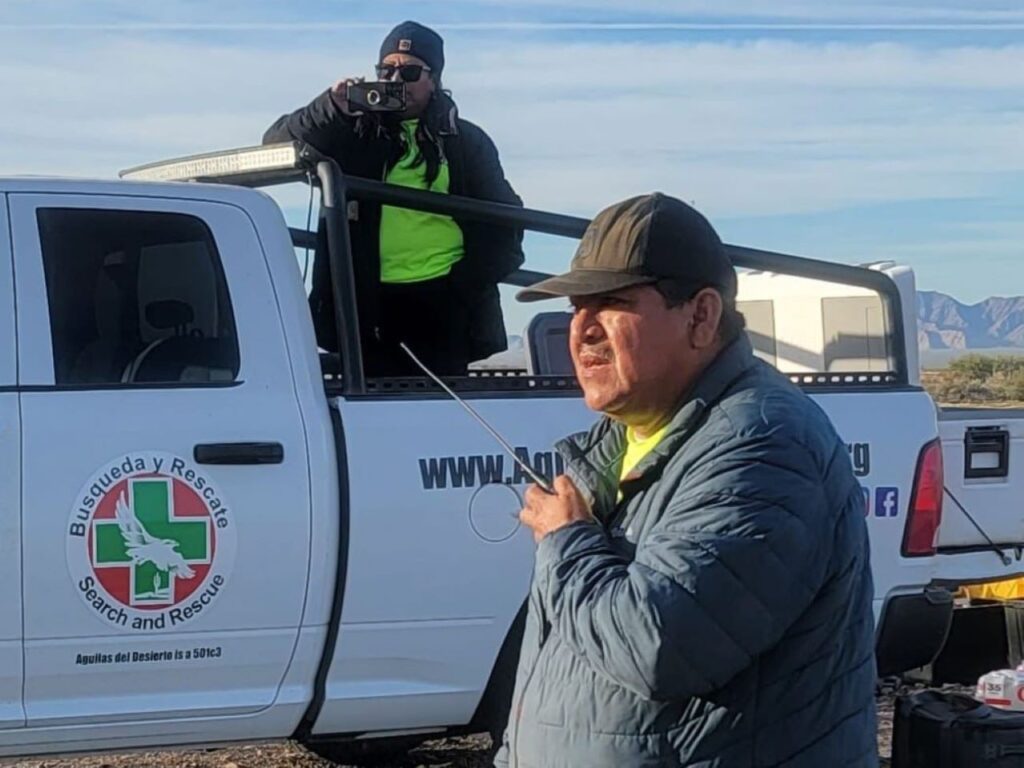
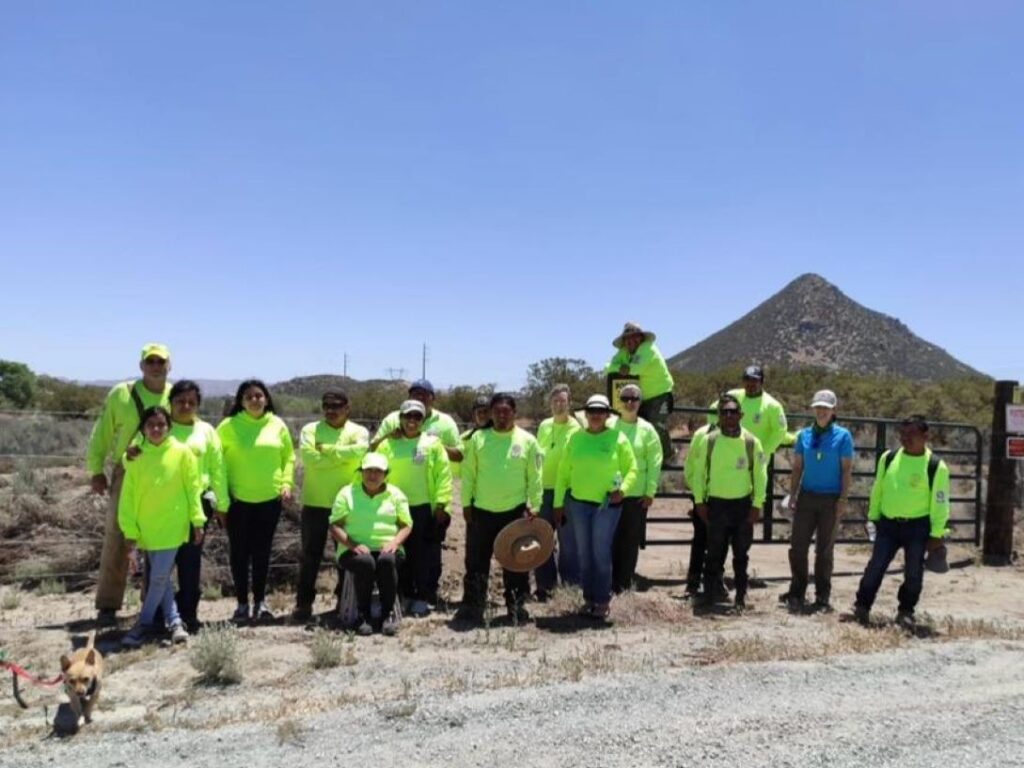
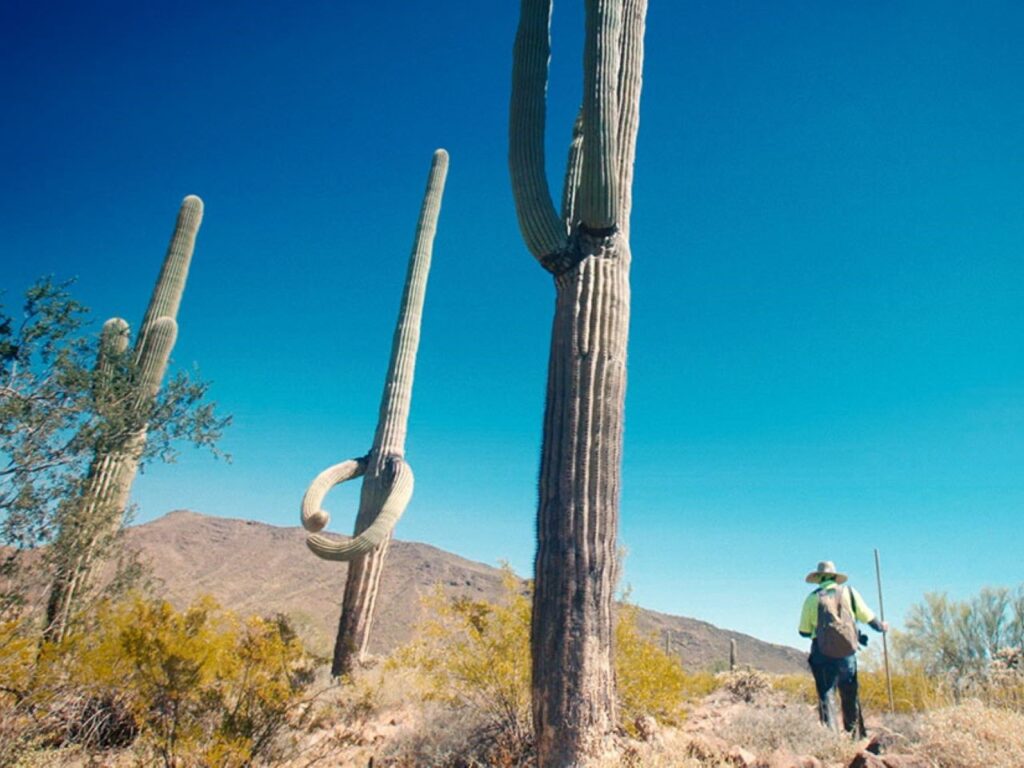
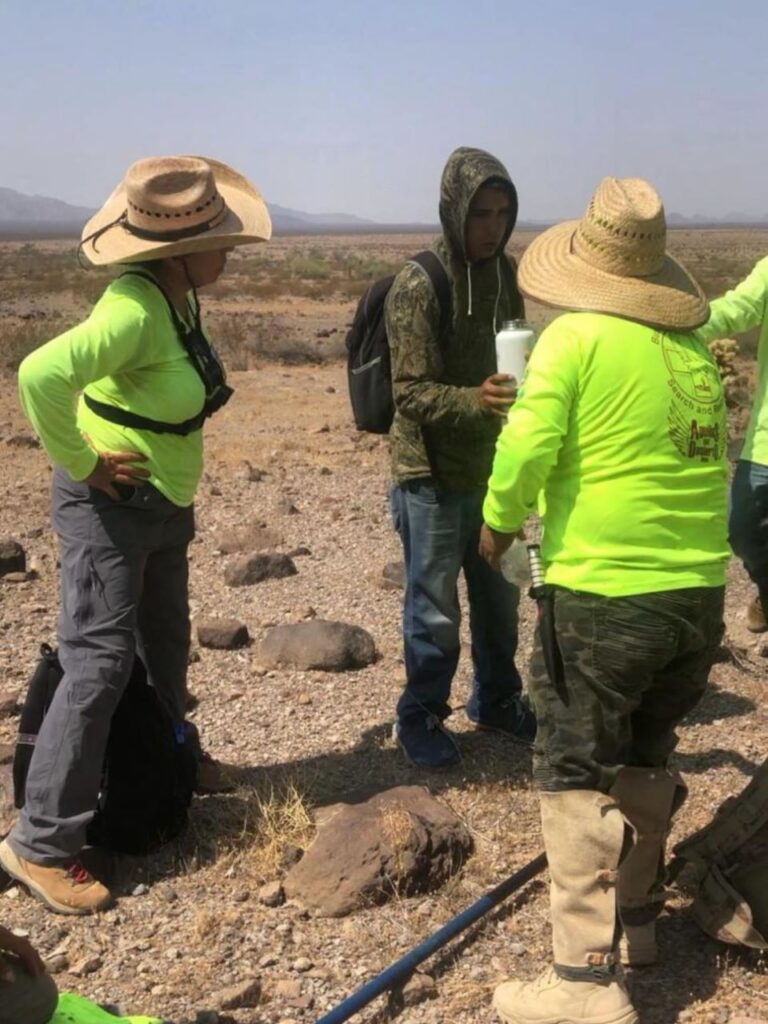
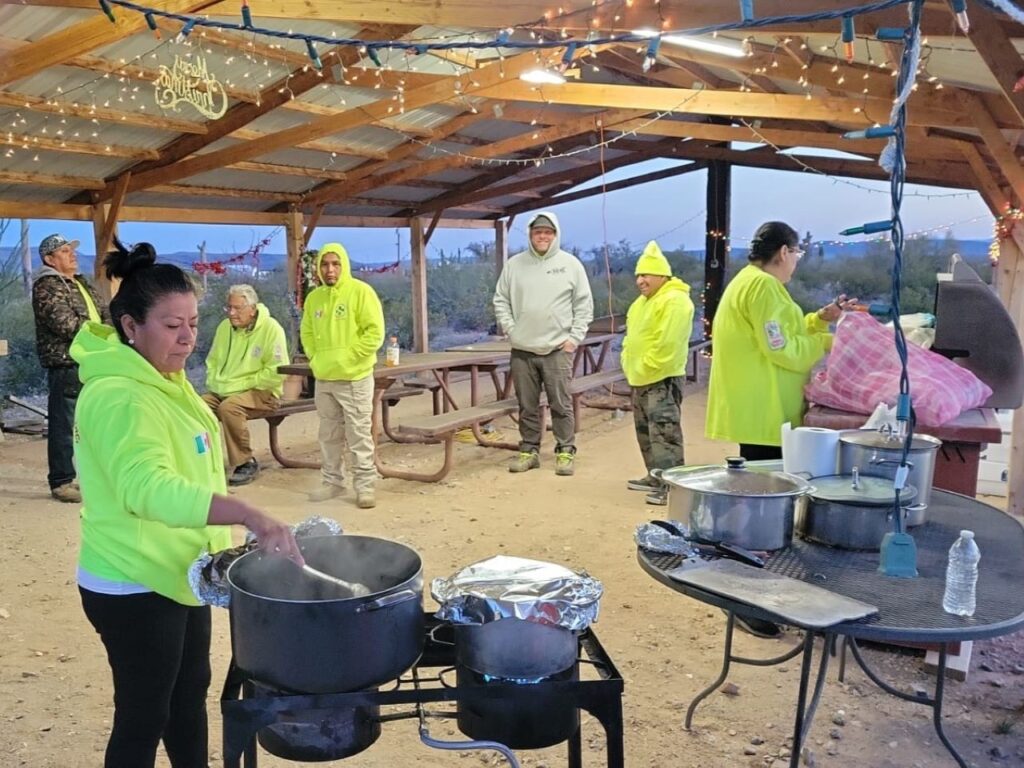
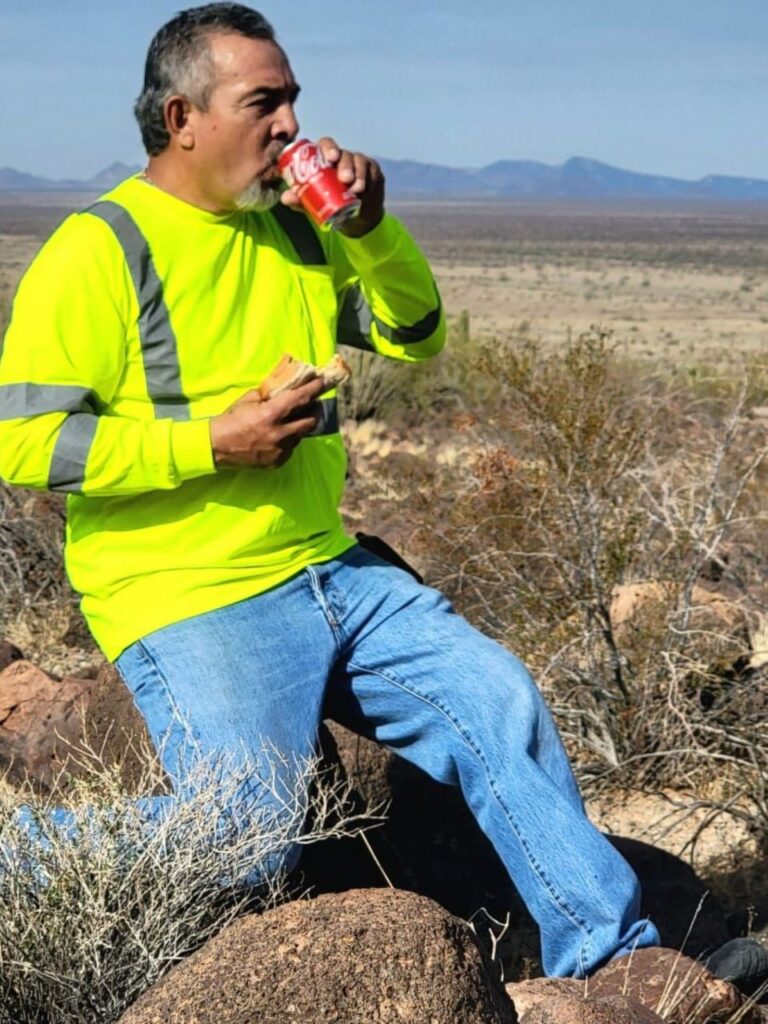
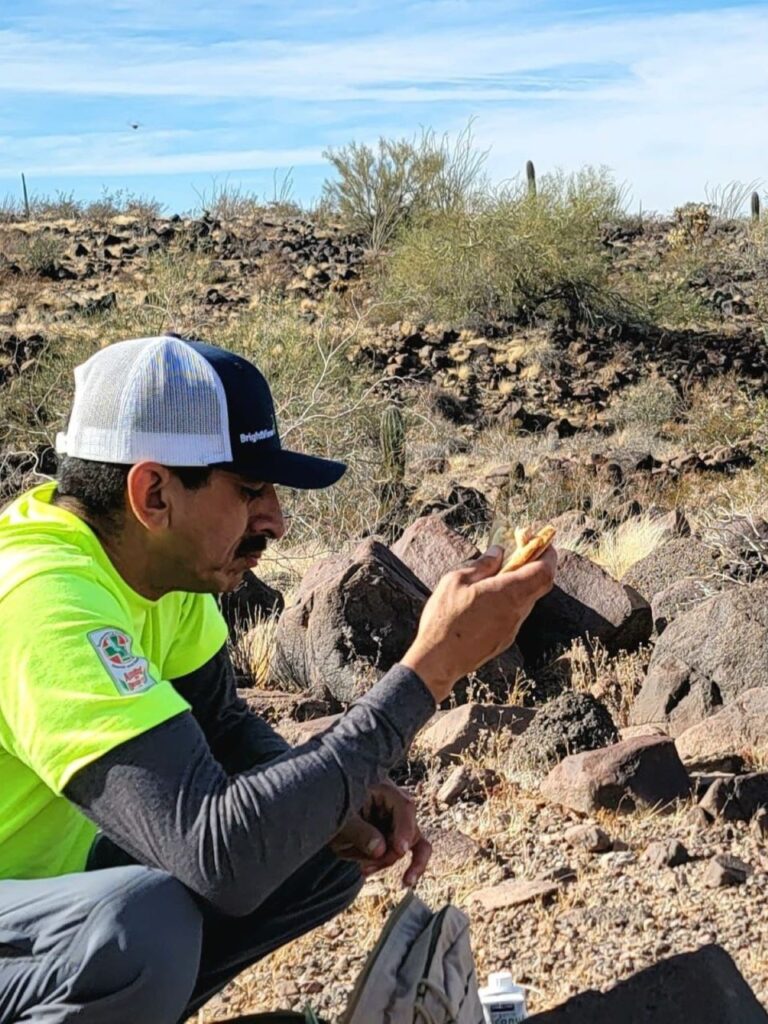
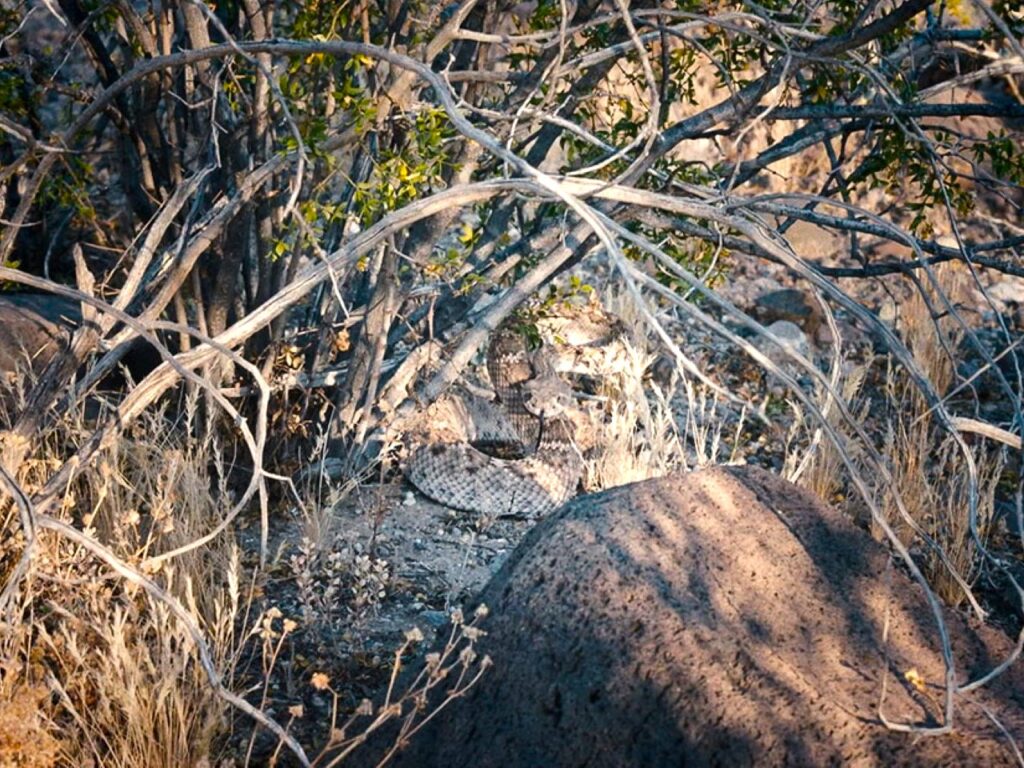
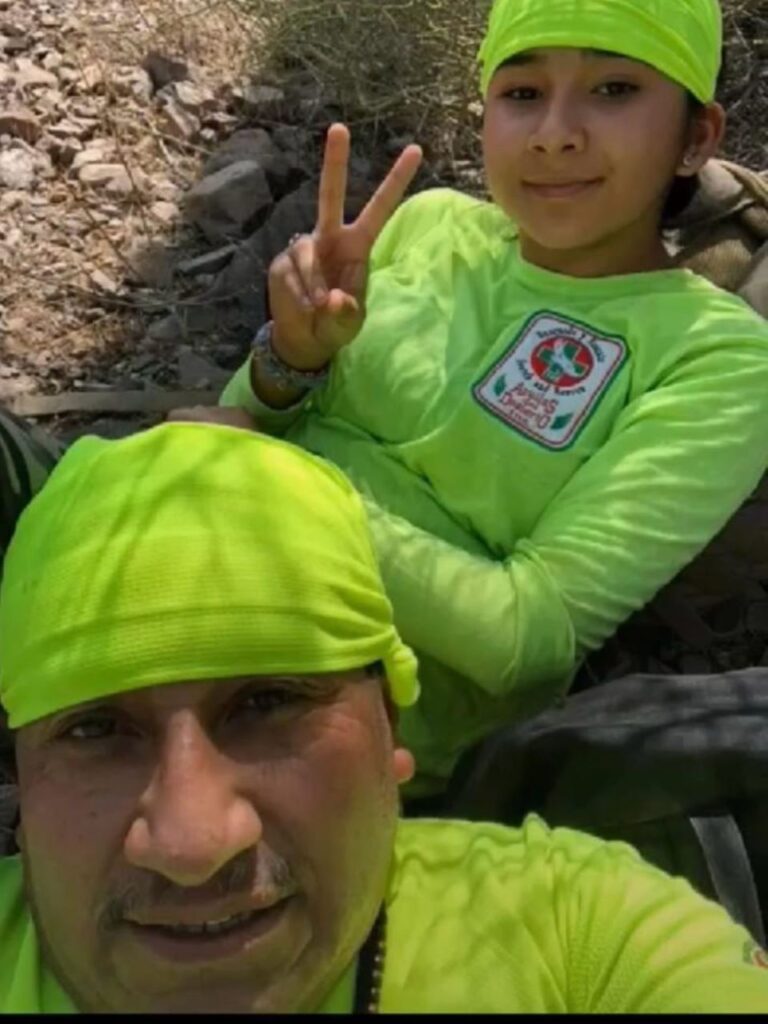
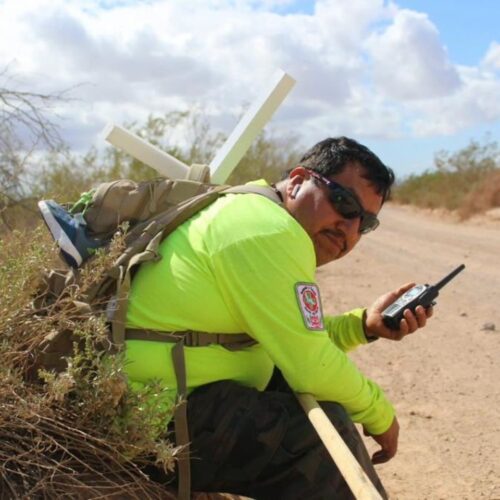
ARIZONA, United States ꟷ Three years ago, I joined Águilas del Desierto, an American organization comprised of migrants from around the world dedicated to searching for people lost in the hostile terrain of the Arizona desert. Getting into the truck with my equipment, we drove to a remote area of the Sonoran Desert and began to walk.
I focused on finding some alive as we trekked for five hours in 104-degree heat. Wearing fluorescent t-shirts that say Desert Eagles, we could see each other like dots in the desolate landscape. We walked all morning over large, irregular rocks hot as lava that could break your ankle in two. Thousands of gigantic cacti waved their arms through the heart of the valley.
Read more immigration stories from Orato World Media.
The Arizona desert presents danger at every turn
As a 52-year-old maintenance supervisor, I never smelled death before. Sticks poking out from underneath bushes hit me as we advanced and the sweat poured down my face. I saw ditches sprinkled with garbage from migrants who left behind black painted water bottles, clothing, and rosaries. Suddenly, a breeze blew up a putrid smell.
I heard a teammate blow the whistle and to my surprise, on my first day, I stood in front of a lifeless body. With tears in my eyes, they asked me to nail a white, wooden cross in the ground. I uttered a prayer and made a promise to myself to never abandon this task.
Being deep in the desert is not like the movies. Danger can be perceived at every turn. The repetitive scene always looks the same and often migrants can be seen walking circles, utterly lost. We commonly find backpacks, cans of food, medicine, cell phones, and wallets. People will leave behind identification, mattresses, and bicycles.
Sometimes we catch a glimpse of women’s underwear, spent cartridges from high-powered weapons, and even drugs, abandoned in caves or on mountains. When the sun sets, the moonlight illuminates the nightlife where rattlesnakes, coyotes, scorpions, tarantulas, Gila monsters, deer, gray foxes, and peccaries travel, searching for food. They cross paths with the migrants, including babies, who can become their prey.
We heard a knocking sound in the desert and followed it
Contacting Águilas del Desierto is simple. Desperate families across the border provide us with names of loved ones, and where they might have disappeared. Communicating through Facebook or telephone, we get up to 50 calls a day from distraught families throughout Latin America.
We ask questions and gather details, never going in blindly. If the family remains vague or simply says, “They crossed through Arizona,” we cannot help. On occasion, a trafficker notifies relatives the migrant can no longer walk, and they are being left behind. The trafficker sends along the coordinates for rescue.
When we get information like this, we report immediately to the consulate and immigration orders officers to go search. Through a good relationship with federal entities, our tips often allow them to find people alive.
When we do go into the desert for a tour, we leave at 4:00 a.m. with the first ray of sunshine. The day before, we place our trucks and equipment near the area and set up camp. As the light emerges from the horizon, we begin walking for up to six hours.
On our last tour in November, we shouted our usual phrases: “Good morning, we are with Águilas del Desierto. We bring water and food. If you need it, please come out.” As afternoon neared, we planned to return to camp when suddenly, in the middle of the silence, we heard strange knocking sounds. One of us turned around and listened intently. We followed the noise until we came upon a weak, dehydrated young man. He could not speak, but held two stones in his hands, knocking them together to call us.
When he saw us, he could barely believe his eyes. He froze and later collapsed in my arms. When he recovered his voice, the young man cried inconsolably. He had screamed for hours until he lost all his strength, but when he heard us, it felt like coming back to life.
The Arizona desert is a gigantic cemetery few survive
Last year, a family enlisted us to search for their son. They displayed great strength and high expectations. As we carried out the search, we soon found ourselves confronted by a dead body. We assumed he laid there for four or five days, under the shade of a small tree.
Flies crowded over his swollen chest. Still, it seemed incredible to find a complete body in the scorching heat. Often, the desert turns a human into a skeleton in a matter of weeks. The parents asked to see the body so we took them to their son on a hot summer day.
His father picked up the earth in his hands as if to take something with him. He cried out, “Son, please, why did you not understand when I told you not to go?” The young man’s mother fainted in my arms as his pregnant wife cried uncontrollably.
There have been so many similar cases. Finding a person lost for three months, the most we could do was to give the family a fragment of the body to bury. We cried, but they could not stop thanking us. On another occasion, two days before Christmas, we found nine bodies huddled in a row, all victims of dehydration.
The desert is like a gigantic cemetery few manage to cross. Once you enter, you reach a point of no return. This raw place swallows people whole. Where each lifeless body lays, we place a white cross in their memory. I will never stop searching, even when I tire. The desert encourages me to continue.
Hundreds of thousands try to enter the U.S. through Arizona
The Águilas del Desierto brigades include 25 people and we work 365 days a year – making entries every weekend. The busy summer season when temperatures become extreme require more support from Border Patrol.
Most often, the people we encounter seek work and improvement in their quality of life. Yet, they find themselves at high-risk from dehydration, disorientation, and the threat of wild animals and fauna. Too often, those transporting them abandon them to die.
Every year more than 200,000 people try to reach the United States in this way. With dozens of other mechanisms to come into the United States, they take the most dangerous route, which can be up to a 100-miles walk. They lack proper footwear, medication, and the necessary amount of food and water.
The traffickers – called coyotes – often bring them out and leave them behind with only two bottles of water. It is a death sentence. In the desert of Arizona, nature remains in charge of everything and the beast devours. Believing the coyotes and anticipating a two-day walk, these unsuspecting victims get hooked. They pay money for transport without realizing they face five to 10 days on foot. They unknowingly risk their lives, guided by a dream of a better life. Most die – their bodies scorched by the relentless Arizona sun. Those who survive the inferno often encounter the Desert Eagles – our brigade of volunteer rescuers who search with courage week after week.



